James Deacon asked Bruce Bayer, “What is this thing at Brandrivier?”
James – you have no idea how significant this picture is. It is an emelyae variant and I really need to know a lot more about precise whereabouts. Multifolia comes from a few km to the east and there was a very very rossouwii-like multifiolia on Brandrivier. It is pictured in Revisited. But it is not there anymore. What is there are plants like your picture indicate. Did you perhaps observe Tulista opalina?
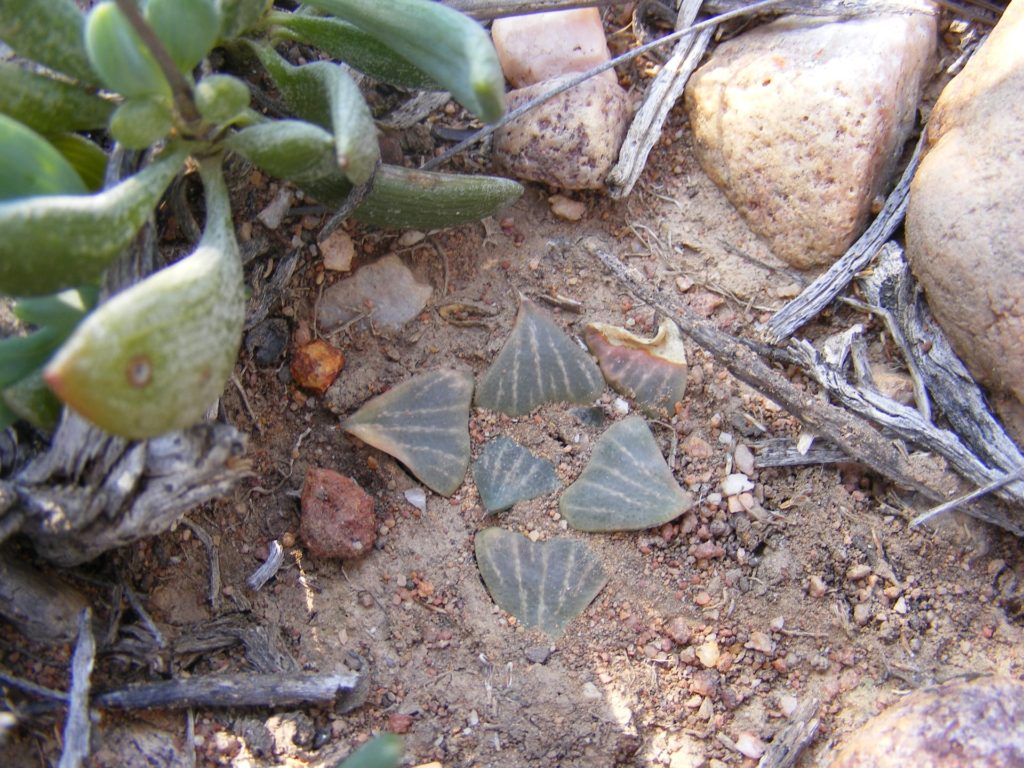
Jakub Jilemicky added “This plant was described by Gerhard Marx as H. obserata. It occurs mainly at Brandrivier, but as well at Springfontein. It flowers with all the magnifica type plants, not with emelyae group.”
May 19 – 7888 Brandrivier. H. emelyae ‘obserrata’. It raises an interesting issue. Names may have to change every generation as the plants may change? It used to be ‘multifolia‘. Actually my species definition includes the matter of space and time. In which case the name ‘obserrata‘ is taxonomic malfeasance.
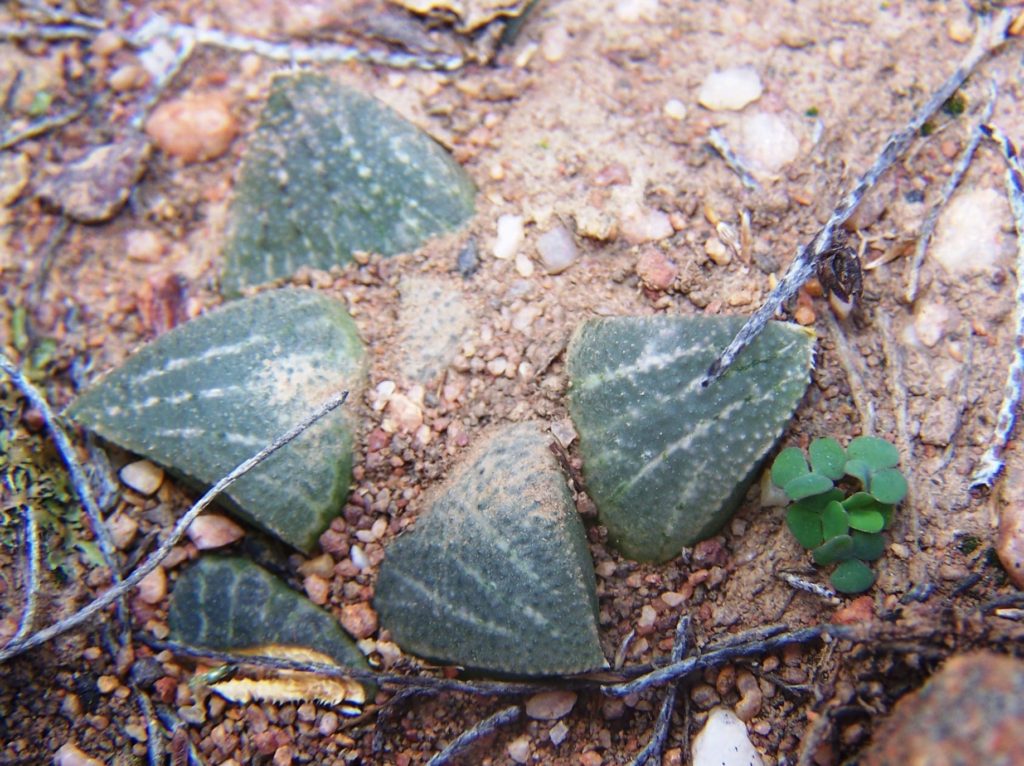


May 19 – 7846 Between Springfontein and Brandrivier. Flowering August. Surely the type loc for “H. obserrata” that I see as H. emelyae. But this is just a distraction. When you still have commentators making comparisons to the magnifica types and flowering times, you realize that the absurdity of Haworthia classification is going to continue for the next 80 years as well.
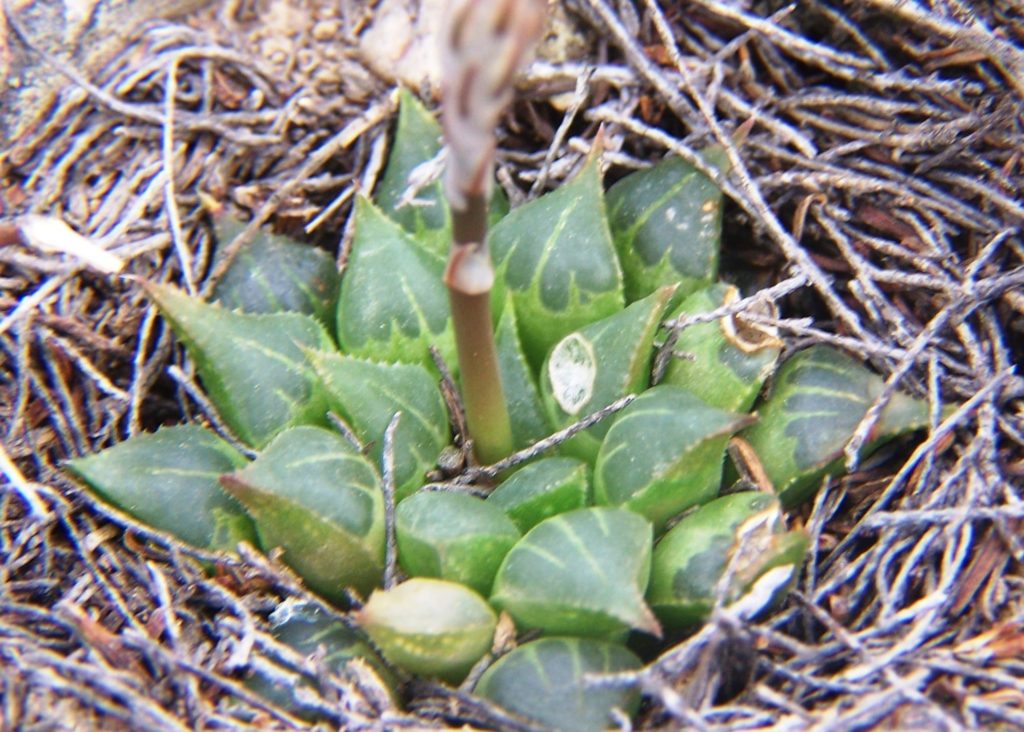
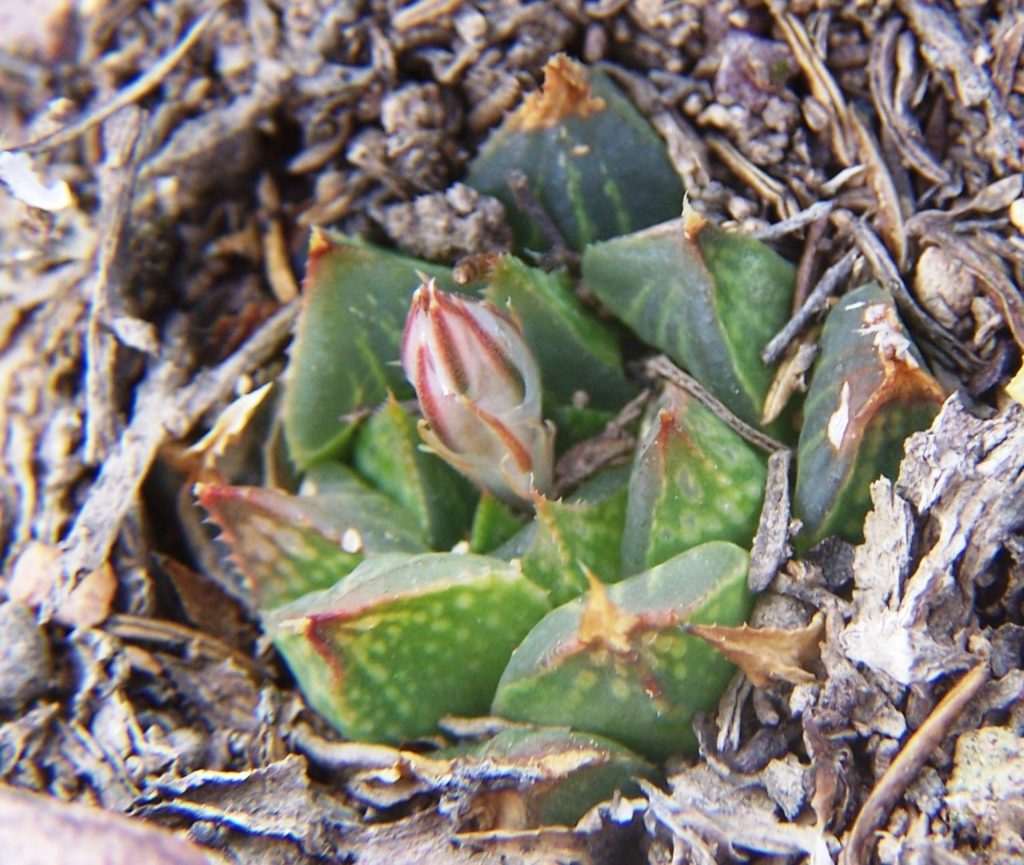
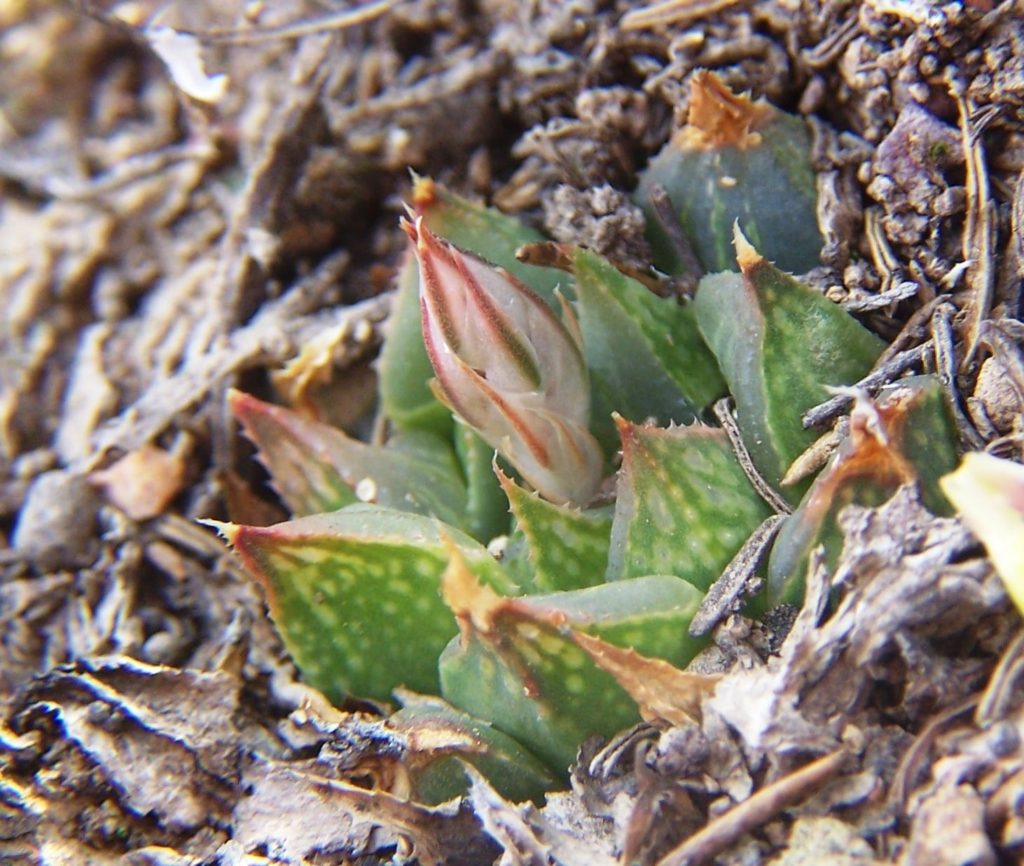
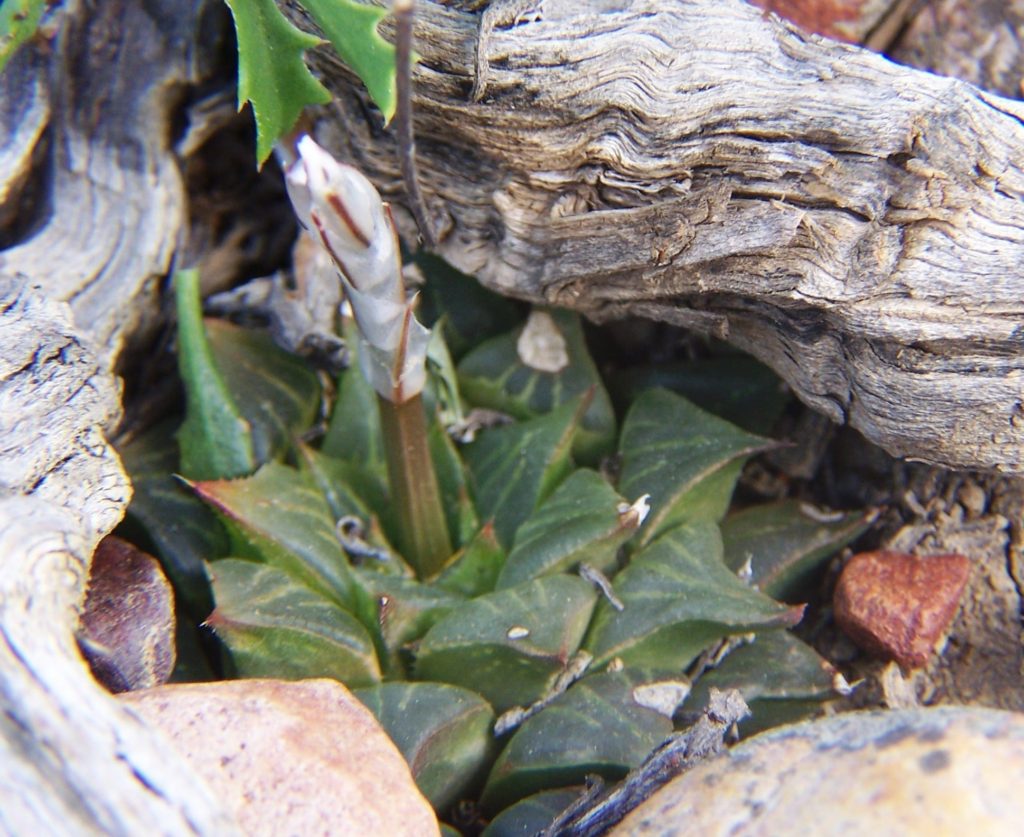


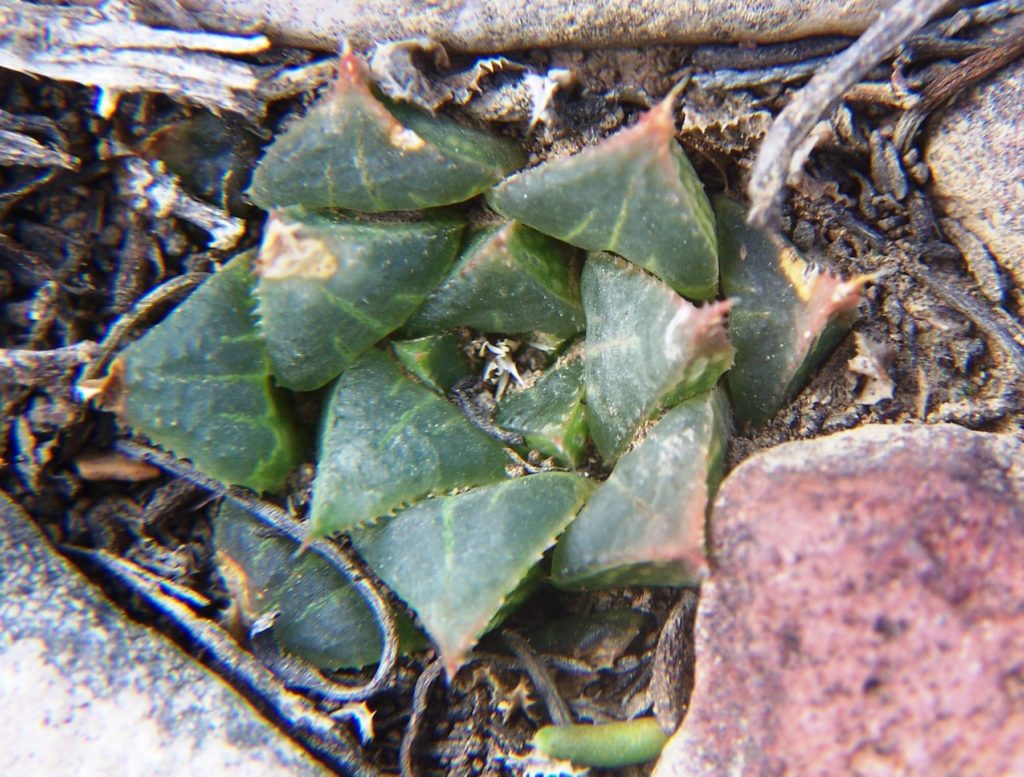
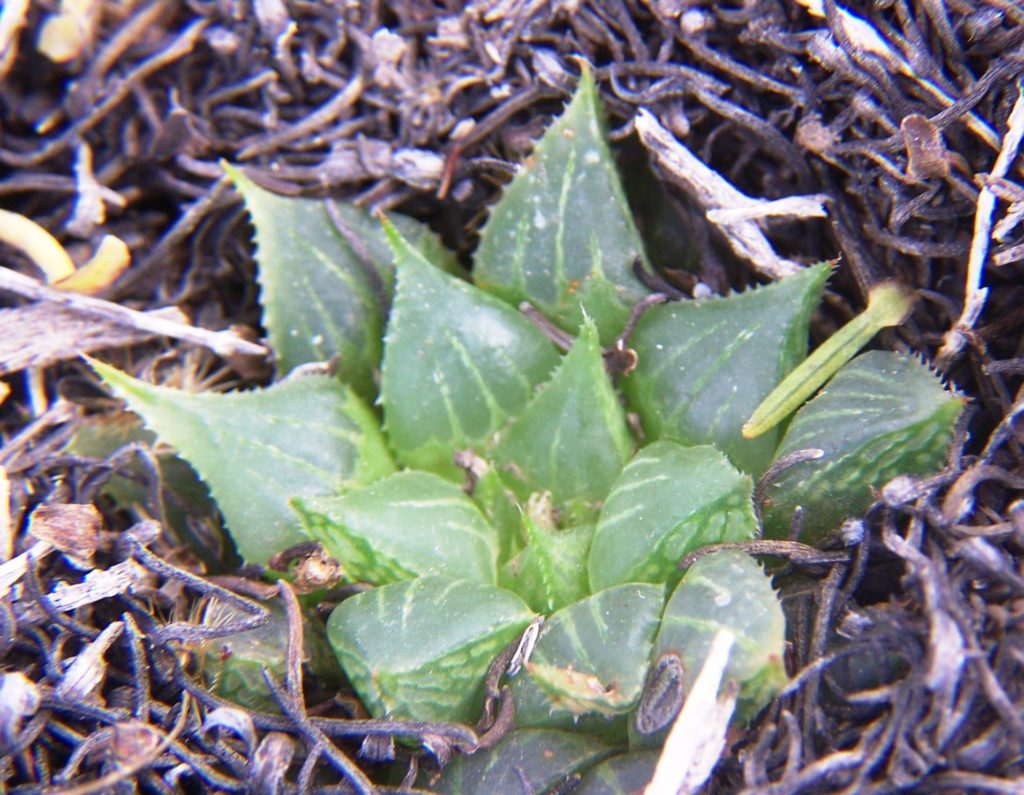
As a point of interest. There seem to be many different ideas of what species are. From the typological concept of things that look near identical, to a list of the species one thinks makes up a genus. In the latter case the genus is considered to be what is made up from the species one imagines. My own species concept is very well defined and my map (this spider web of colours) indicates the way factors of space and time are involved in only one small group of Haworthia.
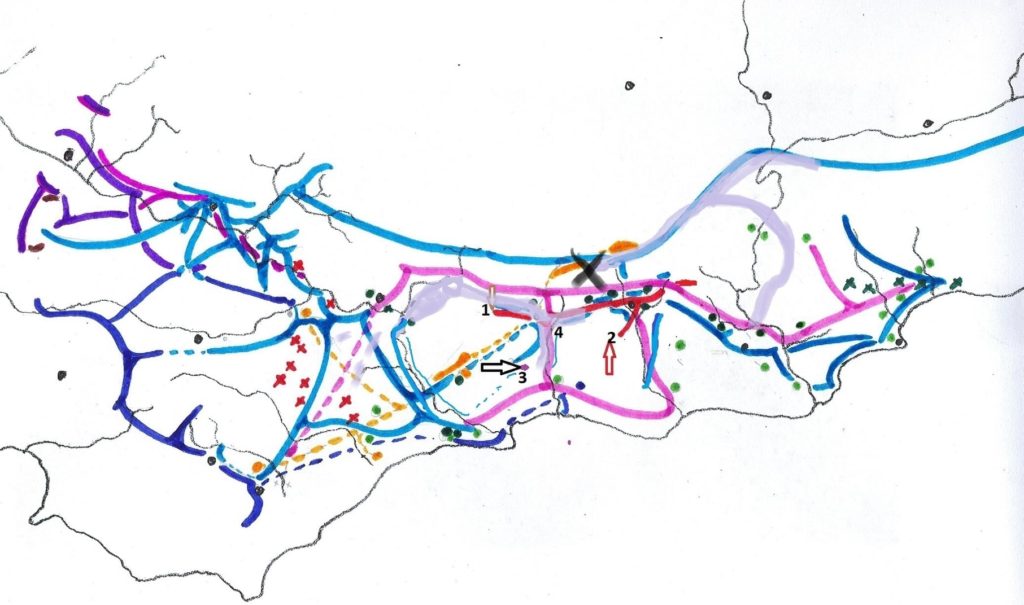
Still paradoxa Vermaaklikheid but the first few were June and this is September.
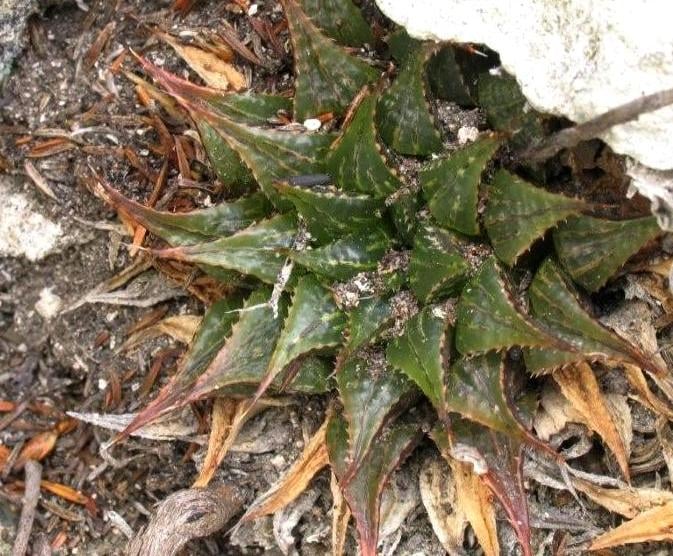
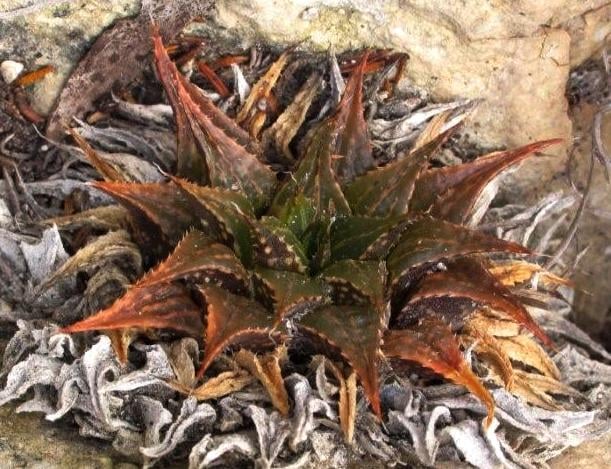
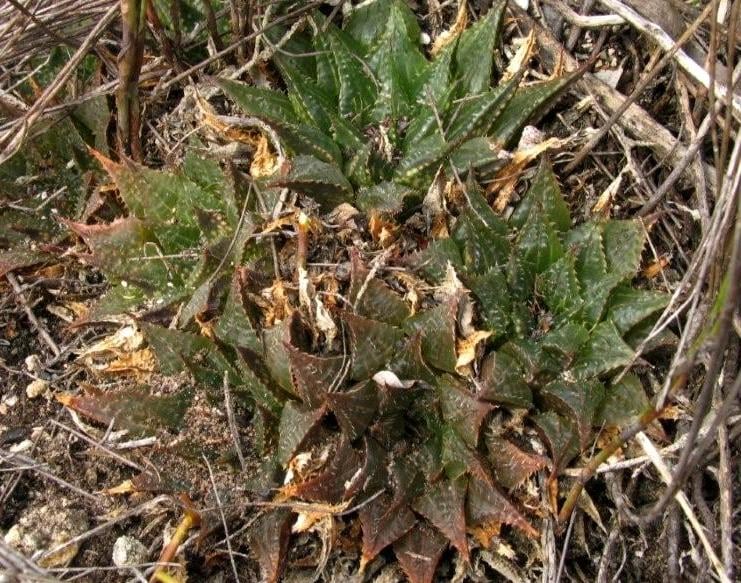

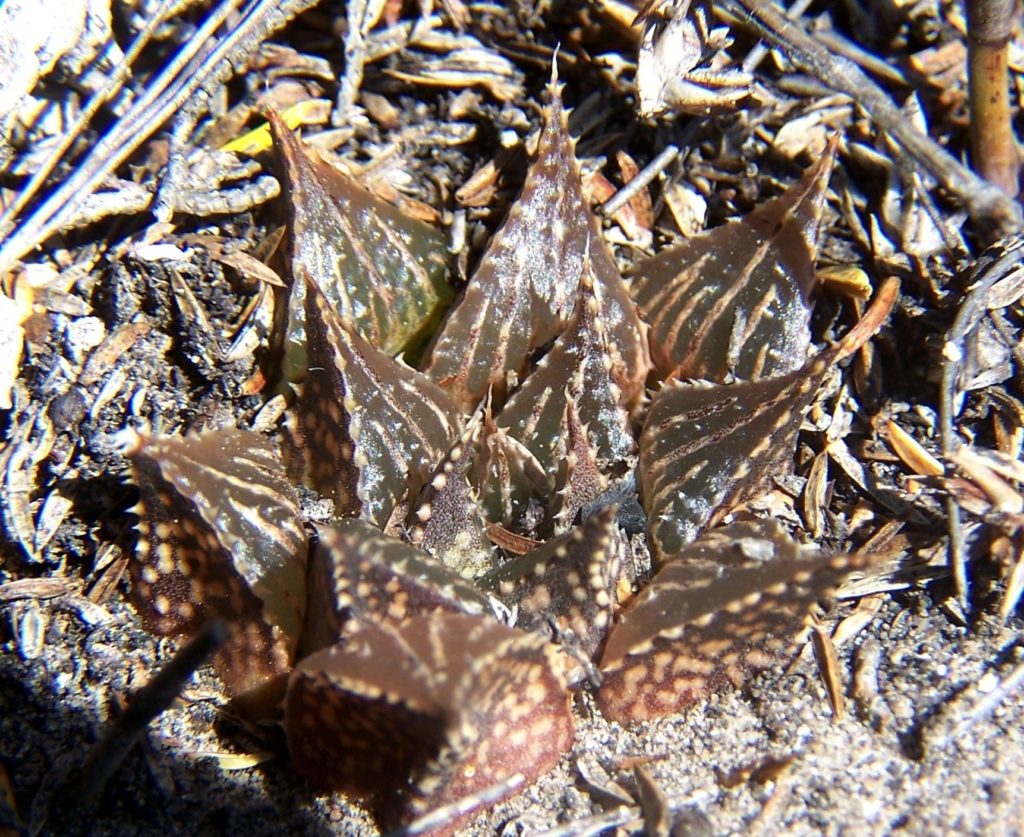
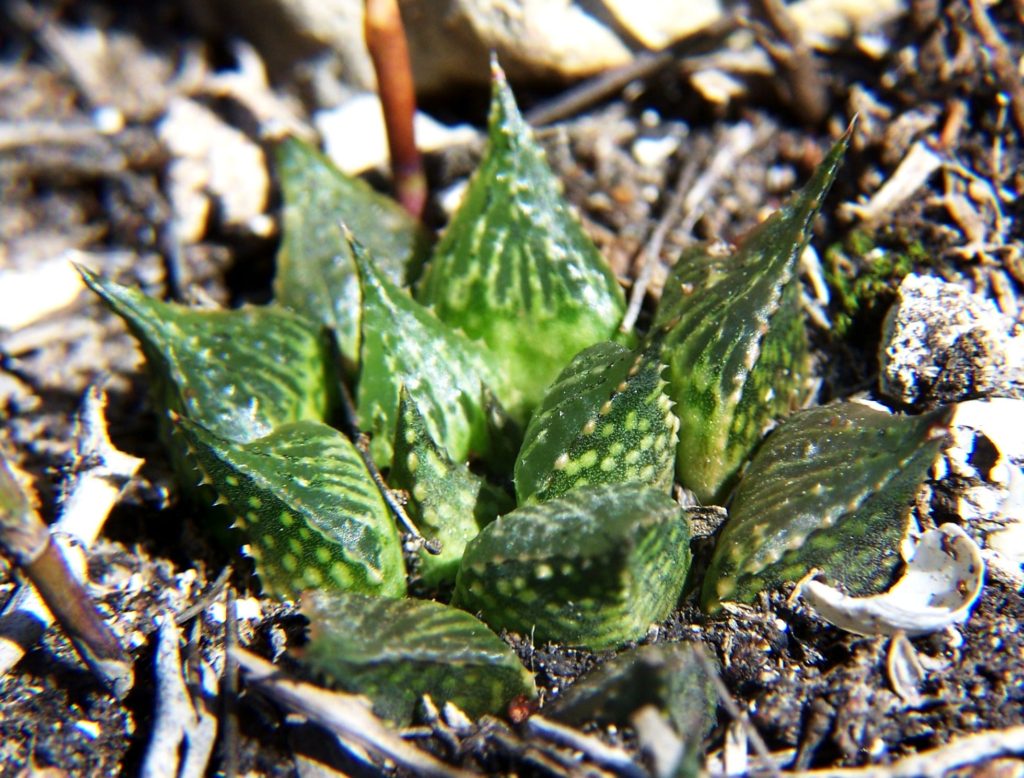
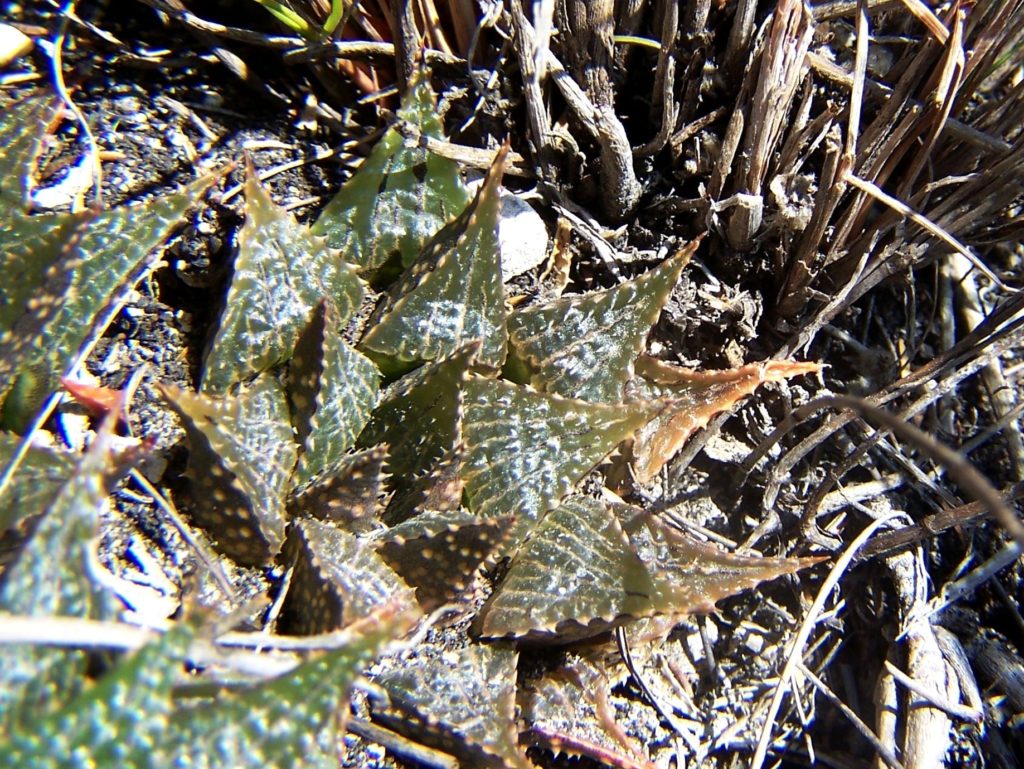

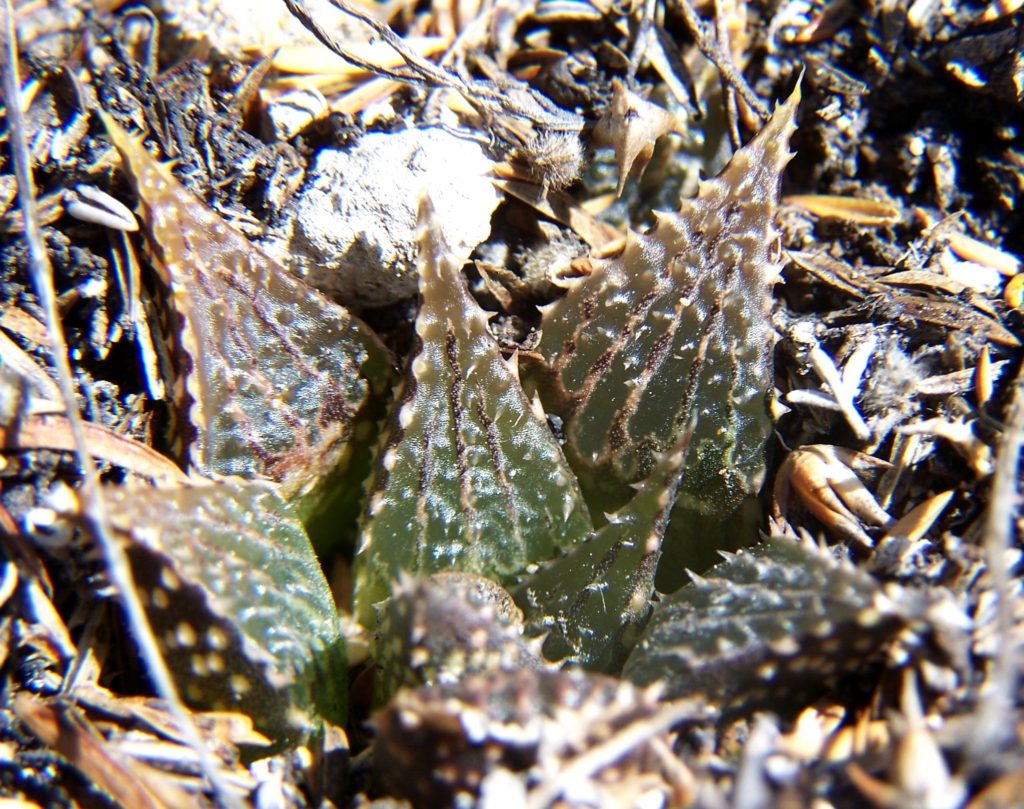
Let me try this as no 3…What we have is a post of three pictures to show three “species” paradoxa, bobii and joleeniae and to ridicule Bayer for suggesting they are the same. Firstly those pictures are NOT the species. They are specimens taken to illustrate the species but by what is recognised in botanical taxonomy as the “typological concept”, i.e. a species consists of individuals that all look the same. I wish I could copy here what I wrote in the New Haworthia Handbook (1976) where I use the name H. magnifica var. paradoxa and discuss affinity with H. turgida, H. emelyae, H. retusa and H. mirabilis. I ended the discussion there with this… Consideration of the variability of this species and distribution of variants, is very helpful towards understanding variability in the genus as a whole. What I conclude is that the species are systems with any number of populations and individuals that vary enormously. The typological concept creates mayhem in the minds of critics, growers and collectors alike. So let us start with the paradoxa, but first dismiss H. magnifica as a species. That name is a total myth. The myth ghosts around probably a single plant I collected with J. Dekenah at the type locality. It proved very amenable in cultivation and plants ended up at Sheilam nursery to go world-wide. It is actually difficult to now find a clone quite the same at the original locality where there are several discrete “populations” in quite a small area – and countless variants. It is senseless to say that H. magnifica can be a species if in every aspect of such a decision it is topologically based, as is the unfortunate case. The name in SANBI is H. mirabilis. Paradoxa is a synonym. SANBI are not my friends or my clients. Some very bright and competent people are employed there. The element paradoxa is thus in my view a variant in the species H. mirabilis and illustrated here by three populations viz. at Vermaaklikheid, Osplaas and Koenserus.
Just get something clear about type specimens and the system. A specimen is only anchor for the name. It does not prove anything about where it comes from. It is just representative. A second point is in that the nomenclatural rules uphold chronological discovery (better still – description) over reality. This mad rule of priority totally confounds the prime aim of a classification that follows and explains the genetic history (phylogeny). If in fact evolutionary theory is even valid. Generally the rules provide fertile ground for confusion, argument and publication credits that do little to promote their purpose.
Two Vermaaklikheid picture sets have been posted. This is another. A cooler west facing outlook but also on those limestone rocks. I must confess to a bit of apprehension that some may claim this is a different species when my opinion will be a great deal more conservative in what lies ahead.
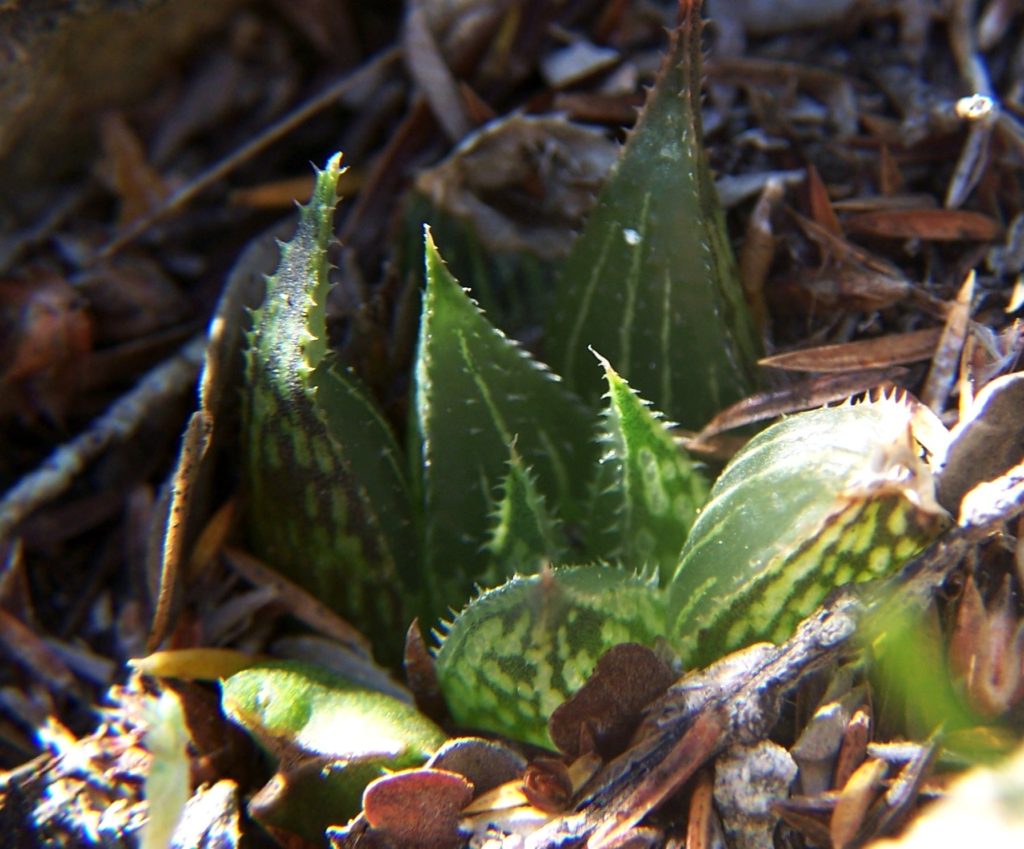
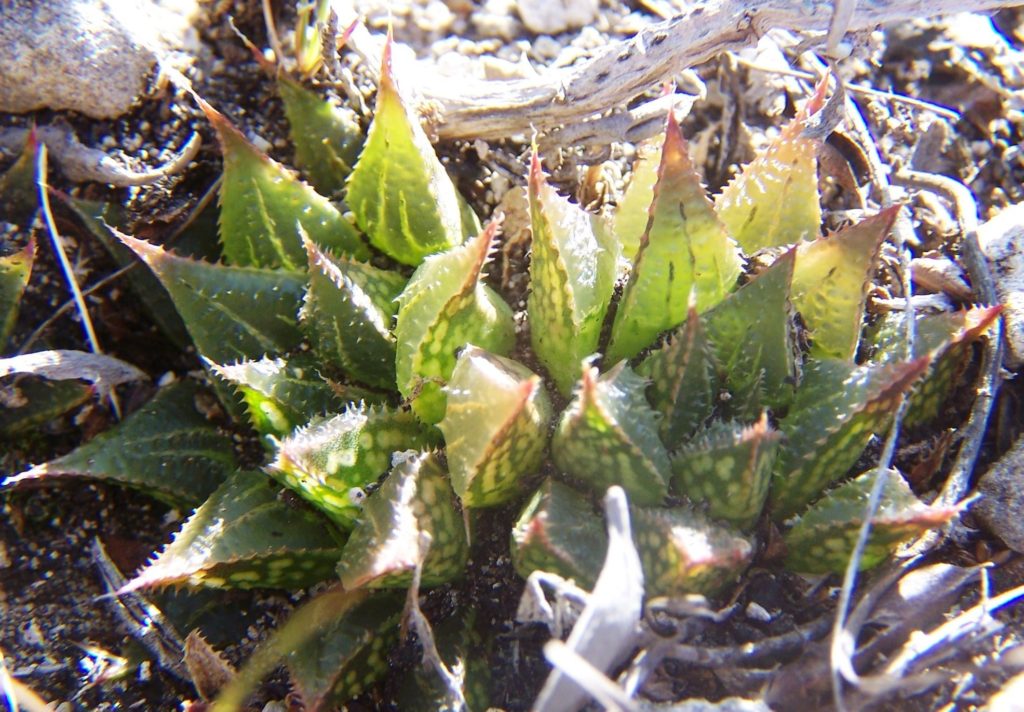
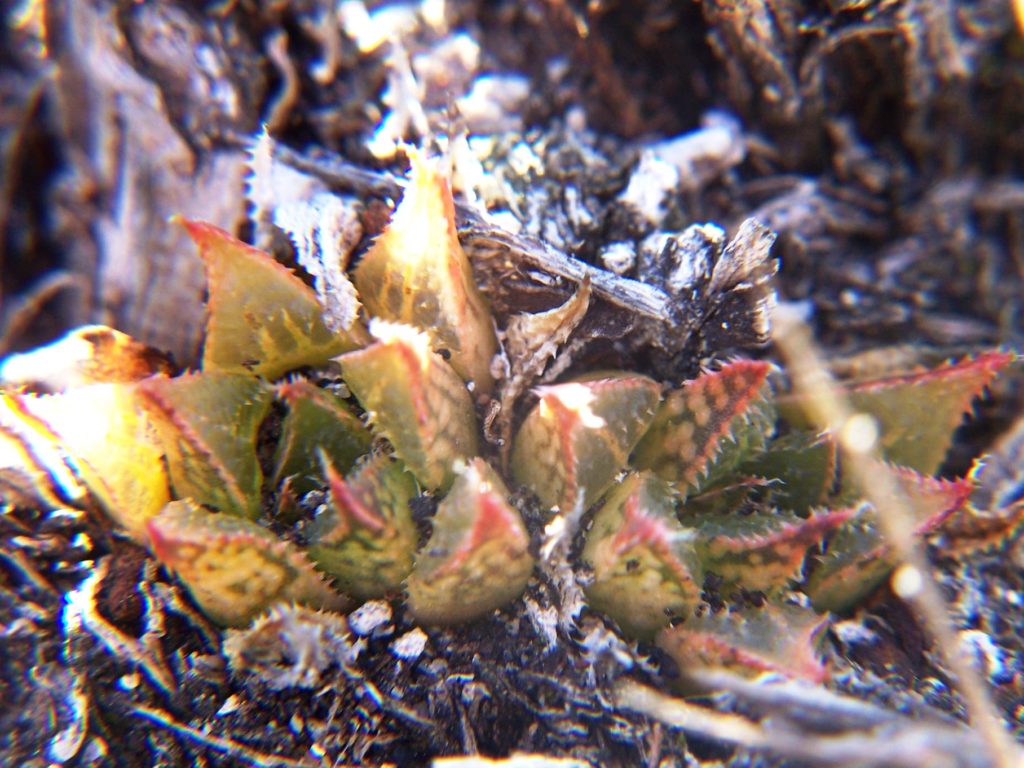

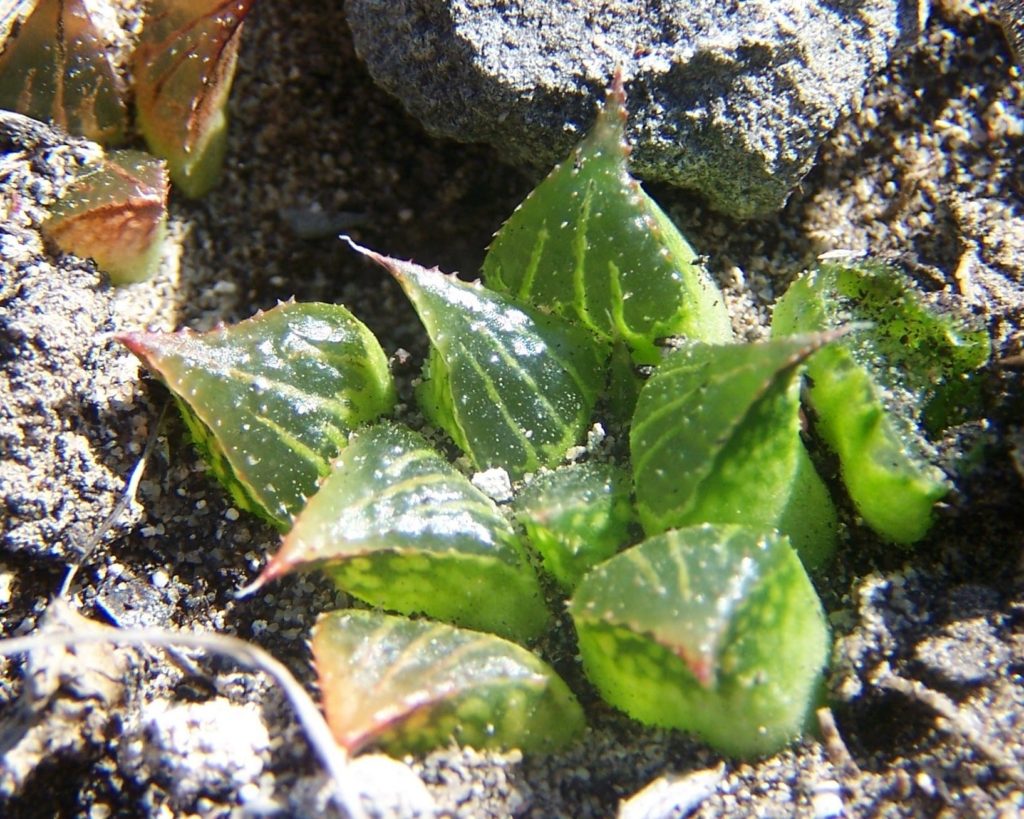
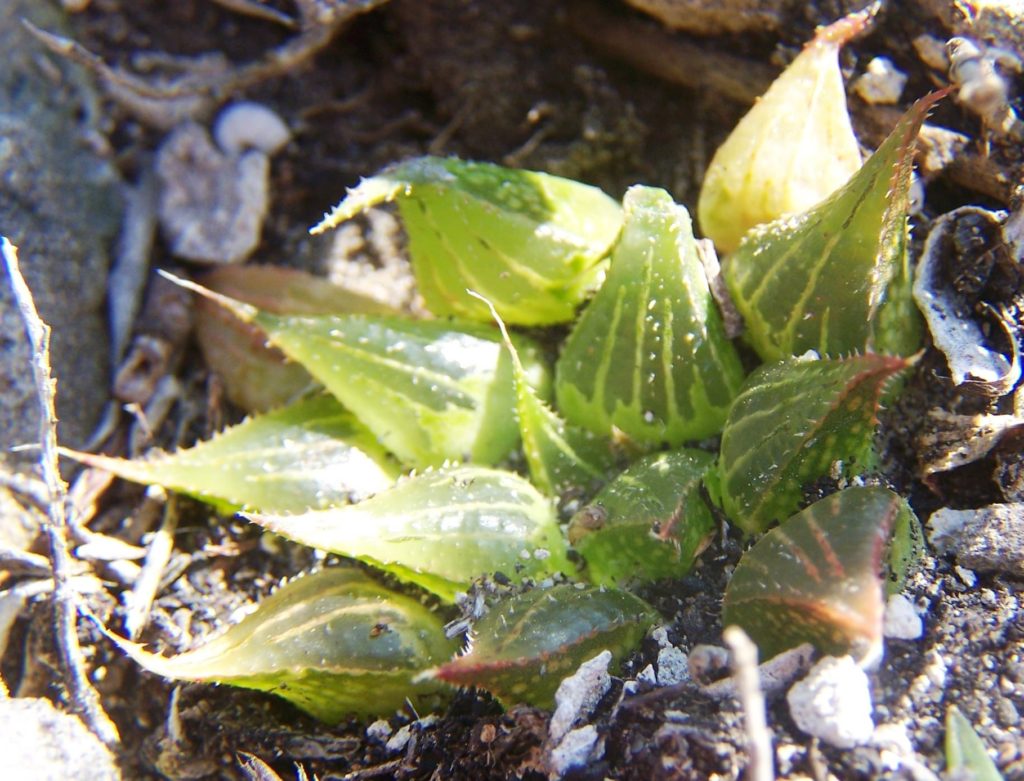
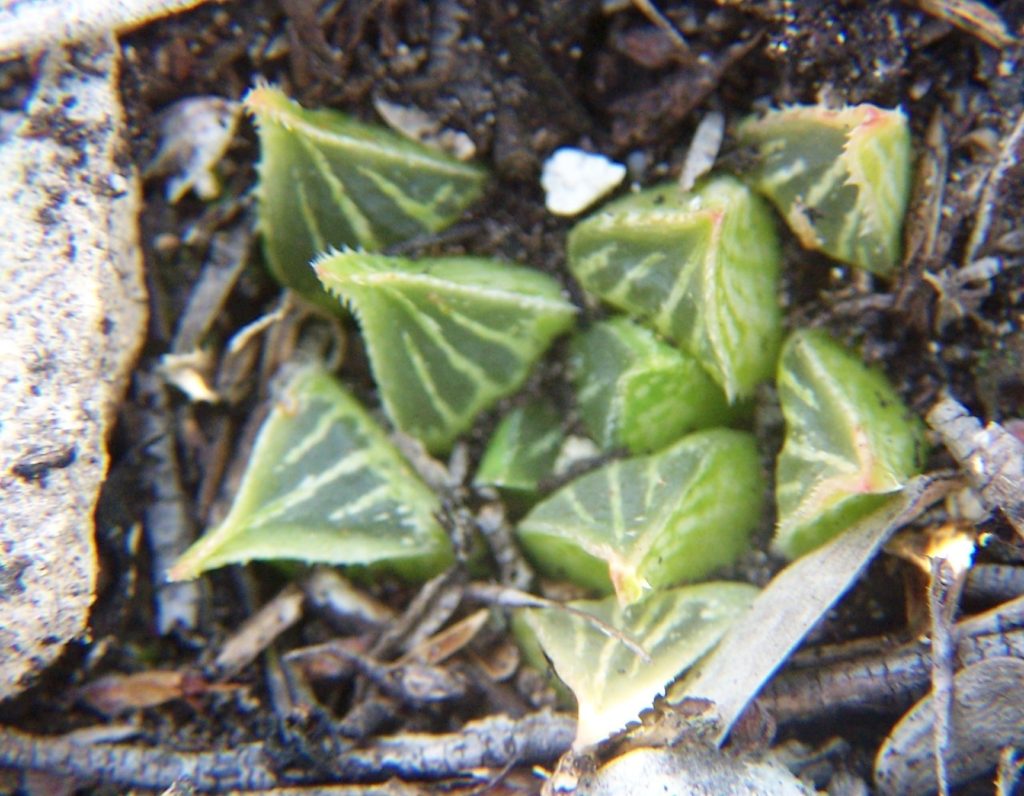

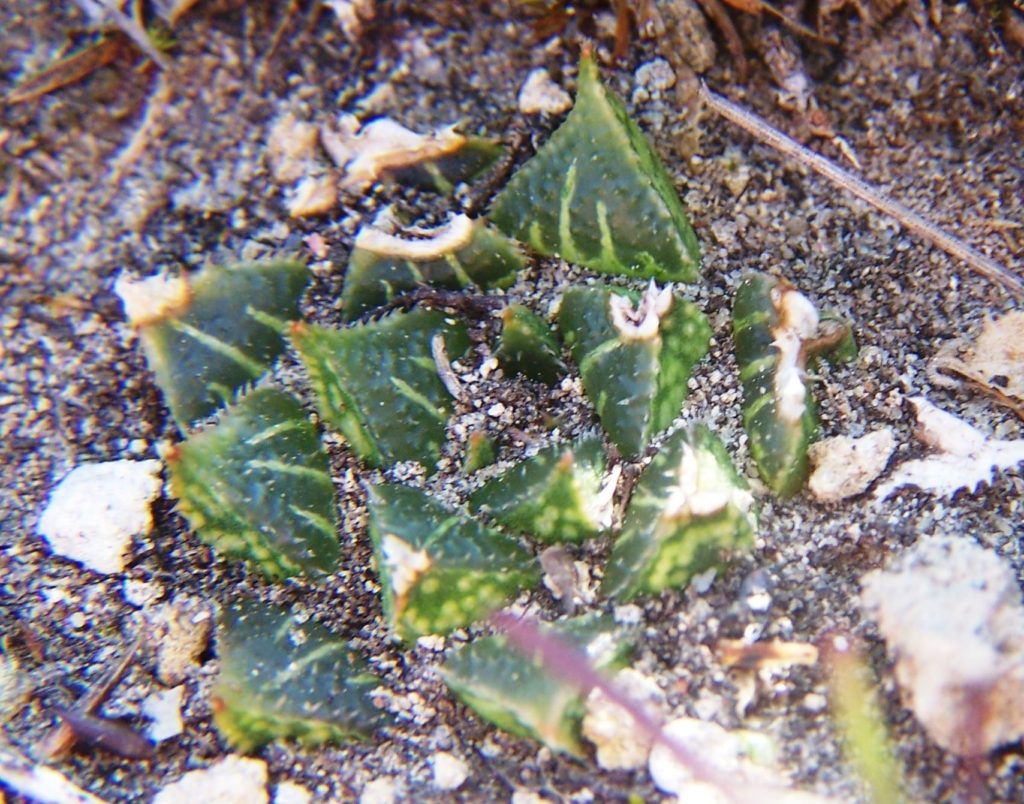
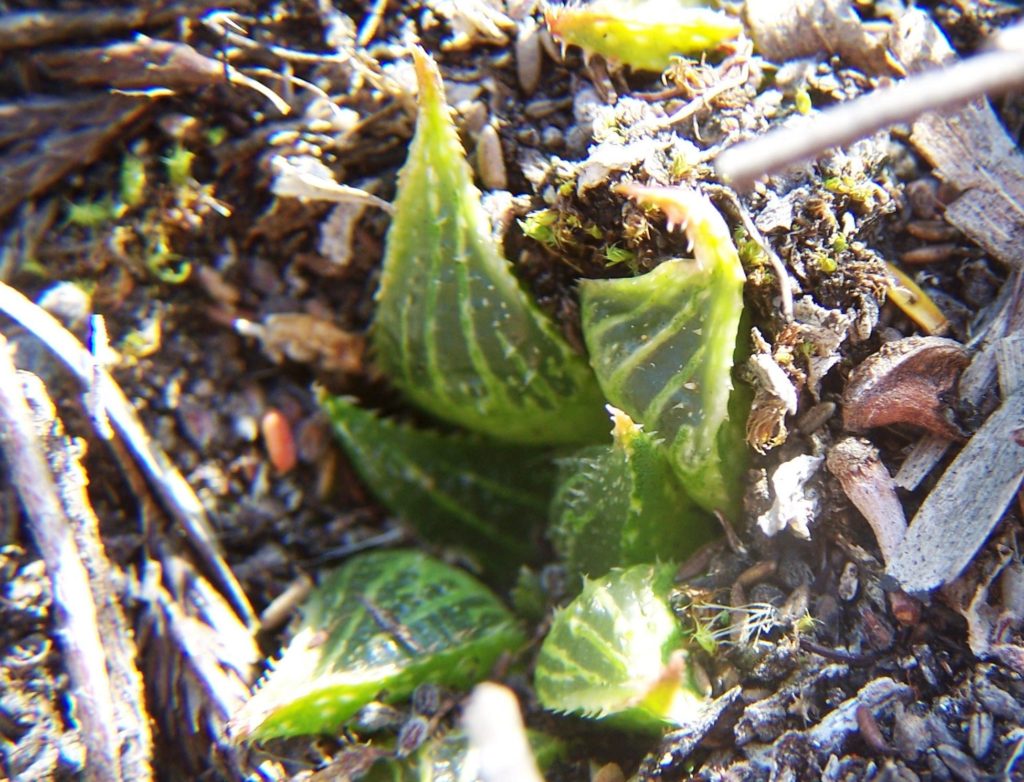
What is the problem? I suggest we have an antiquated, outdated, dysfunctional classification system so that our knowledge, philosophy and methodology does not allow explanation of groups like Haworthia. So I will try and demonstrate it like this…Gerhard posted pictures of paradoxa, bobii and joleeniae. One of each! So let us just see how this can be interpreted. Here are several pictures of ‘paradoxa‘ from Vermaaklikheid east of the village. I first saw it at a site north of the village.
There is so much still to explore. Here is a map just to indicate the scale that has to be exercised. Initially I was happy to stop every 50 miles to see what might be there. Now it is every 25meters! Just note an interesting phenomenon here. 3 species and as many populations as there are recorded habitats. M = mirabilis, R retusa and F floribunda. Yes we covered most of the ground between too.
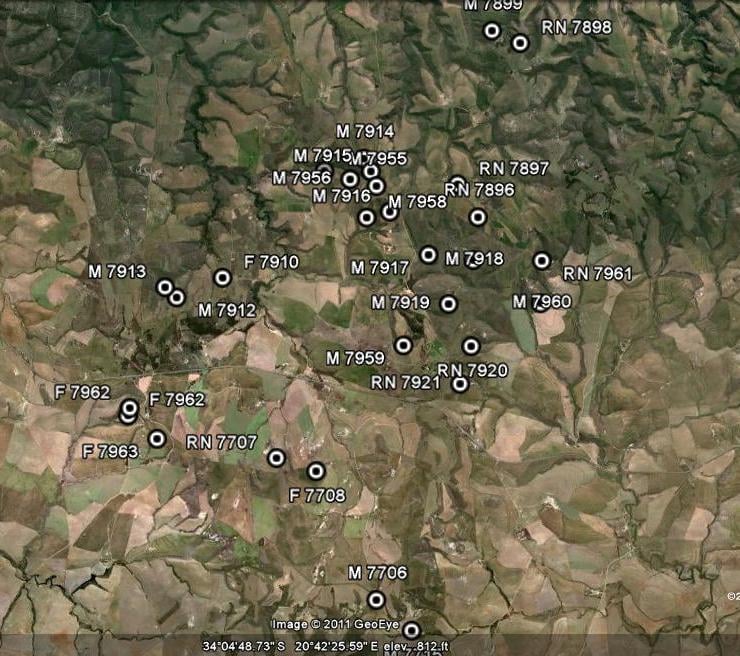
Mukesh Vaid asked – What does these four digit numbers signify
Bruce Bayer – Just my collecting numbers. This map is only intended to show intensity of search to demonstrate anything. I did have a collecting permit strictly adhered to. Often, as I do now, I do my searching with camera!
Every collector should have an accession book to record what you record and find where and when. I idiotically did not get this right to start with. Even as an entomologist I did not keep proper numbers. When I started at Karoo Garden I used the garden accession system KG with number/year. No good. In the end it is the quality of accession record that indicates the credibility of the work! I did not have the luxury of digital camera or GPS that is essential nowadays. At one time it was enough to just say “collected between the Cape and the diamond fields! With plant theft and cadaverdog-like shadows, it is a bit stressful to even produce the maps that I show! Sometimes I have mentioned something and the next moment a new species is described directly connected??
Mukesh Vaid – Where is H. turgida in this?”
Bruce Bayer – This not actually about turgida but just to show level of search necessary. But let me take the opportunity to try and get this message/hypothesis across. There is a single gene pool (a system) that produces mirabilis, retusa, turgida, pygmaea, mutica and emelyae. It can be simplified if it recognised that retusa is really a offset of turgida in among 5 main lines. So let us try and get something else straight. Science (i.e. scientism actually) is a system of reductionism that supposes that everything can be explained by breaking things down to their smallest parts. So we mess up in Haworthia by thinking the smallest parts are species when in fact it is a system of many things. Does that help?

This is where I think Mukesh rightly has a problem. That bottom pink line should not be there. That is why I refer to them as intervals. These bureaucratic scientists lay down the law that this should be seen for what it is and call it an interval – because it is a break in distribution continuity e.g.. The Knysna interval is a serious break between SE coast flora and S Cape flora. That coast line area is not easily explored and the geology is limestone with a different vegetation. There may well be Haworthias there. There is a record of a mirabiloid(?) on the sea cliffs at St Sebastian west of the Breede River mouth.
There is a really weird intimation that bureaucrats have determined what species names apply on Haworthia! It is actually a very democratic process based on 4 tenets of science. Universal truth, communality – no secrets, no private gain, and organised scepticism. If you have the data and you have the facts, you are free to organise and present your case. I have no privileged access to anything and certainly no sycophantic following with commercial interests in mind. I often wonder that not a hair sticks up from the trenches of my defense when so much garbage is thrown on attack
On this map…. There is actually no known connection across from L = longebracteata (also a mirabiloid area), to P = paradoxa, to B = bobii. Historically the shore line has changed and there may have been. Variegata seems to have jumped the gaps. So now we have populations a = Buffelsfontein, b = Sandfontein, c = Sandhoogte and d = Infanta. A and b are in the De Hoop Reserve and it is quite difficult to access so I have not been there with a digital camera unfortunately. Buffelsfontein I owe to Chris Burgers, Sandfontein to Adam Harrower and Sandhoogte to Jakub Jelimicky. Infanta I owe to mesemb research and what “bob” had to do with it is anybody’s guess. Certainly I did not remotely think it was or is a new species, as excited as I was to first see it. The overall complexity of the spider web does not do justice for the problems of variability among the floribundoids, the variegatoids and the mirabiloids. Turgida seems to hold its own. Holistically I can conceive of only the one solution that excludes adding another few species to an impossibly and unrealistic list. It would be nice if the culprits owed up to the chain of events that led to “bobii” and a few other names. Including the authorization for collecting that is so uncomfortable and dehumanizing. I make no apology for suggesting the association of bobii and paradoxa , even beyond a greater issue of the mirabiloids. I do not doubt that it is a difficult “ask”. The two pictures are of ‘a’ and do not do justice to the plants in the field at all.
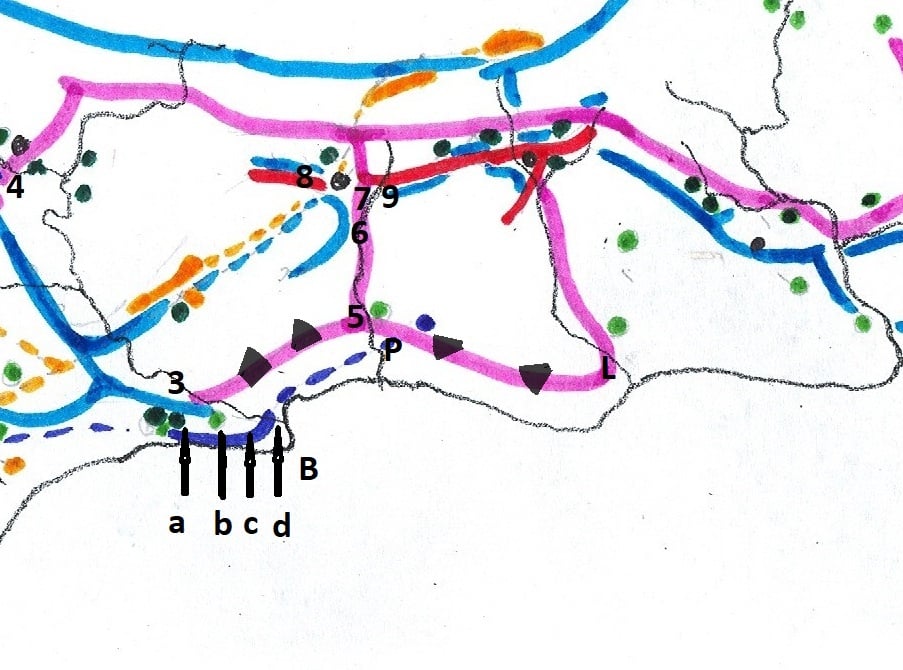
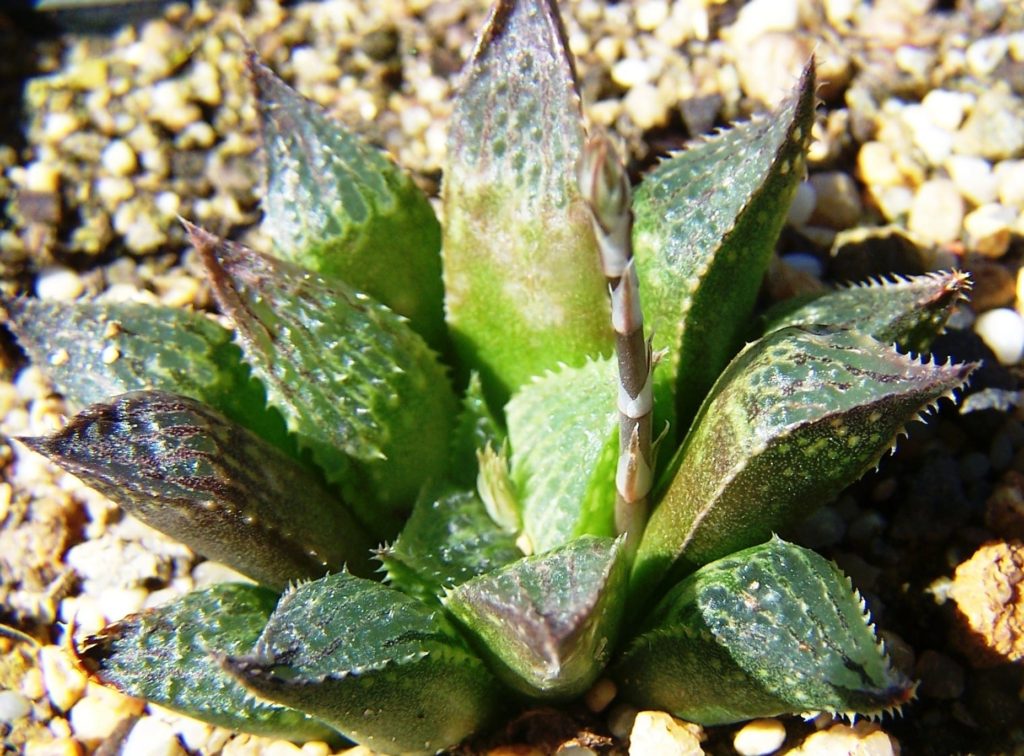
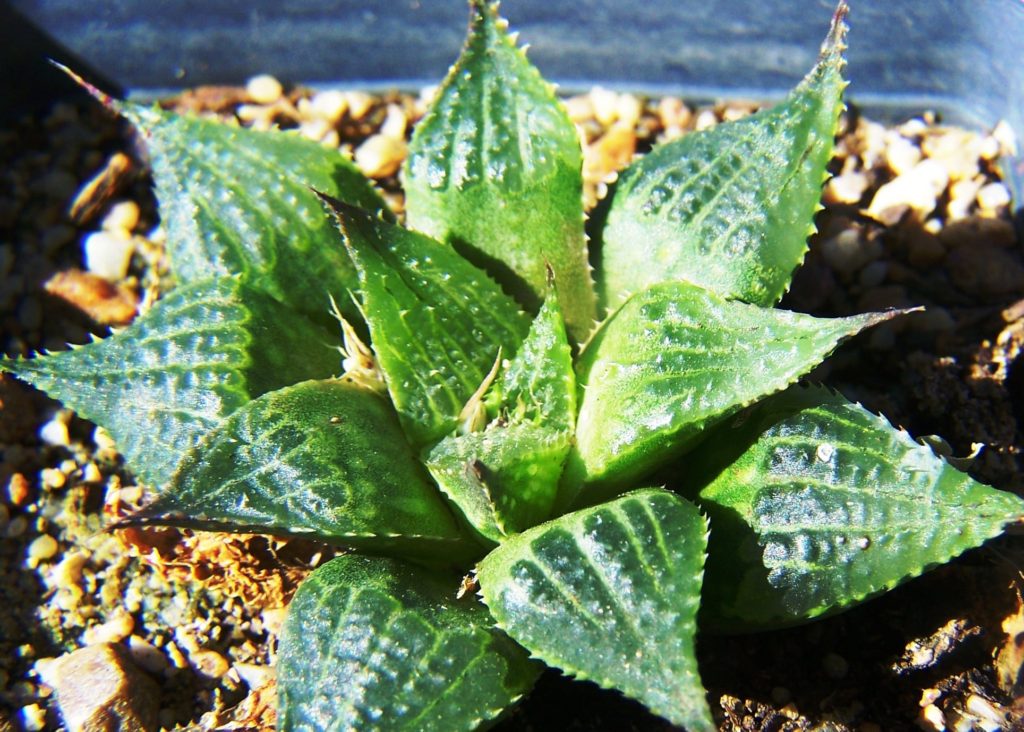
Arthur Dixon posted these .. Bruce Bayer replied “All ‘paradoxa’.”

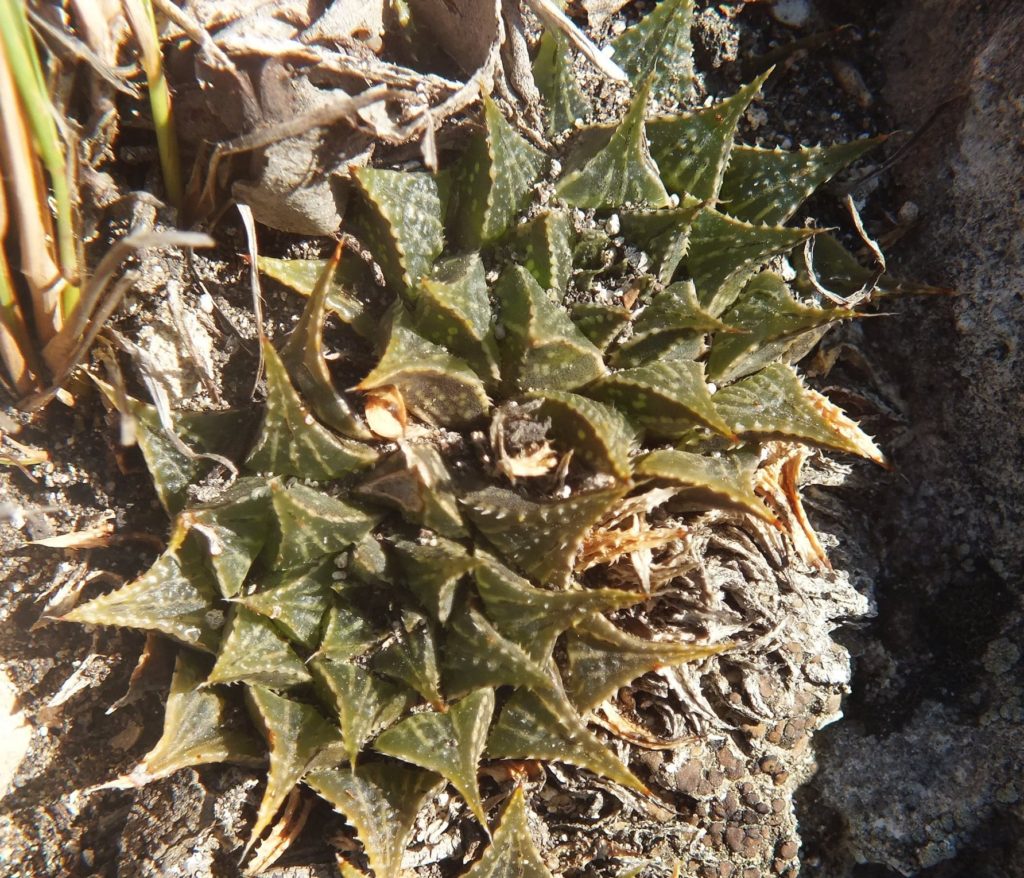
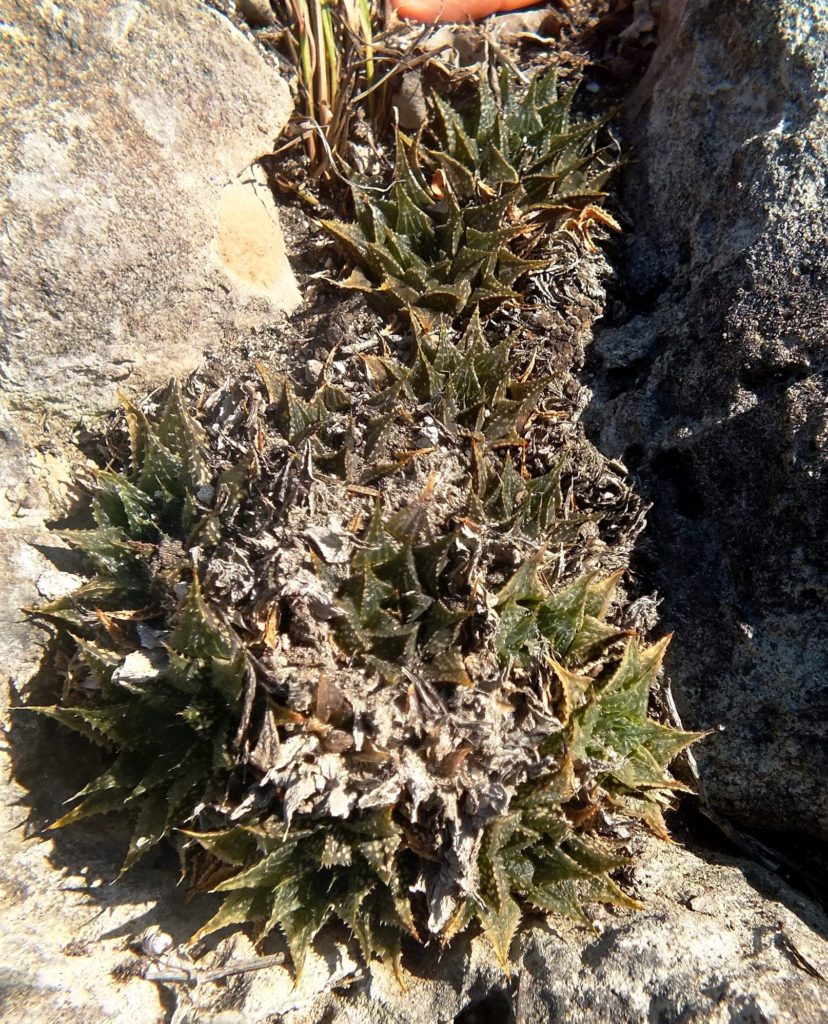

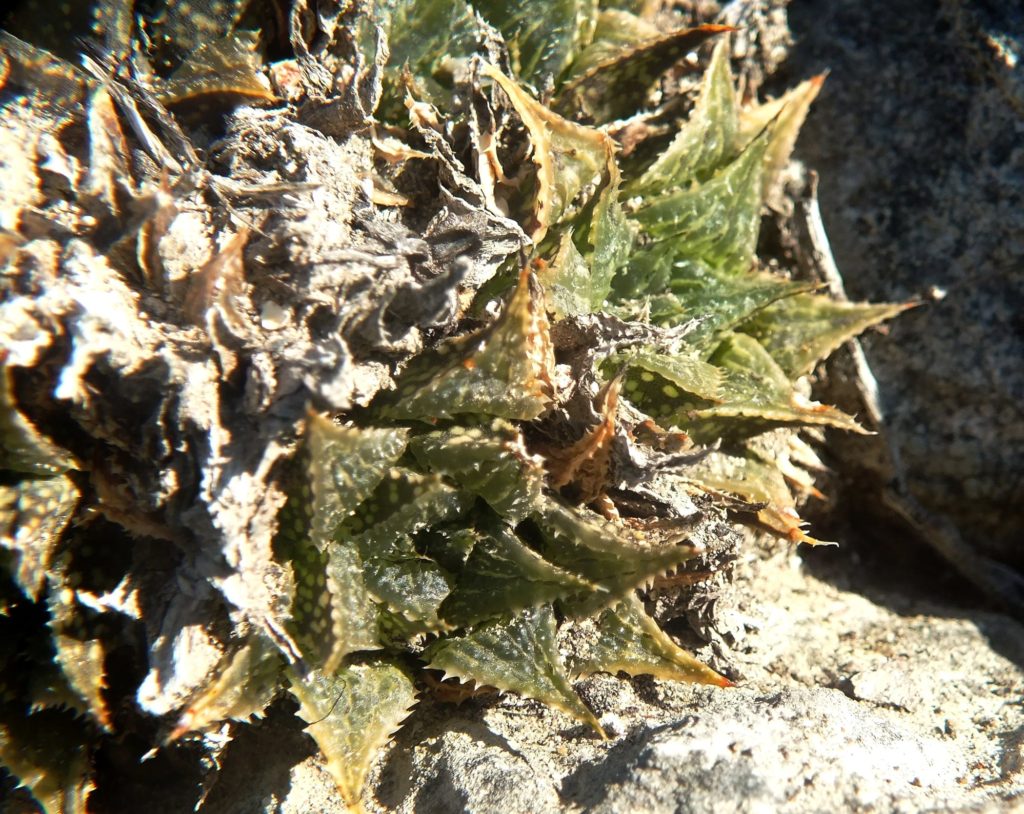
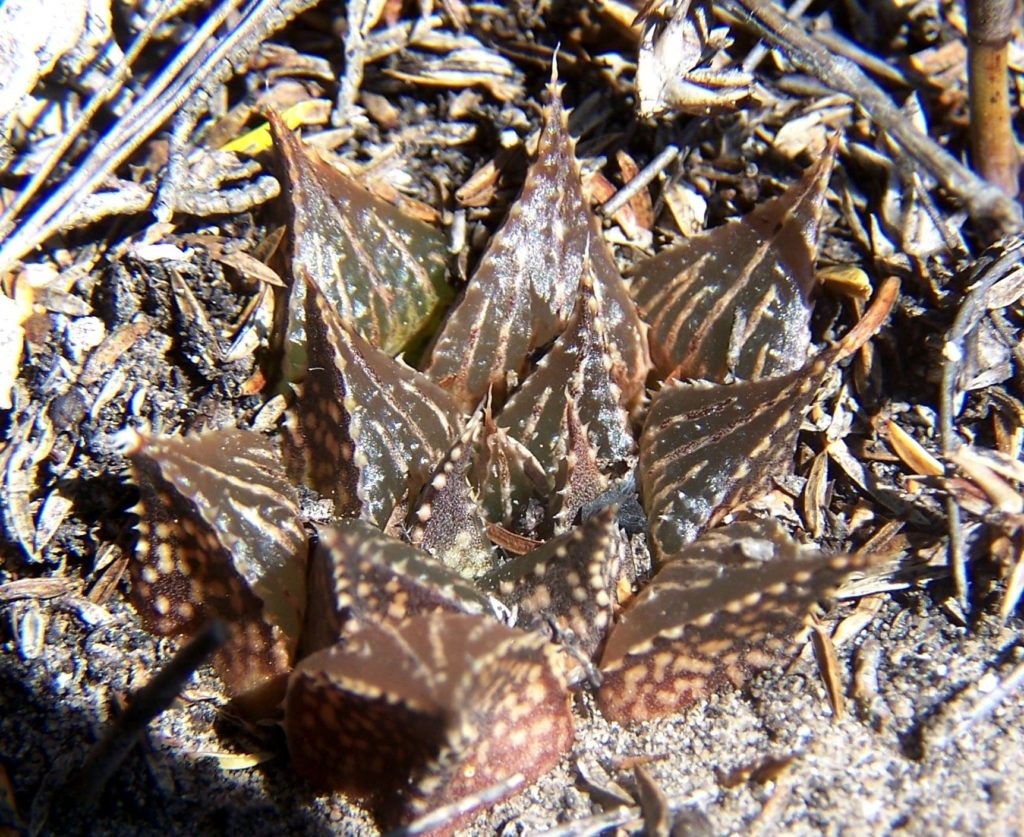

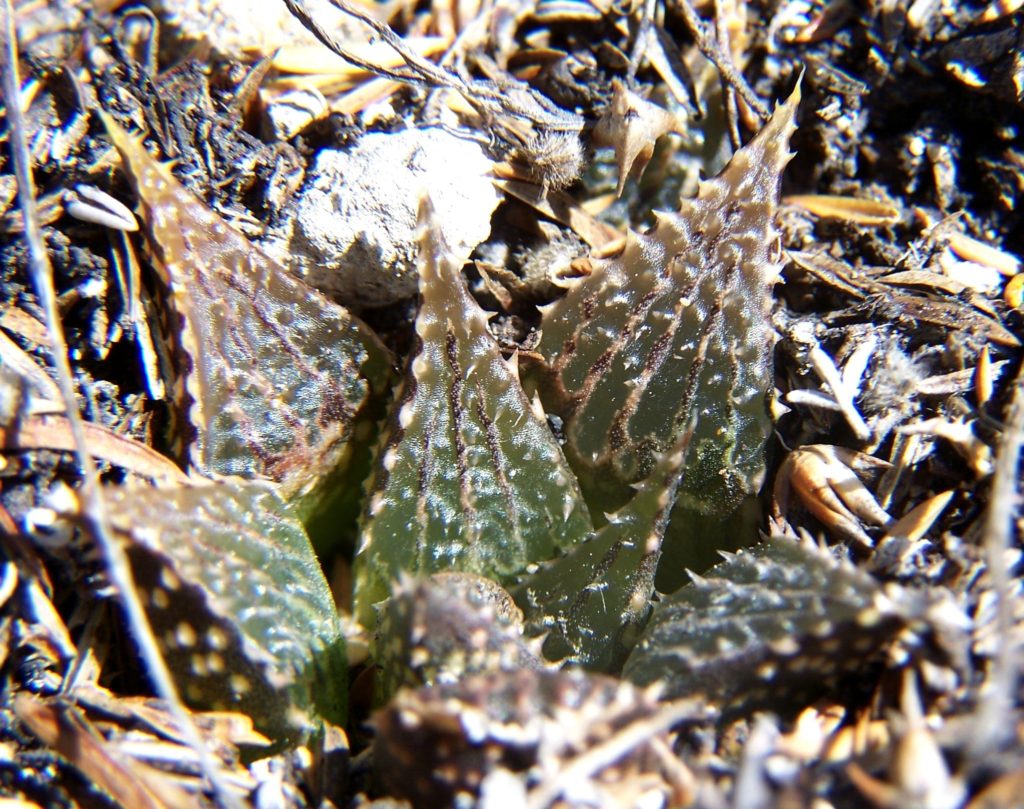
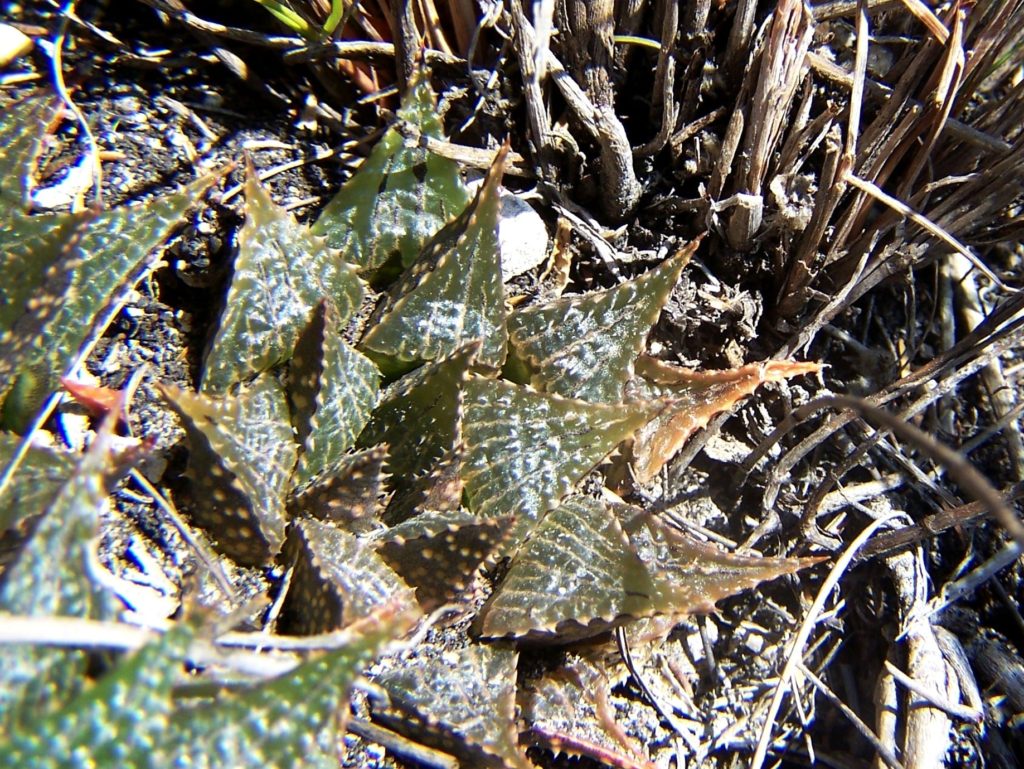
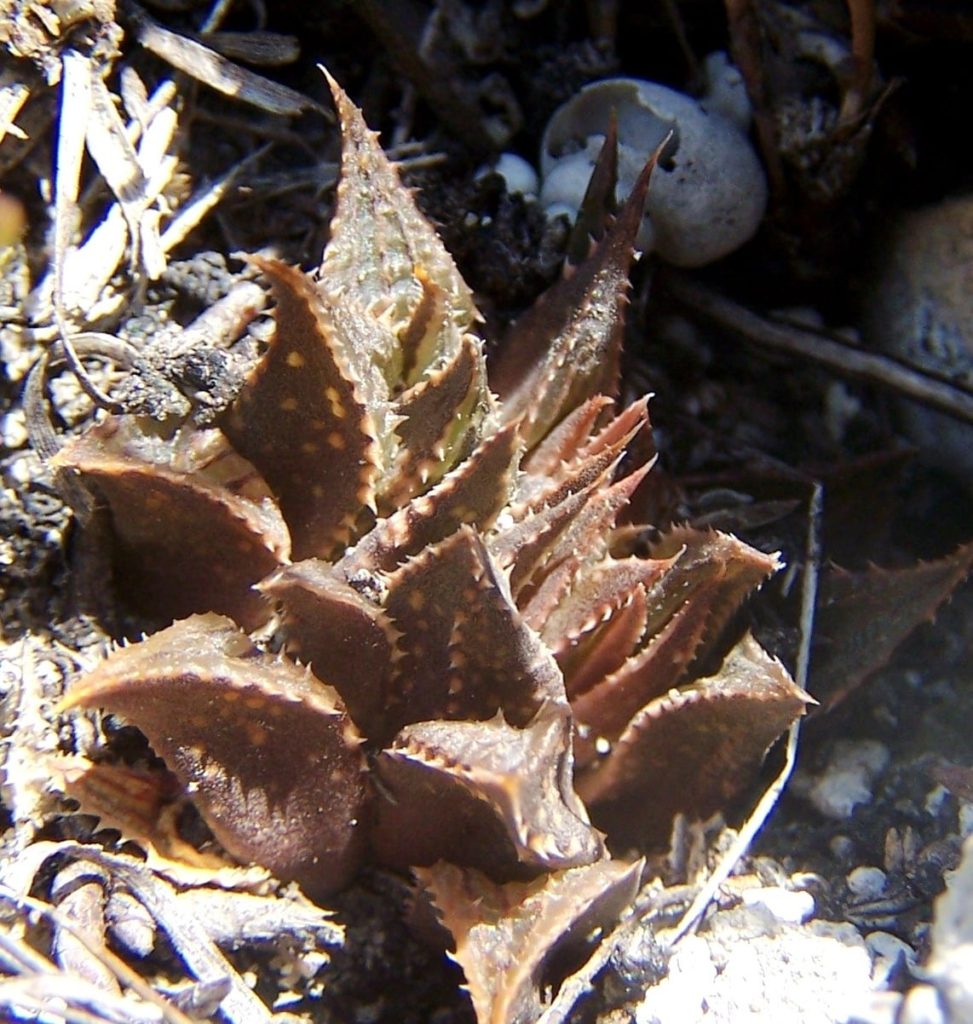
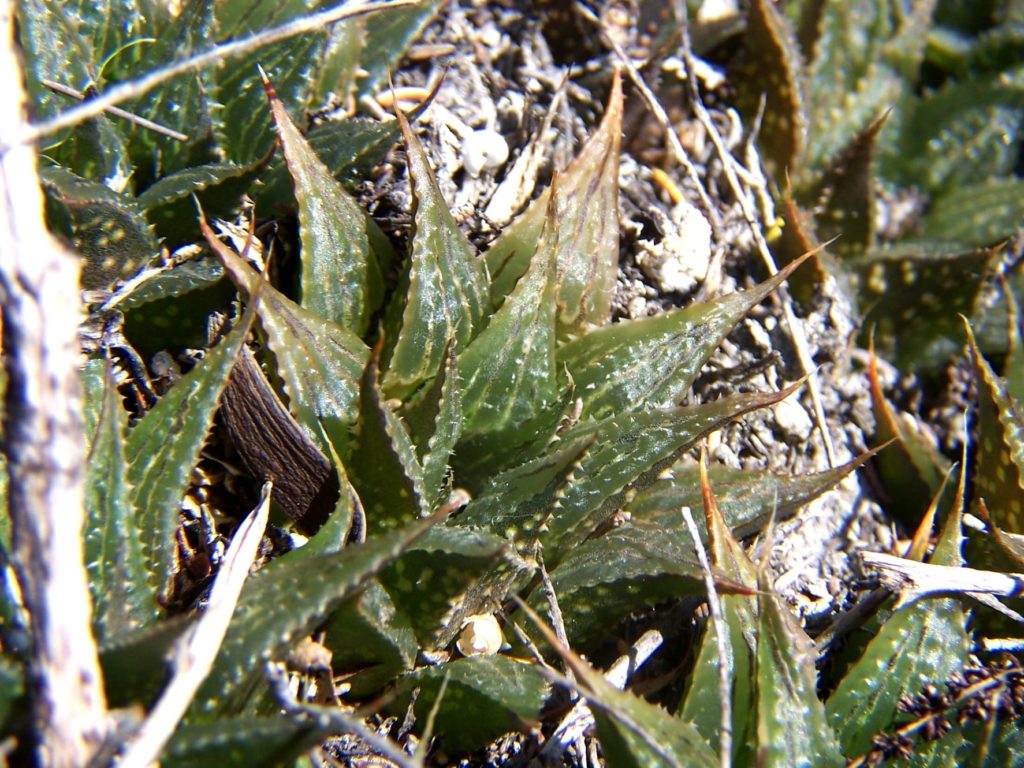
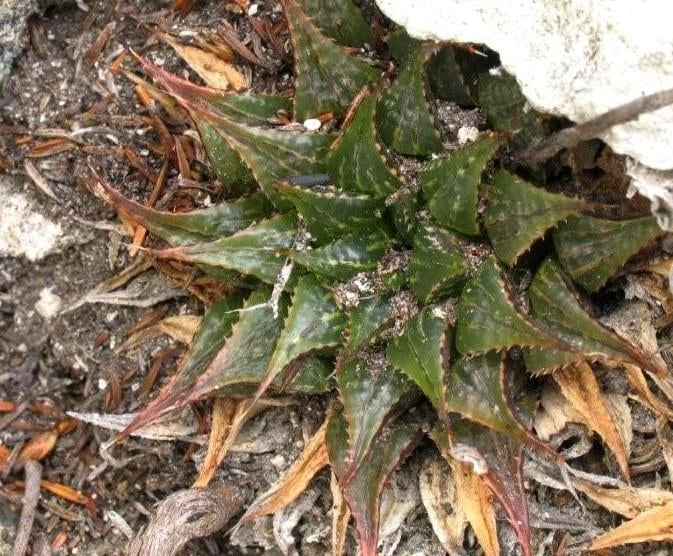
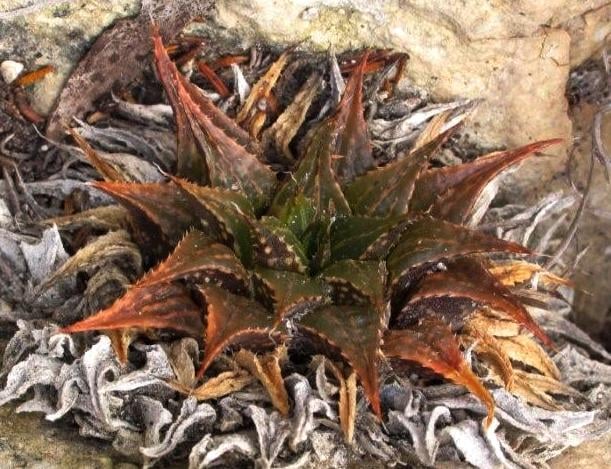
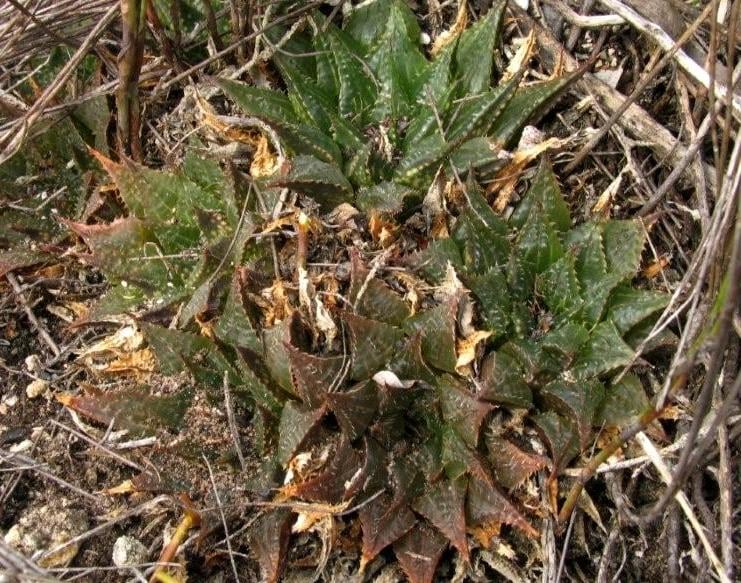
These are the plants at ‘b’ where Adam Harrower recorded them. I named the place as Sandfontein or “Sandhoogte N”. Makes me long to go and drool over them again!
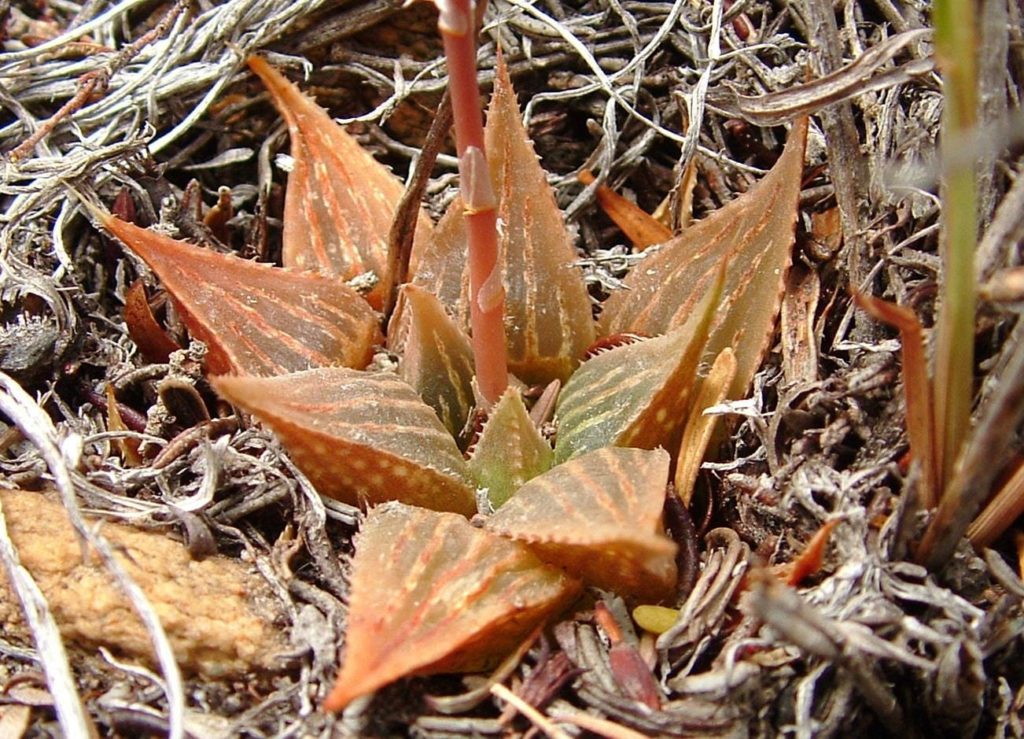
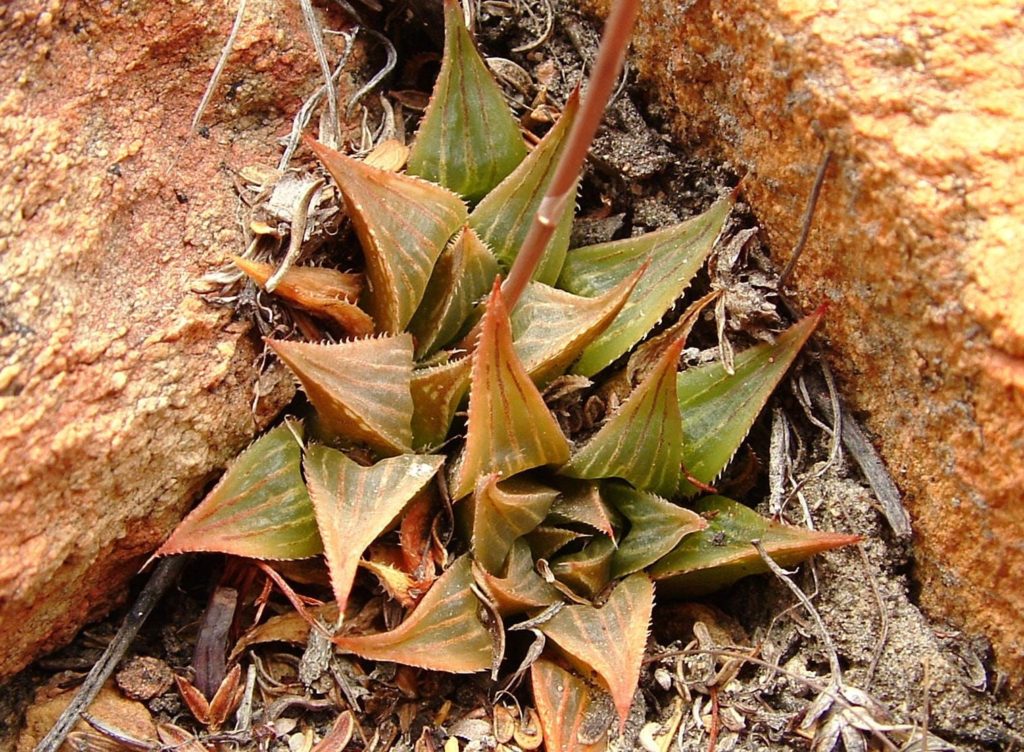
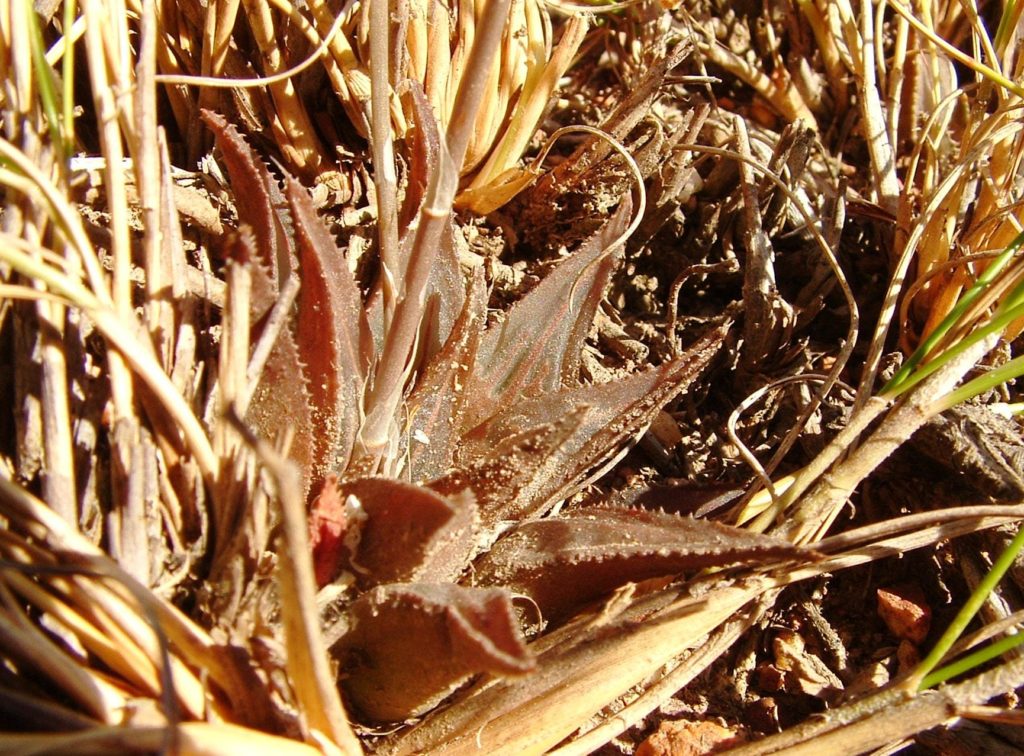

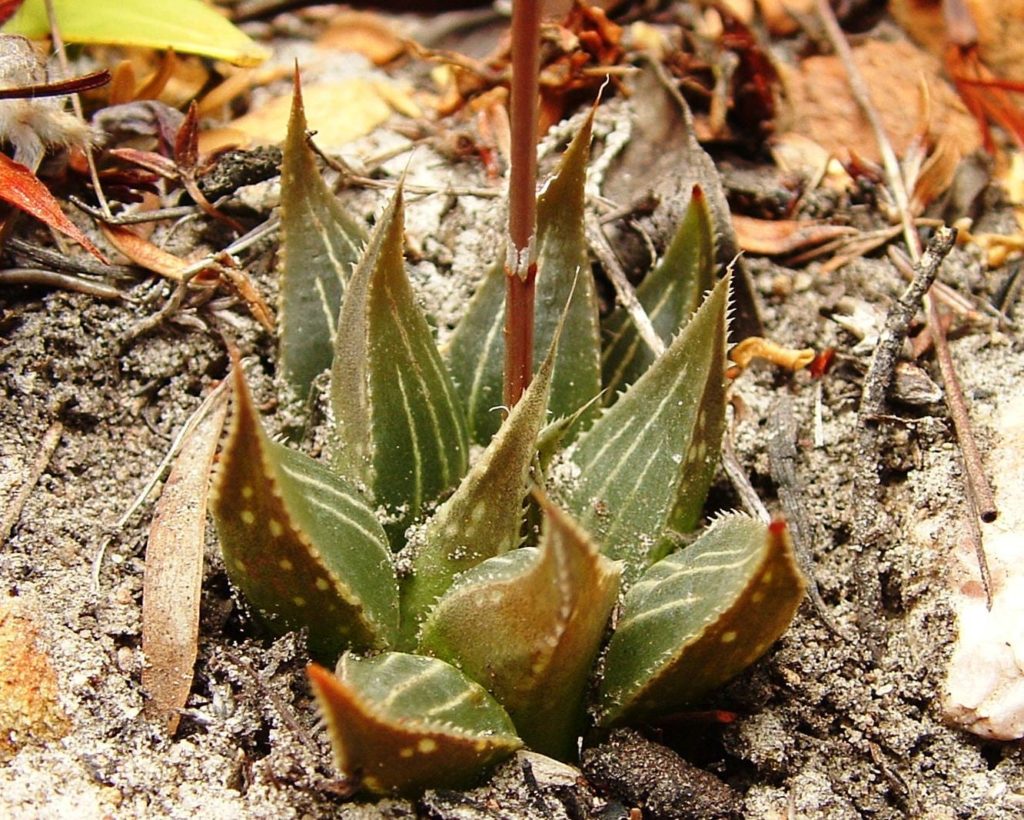
These are my pictures of ‘c’ in the ‘bobii’/paradoxa/joleeniae/mirabilis milieu. Funnily enough I really do sympathise with the doubters and unbelievers and am very apprehensive about further showing you what I think is the same. (remind me if I forget!). I have not mentioned “muticoid” in this lot where I say turgida is real. I suggest that mutica does come in to the picture and I will touch on that when I get to ‘joleeniae’.
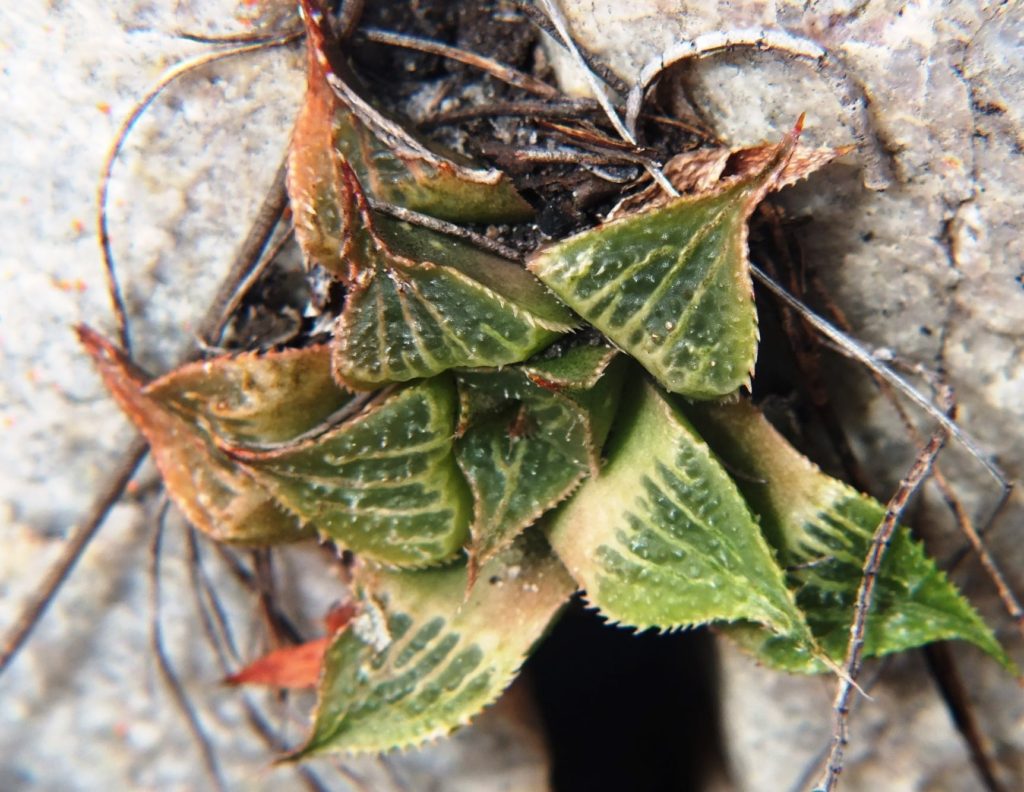
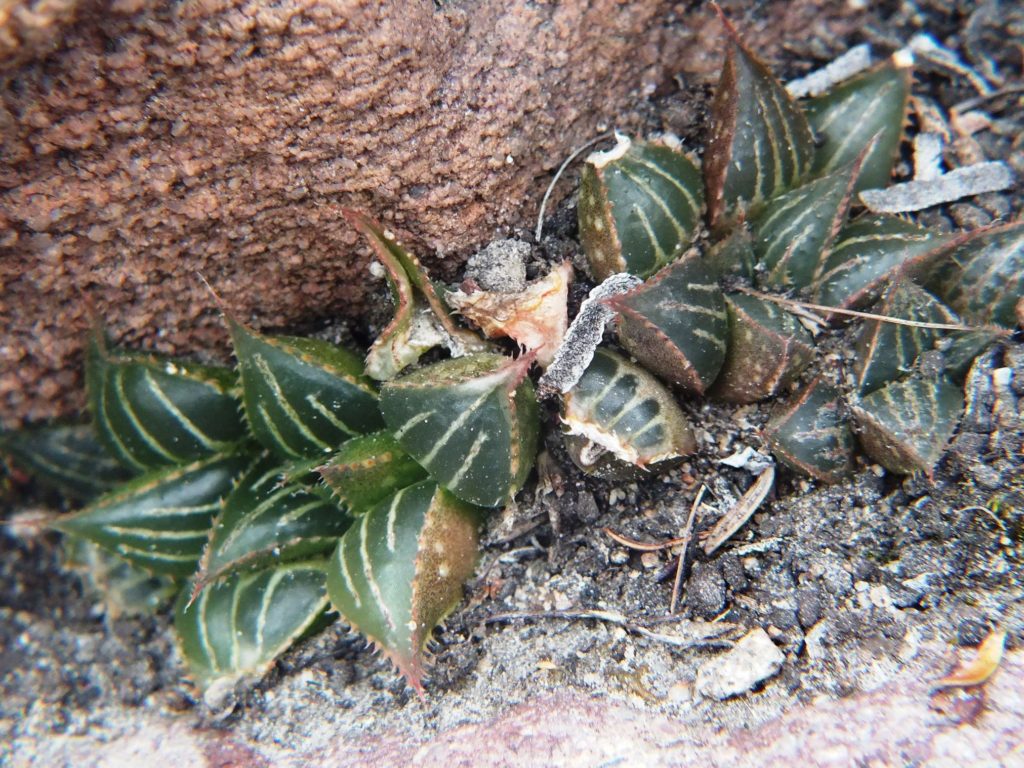
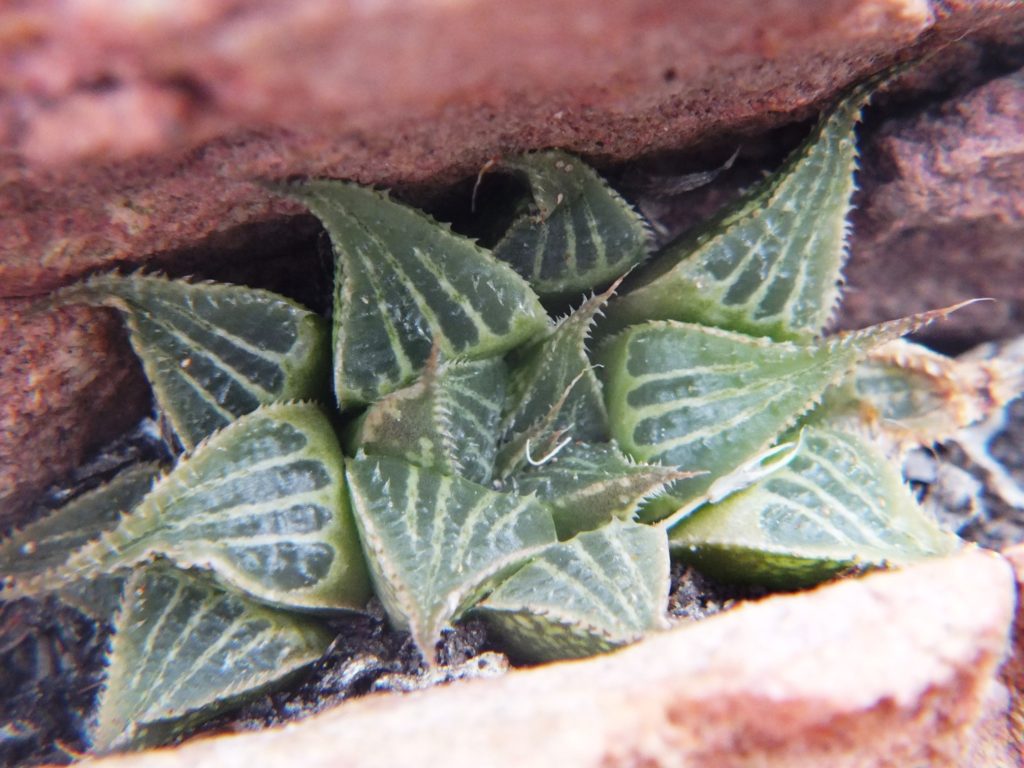
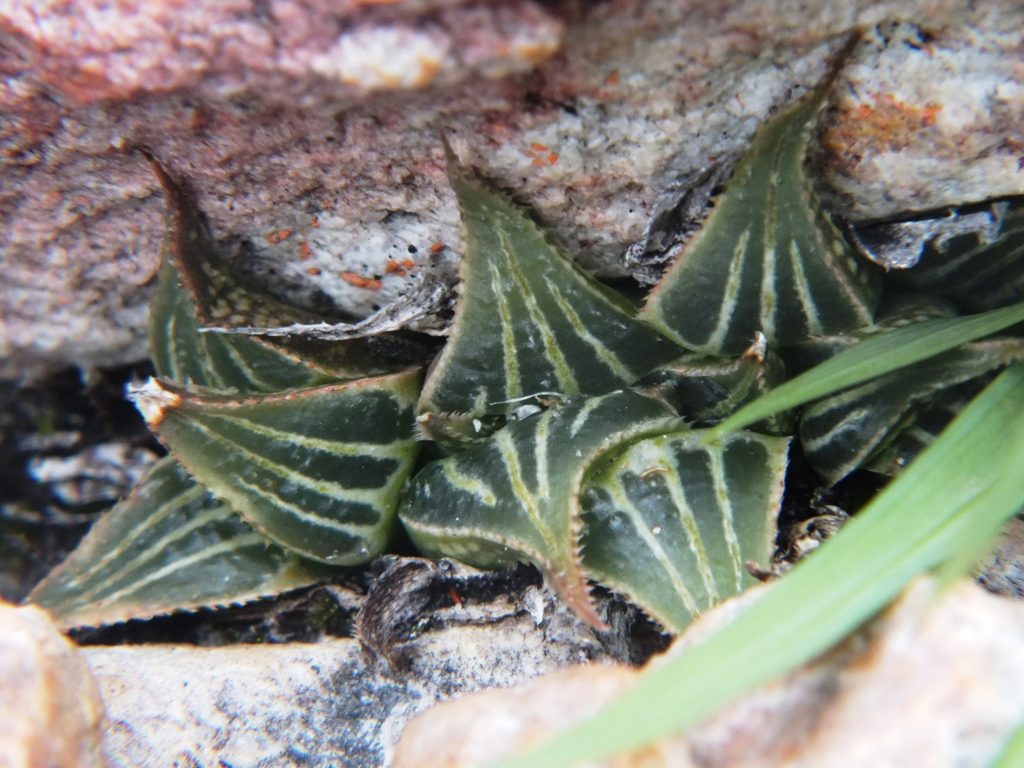
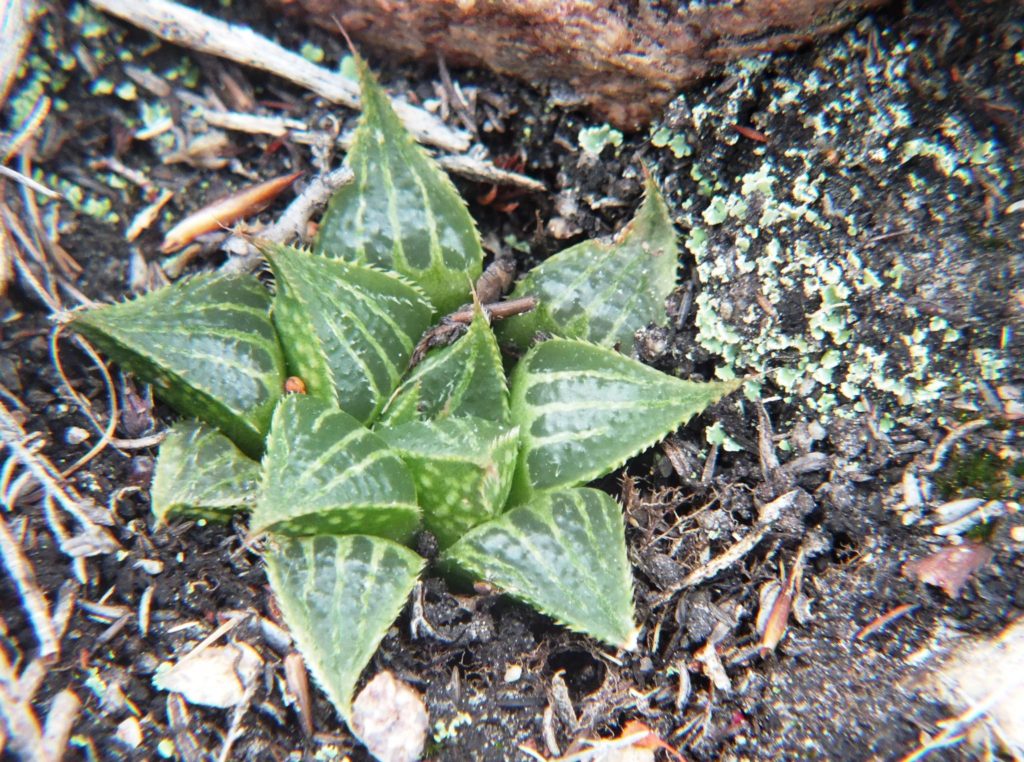

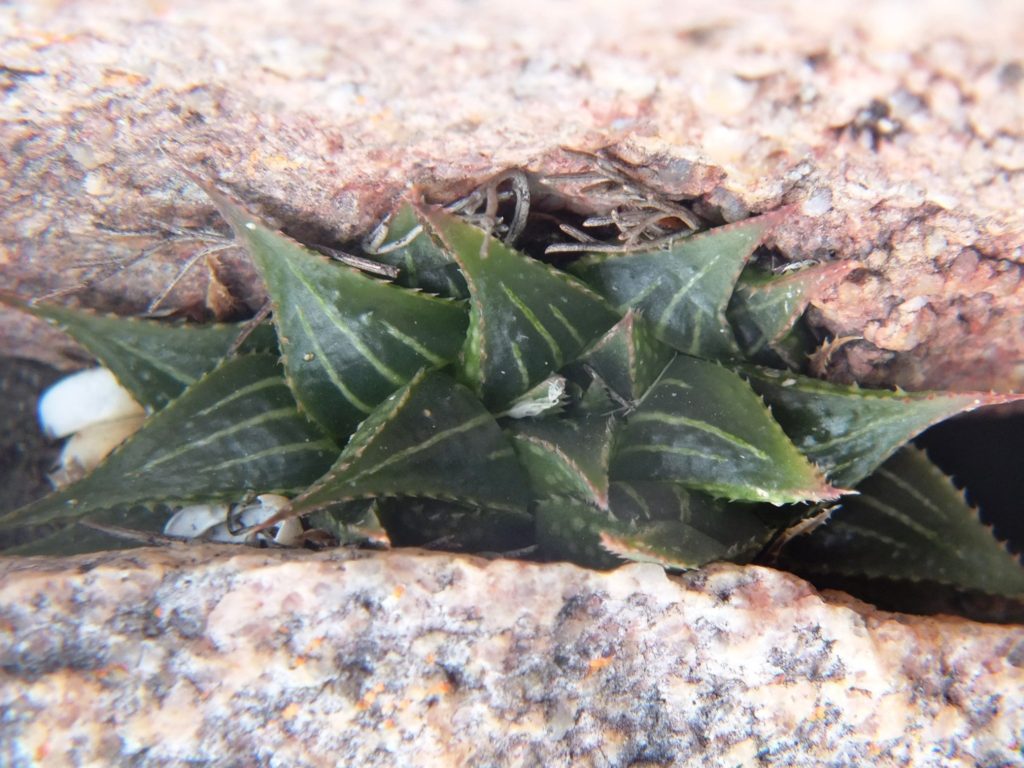
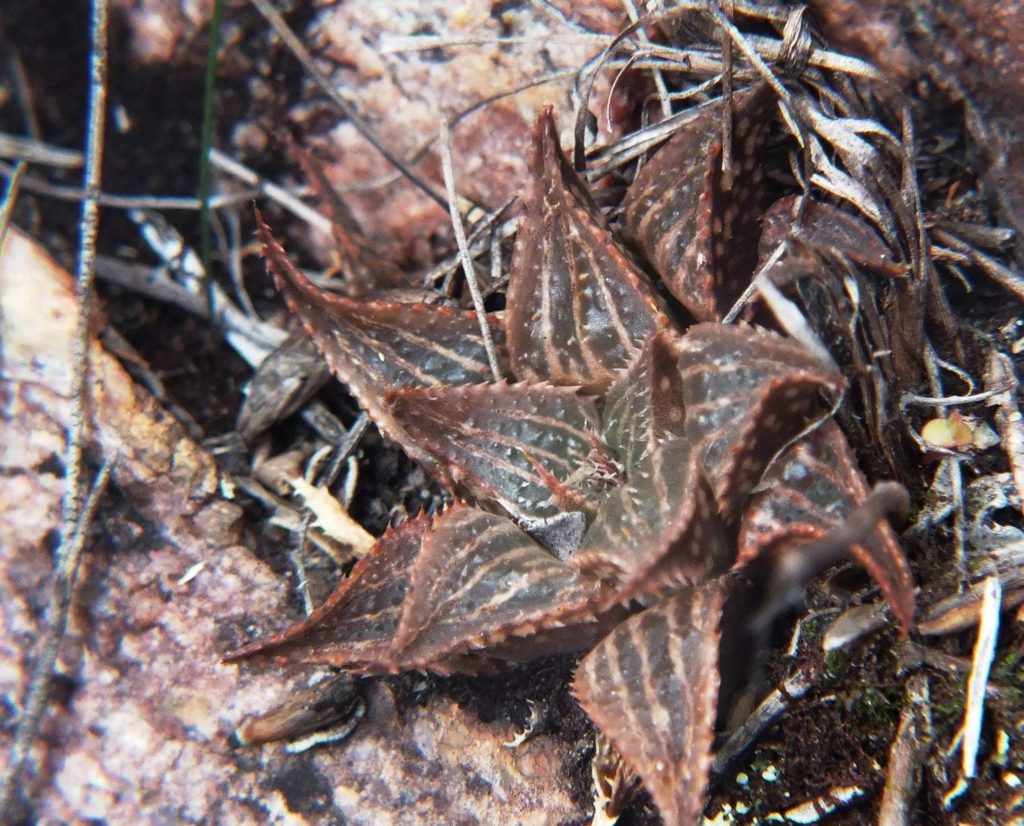
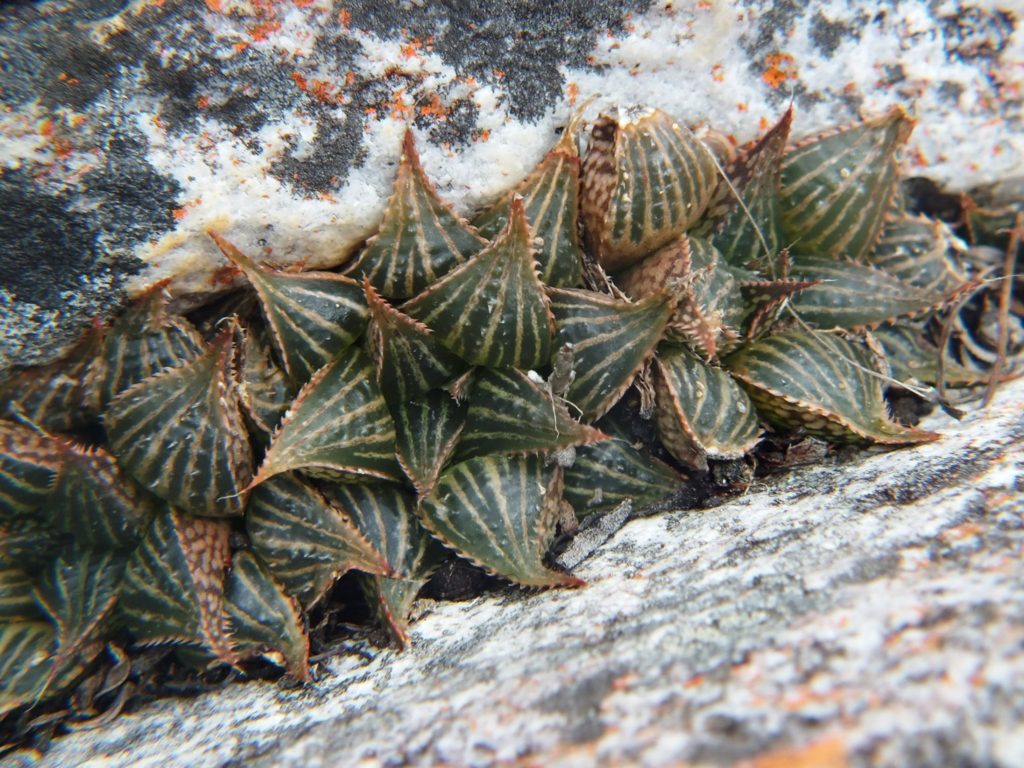


Arthur posts…”It seems to me that endless discussions and reasoned arguments supported by habitat shots whilst life-affirming and endlessly enthralling are not advancing the discussion in any way as (returns to main point) WITHOUT that definition of ‘species’ the cycle continues to revolve (Personal point)”. Yes yes yes. It has been ongoing for the last 80 years. Like I said – I get credit for my great contribution to Haworthia while effectively been told I know nothing. I am happy to accept that, if some intelligence is put in place of what I have written over the years. Contrary to general belief, I do not like offending or hurting people. Therefore I am very limited in what I can actually say and tell. What we need is a dimensional shift in how we think, how we reason and in what we are really wanting to achieve. We have a societal crisis and we see it not!
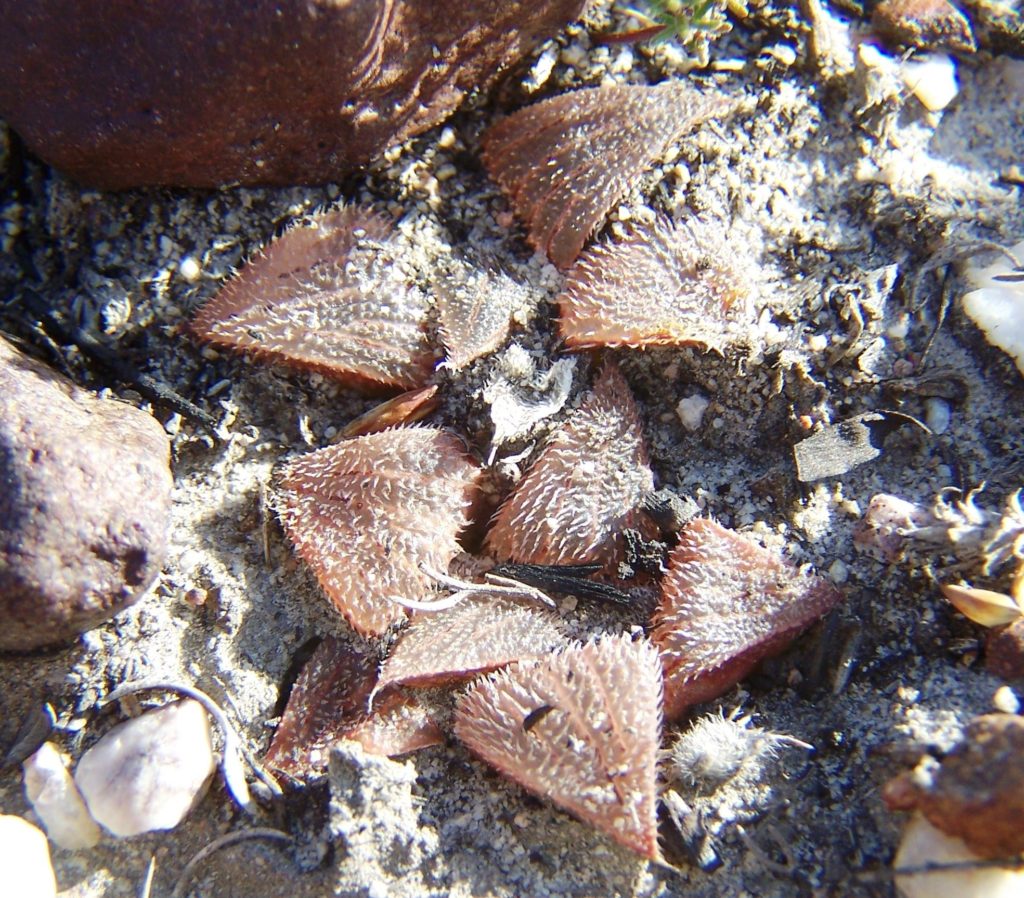

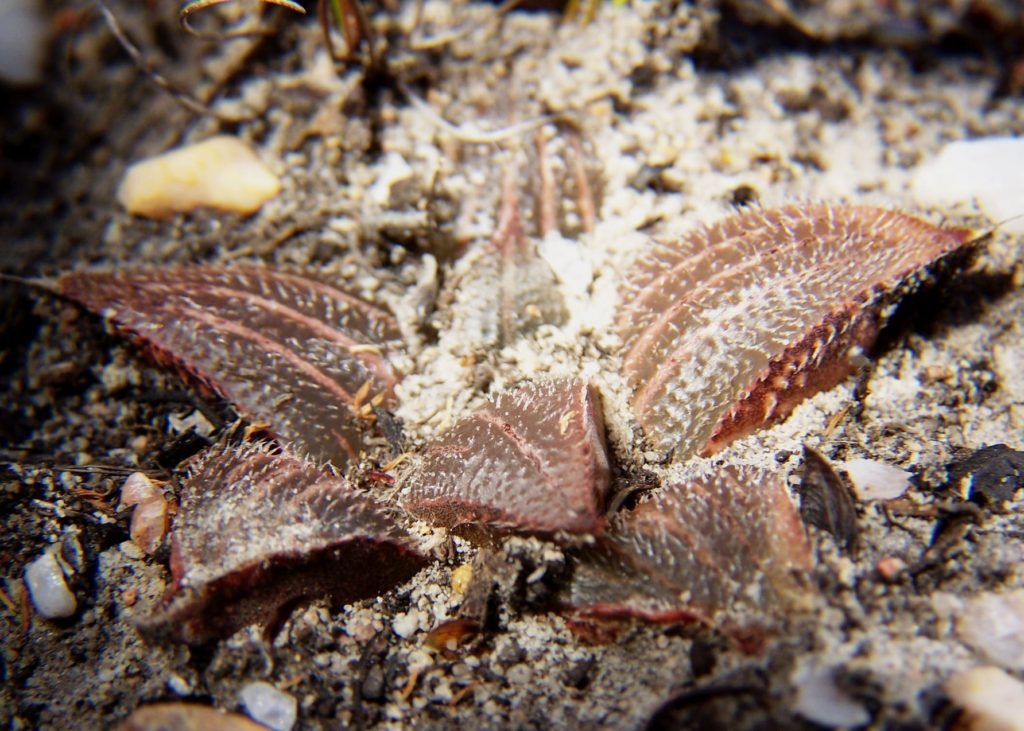
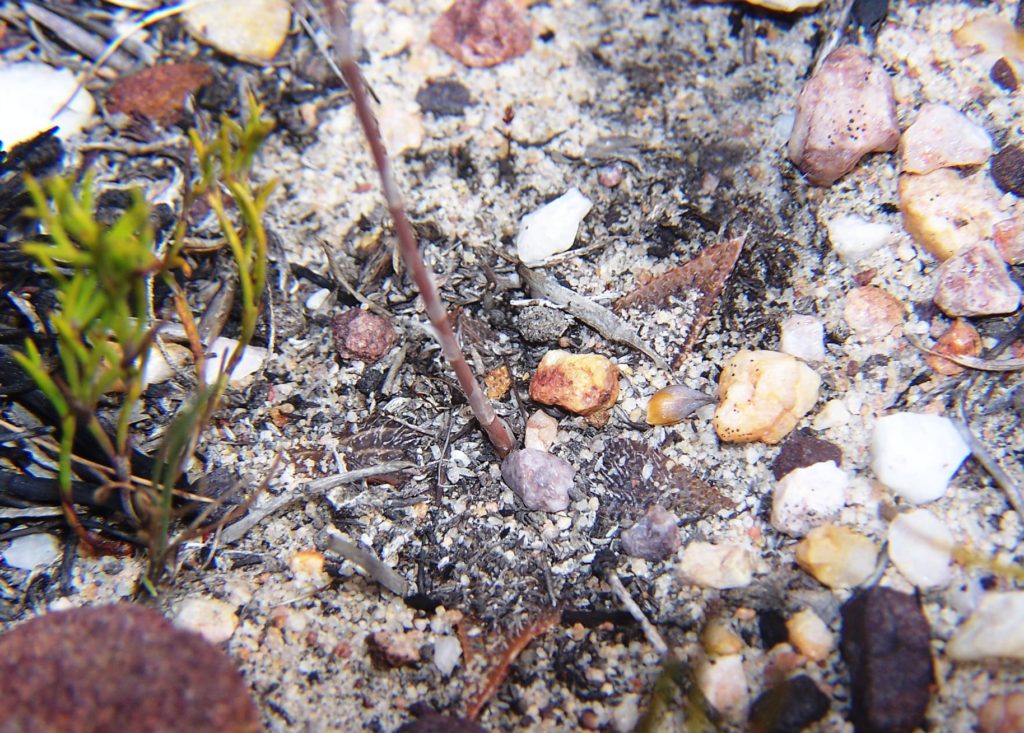
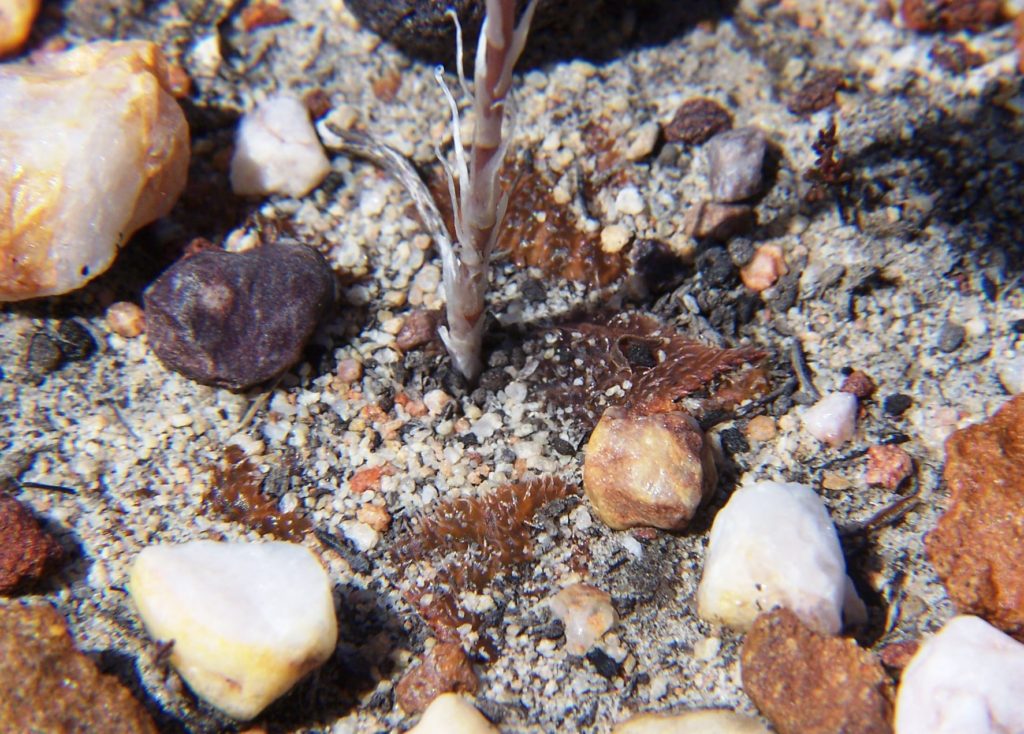

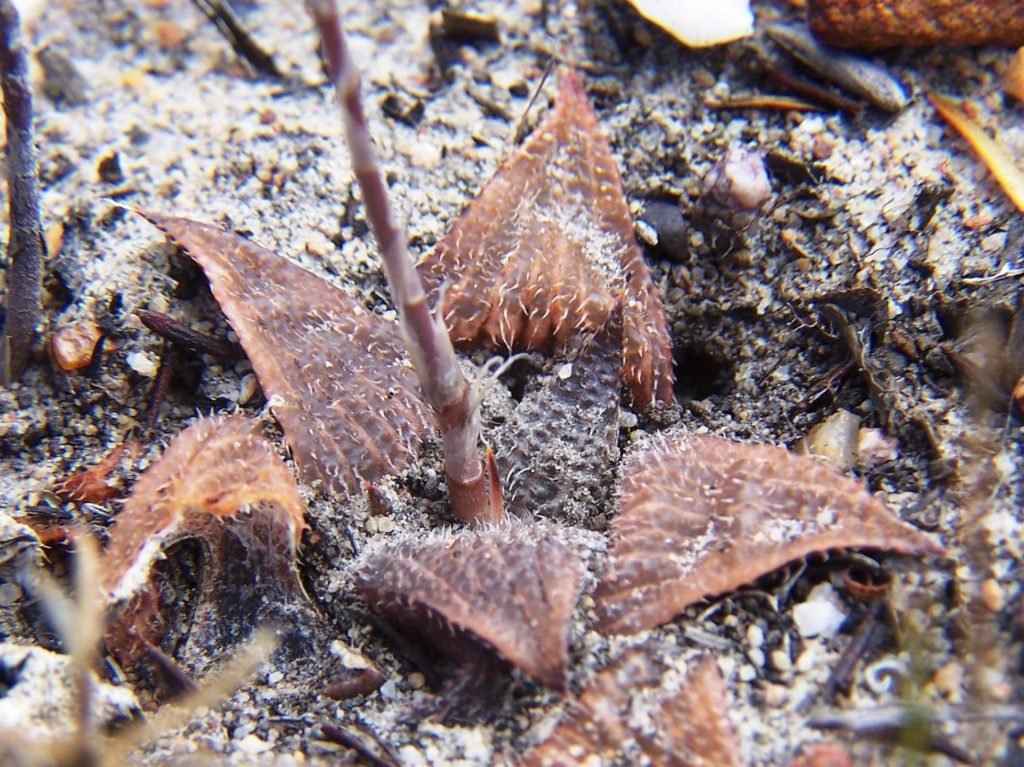
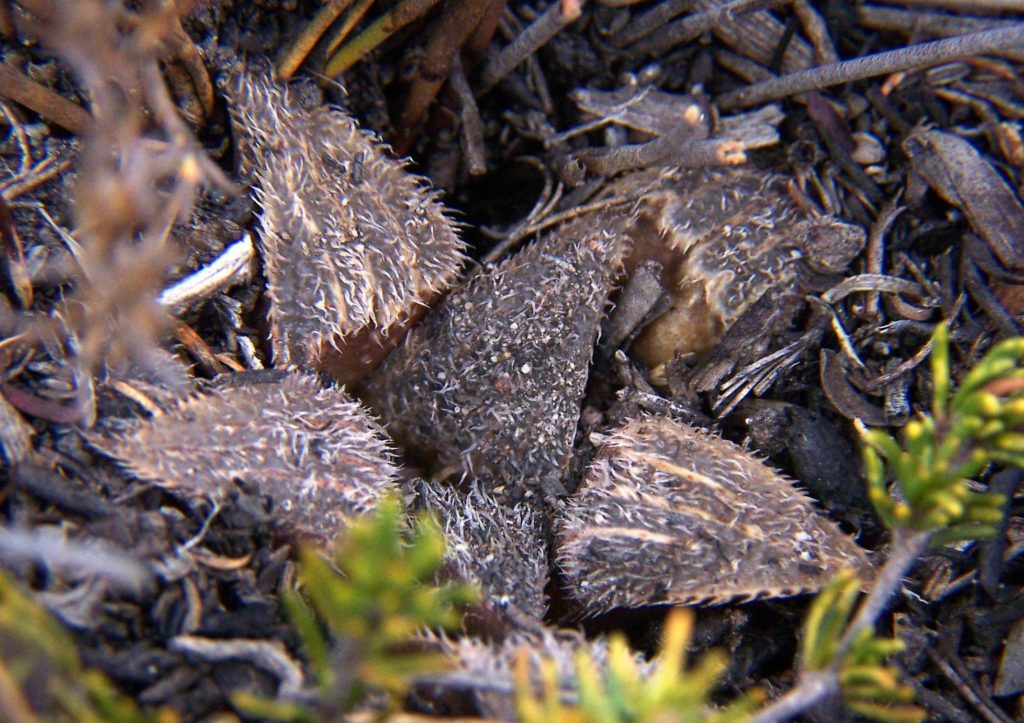
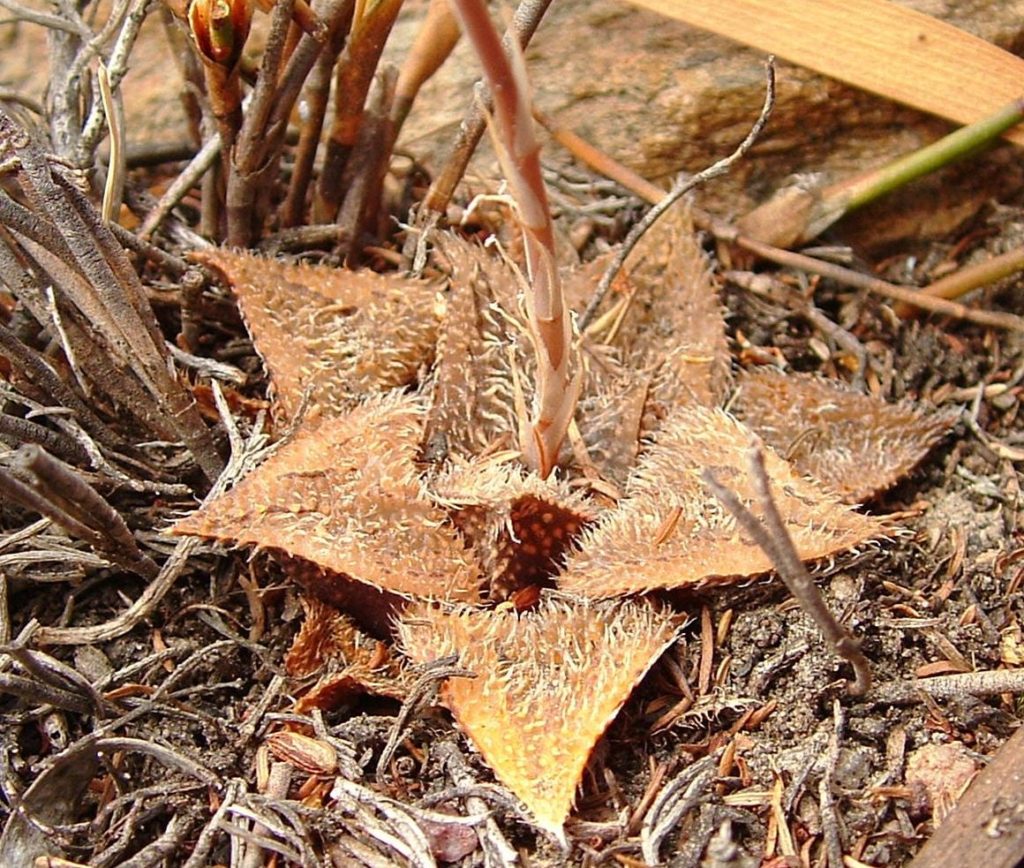
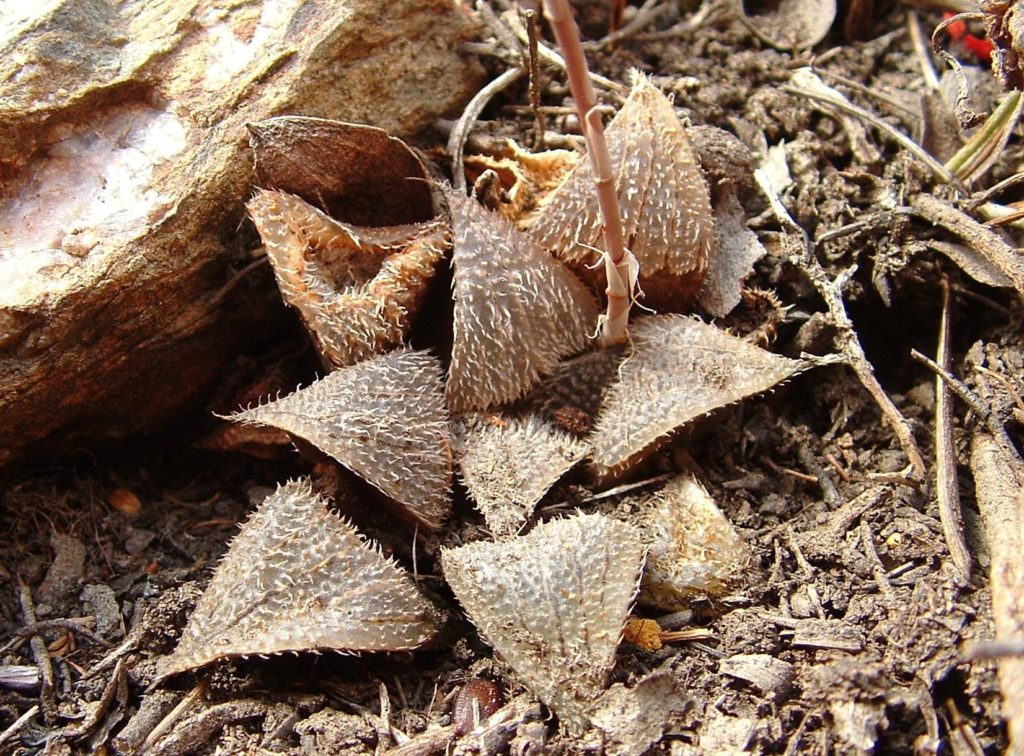
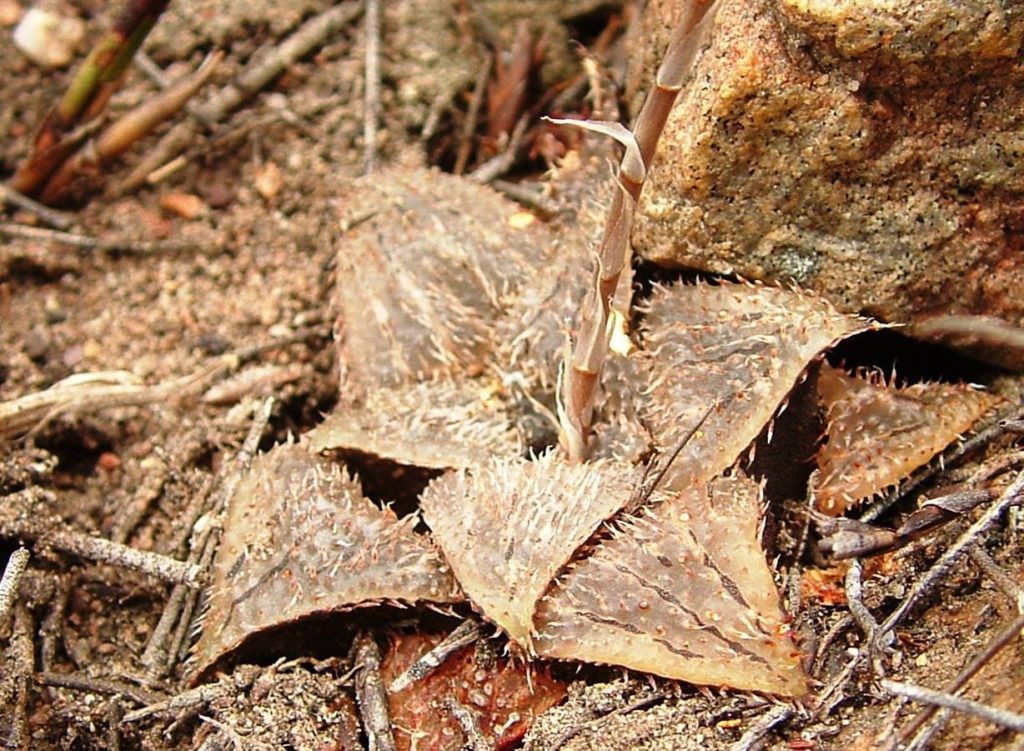
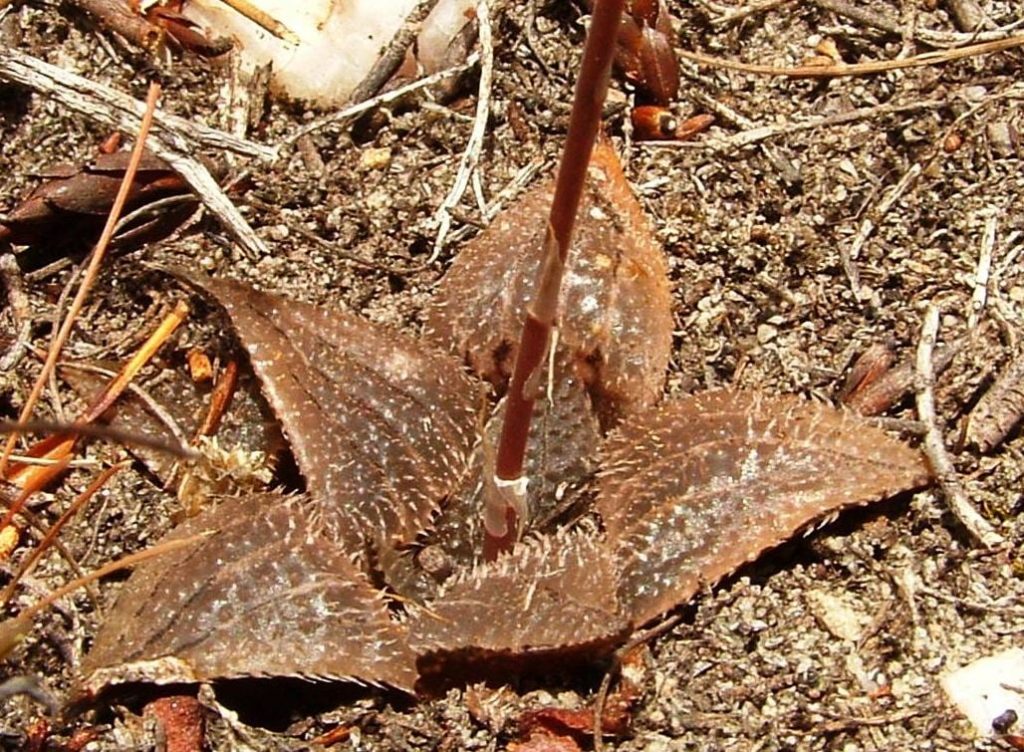
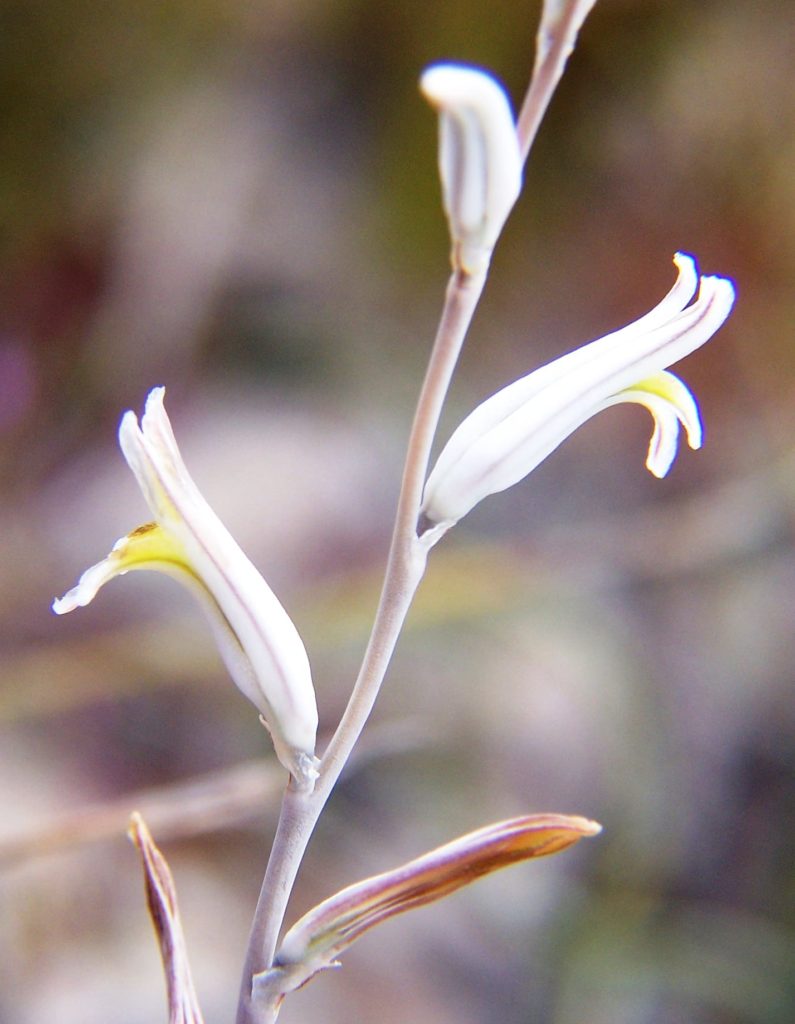
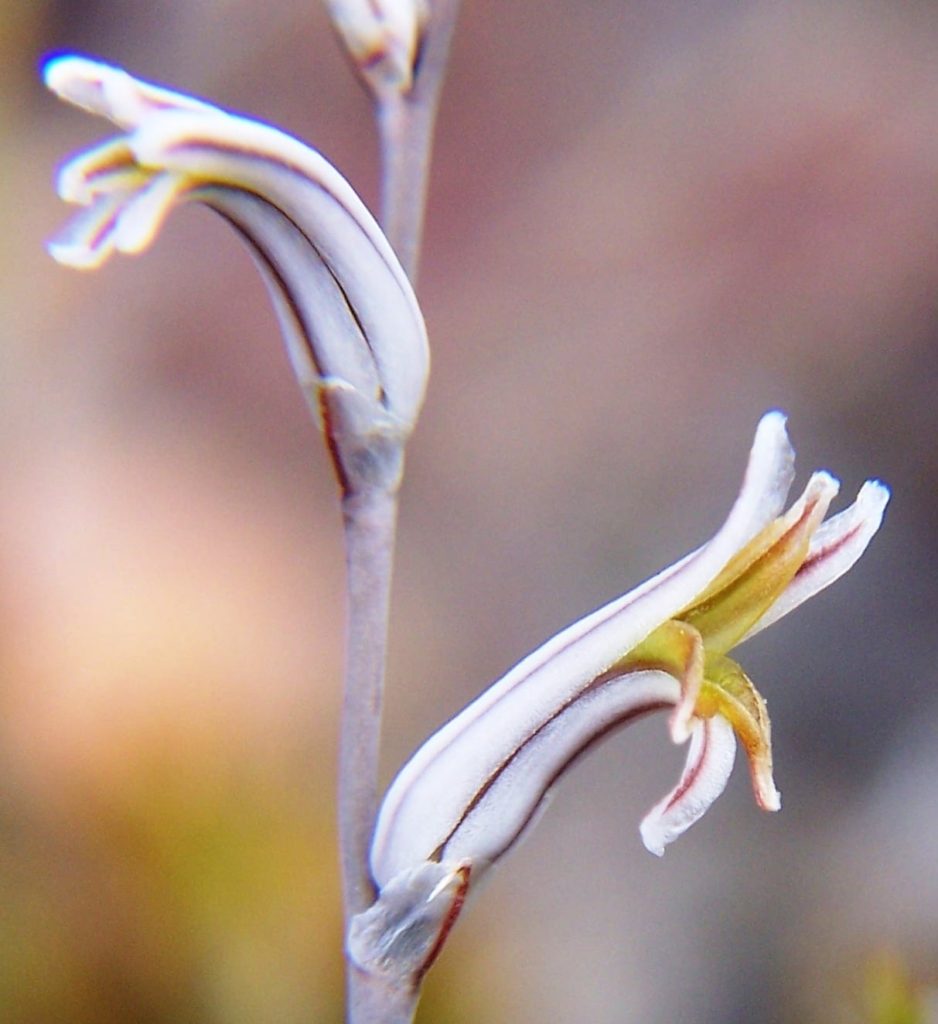

Tony Brook wrote “My apologies Bruce I am not a Botanist but surely the definition and description of Bobbi should precluded the 2 plants which are relatively hairless. Otherwise many other Haworthia would be included in the “species”.”
Bruce Bayer replied “No Tony. this is essentially the problem. I did not consider bobii to be a species. H. mirabilissii the species and the best way of defining species at the moment is by DNA sequencing but rather also by what my definition of species requires. Viz a holistic view of its relationships, similarities whatever, with possible and probable relatives.”
Here is another ‘joleneae‘ population that demonstrates how observations can be slanted to re-enforce propaganda. Someone also sent me an article on Haworthiopsis that is a piece of real modern day journalism. Unable to tell left from right or right from wrong, the writer sits on the fence like a Fiscal Shrike impaling worms on the barbs, i.e. hoping to have his believers (us ordinary worms) accept him as an all-seeing eye of truth. This has plagued me all my writing life! No joleneae is not definitely and distinctly, always glabrous. Some of these pictures even show the mutica shiny speckled appearance those plants can have. Differences between populations are in my observation as much due to the skeletal soil differences (geology) as they are to spatial isolation. I think. Some amazing individuals here.
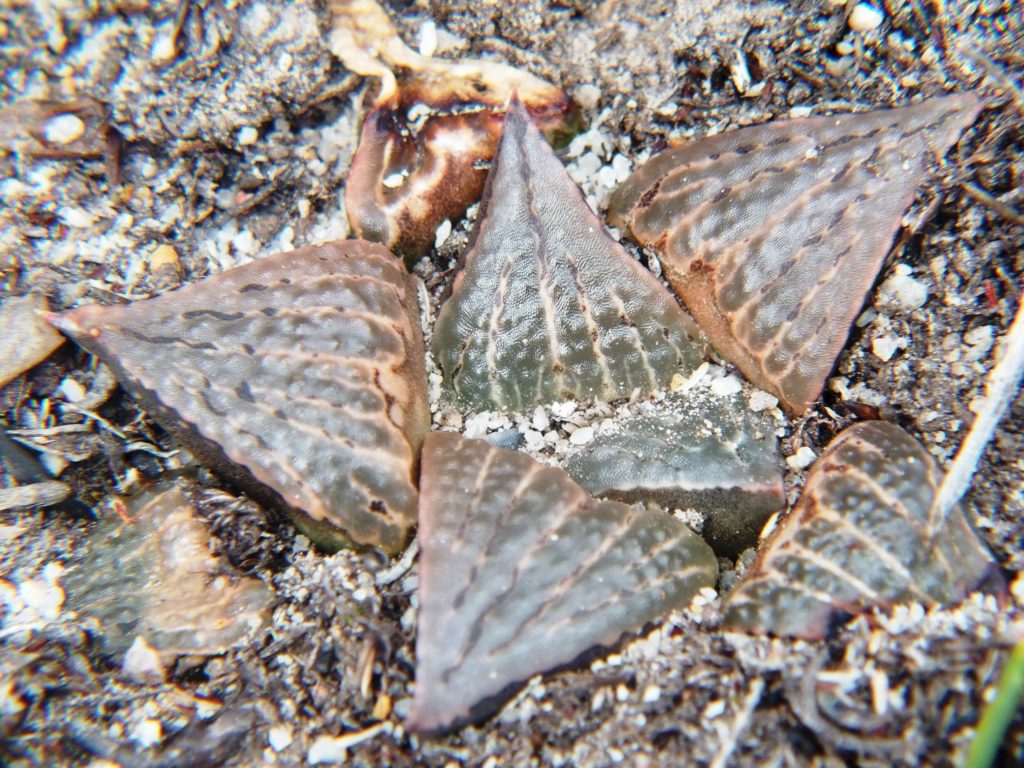
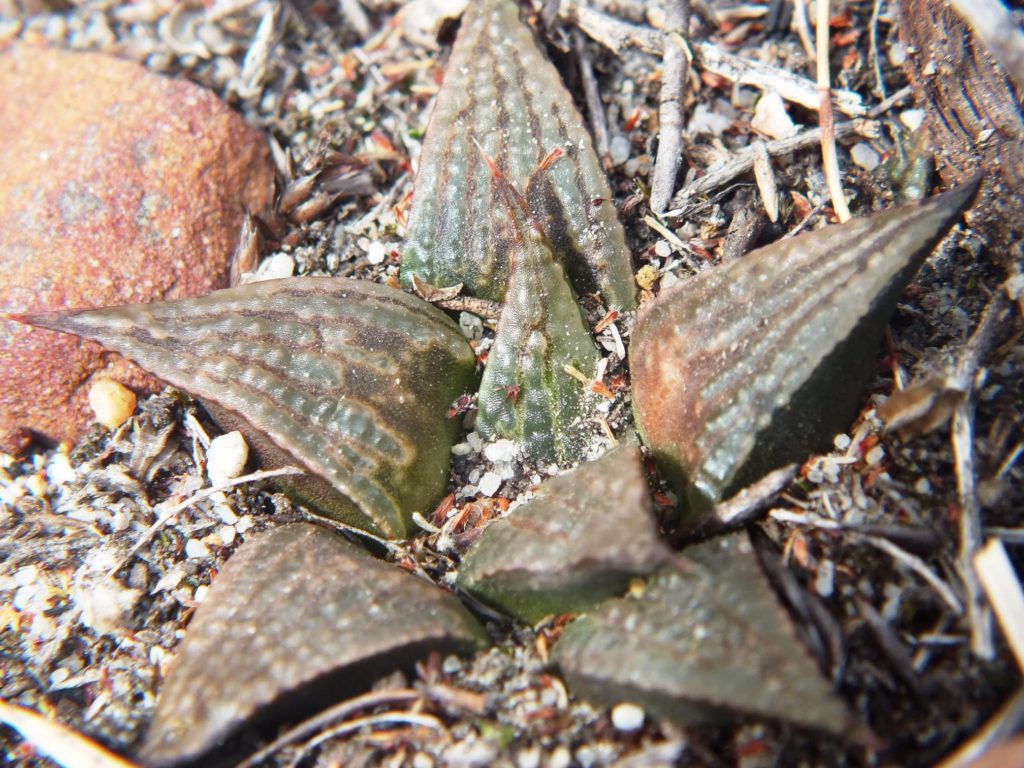
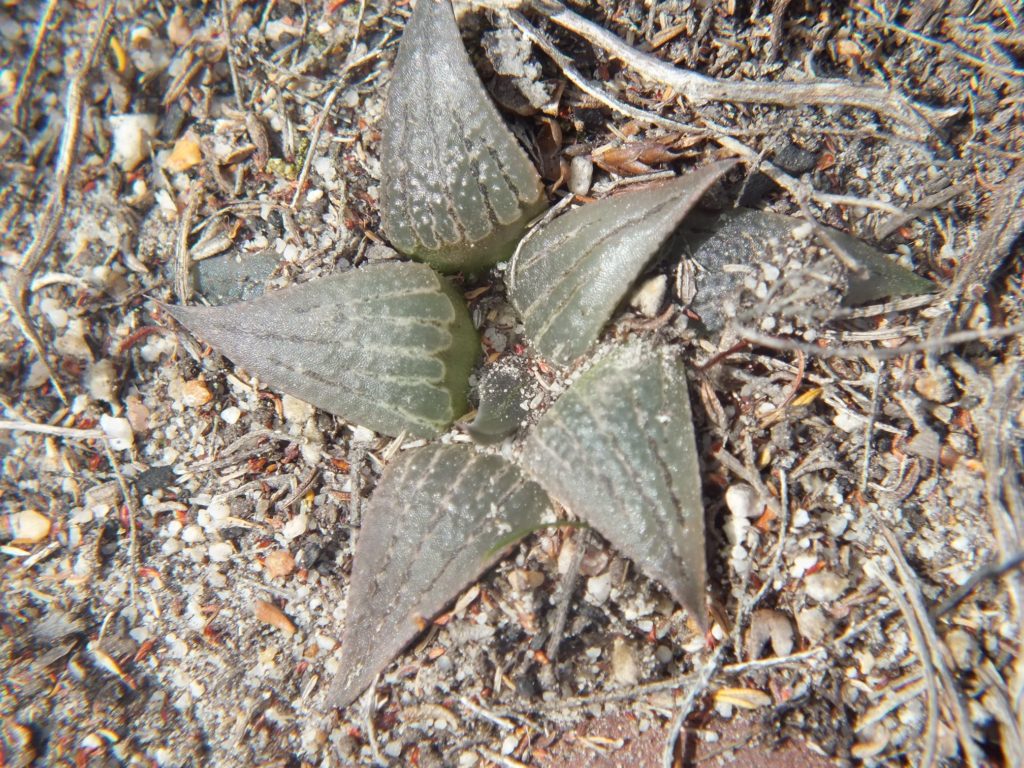
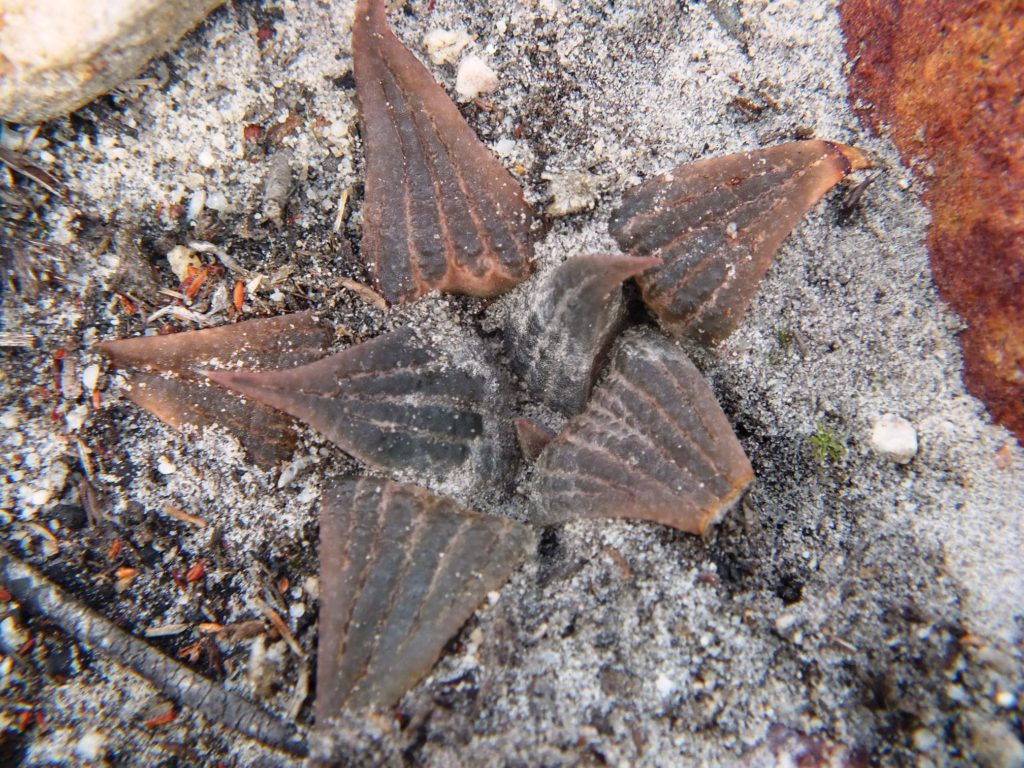
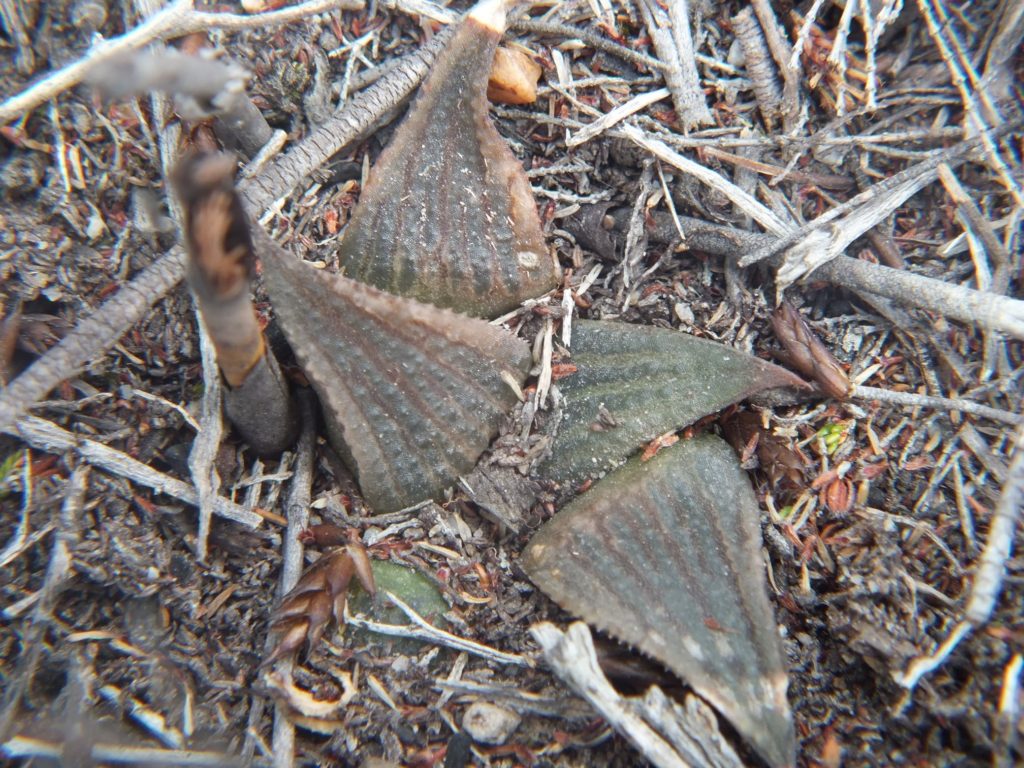

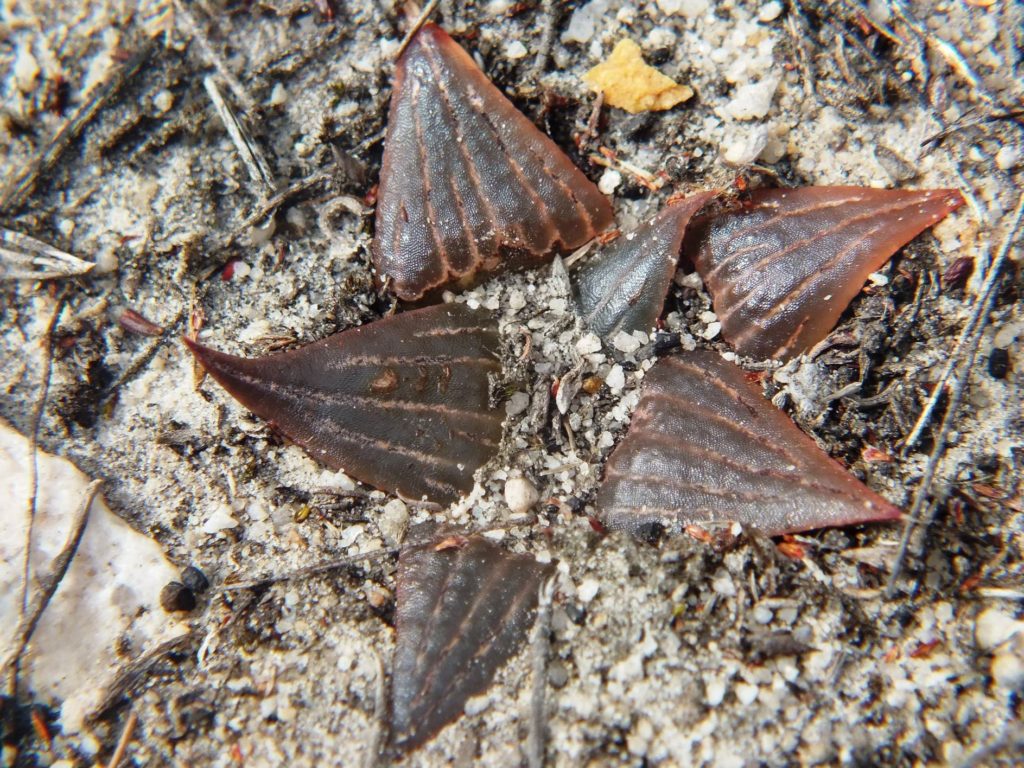
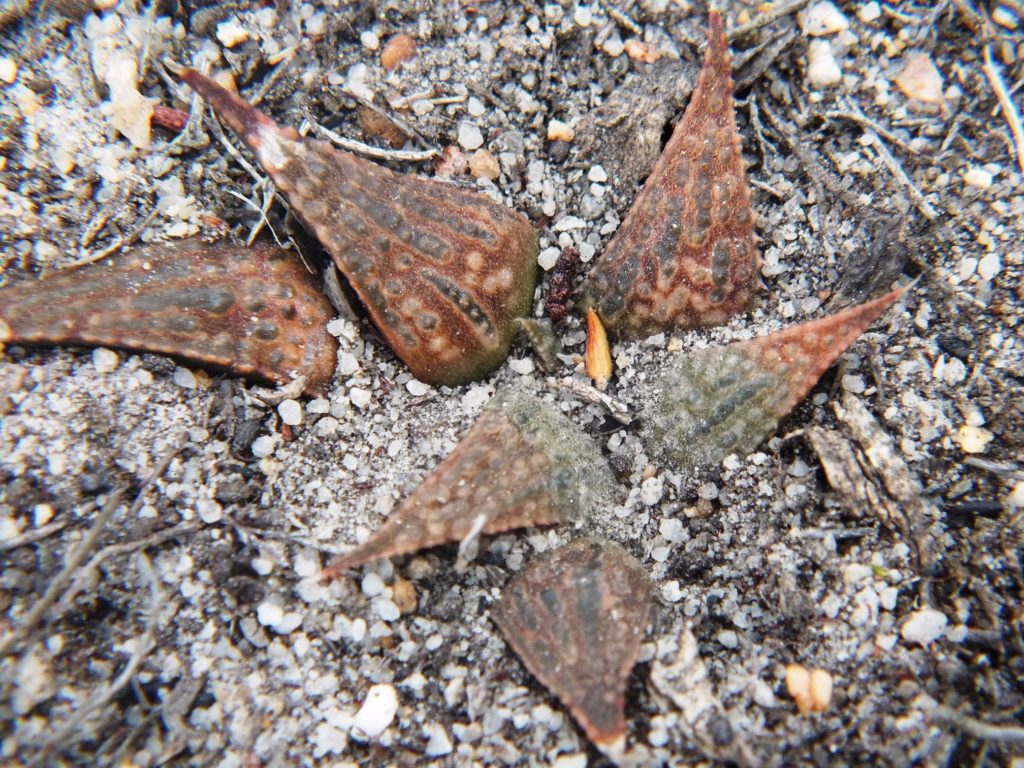
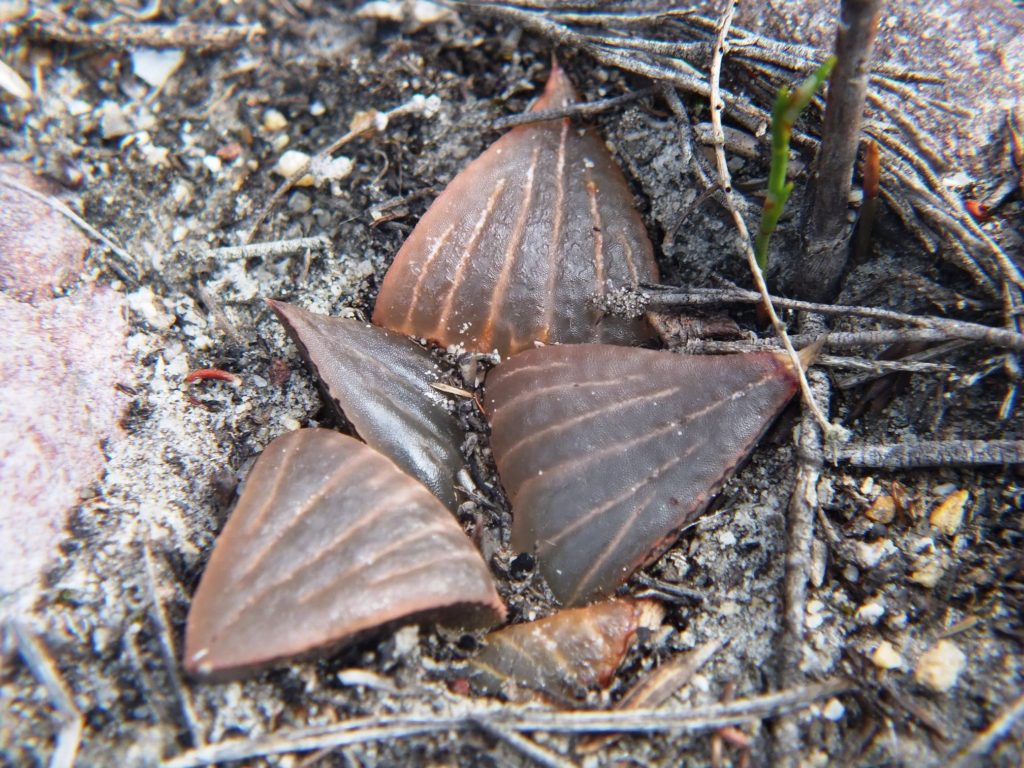

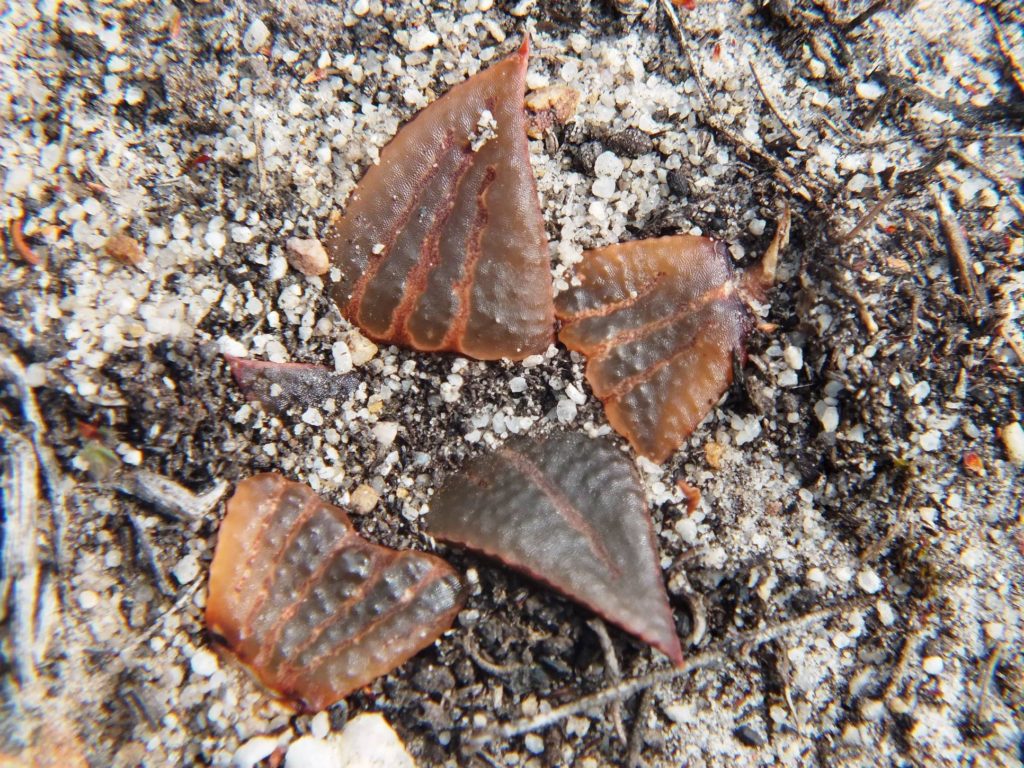
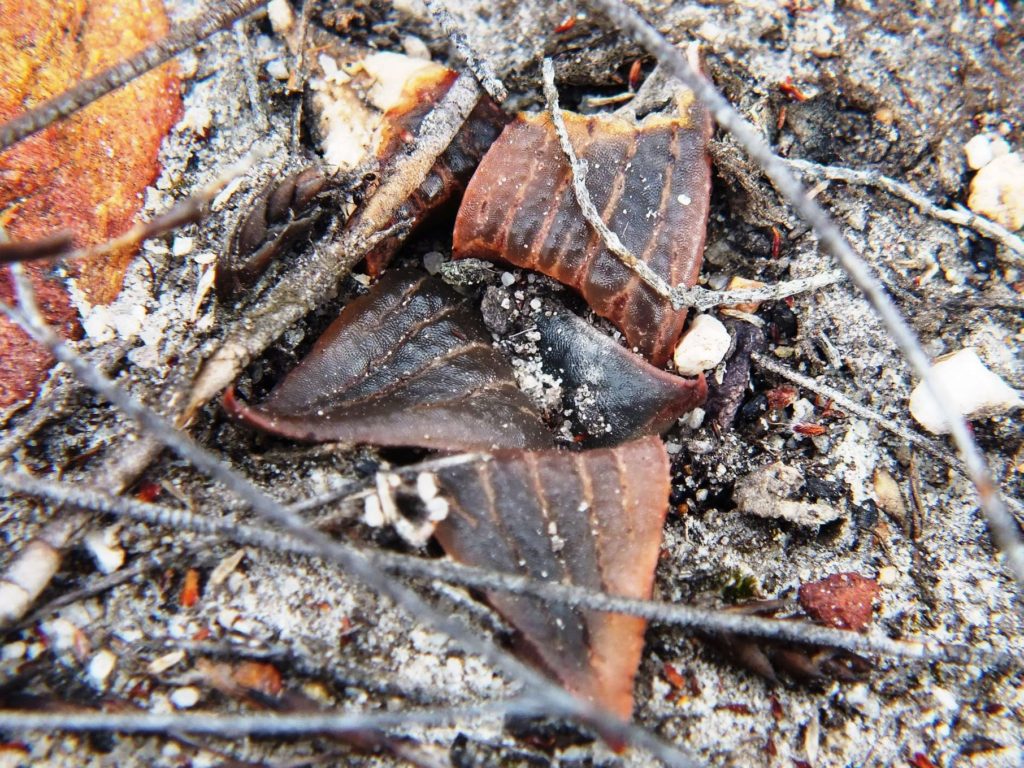
So let us move on because there are still surprises and unpalatable truths. While we have seen mirabilis ‘bobii‘ from the sandstones of the Potberg itself, we need to see what mirabilis does on the geological confoundment of the flats north of the Potberg. First there is Melkhoutfontein and I assume that this is included in the concept of “joleneae” (that I usually misspell). It really should be H. mirabilis ‘joleneae‘ and just forget formal process. It is not possible to regulate and manage the welter of names. An attempt was made to register Aloe cultivars, but if this is practical I doubt. It is senseless to argue there is no continuity from ‘bobii‘ to ‘joleneae‘. This just upholds a nonsensical humongous heap of formal binomials to argue about and ignores the many more things that attract either no aesthetic attention or commercial interest. Joleneae is on the terrace cobbly sandstone as a simply descriptor.
It occurs to me. Joleneae is claimed to be consistently glabrous. This comment disregards the electron microscopy “work” done by Dr. David Cutler of Kew that I reported on in Updates. It is obvious from these pictures that the plants are incipiently hairy or spinose whatever is correct. we simply cannot properly assess the real nature of individual characters like this. Just for recall – there was an amazing paper written on the cladistics of the Aloids published in Taxon (about 30 years ago). Whoever peer reviewed that paper prior to publication deserves serious censure. Barely a character state is correctly stated.
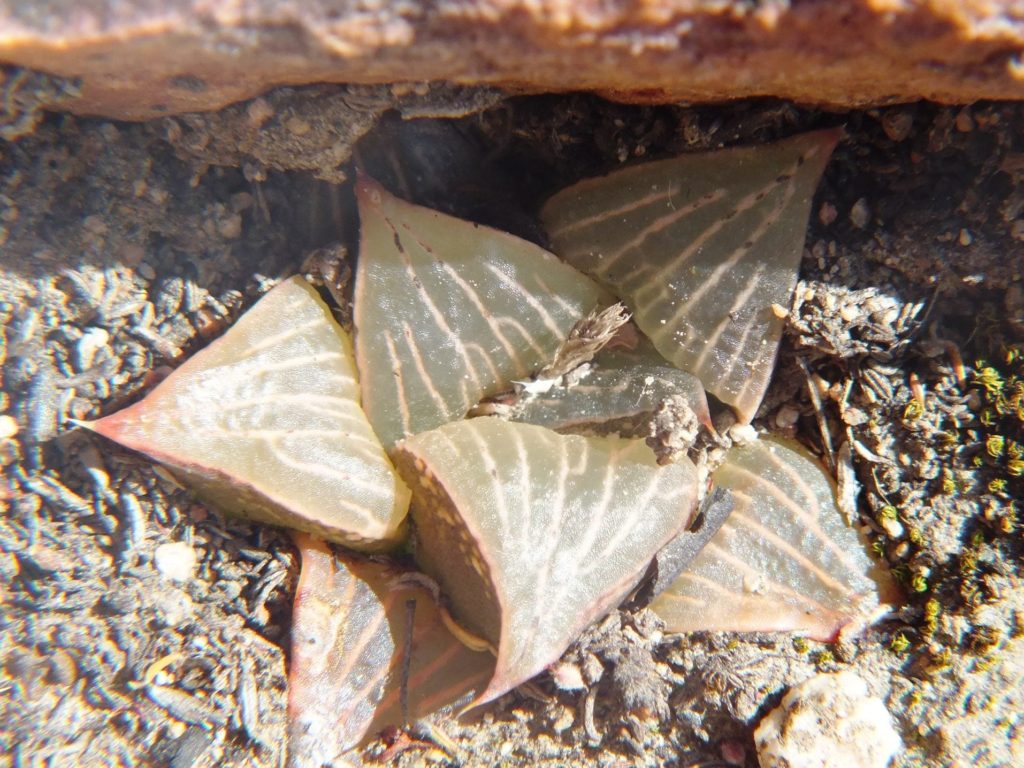

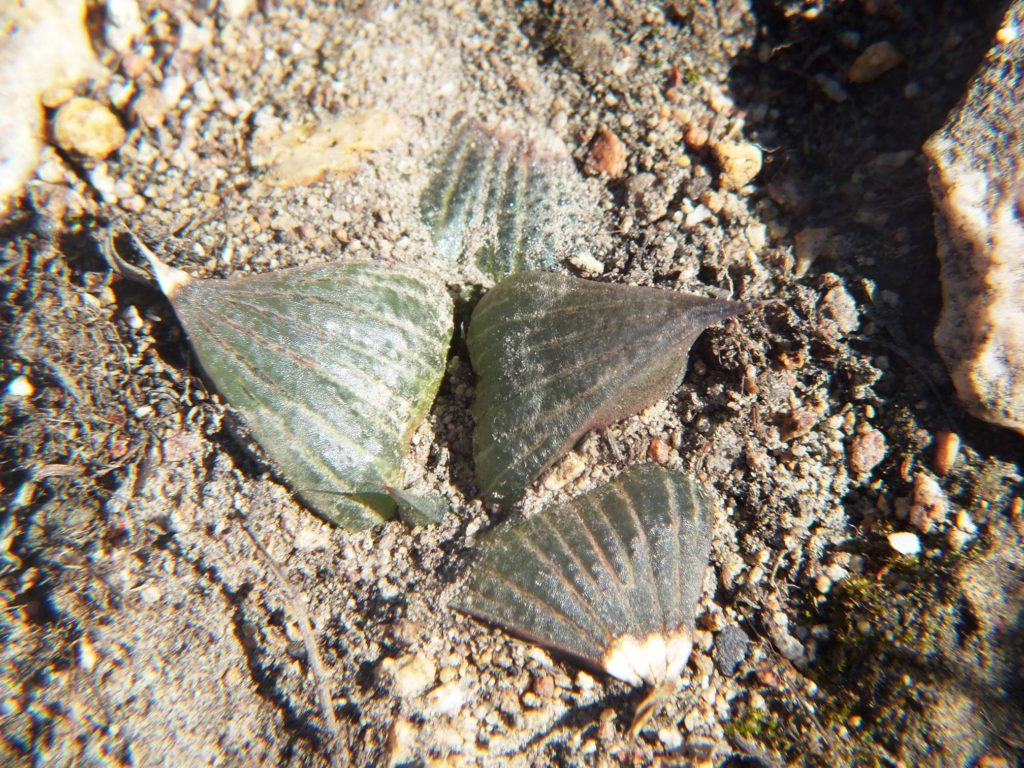
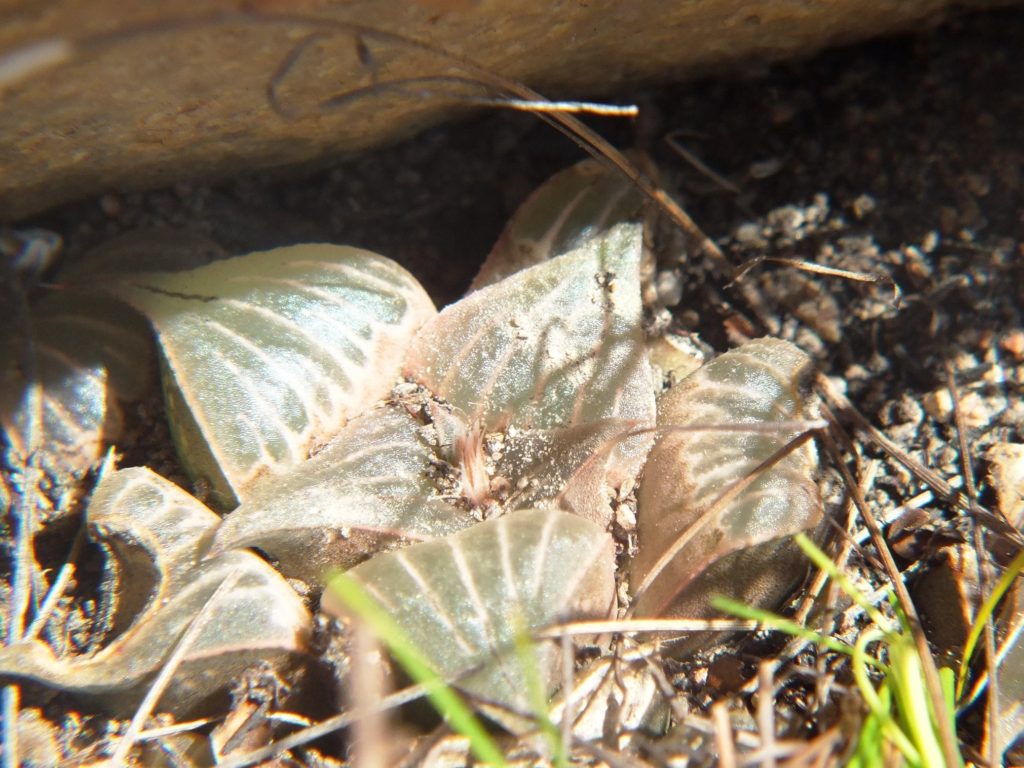
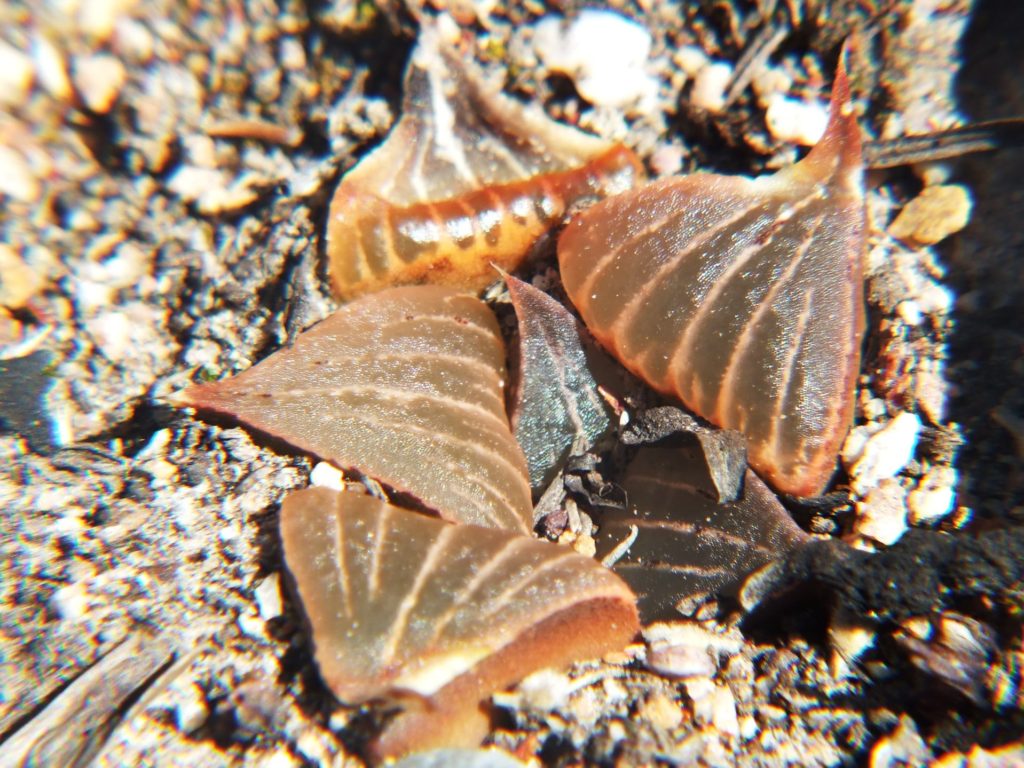
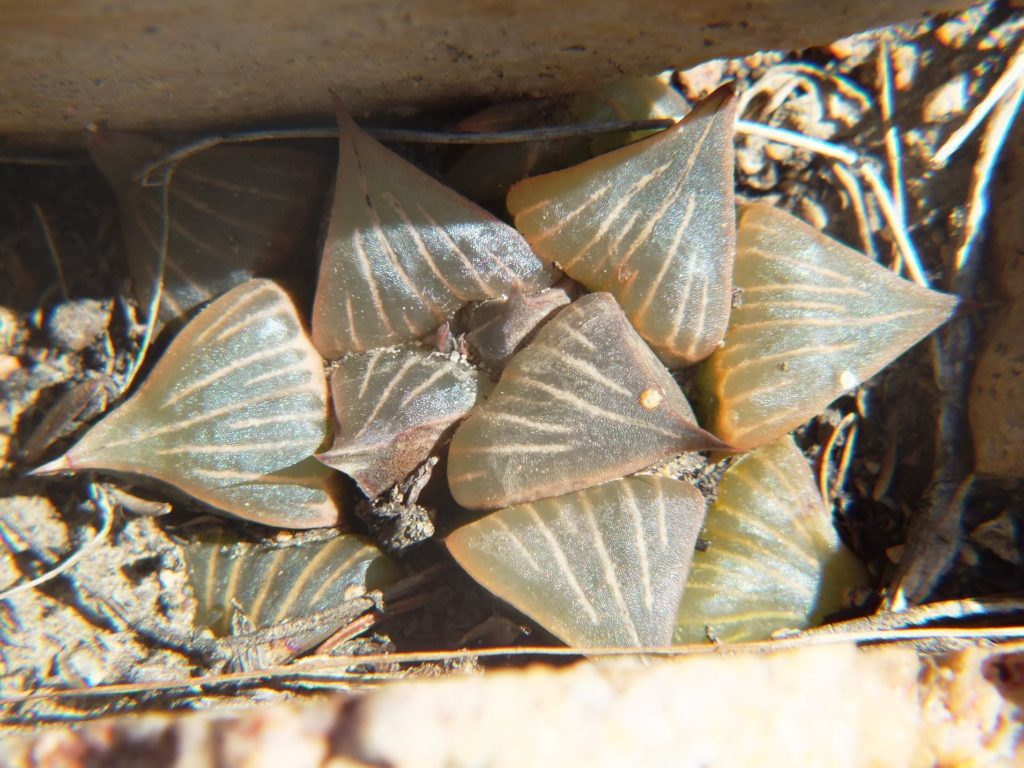
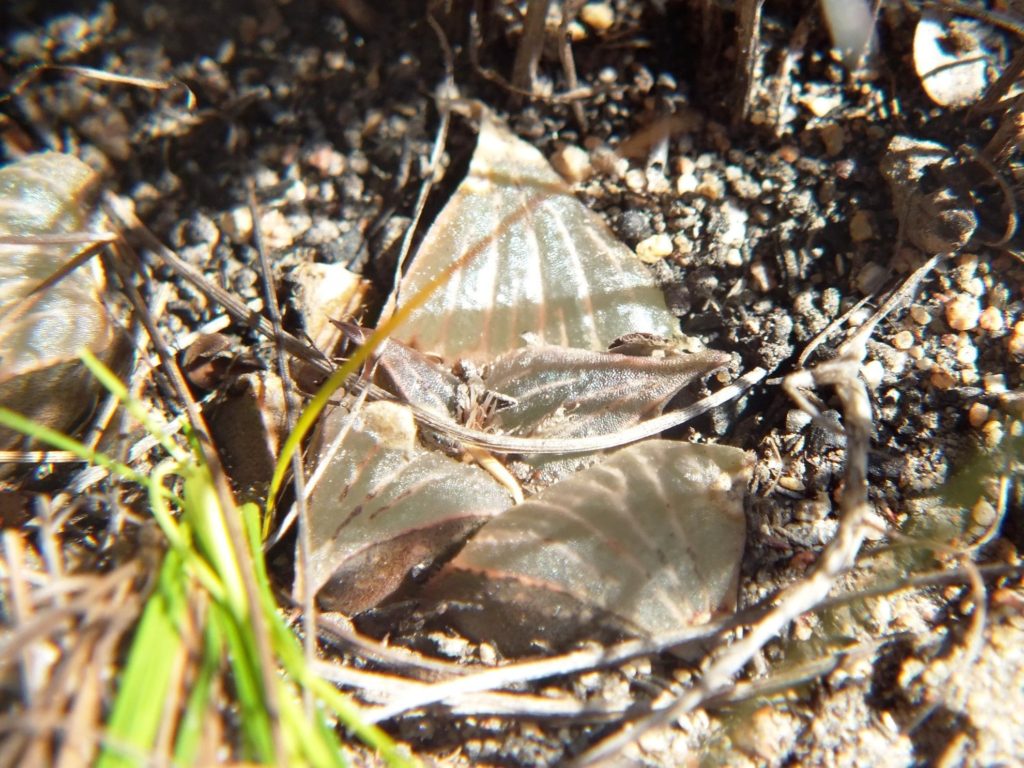
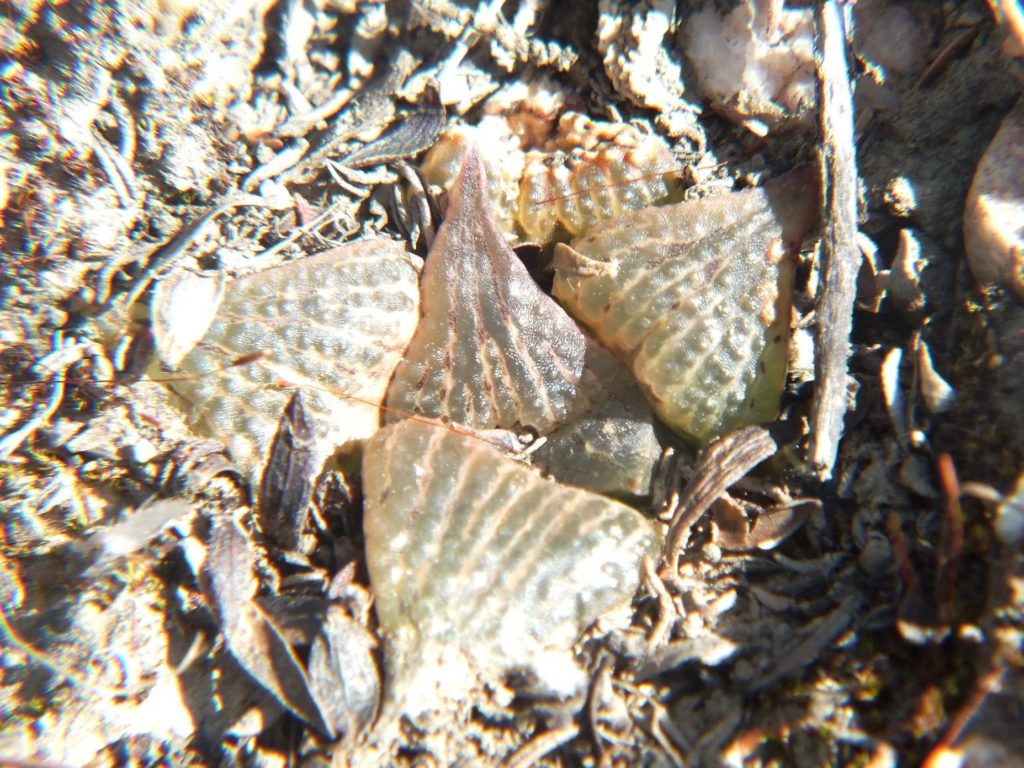
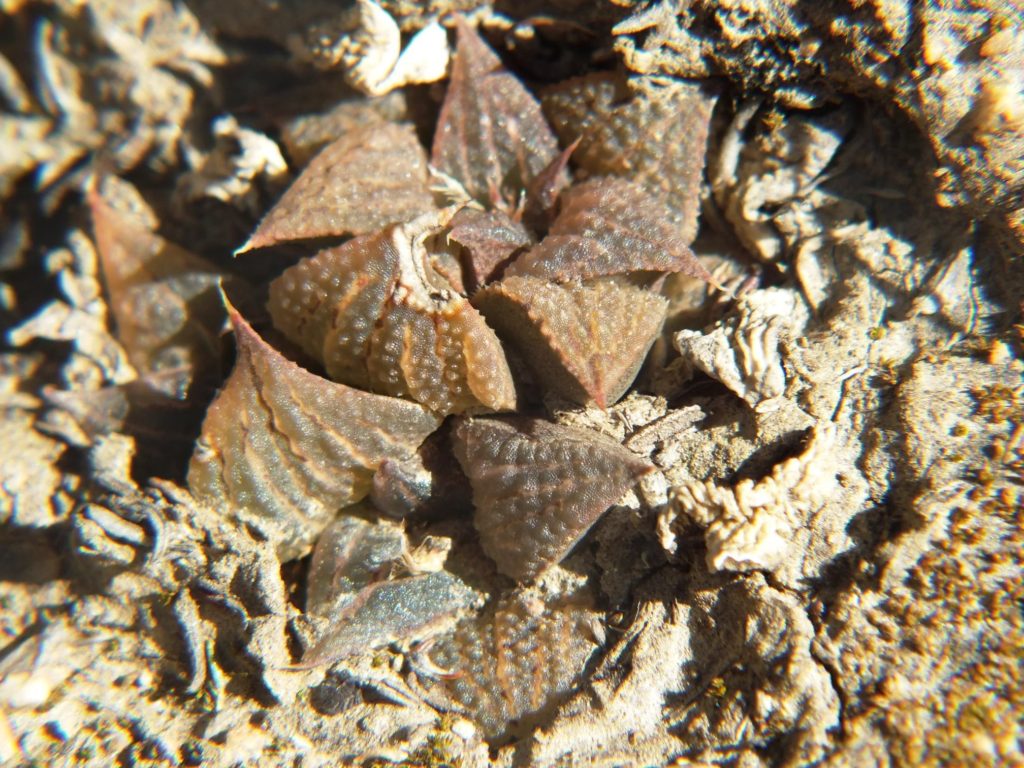
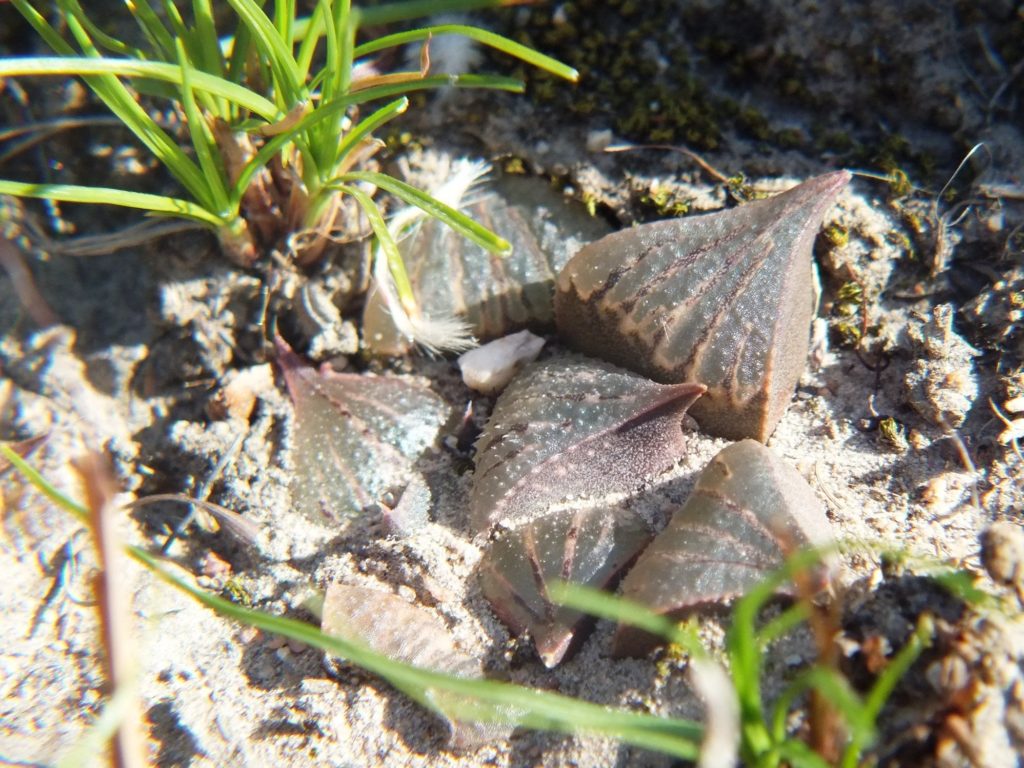
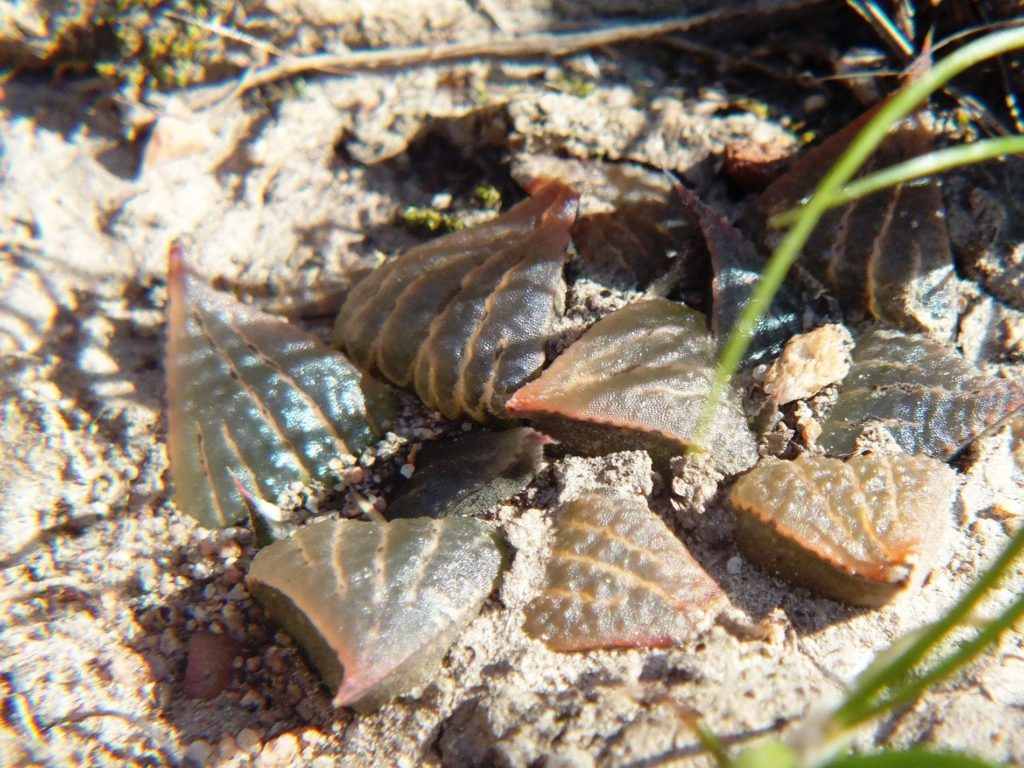
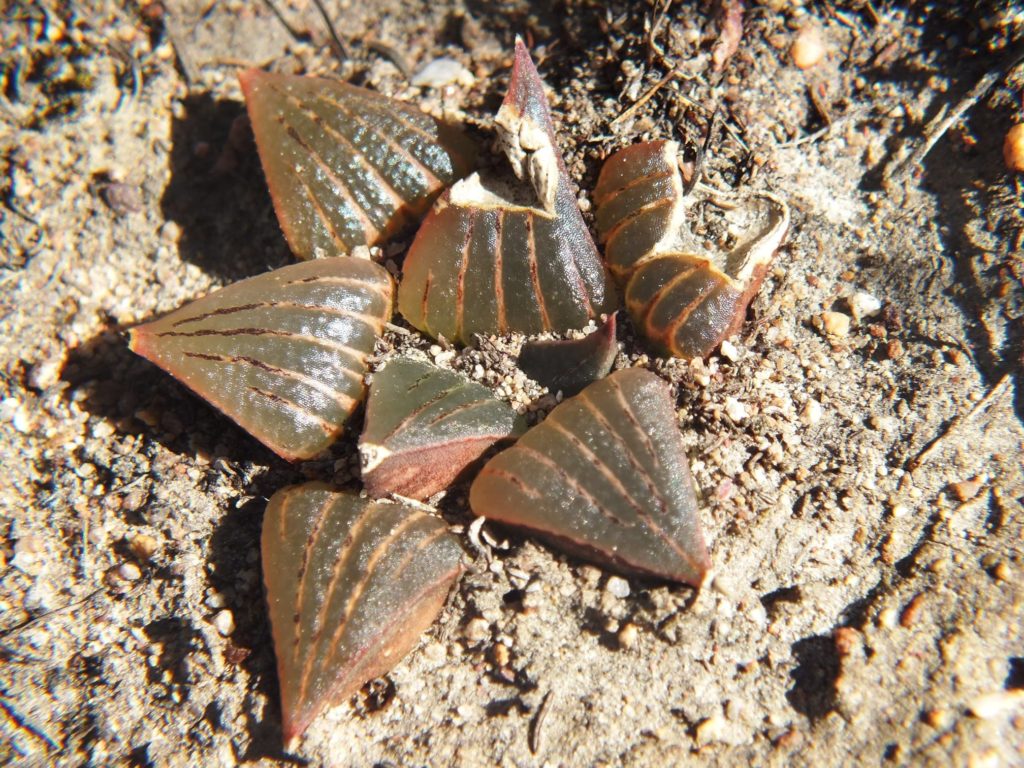
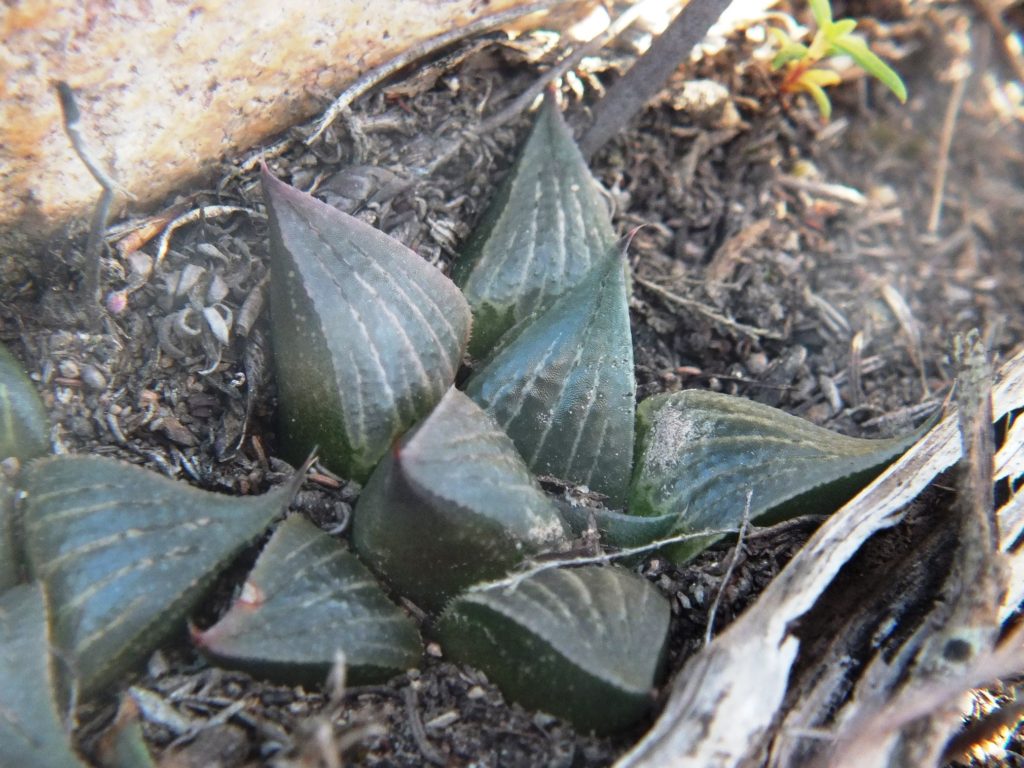
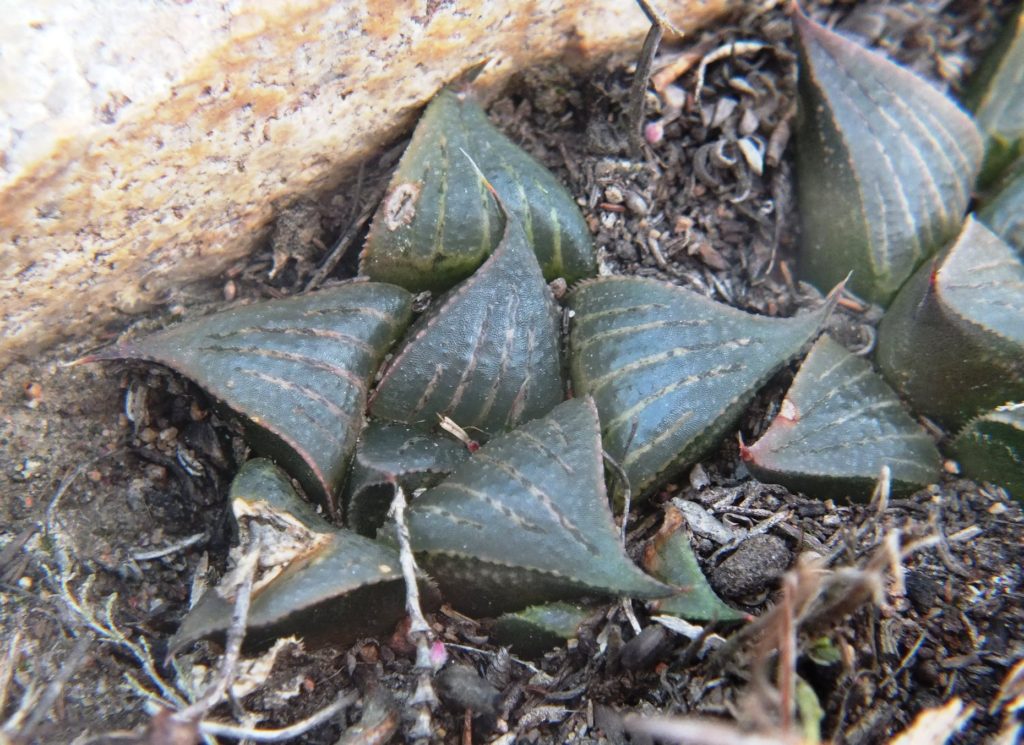

What it needs to is for the thought leaders, like editors, society committee members, media notaries etc. to get their act together and seriously consider what their role is in the mess of argument and infighting. I have suggested now a solution where at least in Haworthia we can (if we so choose) admit the spider web and set-out how to communicate about it. Perhaps we need to identify the mafia who have vested interest or are just too intellectually lazy or impractical to even want agreement.
Is this and that getting too much for you? Still ‘joleneae‘. It is a useful name, but not actually the issue. At this place Tulista minima (I am gobsmacked that some over zealous mind has decided it is actually T. minor – I suppose this name change in intended to avoid confusion!!! ) as does H. variegata ‘hemicrypta’. So I include hybrid pictures. The two species do not directly share habitat. Stoffelsriver.
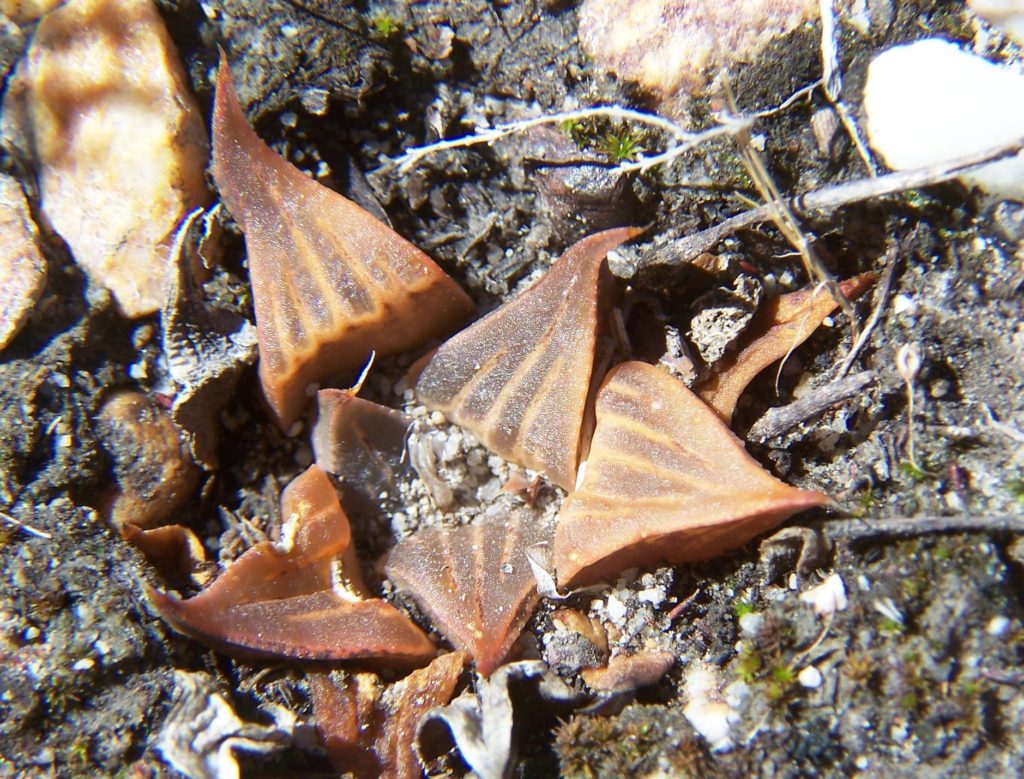
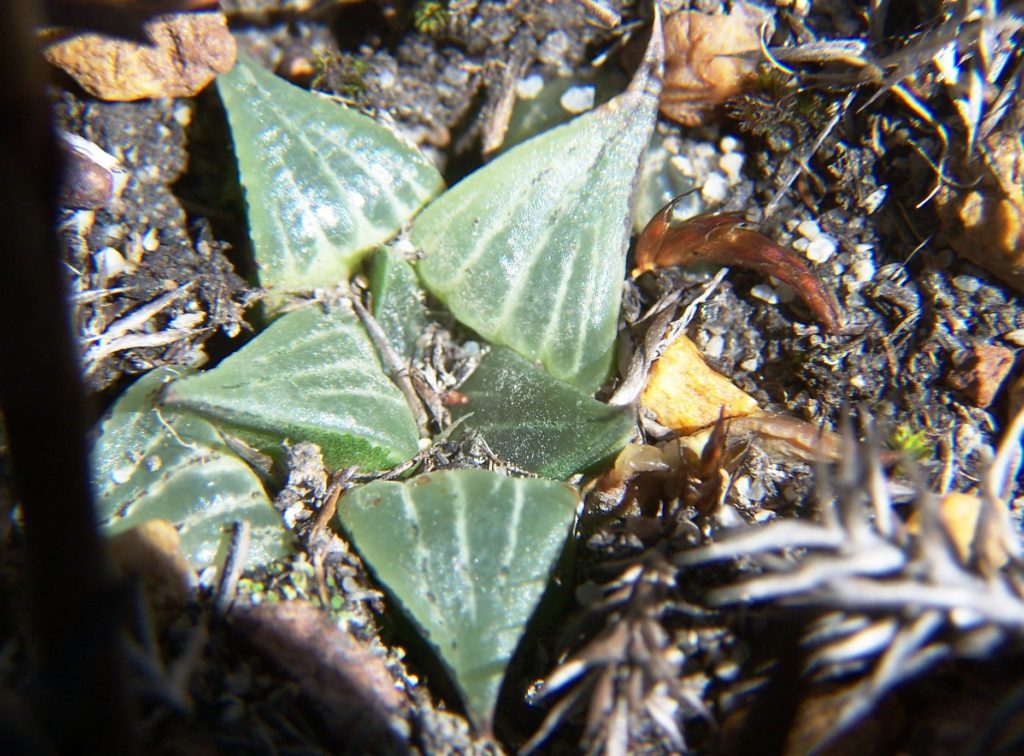

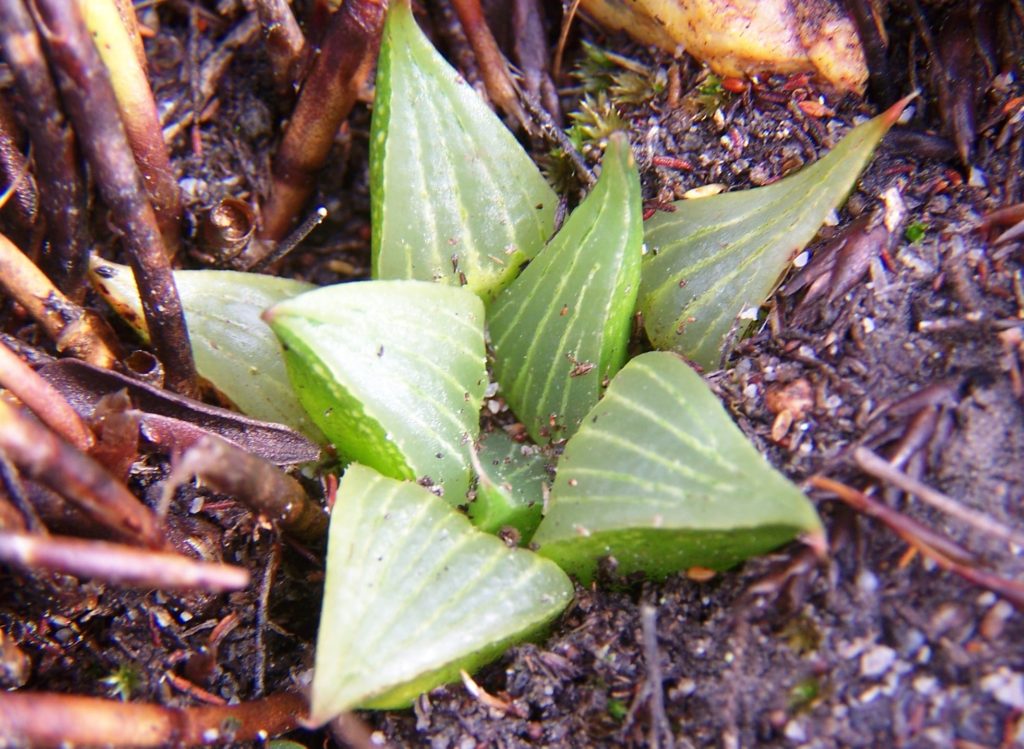
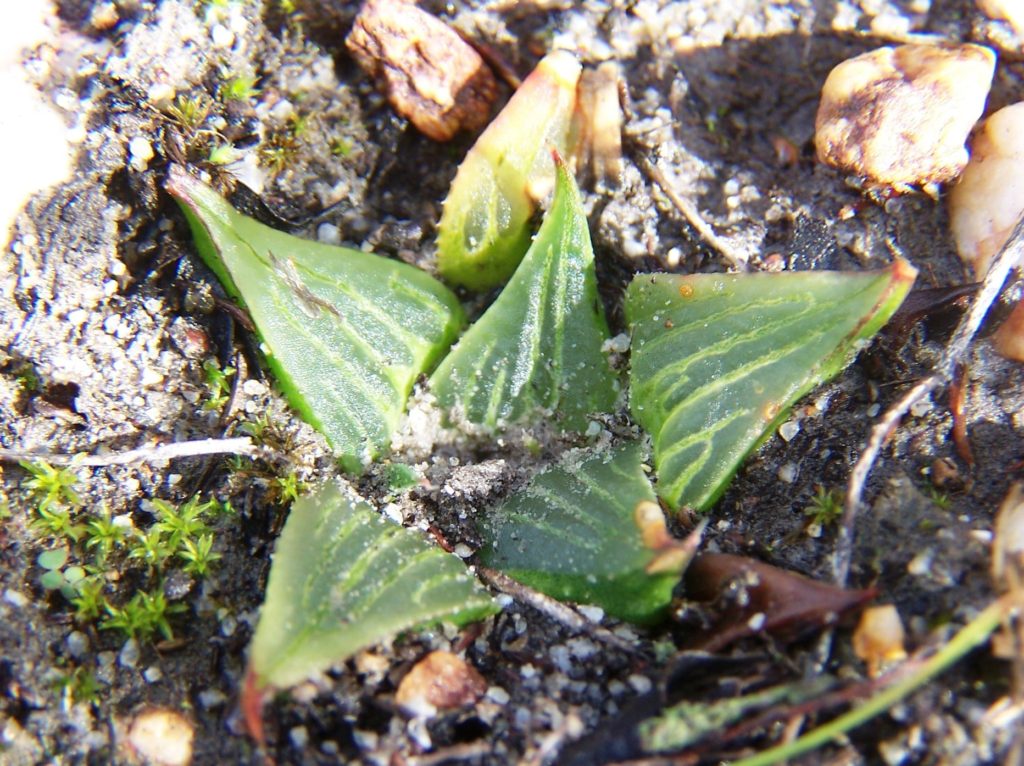
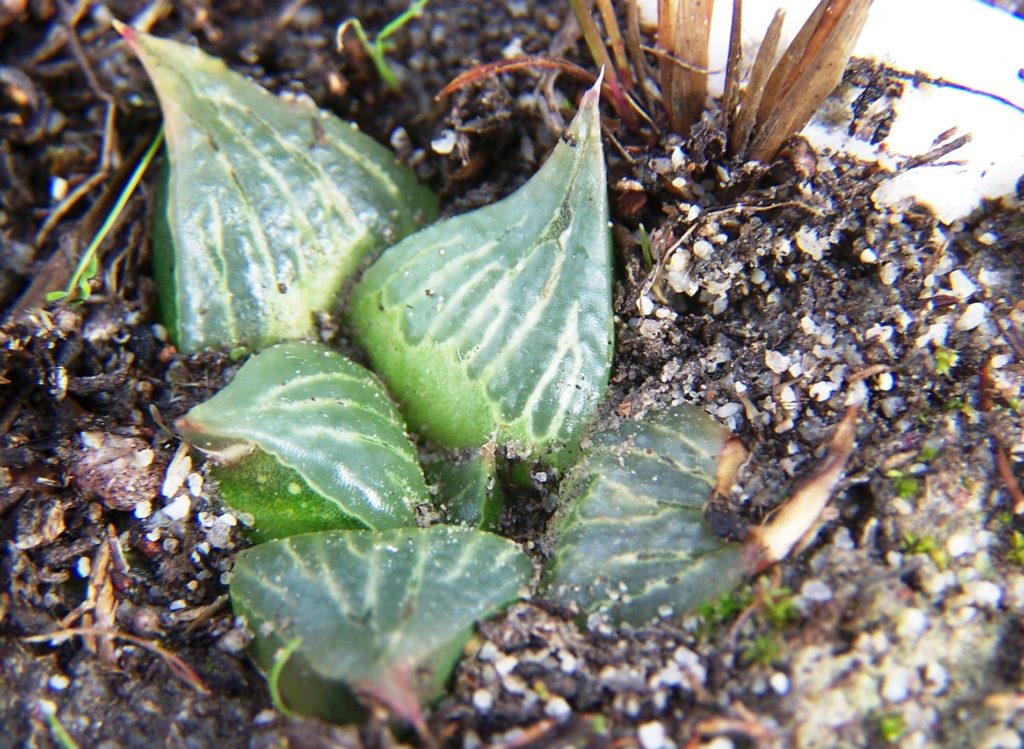
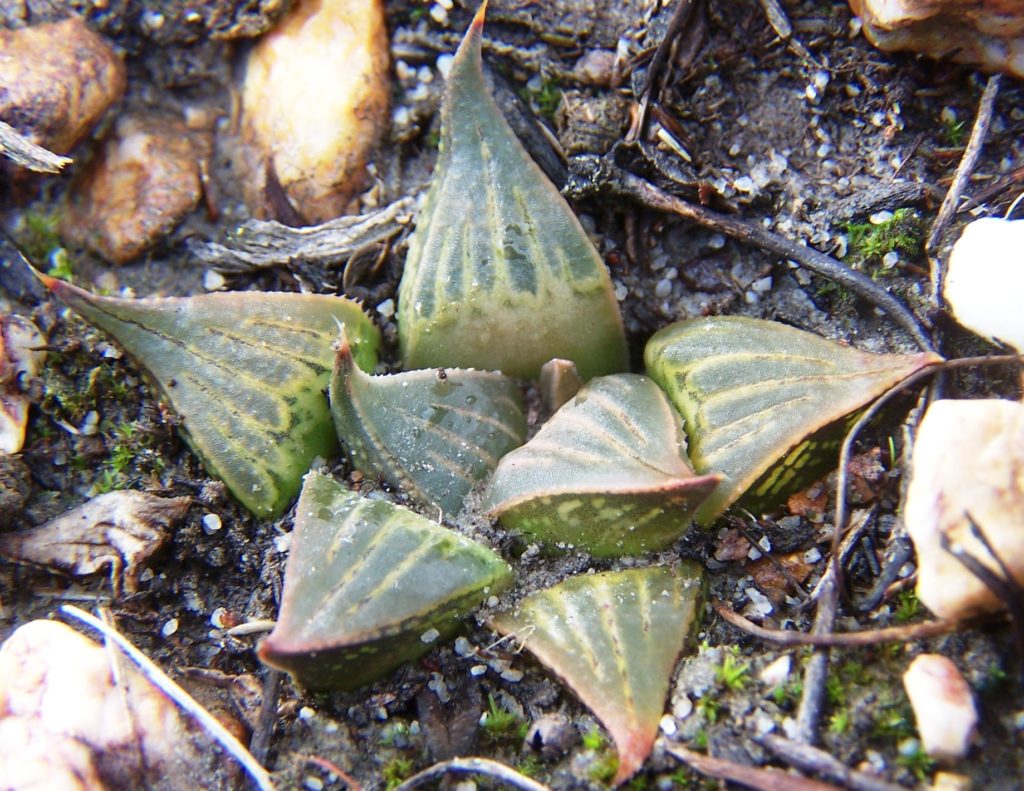

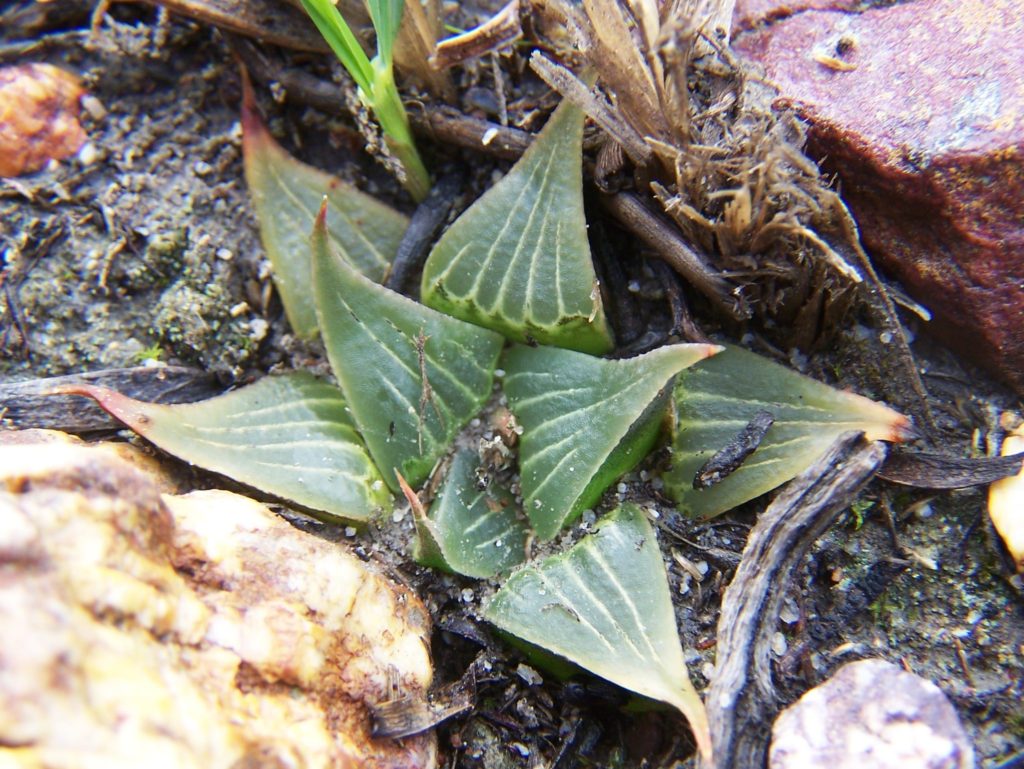

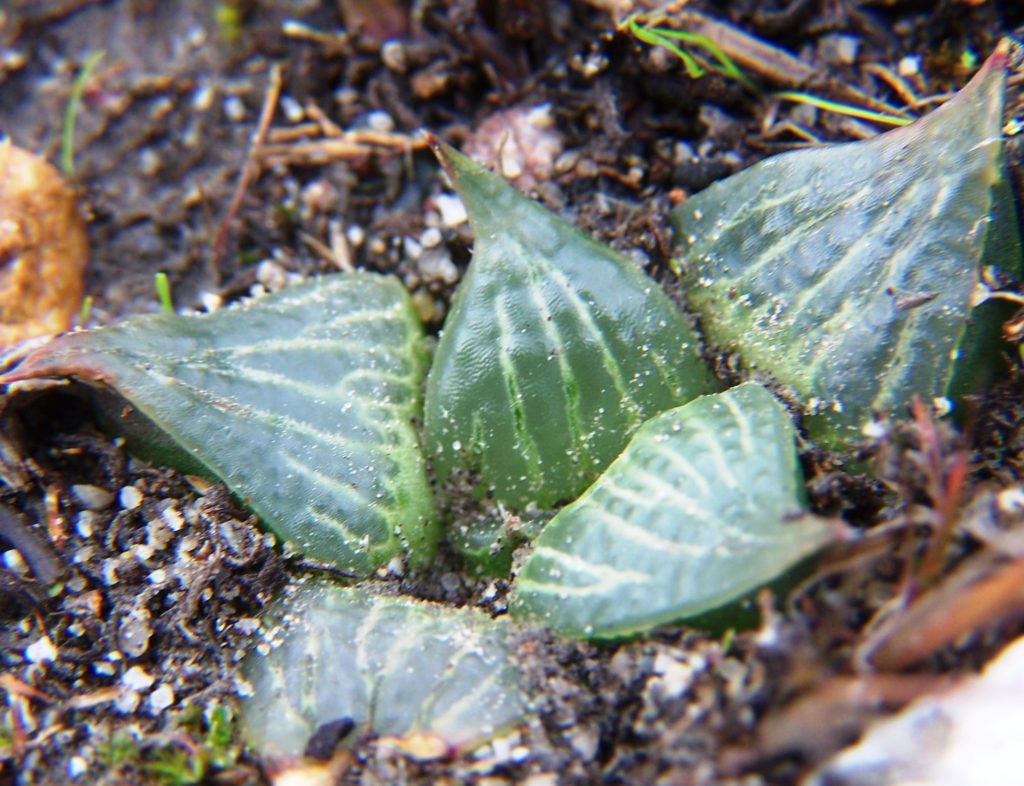
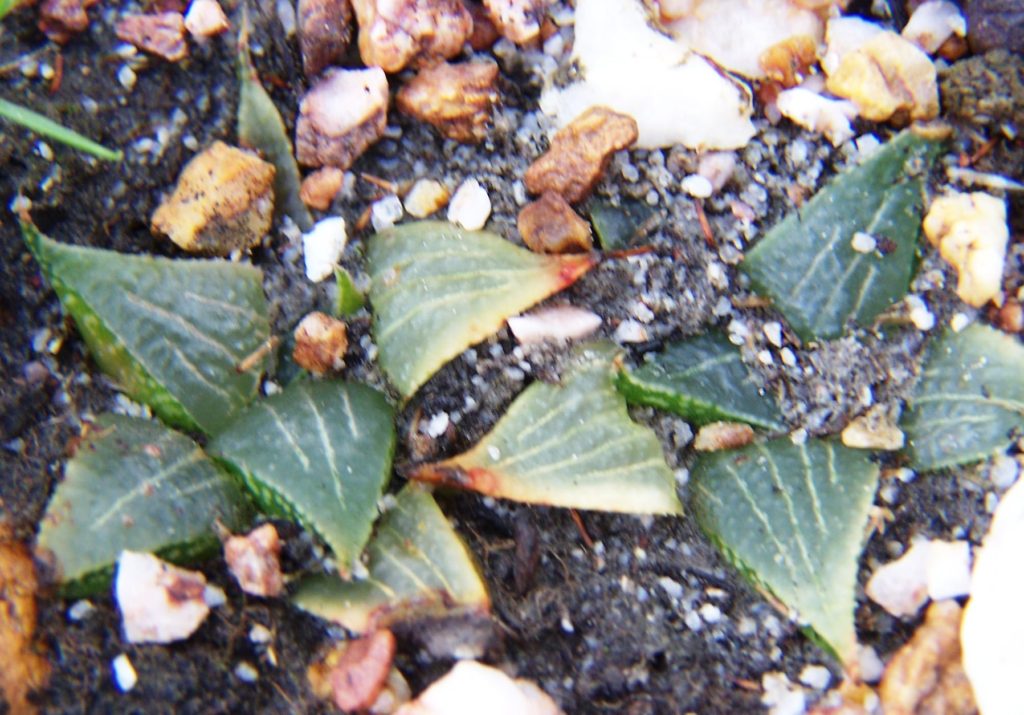
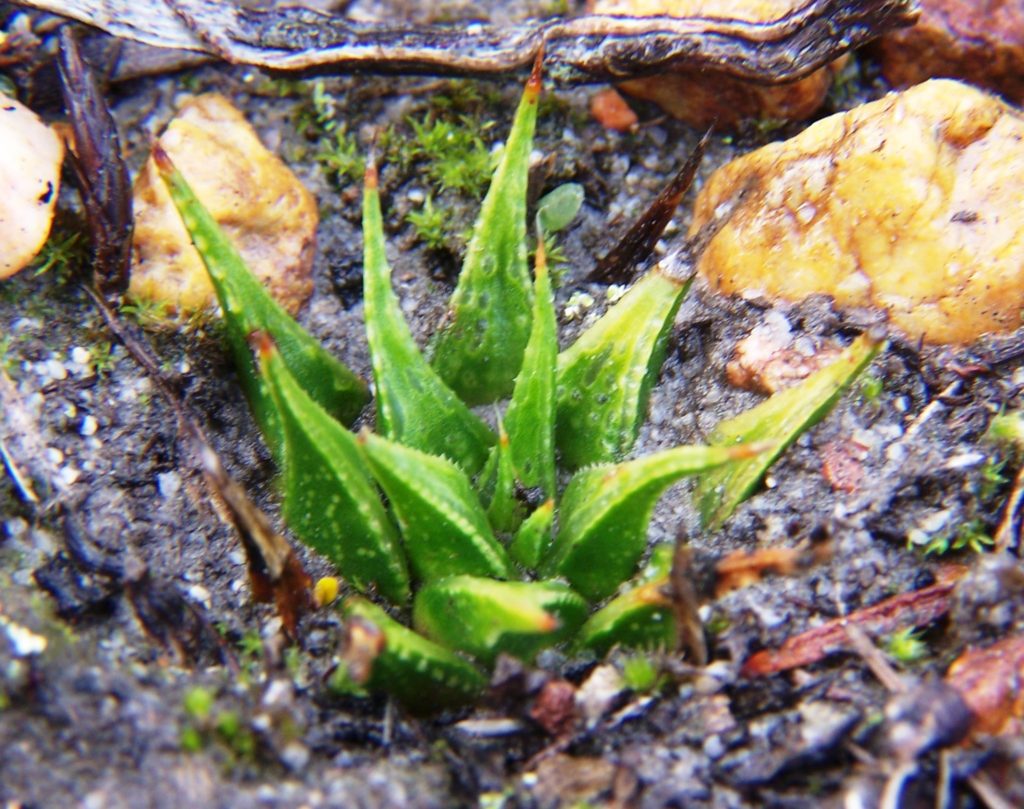
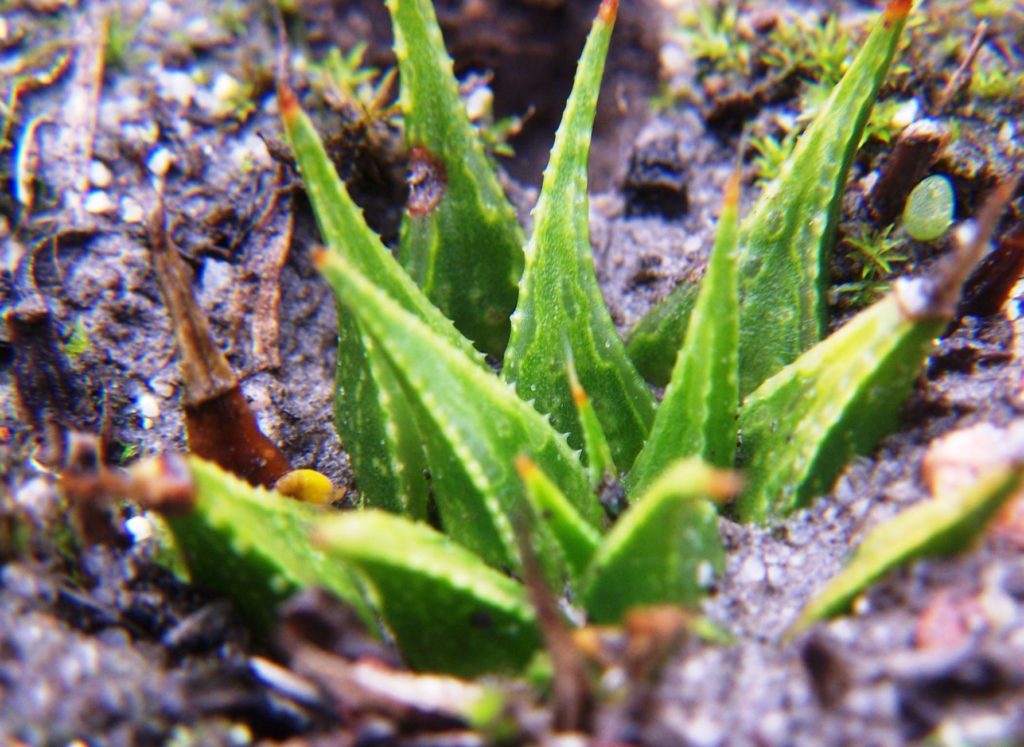
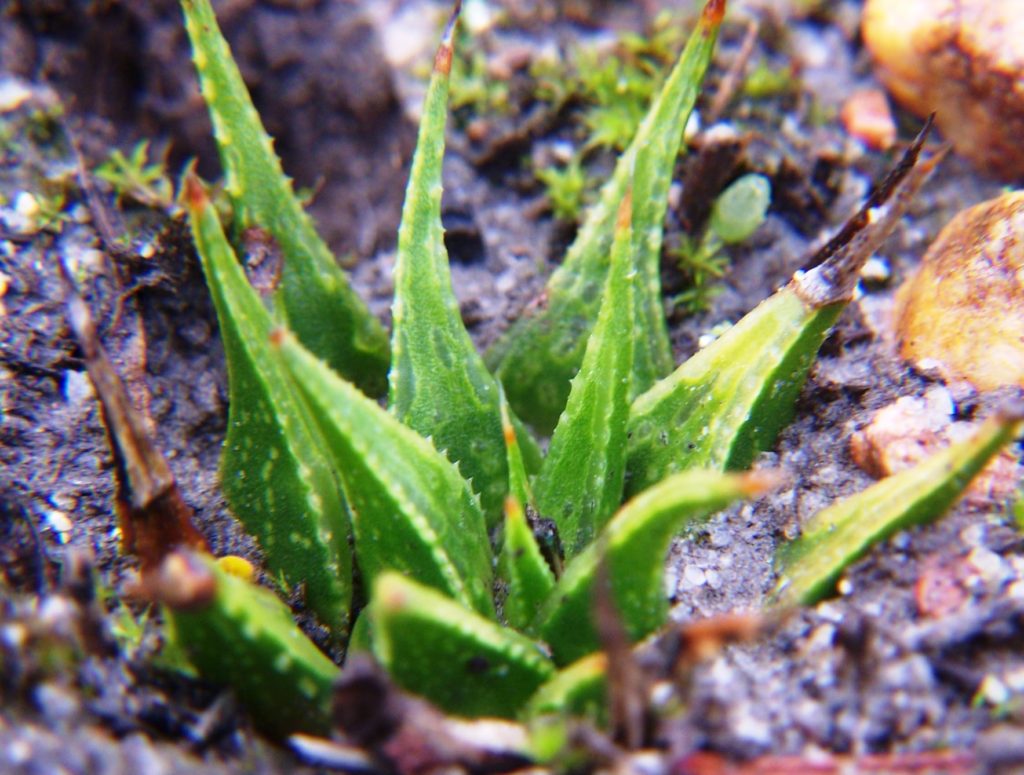
Here is a map of the north Potberg area to highlight the significance of geology and its impact on floristics/vegetation/plant species. It is a complex situation with deposited materials overlying basic formations and erosional effects. The white material to the higher left are eroded and decayed shales that result in banks of white clay much like elsewhere towards Riversdale and Heidelberg. Is it surprising that the retusa/mirabiloids adjust and adapt accordingly. Why do these plants differ so much from joleneae/bobii/paradoxa and switch to resemble atrofusca and floribunda?
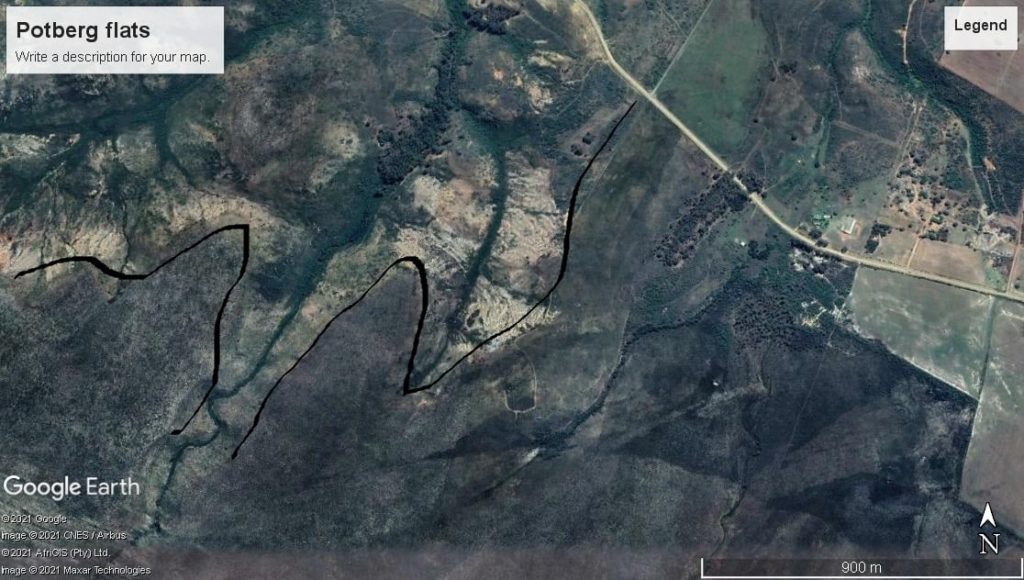
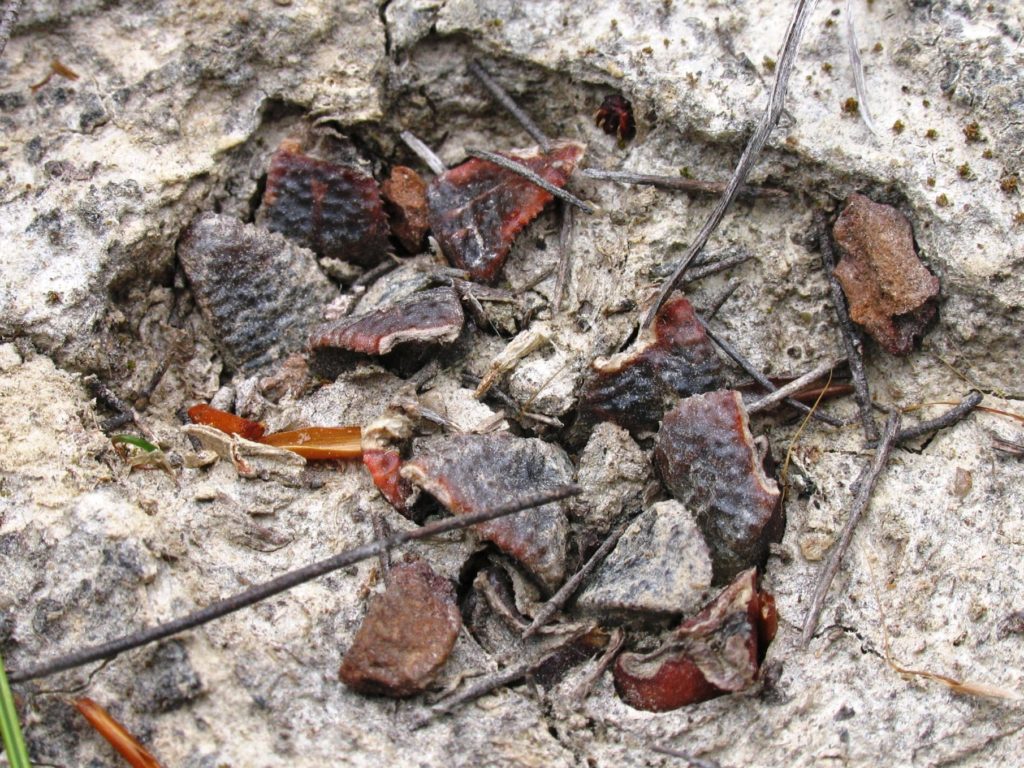
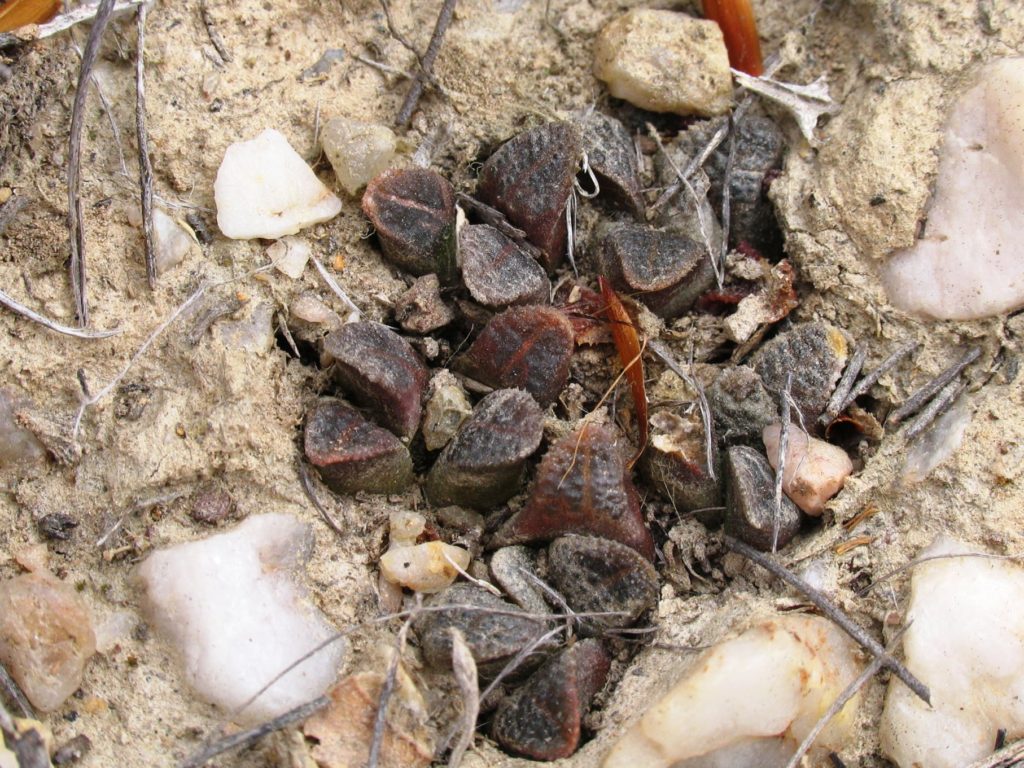
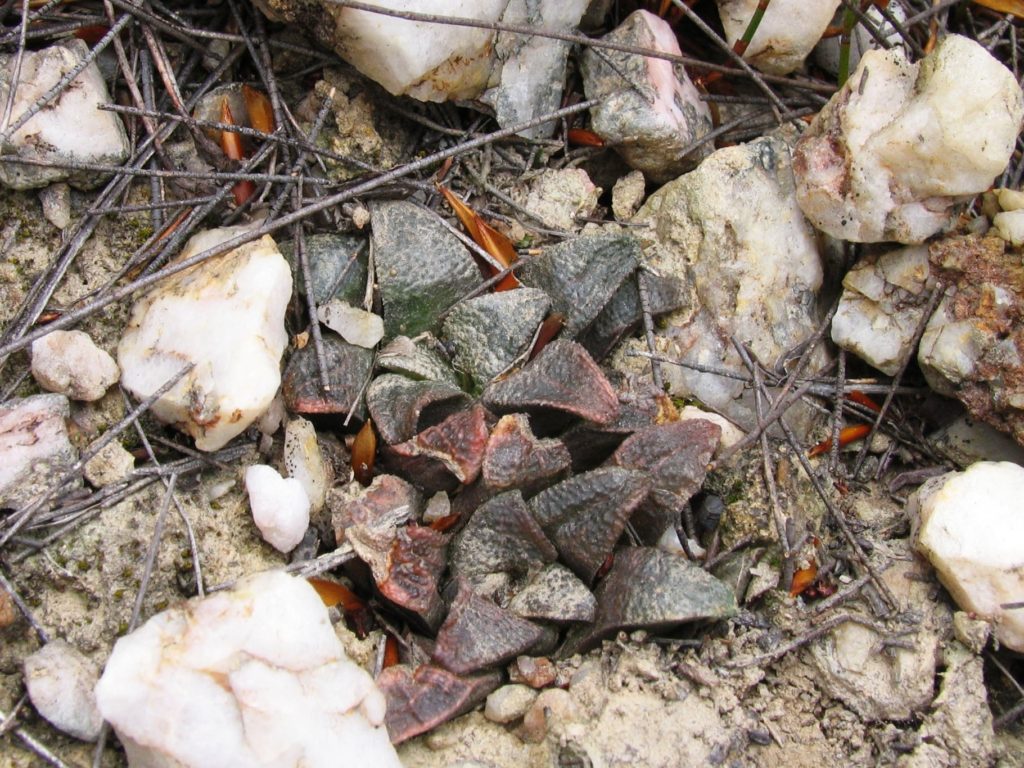
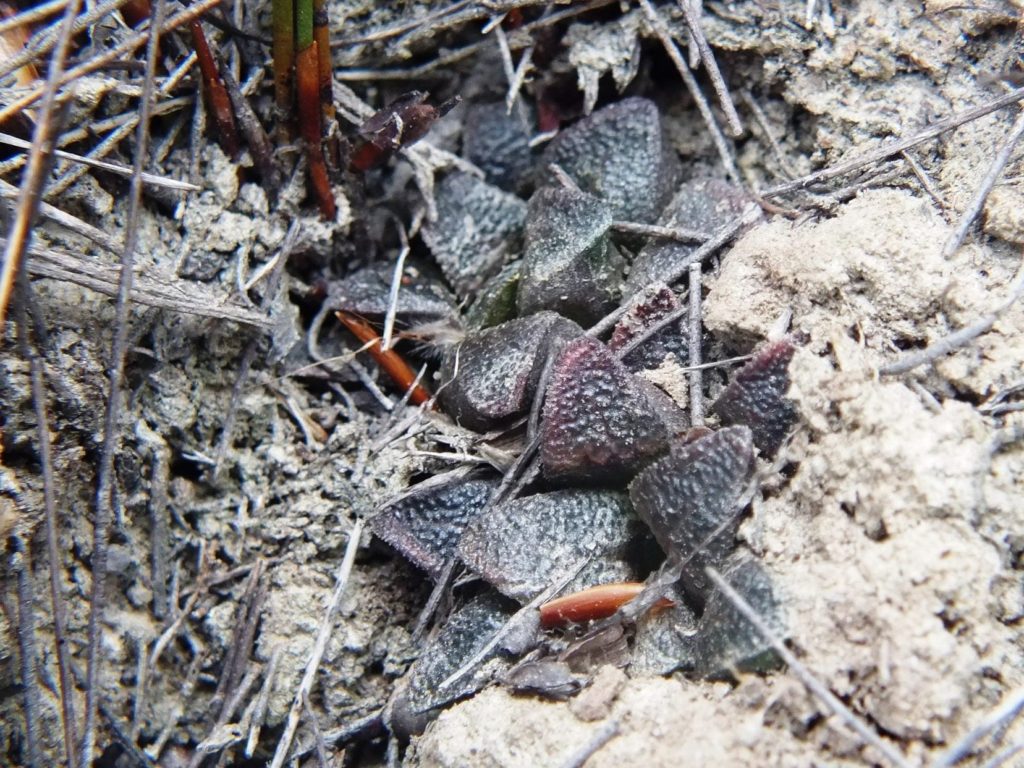
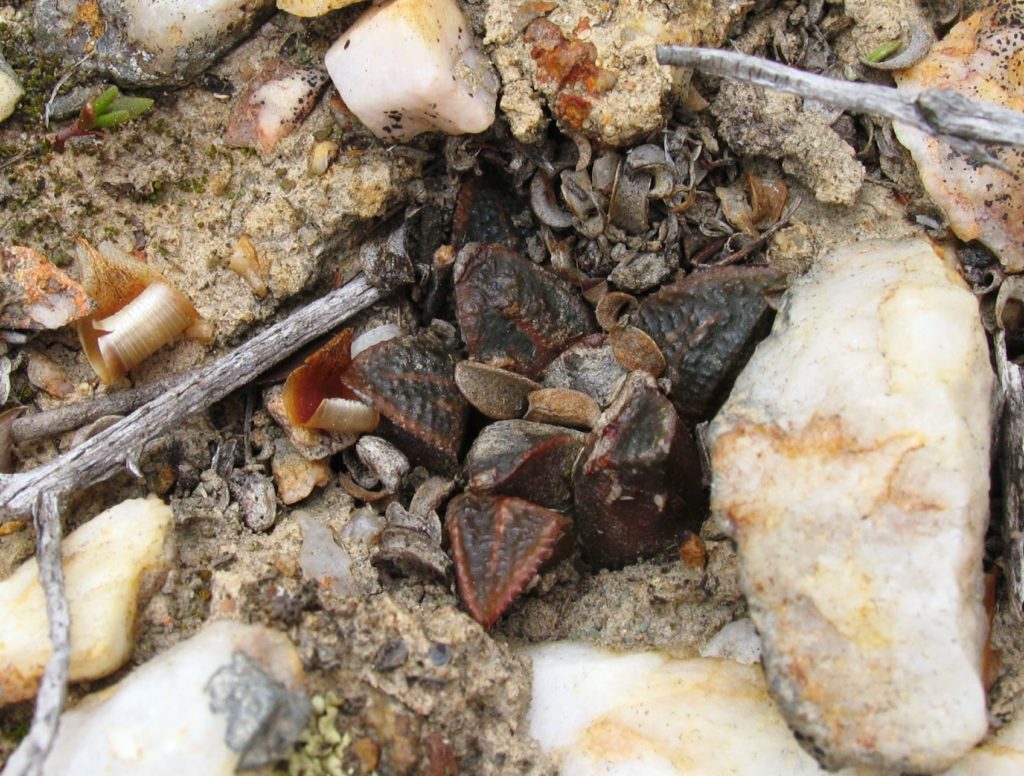
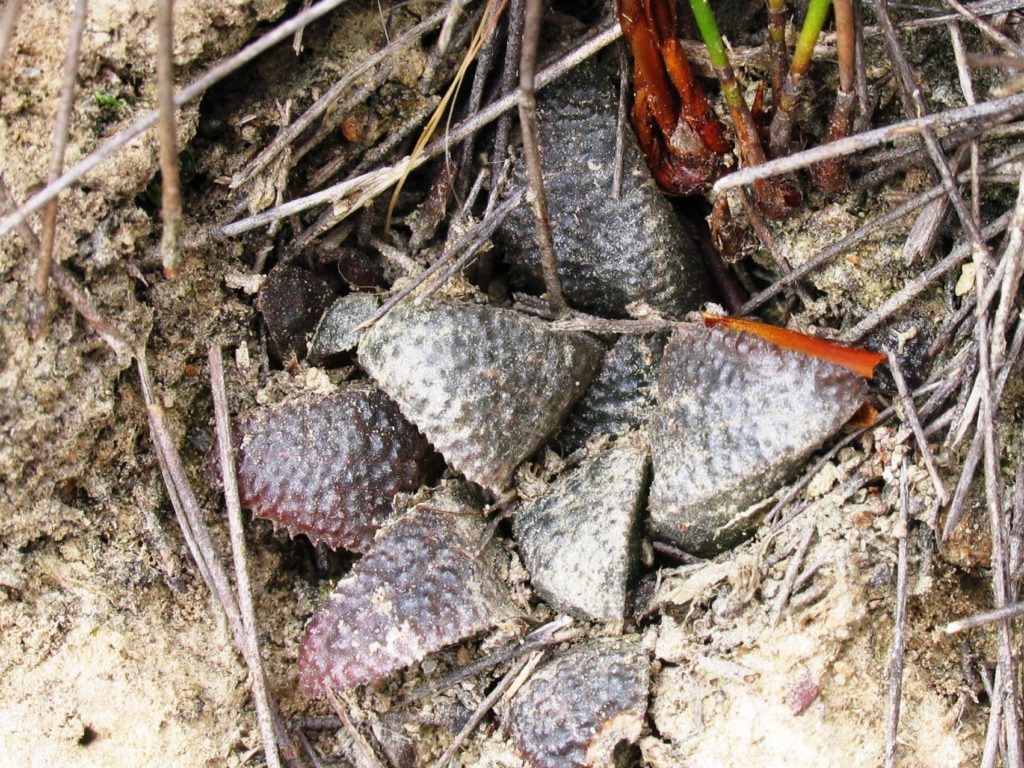
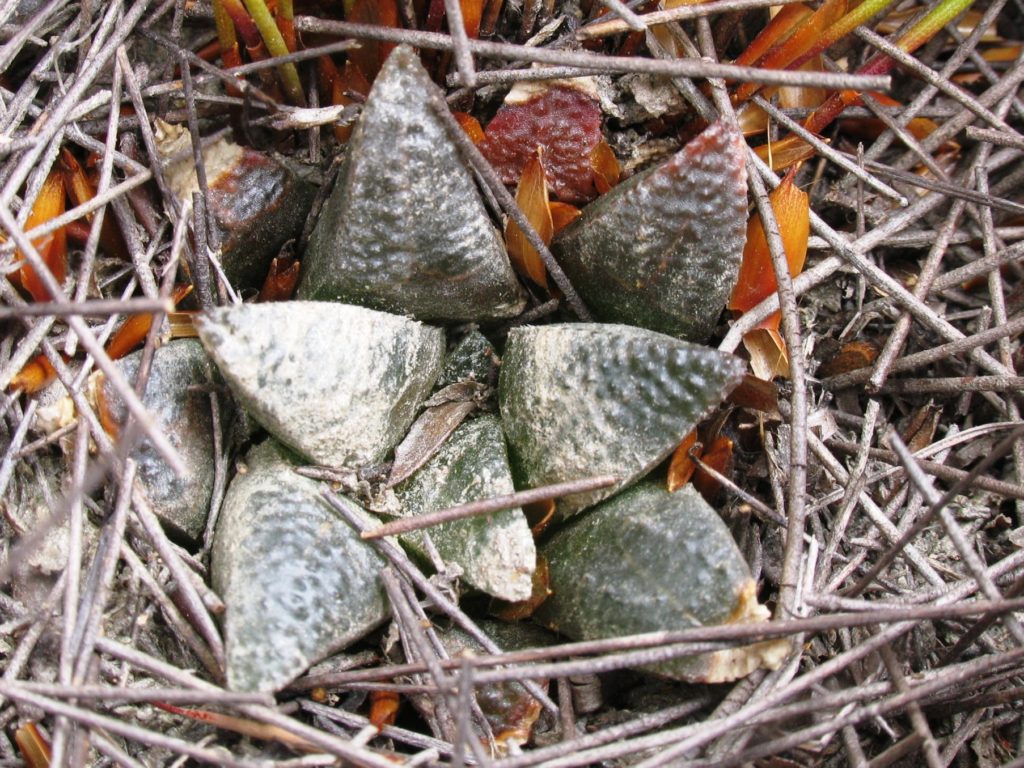
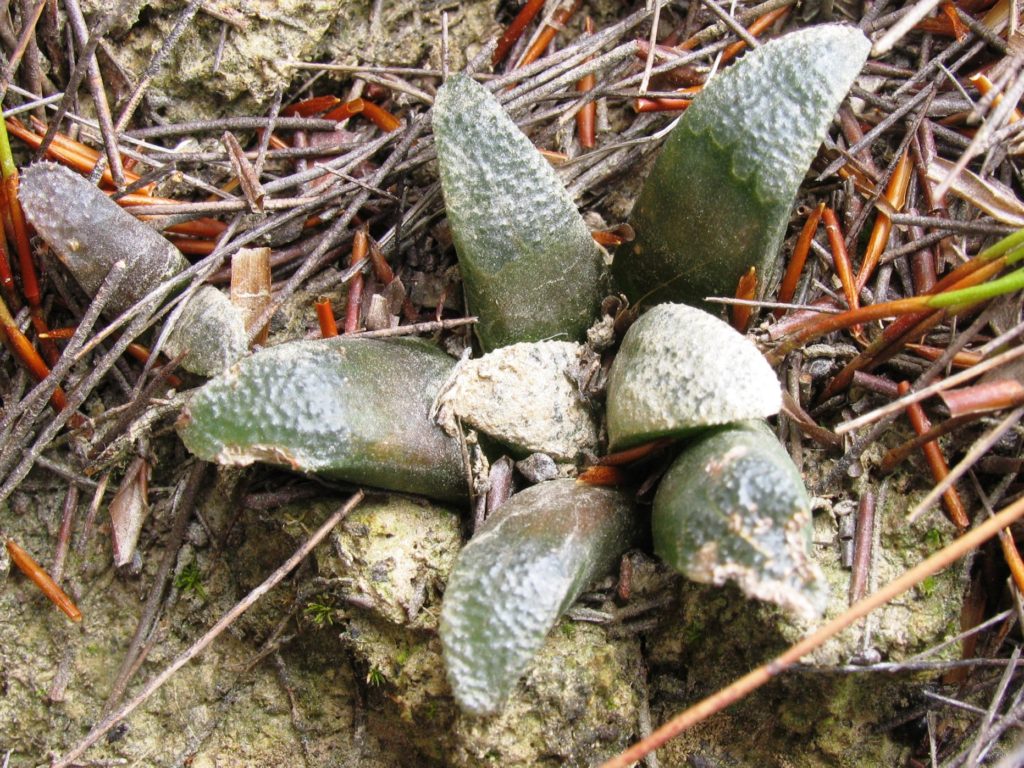

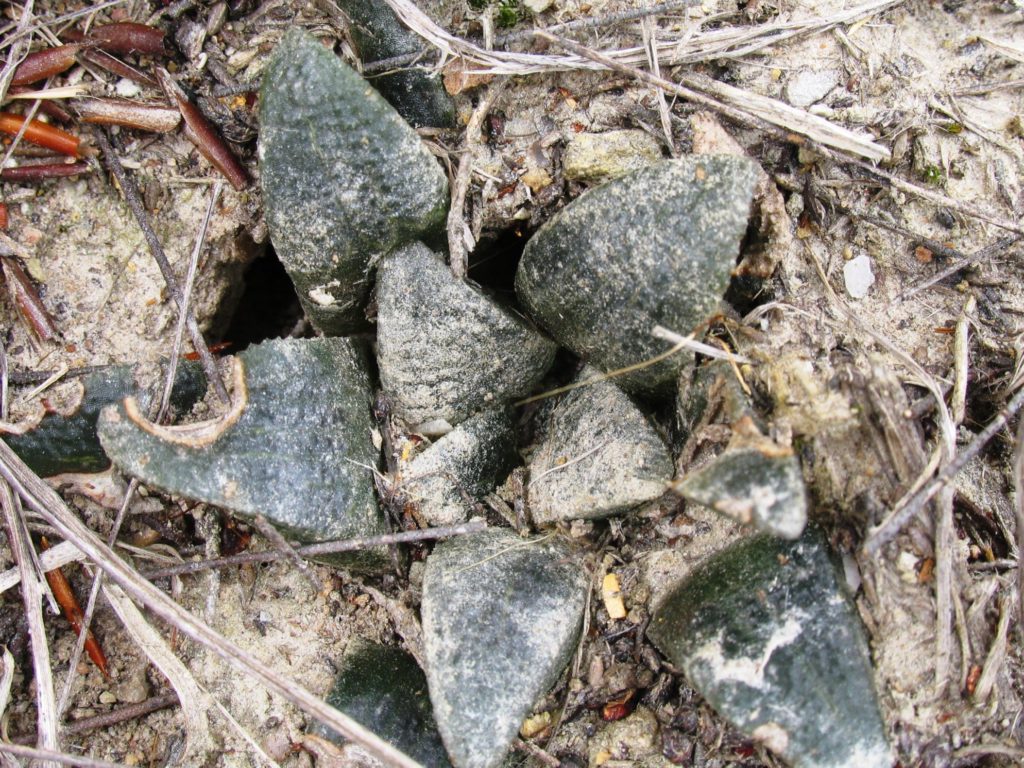
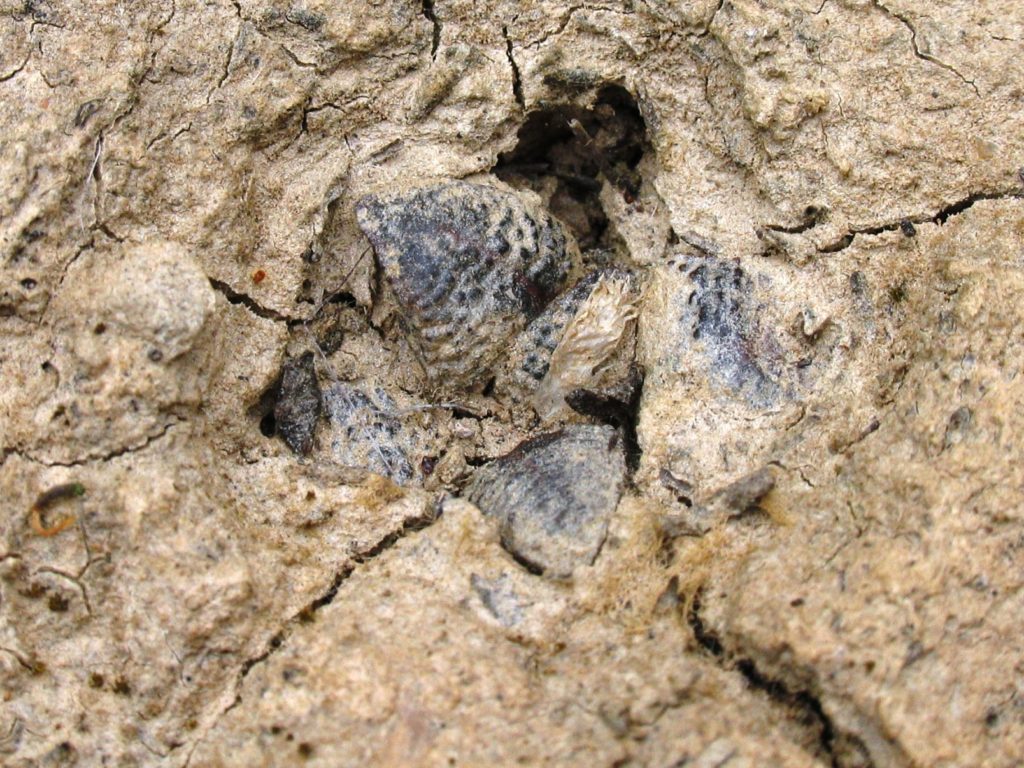

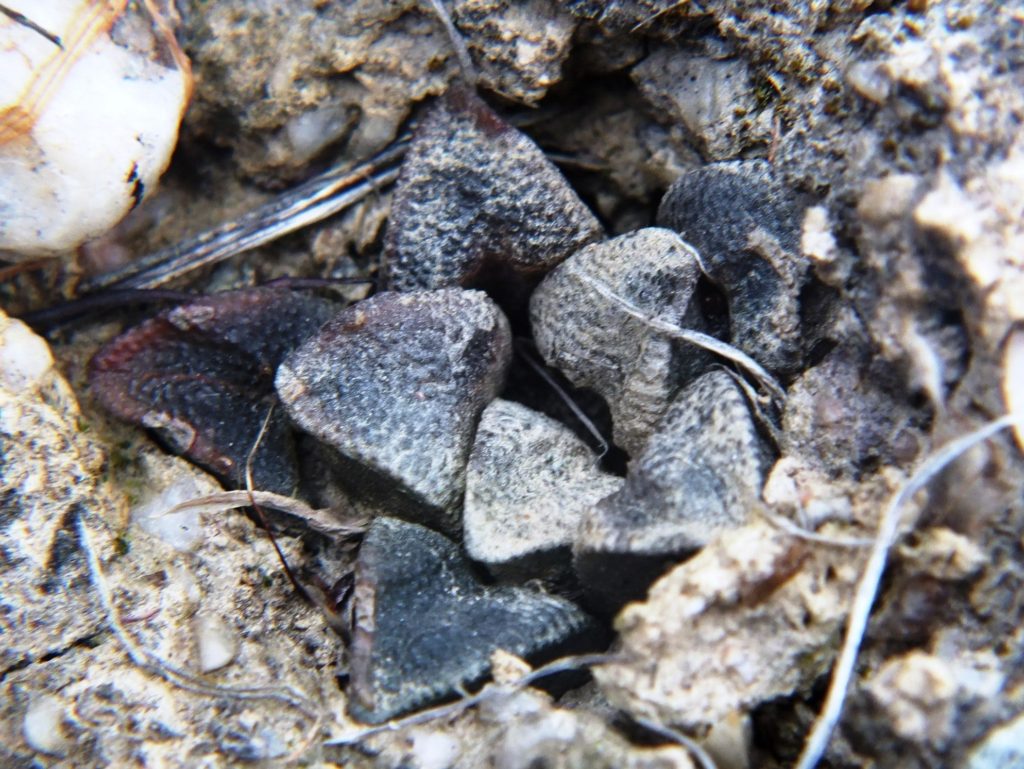
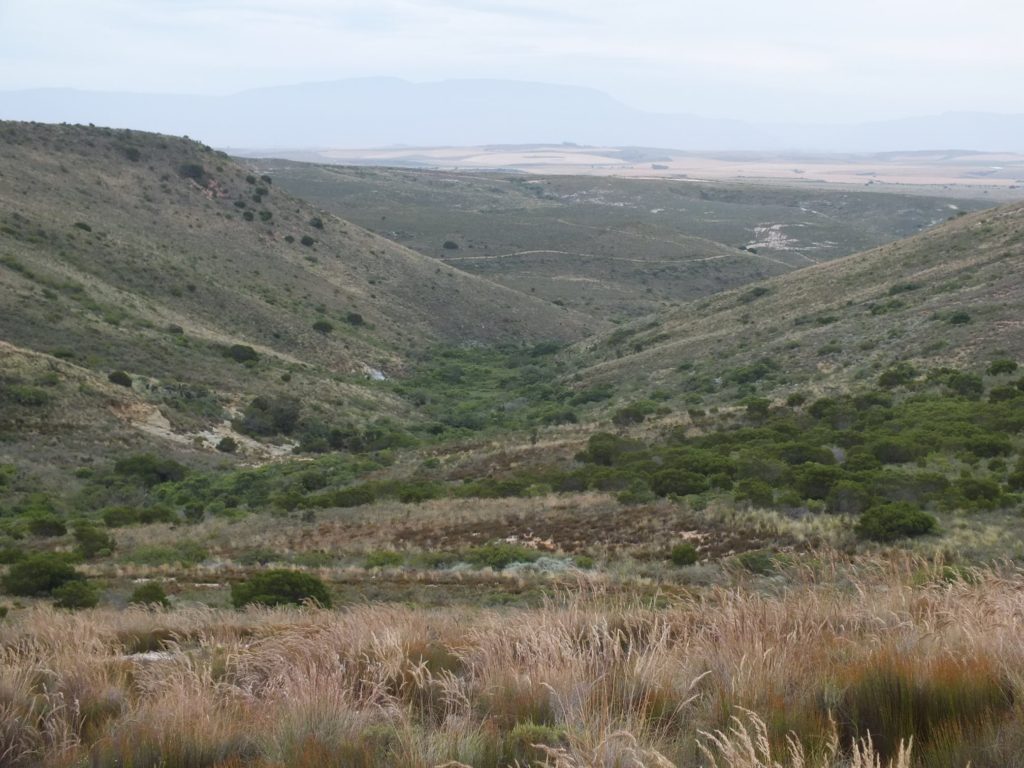
Snakes and ladders. Background noise! I have 206 folders for populations of which most are this unphotogenic ilk. Their lack of appeal and hidden nature is why H. heidelbergensis was spawned. The more conspicuous and bigger forms were H. maraisii and H. magnifica. The only attention I know they ever got from collectors was the complaint that they never could own or get a proper idea of what H. mirabilis looked like. Shades of the great doyen of Botanical Latin and plant taxonomy W.T. Stearn who destroyed the foundation of Haworthia taxonomy with his typification of the name Aloe atrovirens, spinis herbaceus numerosus ornata and choosing the herbaceus part for the epithet. H. atrovirens should be H. mirabilis! I do not think the name mirabilis was even used in von Poellnitz and Smith’s time? So I can see that my chances of putting Haworthia taxonomy to rest are zero. No herbarium can ever hope to hold a proper record of variation within a single population. Whoever wants to quarrel with me needs to now that their classification includes all the stuff I have tried to contend with! My pictures of this background noise are disappointing and I have none for stuff seen before ca. 2005 or so. Emoji of laughter or tears? And who wants to know what a species is anyway?
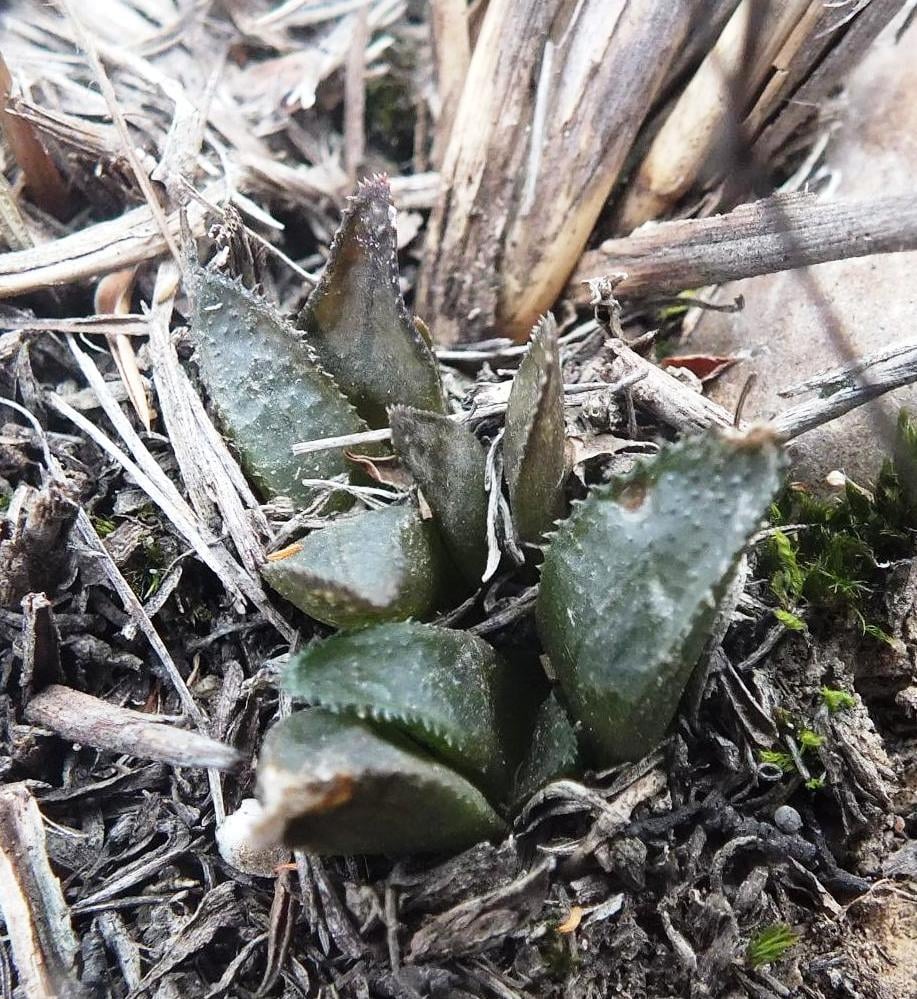
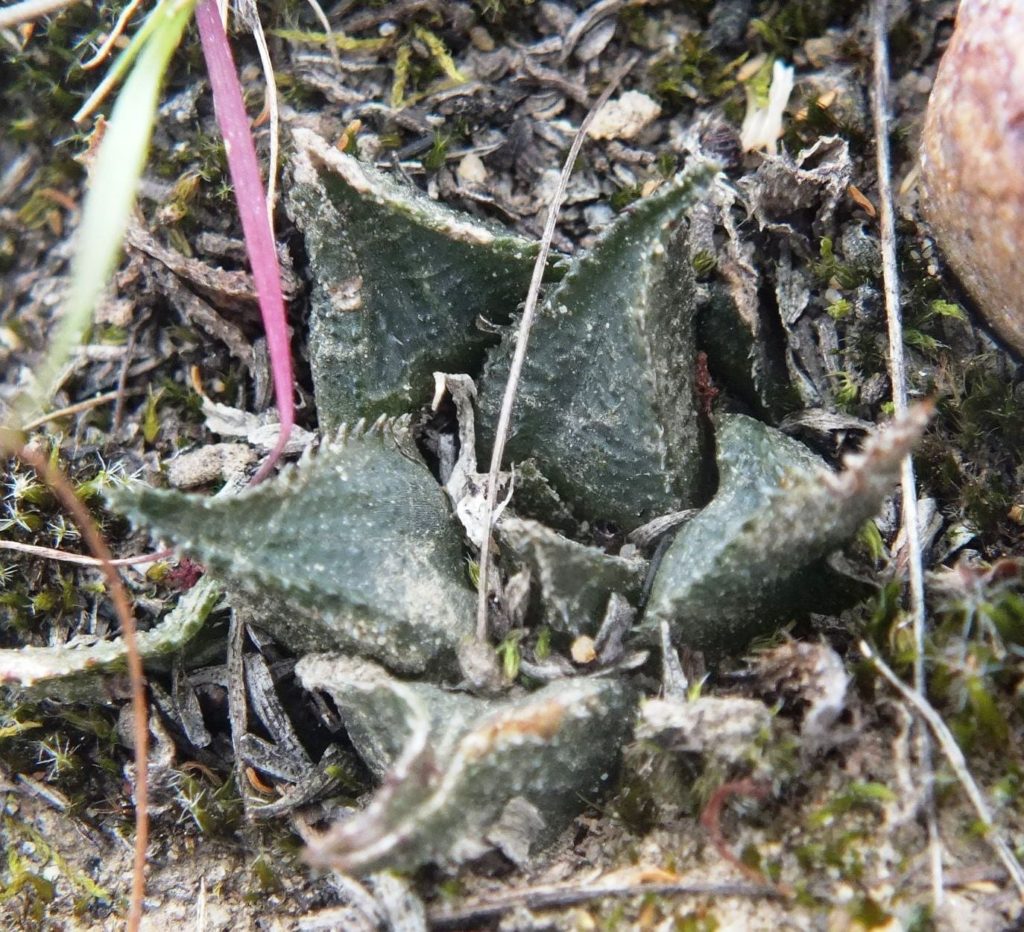

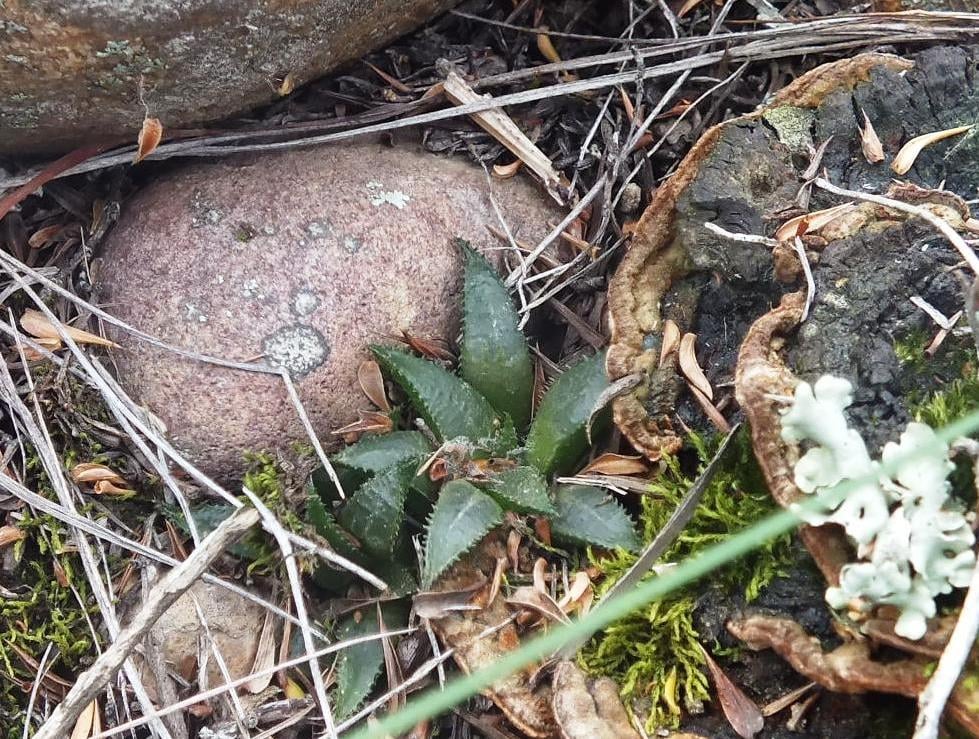
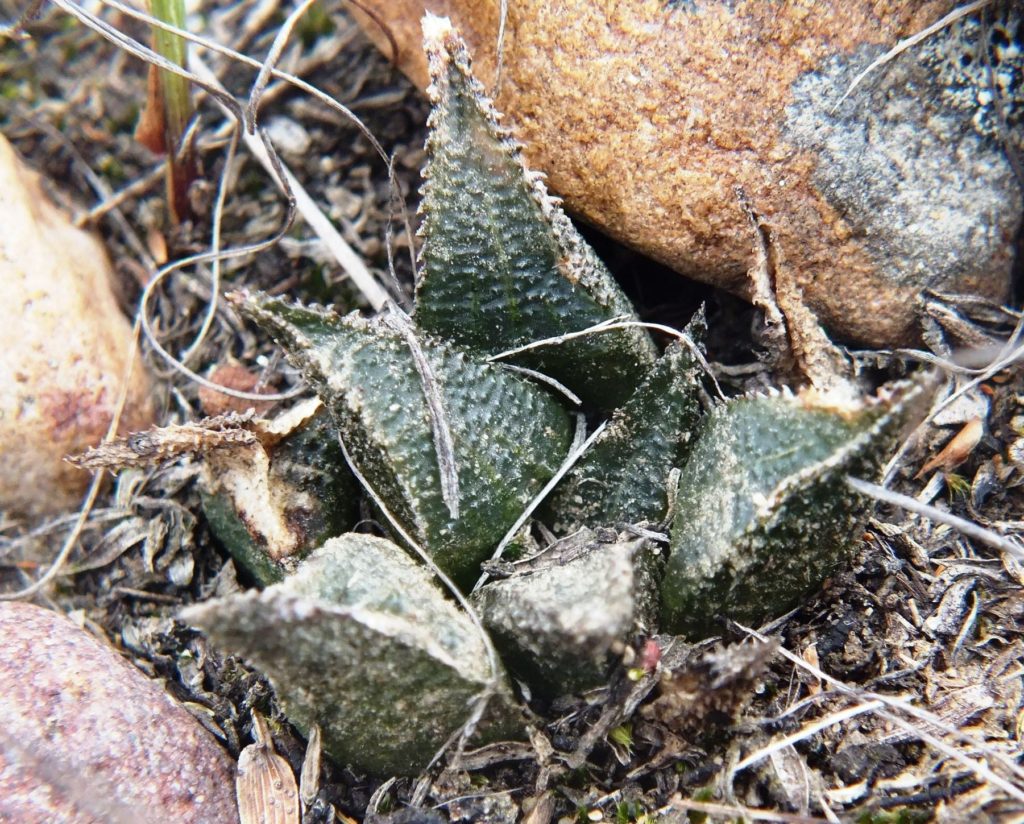

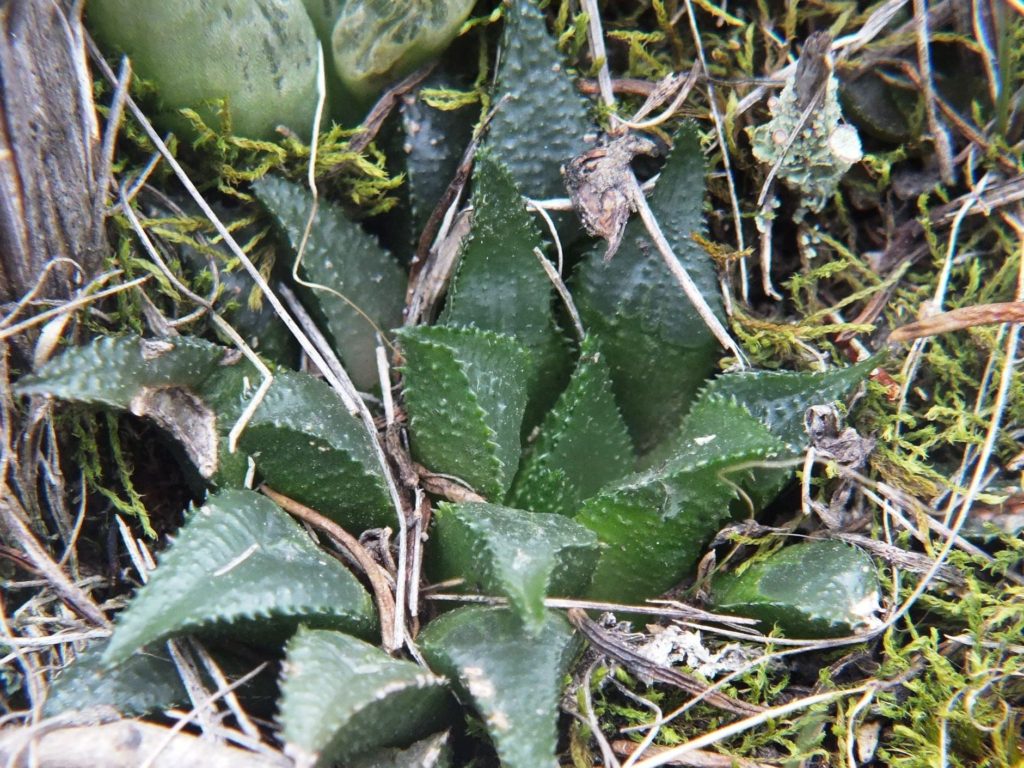
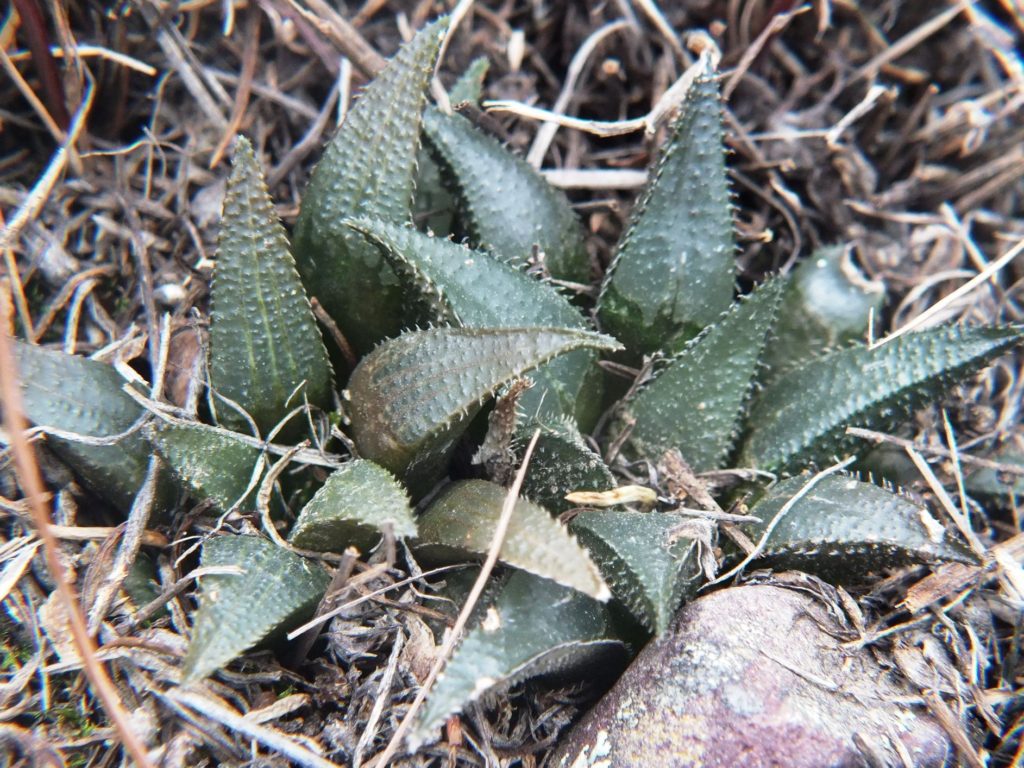
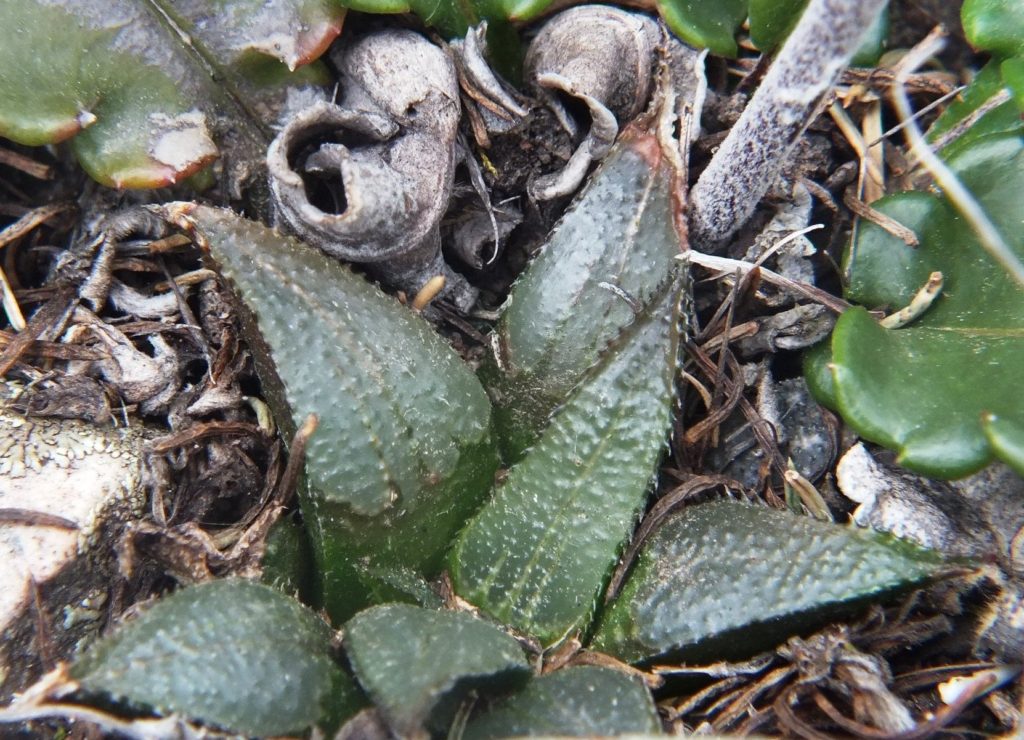
Nothospecies or notaspecies? That is the big question. Why bother to ask difficult questions, just call this H. mirabilisXmutica H. hammeri instead. It consists of one population occupying an area less than 500sqm among surrounding mirabilis and mutica populations. Will it ever be a system? (Nothospecies is coined for the offspring of two other species that in the absence of a definition become a new species. It really applies to readily seed propagating and readily dispersing plants – agriculture and horticulture!)
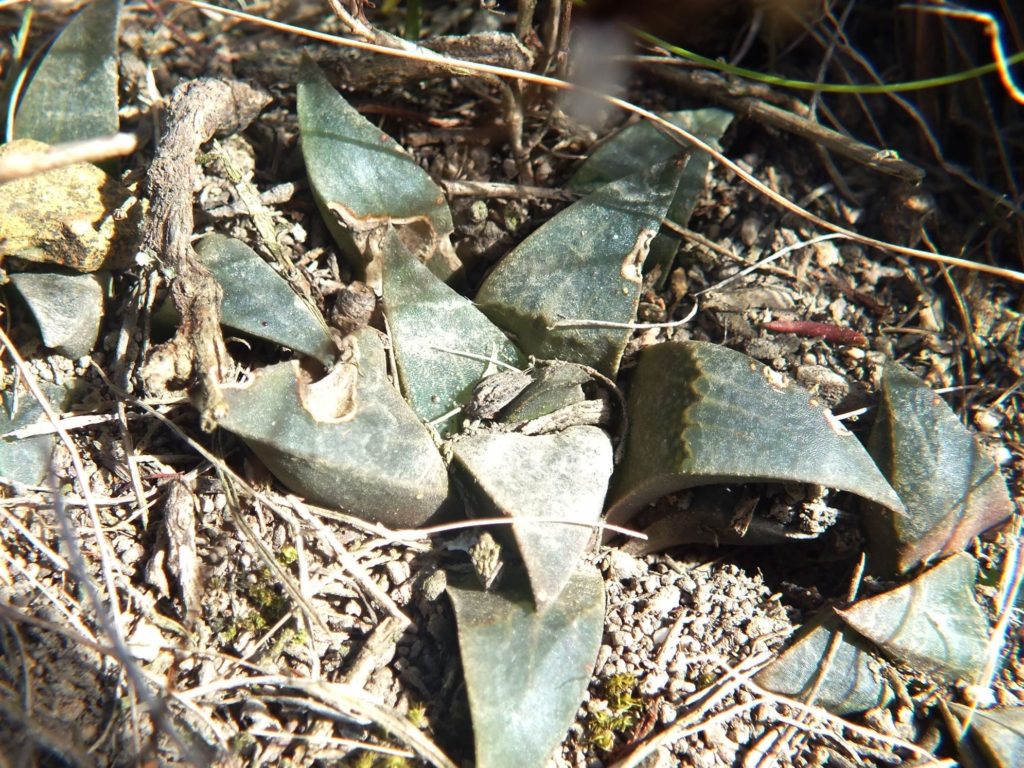
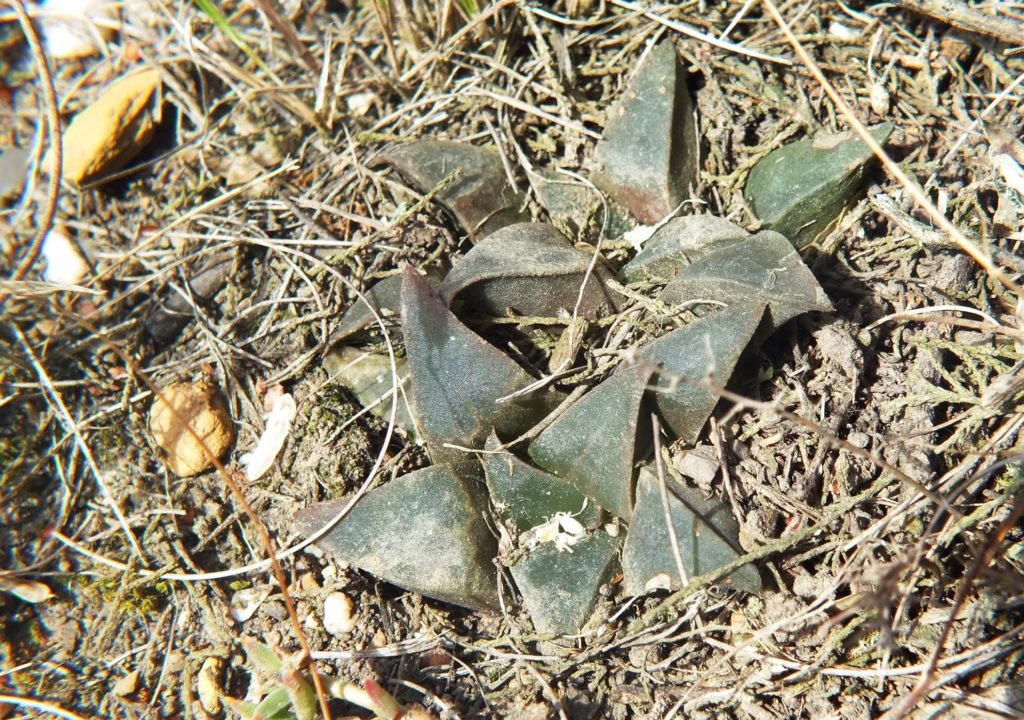
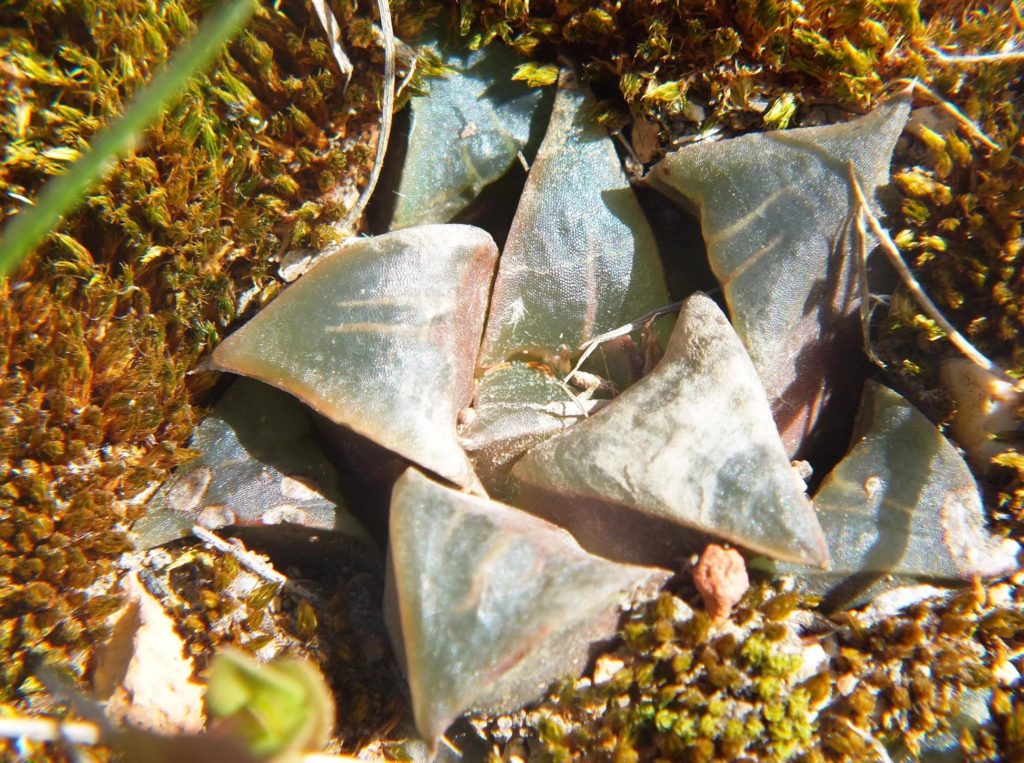
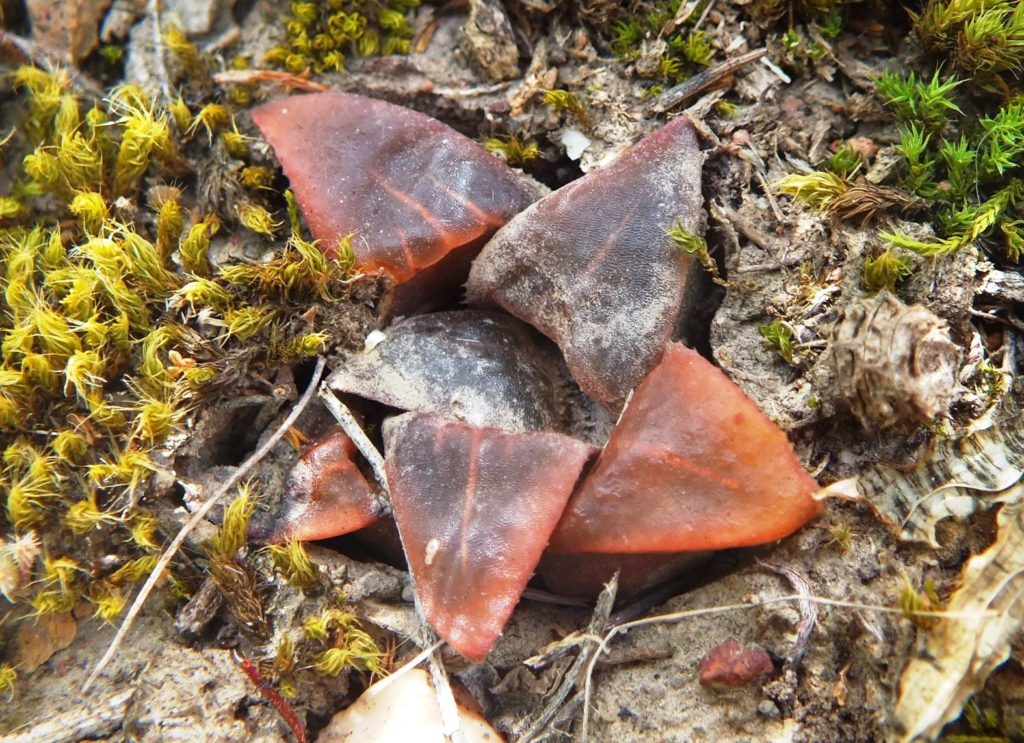
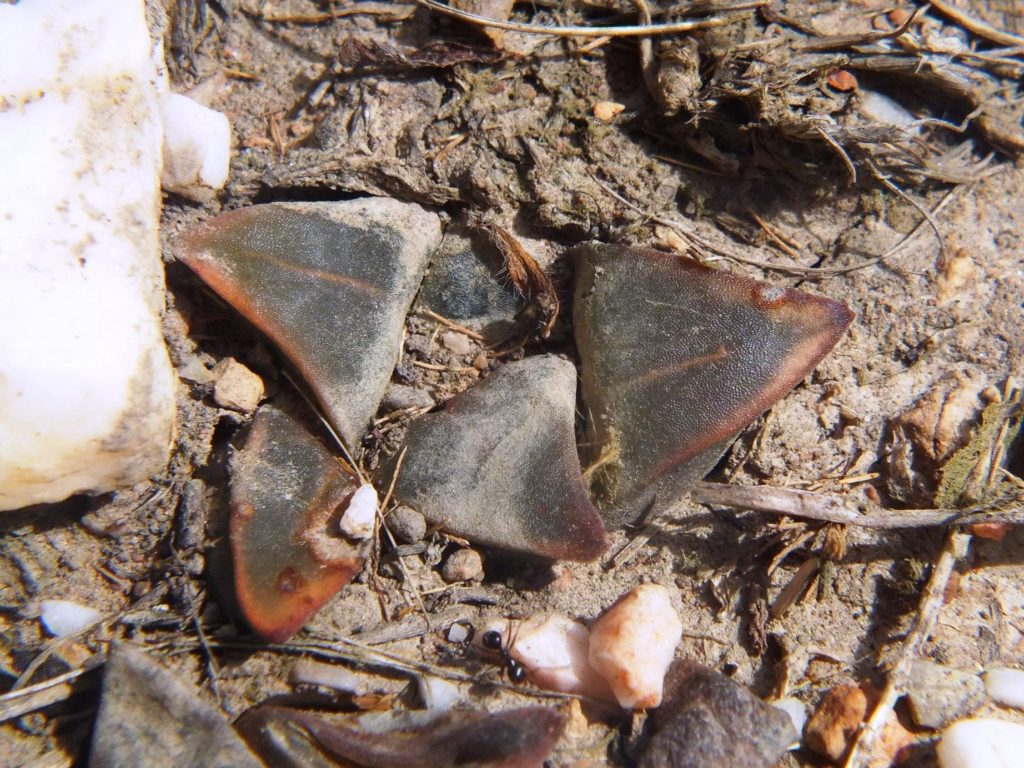

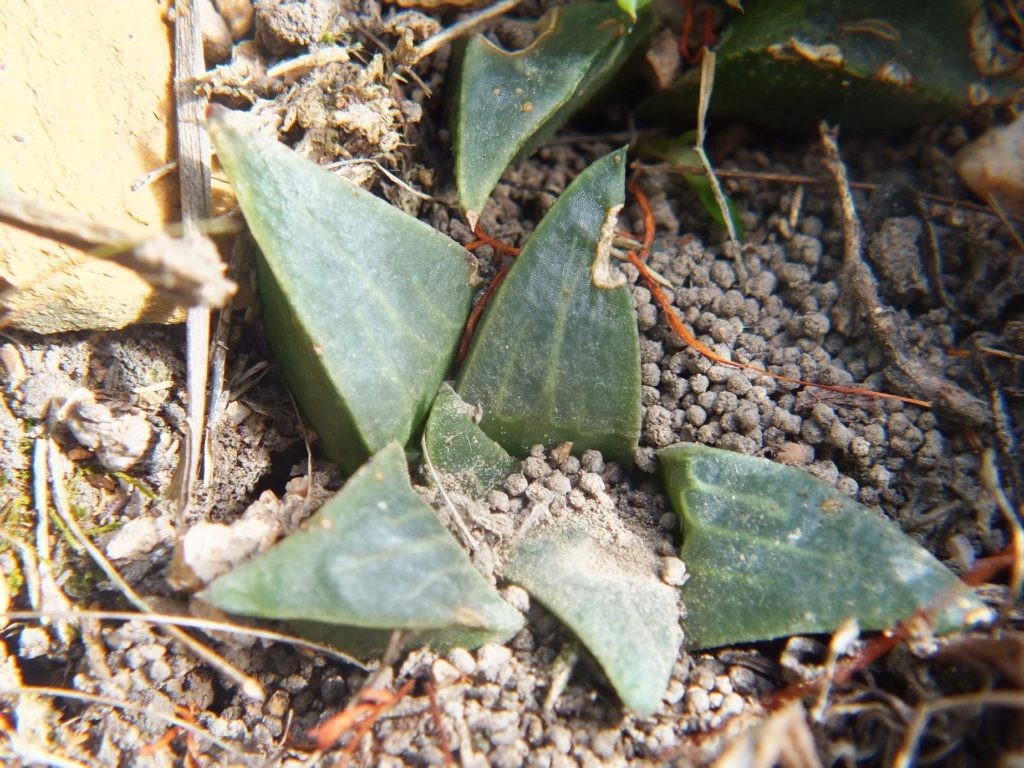
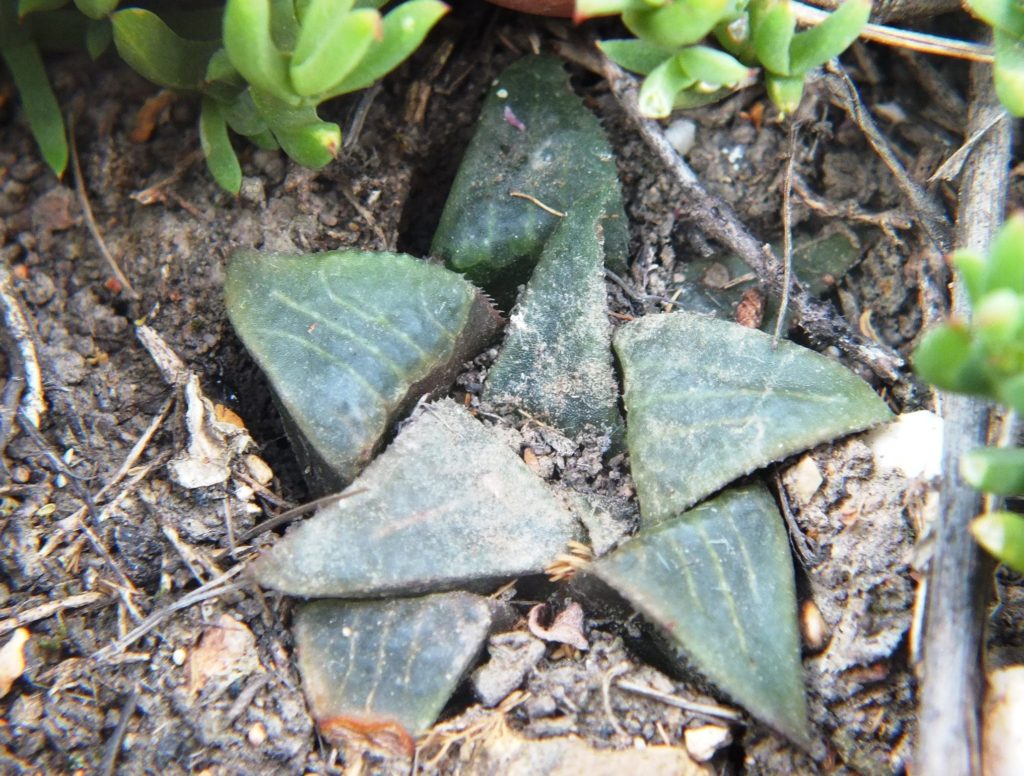



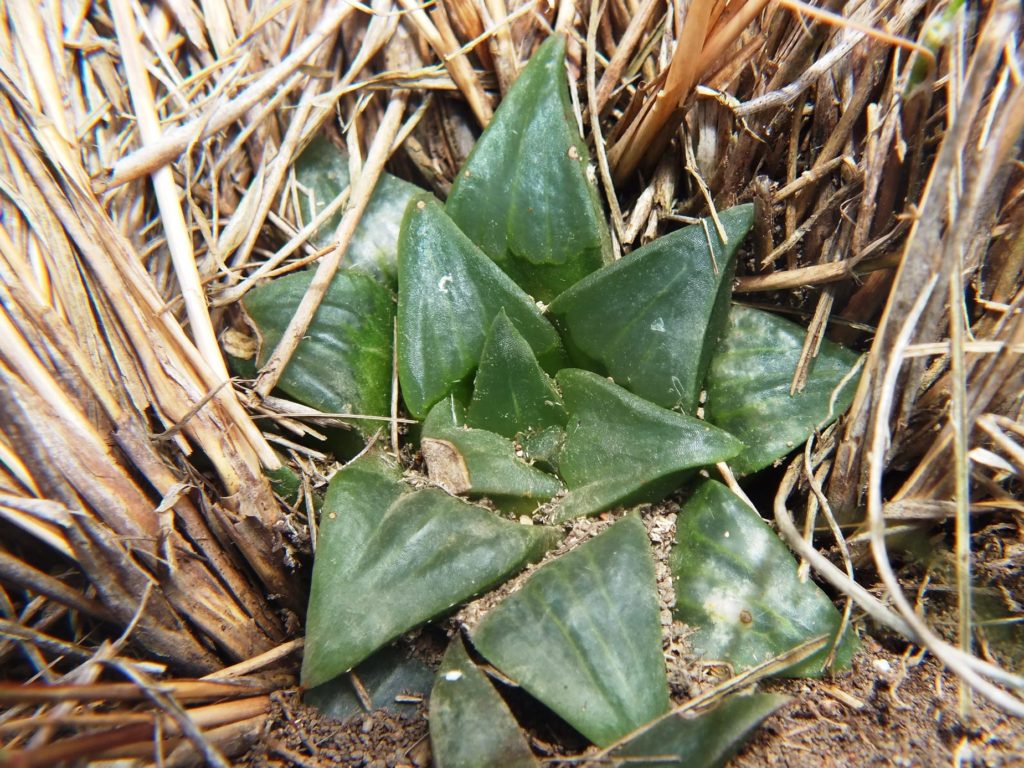
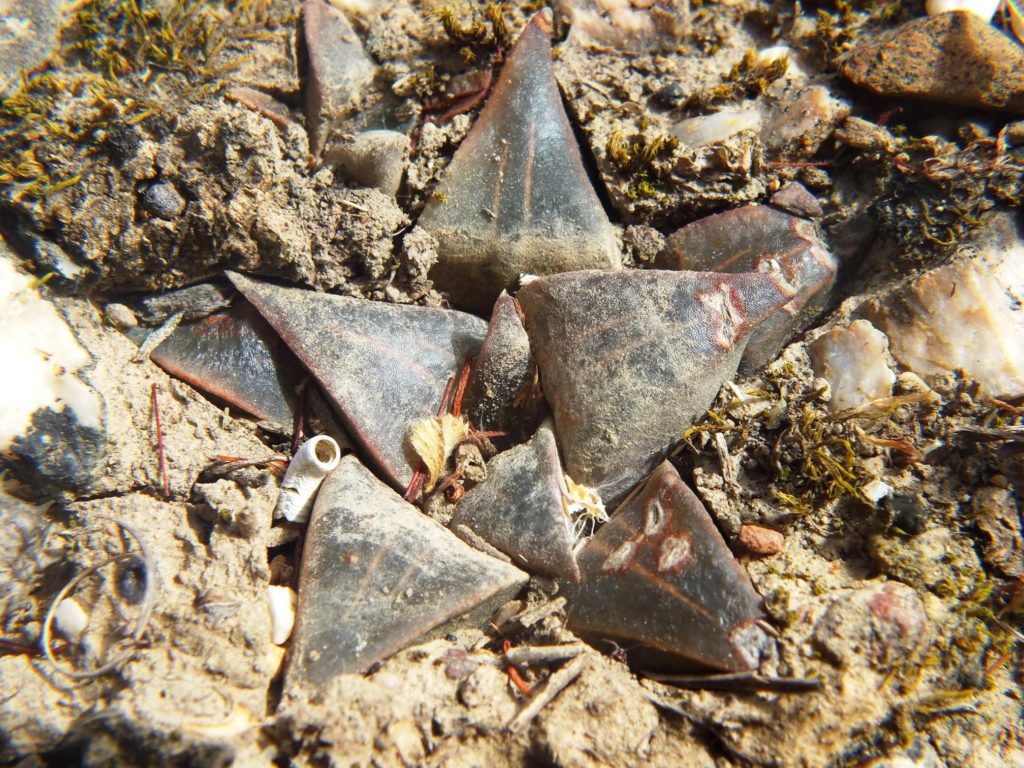
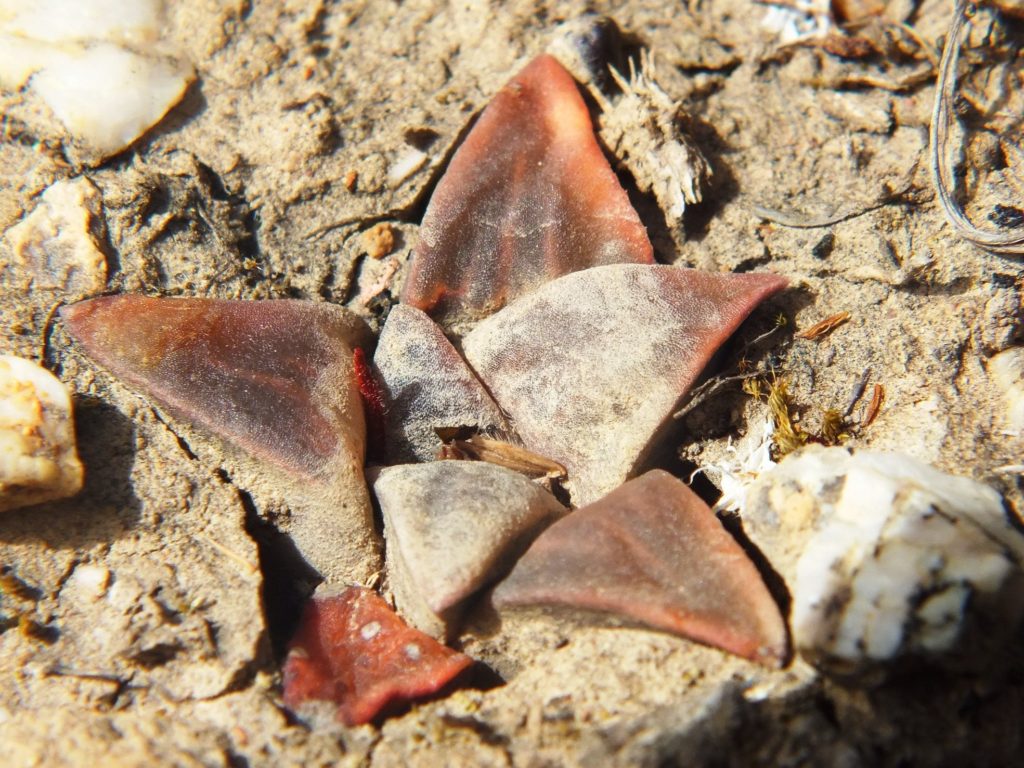
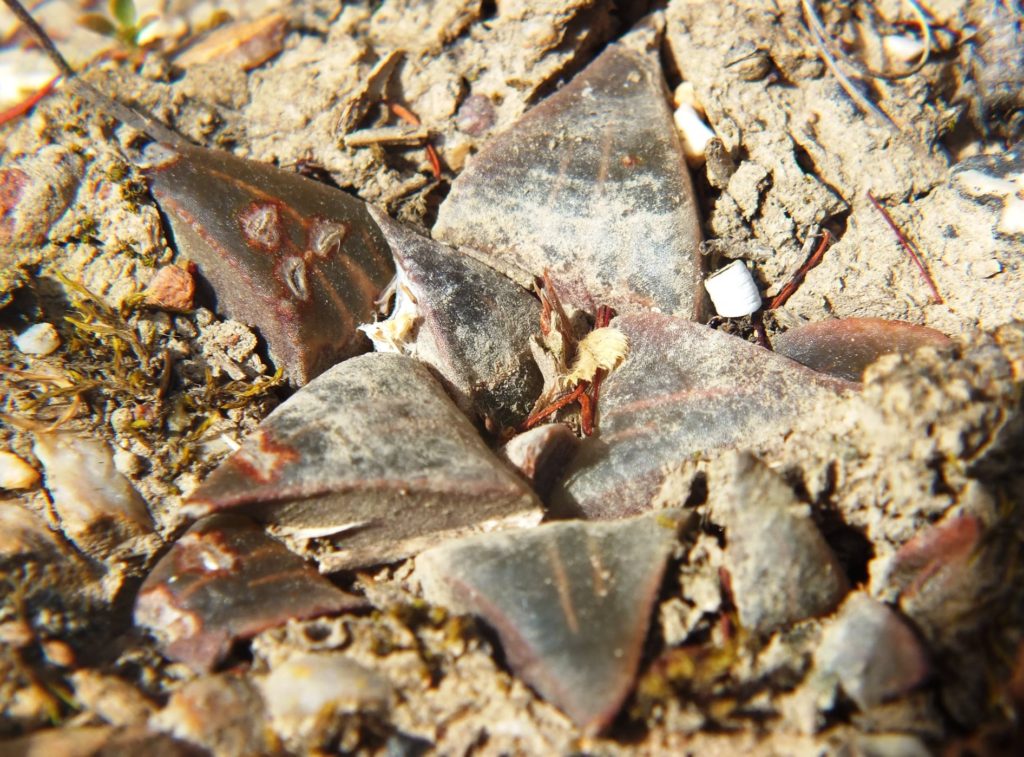
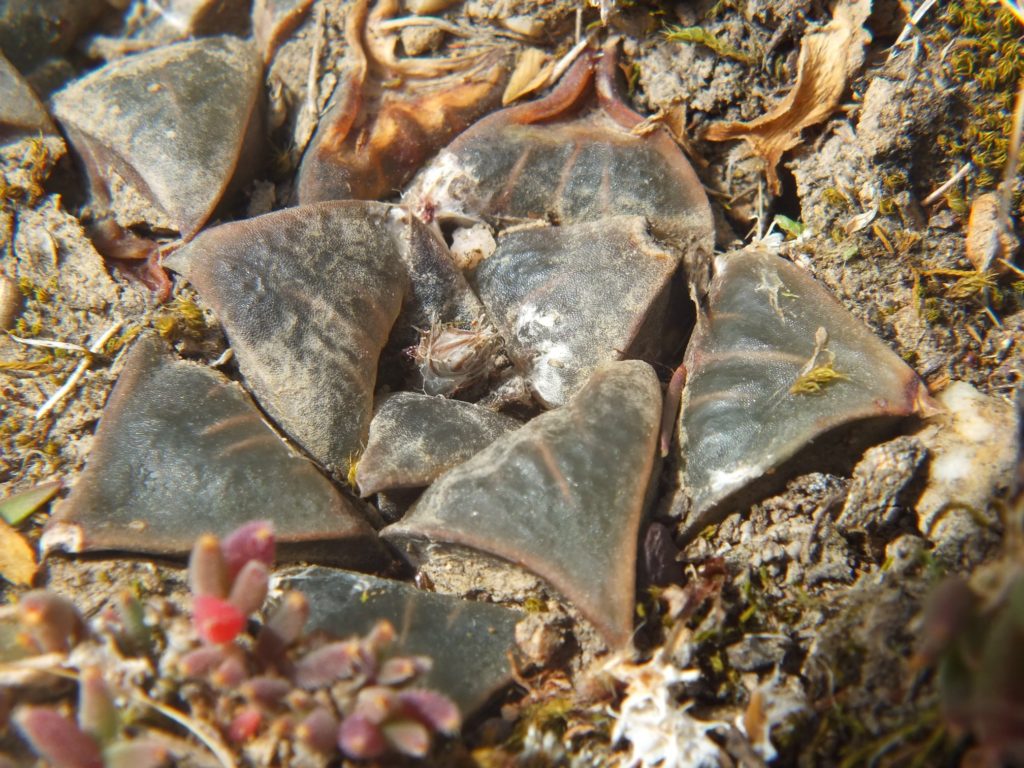
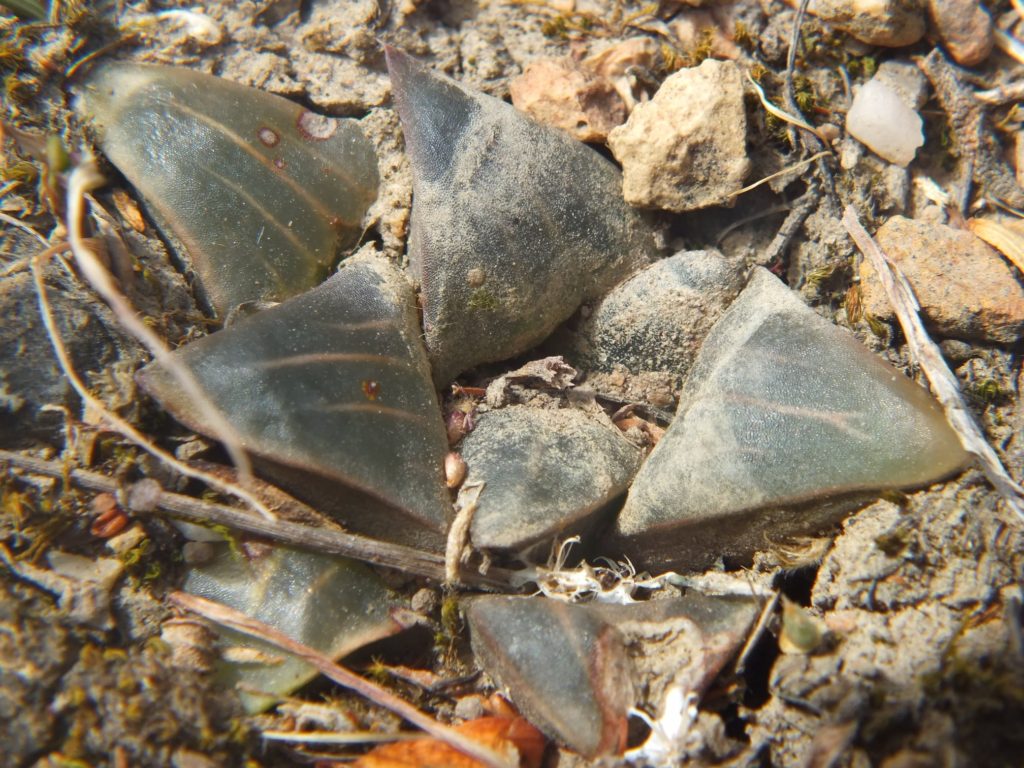

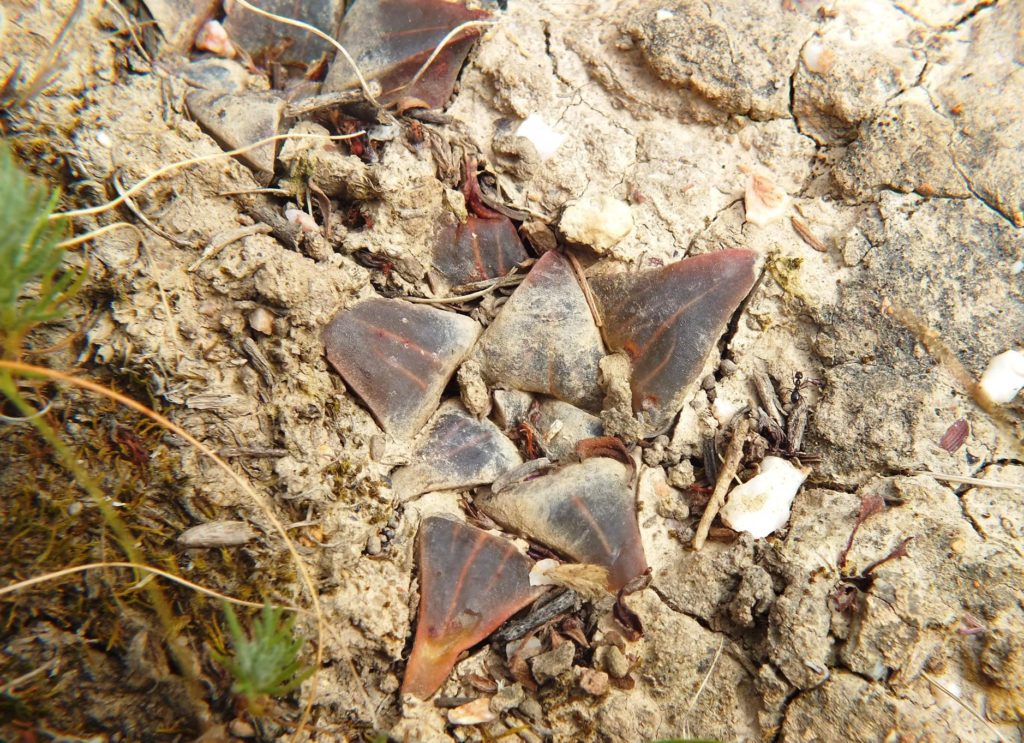
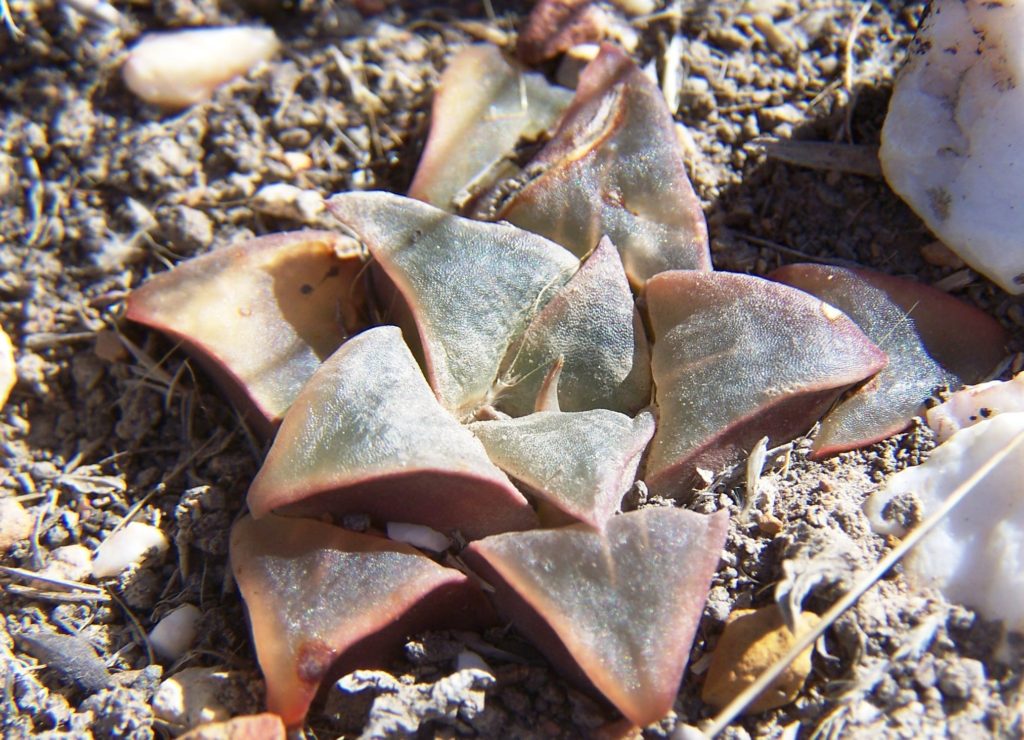
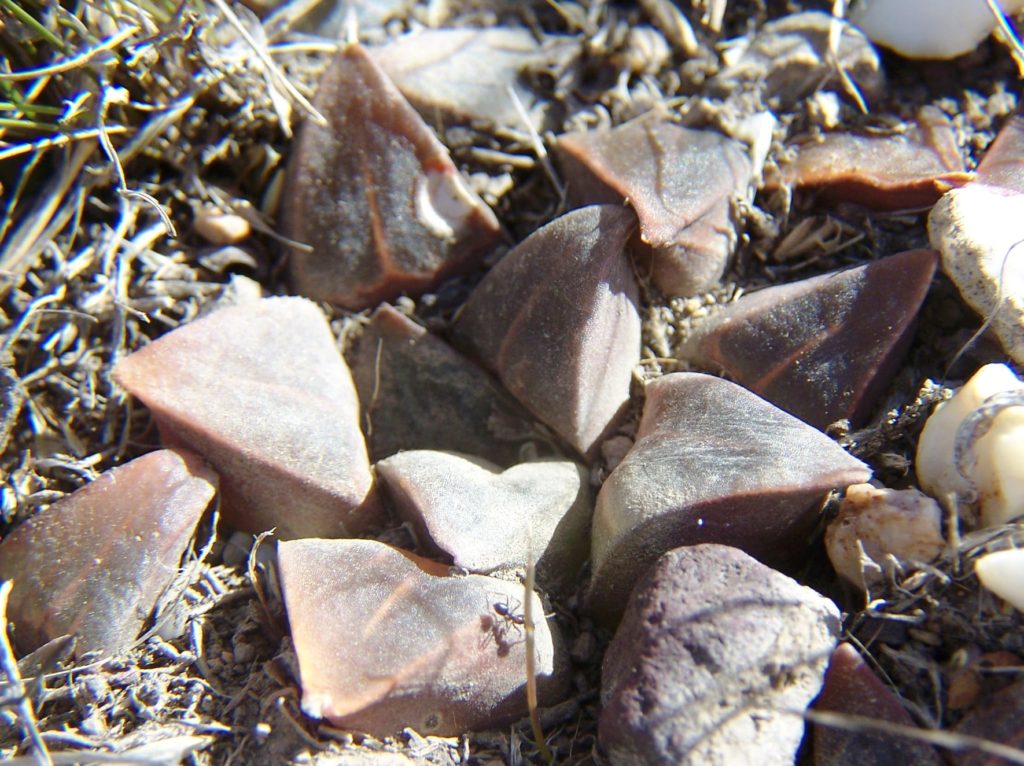
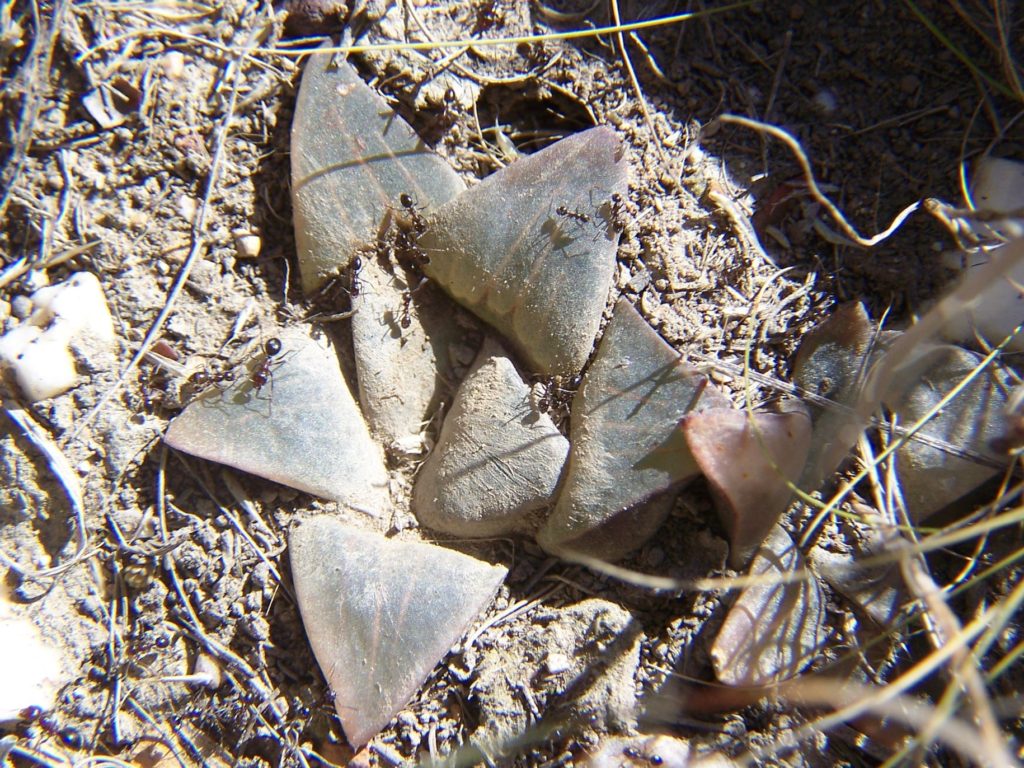
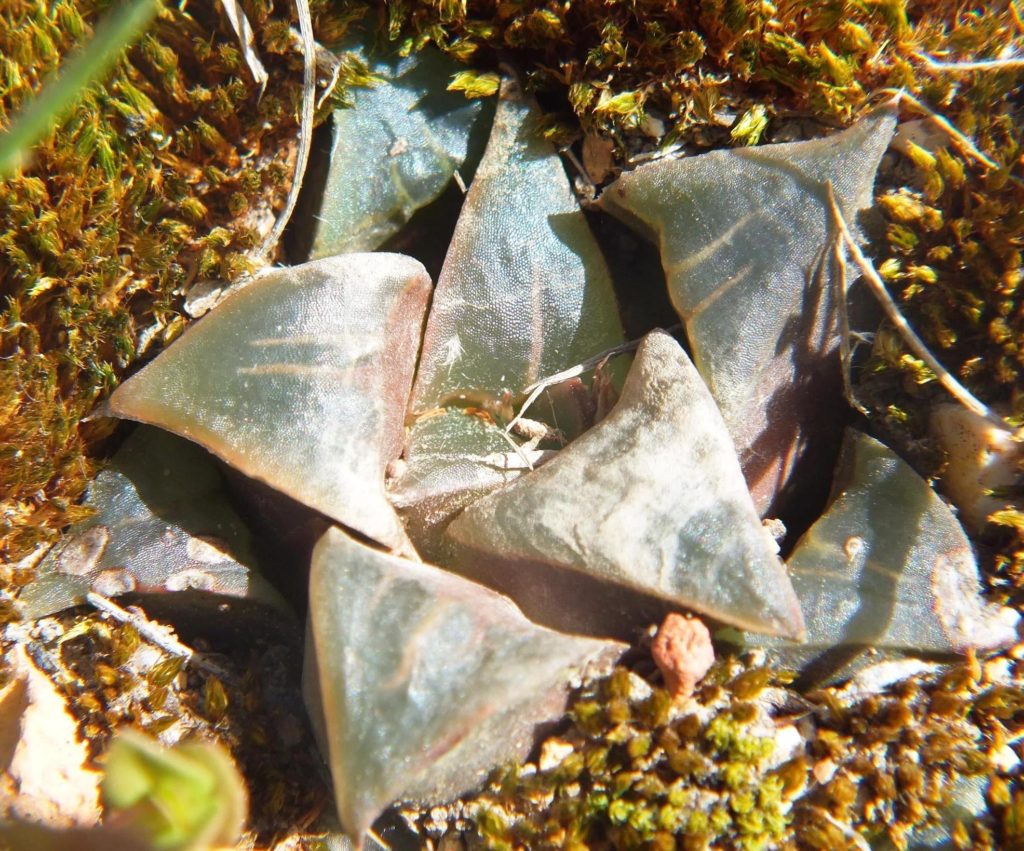
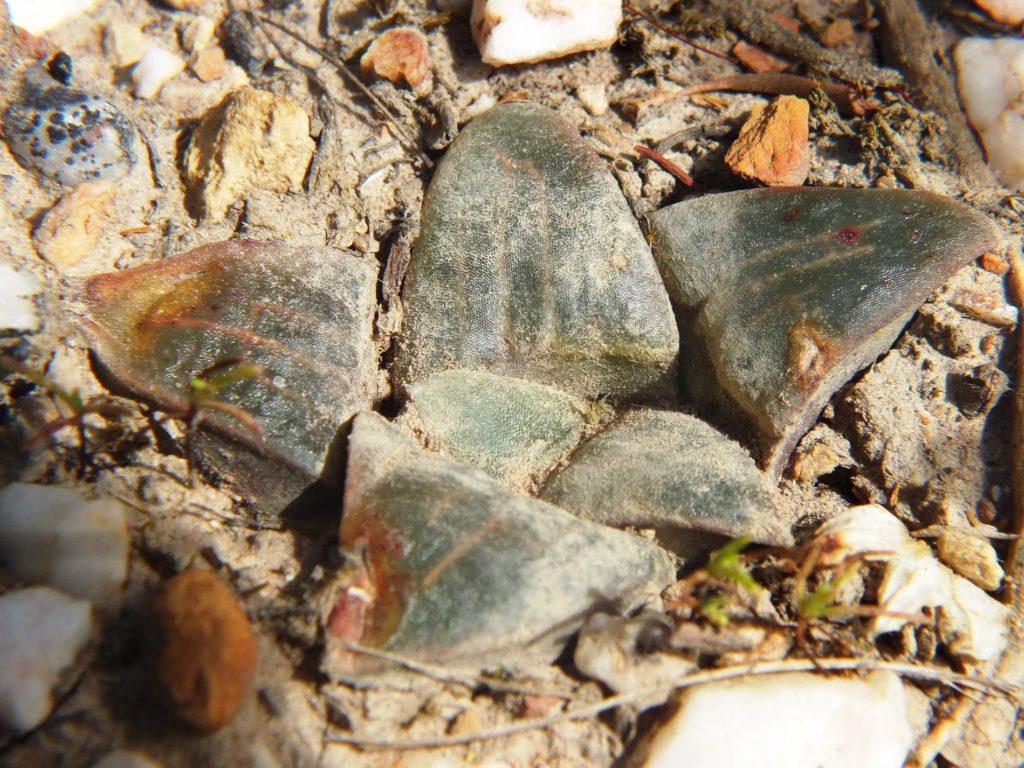

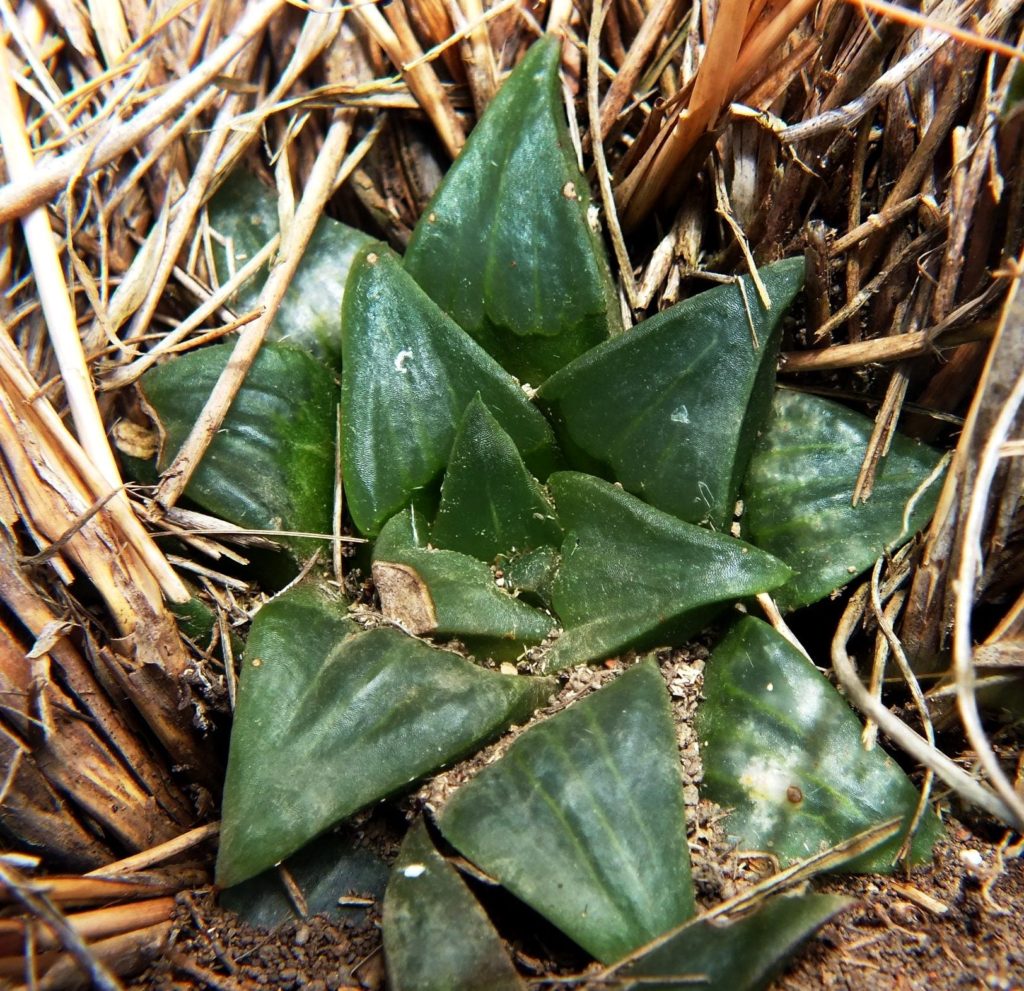
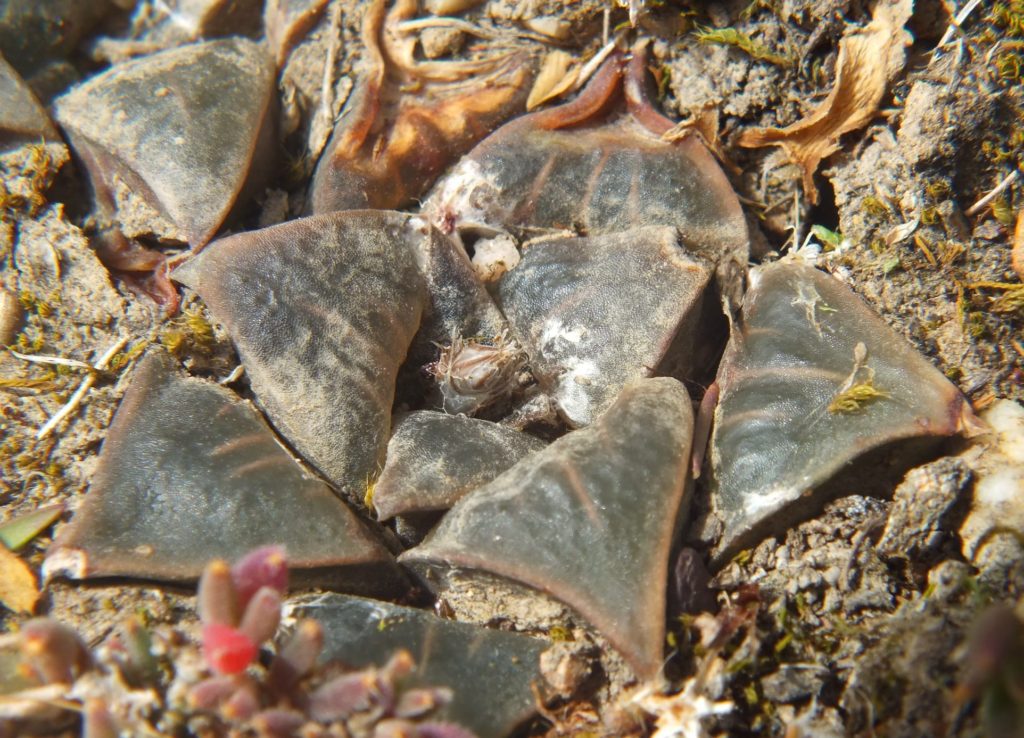
Here is my 2009 baby I think written in 2009 before DNA sequencing proved to us that there were 3 genera where we saw only 1. I said so when? First handbook 1976? The thing that really got me is that the results of the sequencing were actually fudged (again). The discussion and conclusions were written long before the introduction and methods, to ensure that there was a match up of results to hypothesis being tested.
Haworthia the problem child of taxonomy
Yes my favorite critic had something to say about this fishtail bud as well. Or at least the fact that I considered it at all. It is actually a feature of virtually all of the retusoid mirabiloids varying from zero in the east to nearly dramatic in the west. So herbacea and reticulata have the most exaggerated version. In these two systems the flower is nearly “regular” (as in pentagonal) hence reticulata ‘subregularis’. H. herbacea is characterised by the beige colouring while reticulata flower is pinkish. The Wolfkloof Villiersdorp herbacea has an enormous (close to 3cm long) very pink flower to fudge the issue. H. herbacea ‘paynei’ near McGregor has a bicoloured flower, hence ‘luteorosea’.
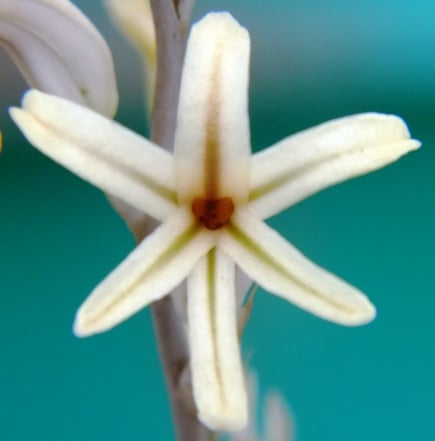
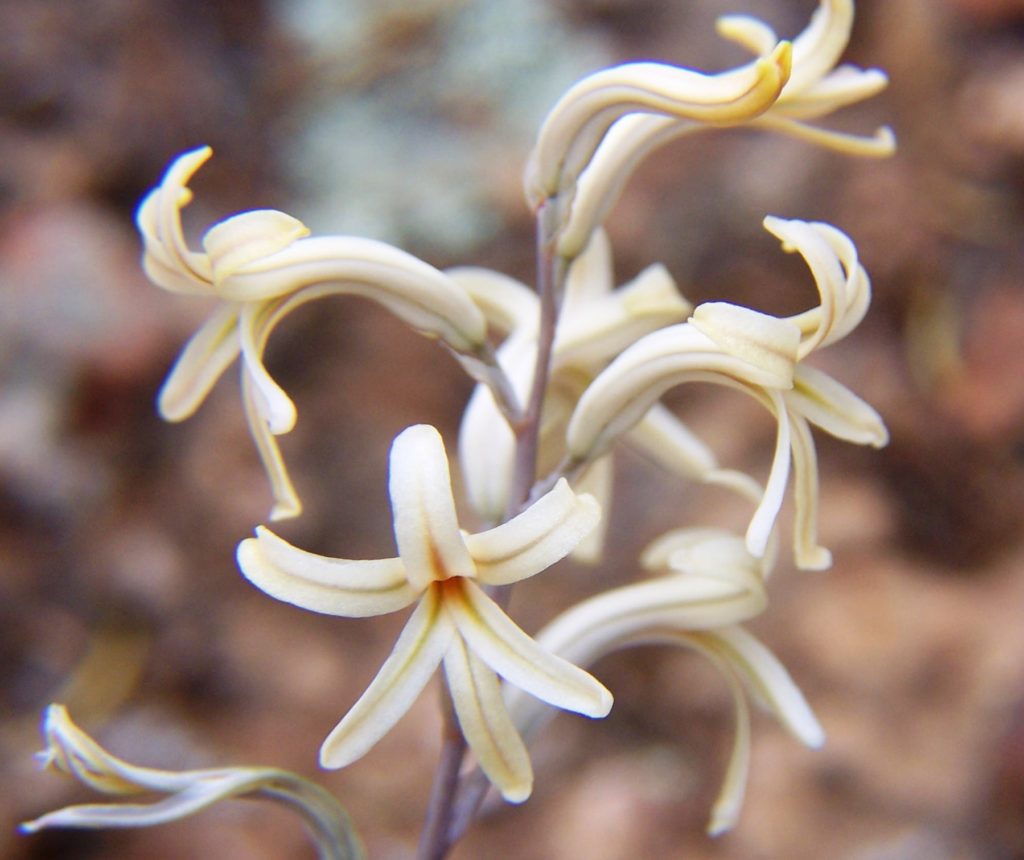
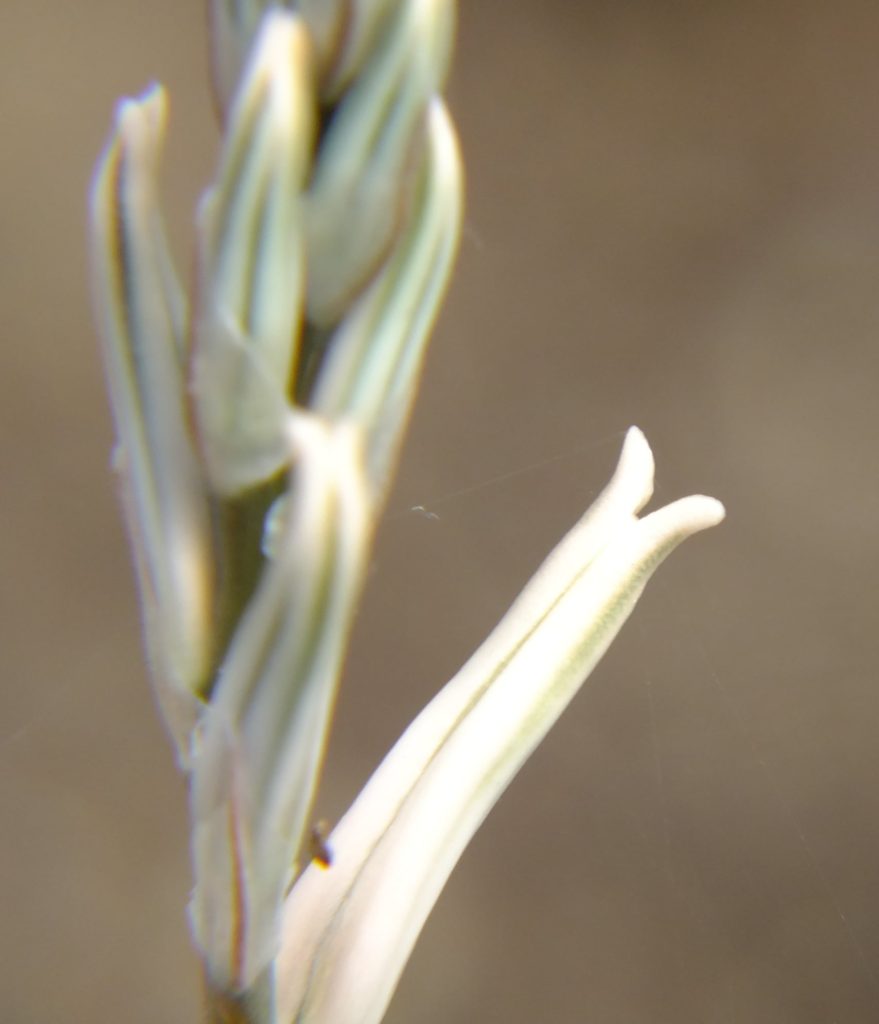
6509 H. mirabilis meiringii, W Bonnievale – Flowers are problematic because the flowers are not static things. They change by the day. In this case I pictured most open flowers on every single stem from 1-5 open.


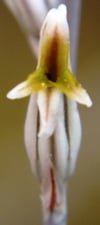


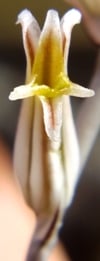

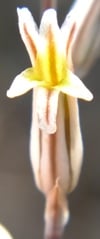






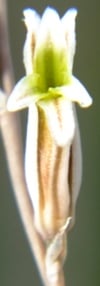

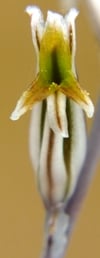
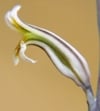
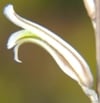
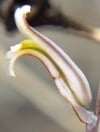
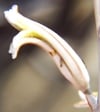
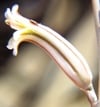
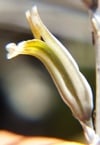
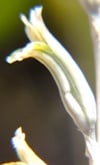
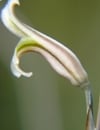

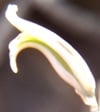
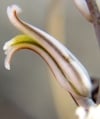
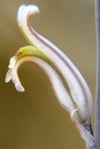
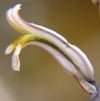
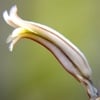

6089 NW Potberg – some of the background noise to mirabilis. Many many populations of these small black things (“klein swartetjies” according to Michael Malherbe founder of Sheilam, in imitation of the Little Brown Jobs of bird-watching)). Not as enchanting as the larger and less common variants, they are not covered by popular classification.
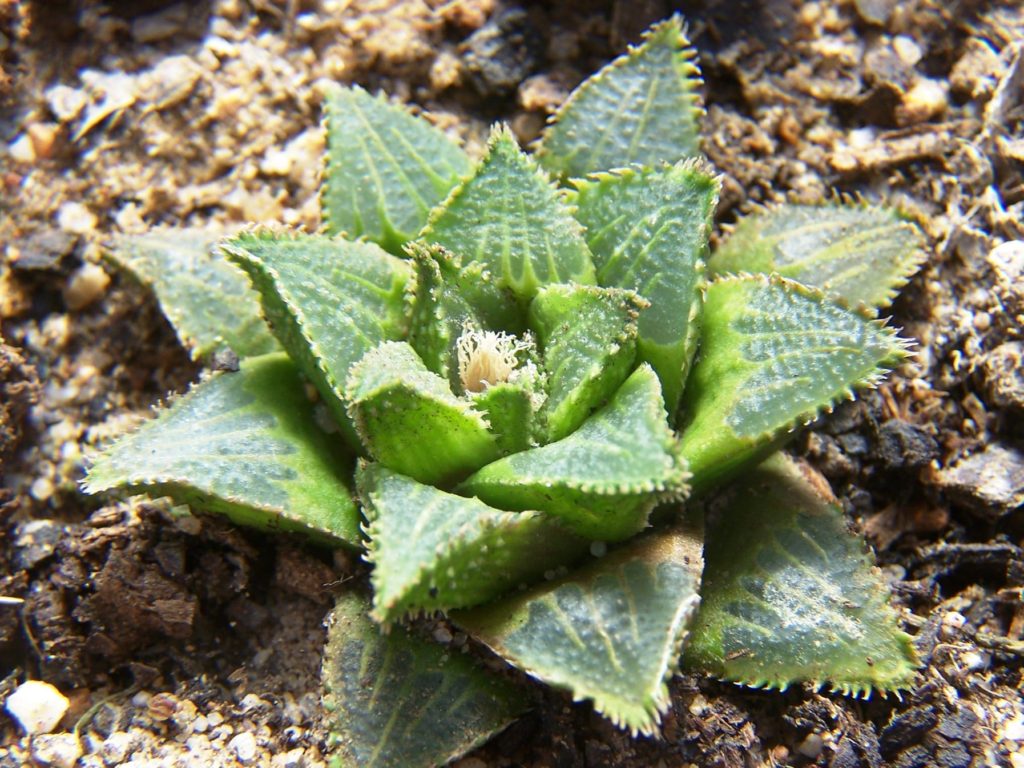
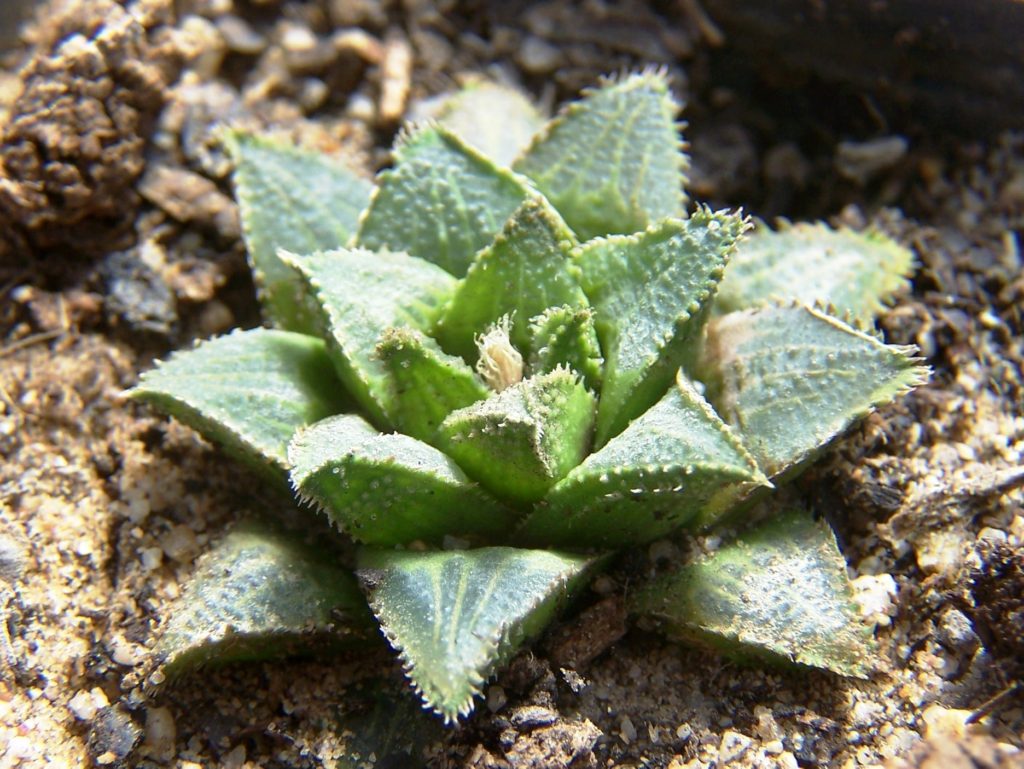
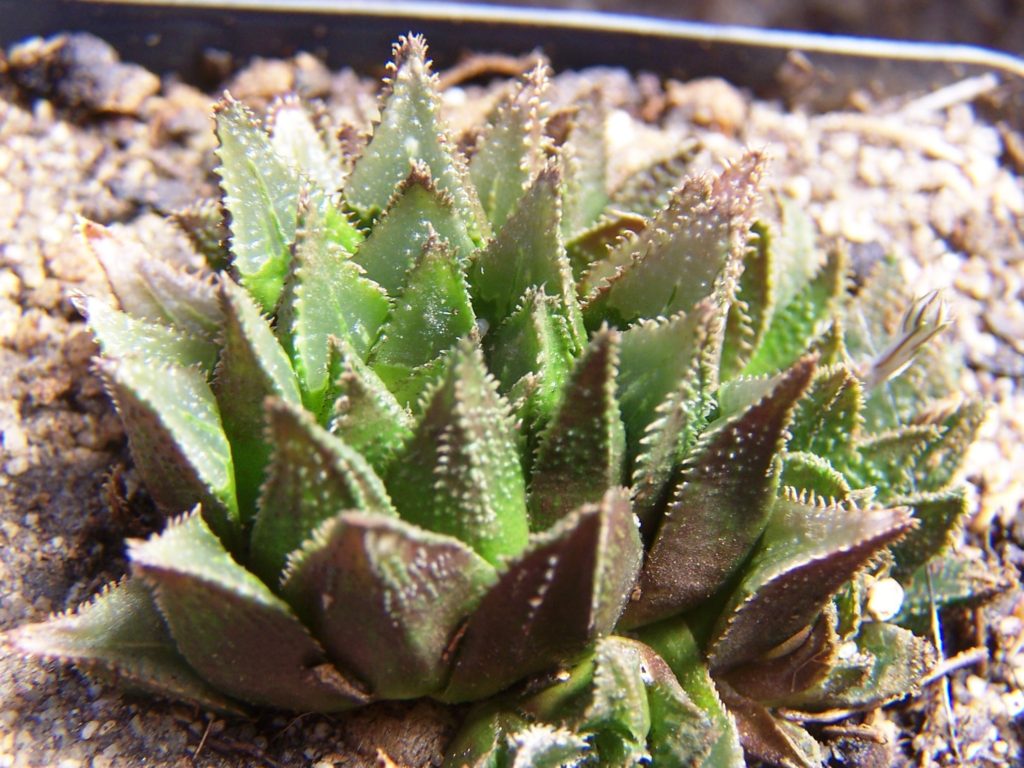
H. mirabilis ‘notabilis’. This is a place in the mountains midway between Robertson and Worcester. Both arachnoidea and reticulata occur here as well in different habitats. There are shale, dolomite and sandstone formations. The countryside is formidable. How does one describe the plants here and link them adequately to a host of populations running all the way east to Ashton, and to the oddities of the NE Worcester area. Not only that. There are continuities southwards as well.

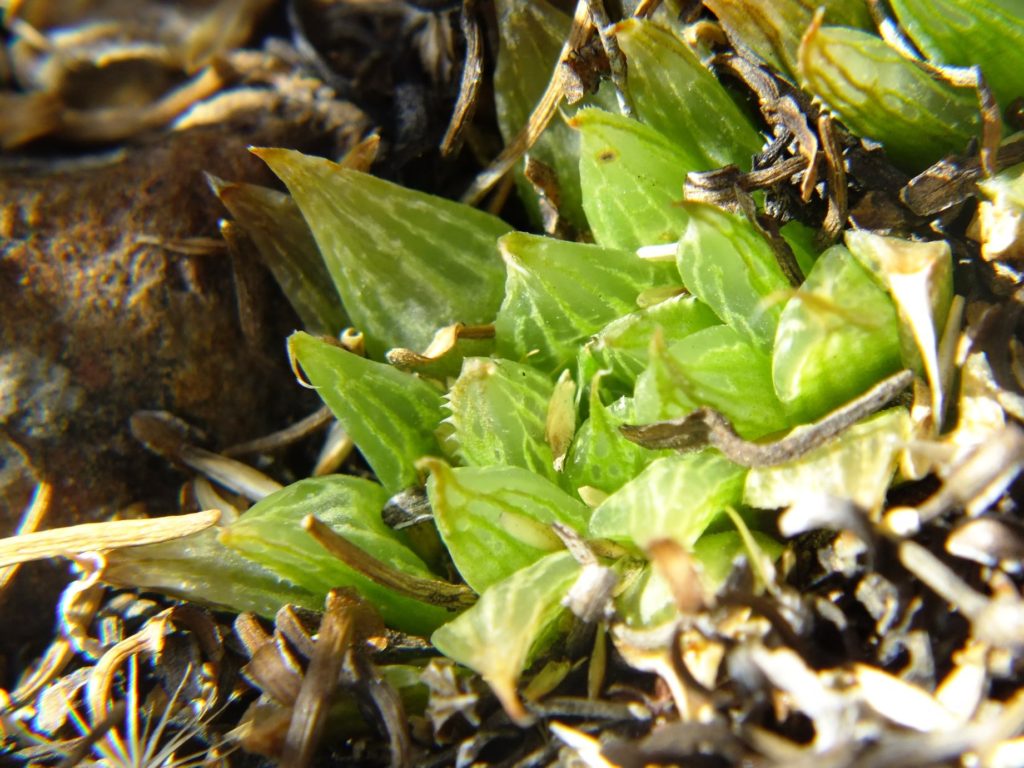
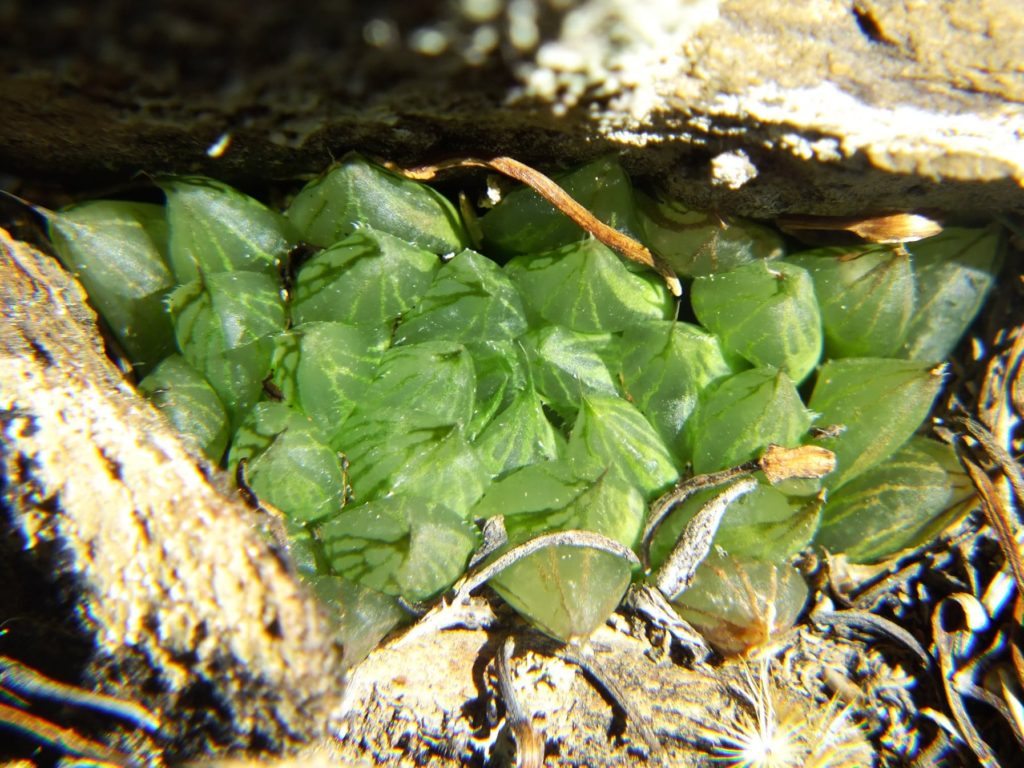
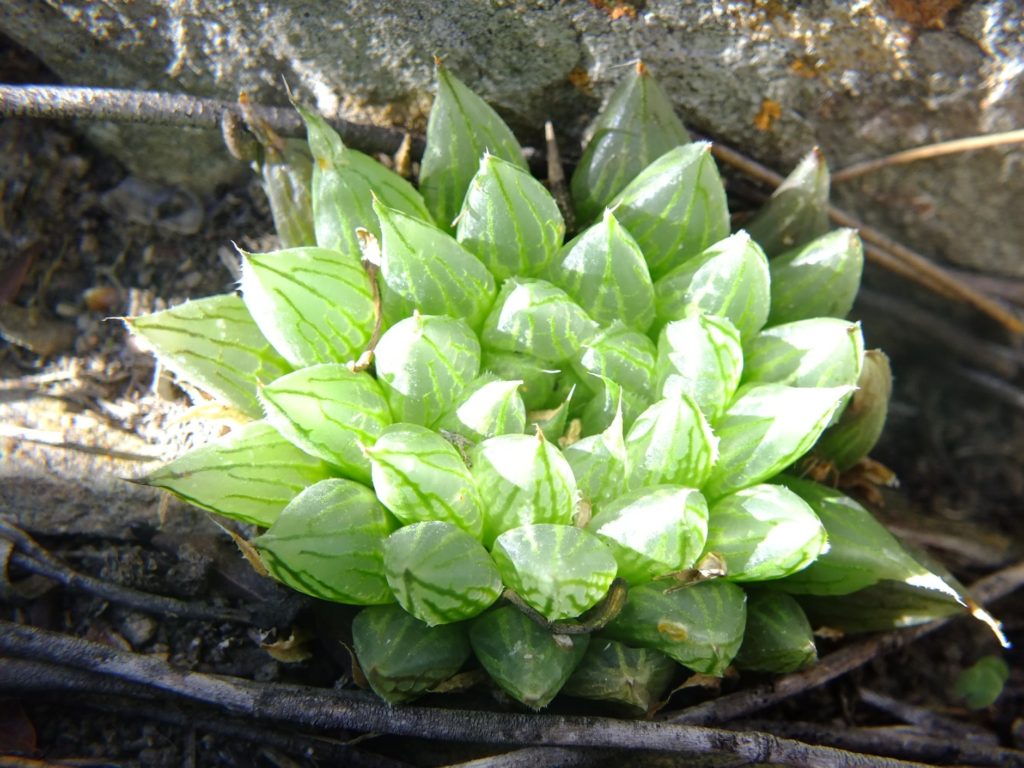
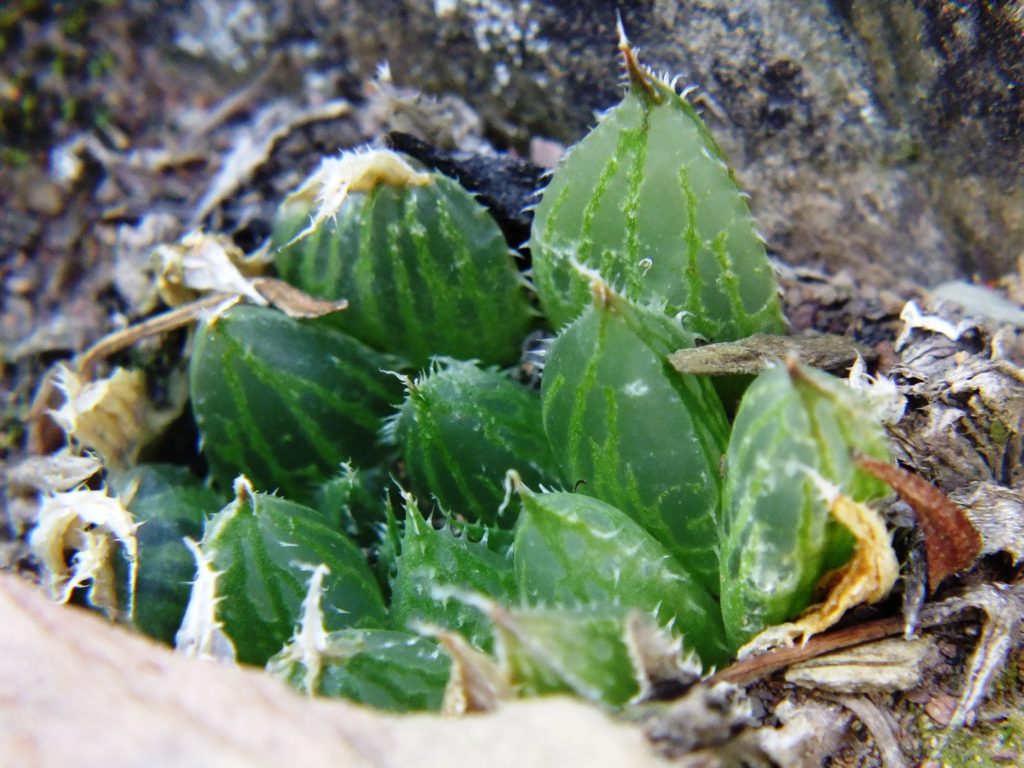
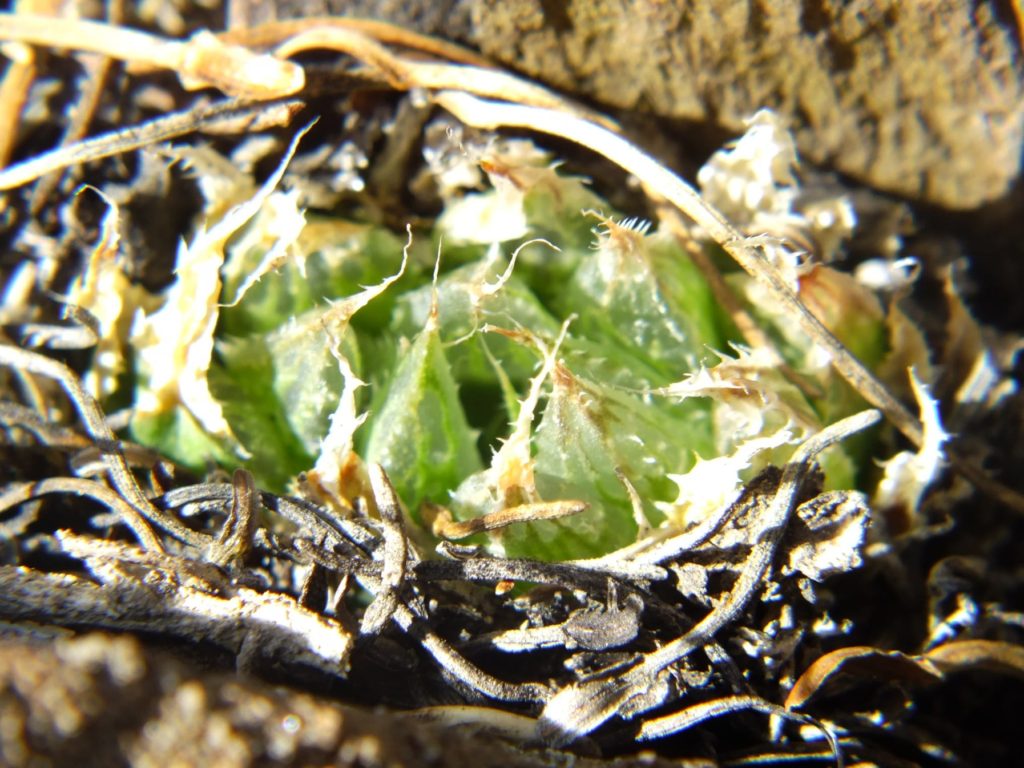
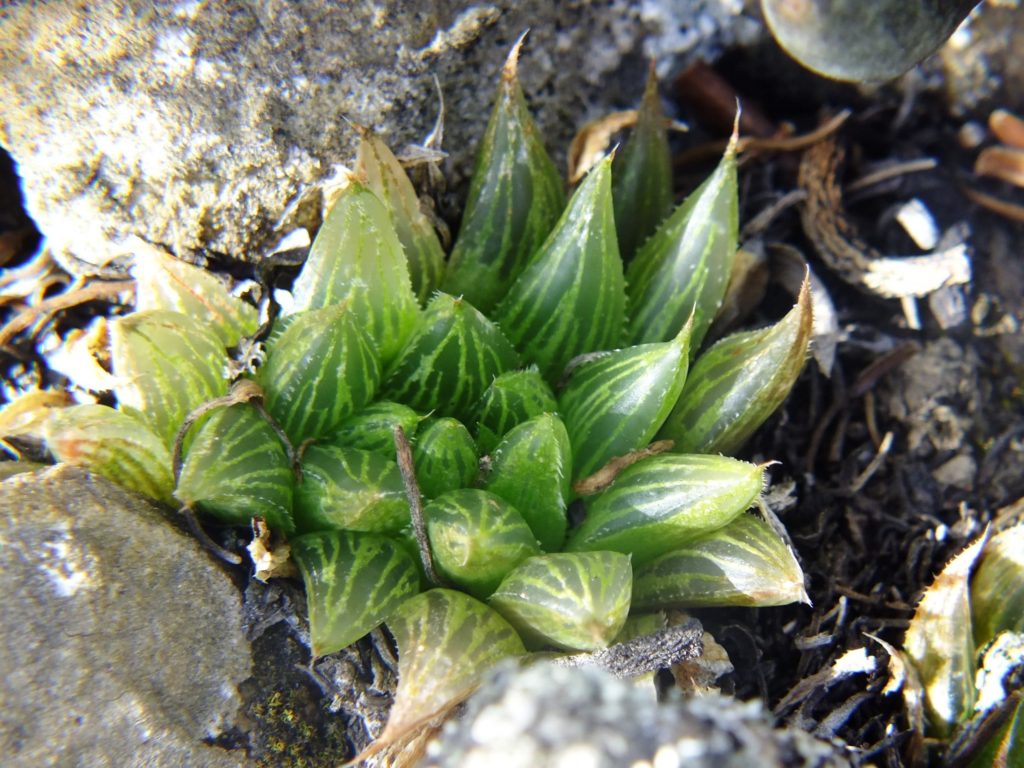
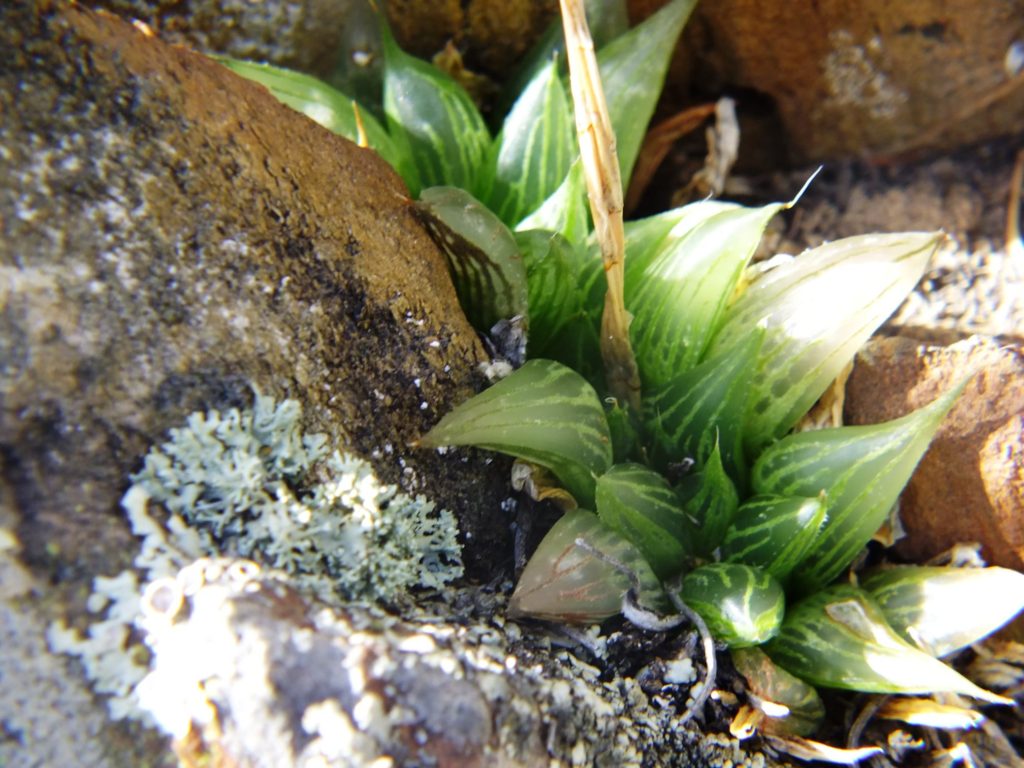

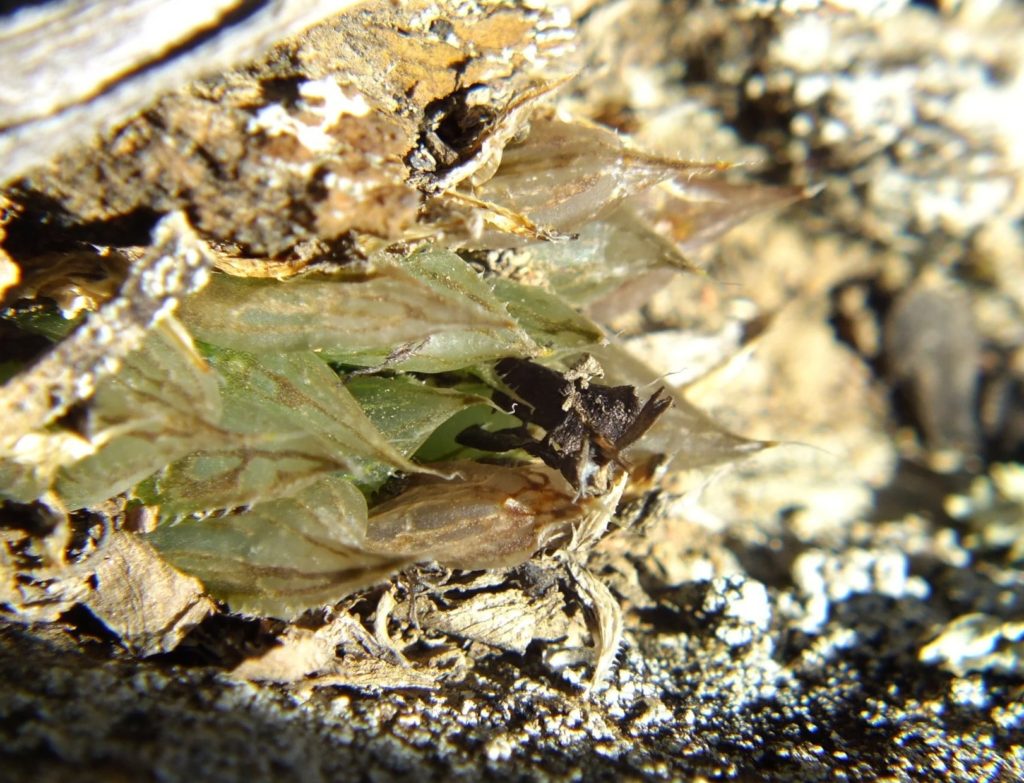
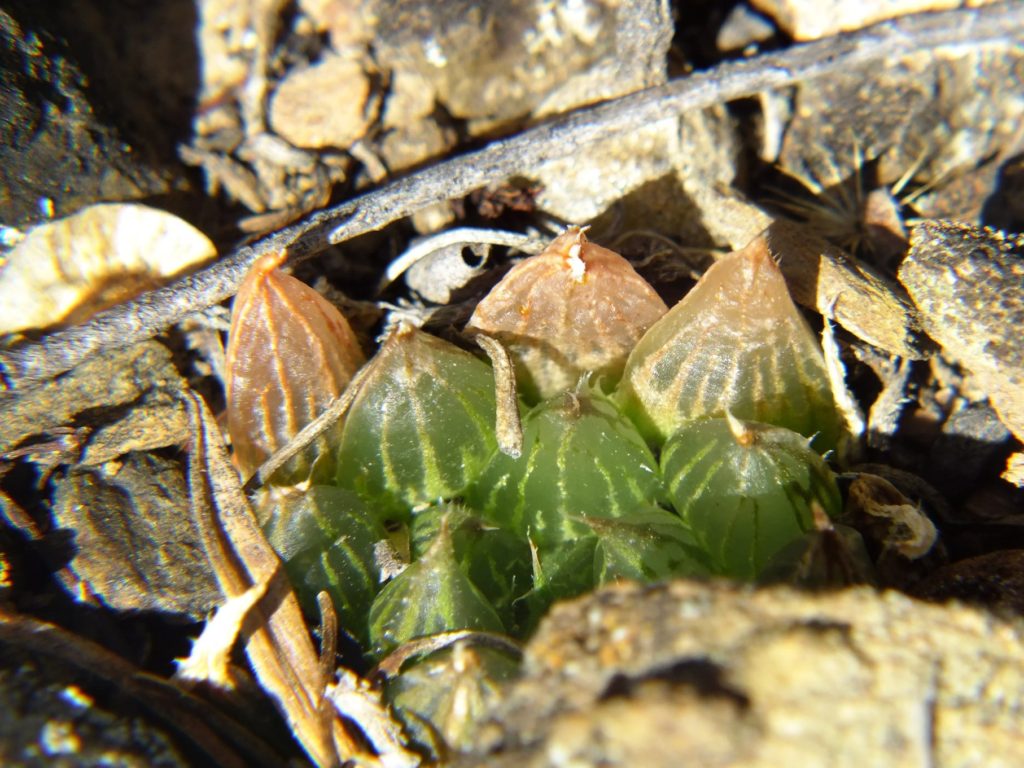
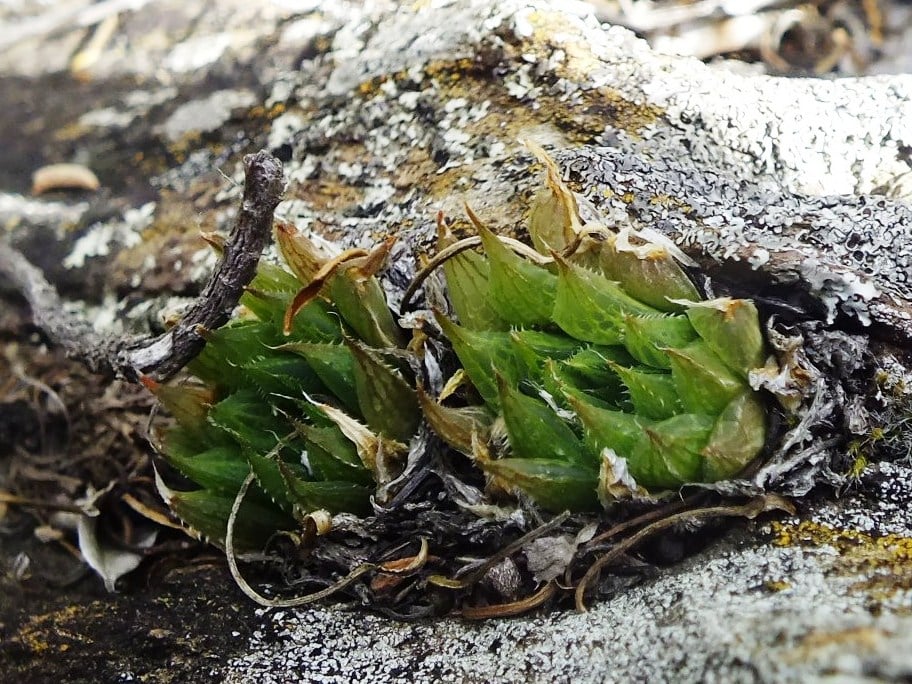
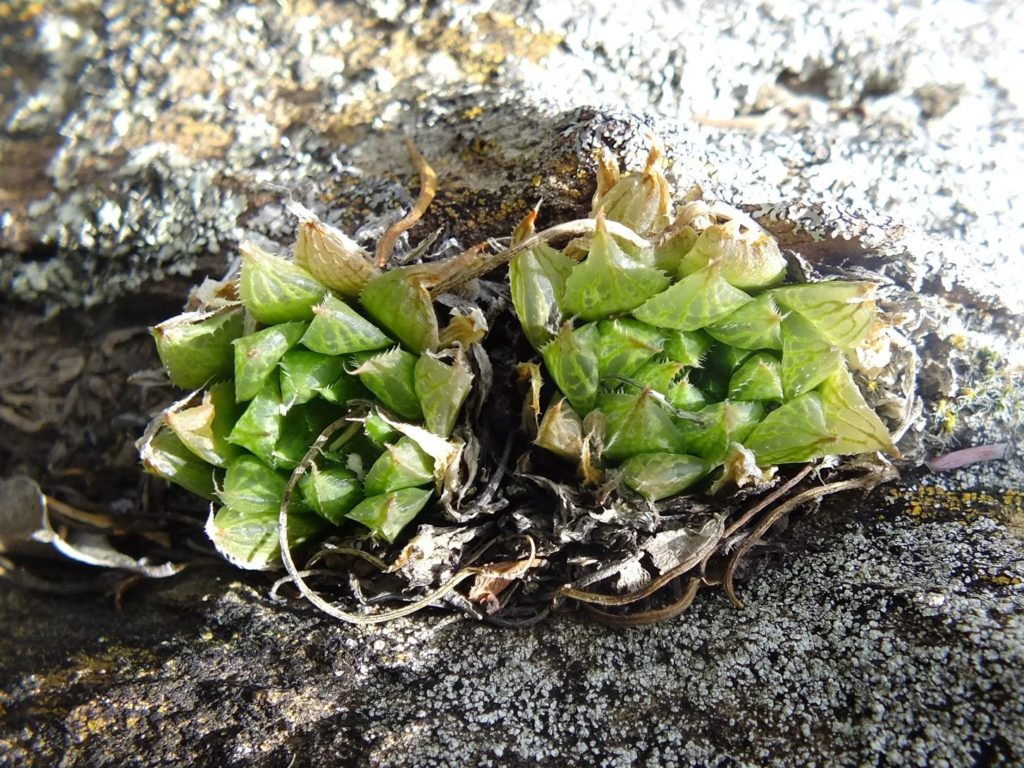
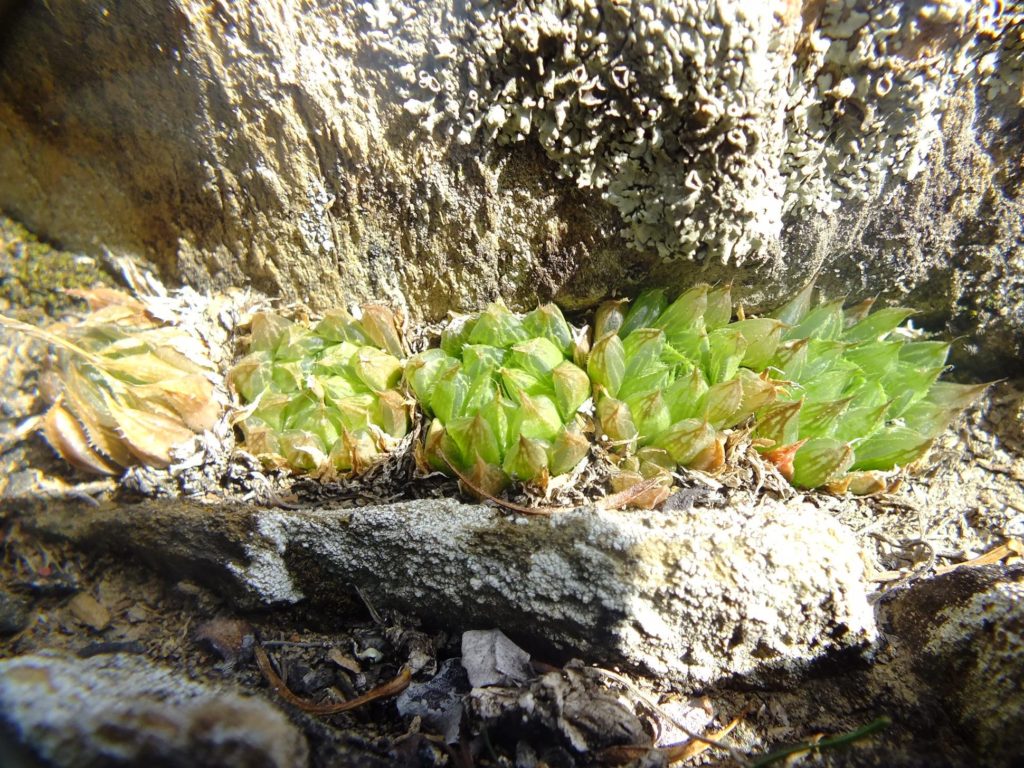

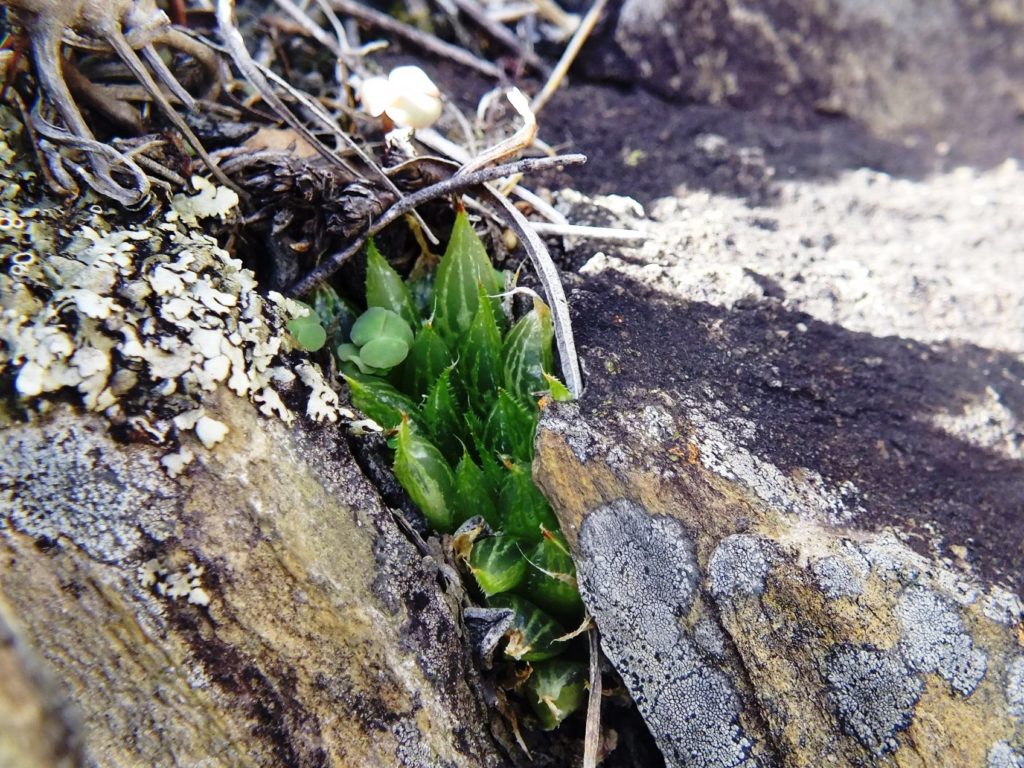
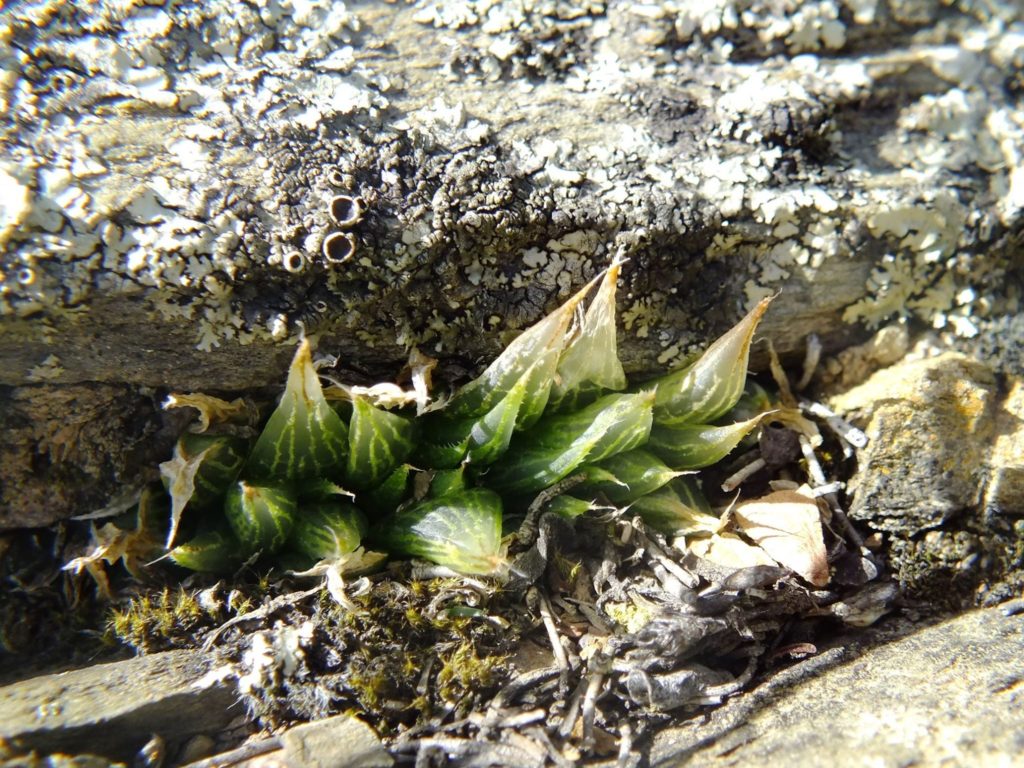
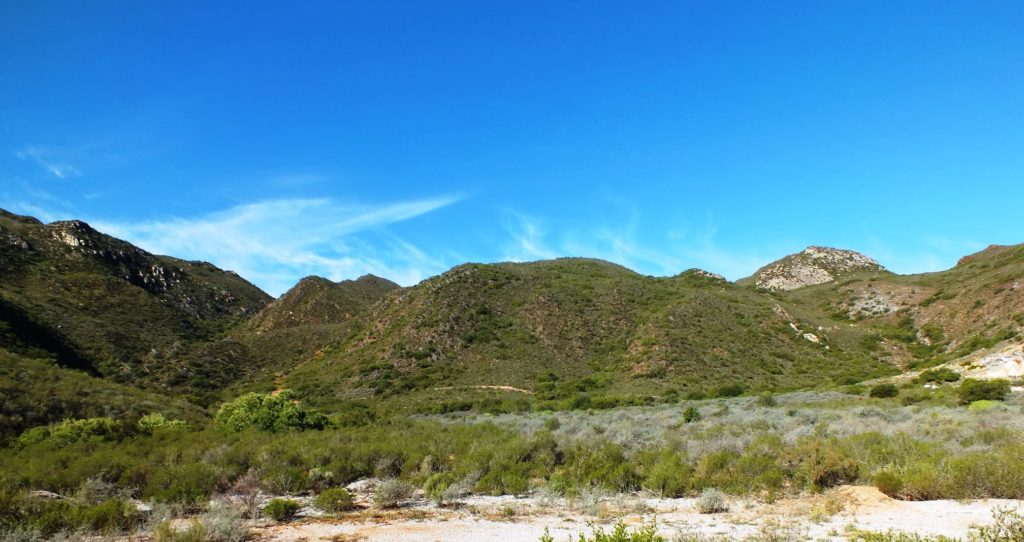
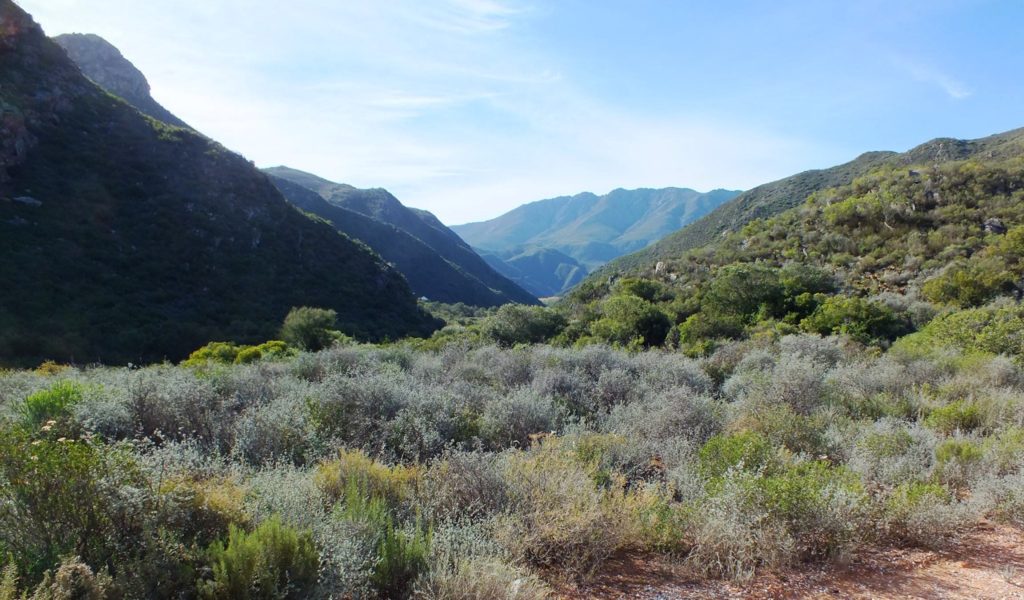
Lets try something. First the chaos formula imaging. Like a DNA seq. phylogram it is two dimensional and cannot adequately represent a spacetime issue (that species are whether evolutionary or independent creation of ‘species’. Secondly imagine a continuation of the fractal image with 6 species in a particular time frame continuing on to eventually end up as 3 species in a third frame? The frames are geographic space. The brackets demonstrate how species may overlap in distribution and/or characters. The chaos formula demonstrates overlap of characters in time or space but not in both as is needed. That is called linearity as opposed to actual reticulate reality? I am no intellectual wizard but am quite sure that plant taxonomy has got things WRONG.

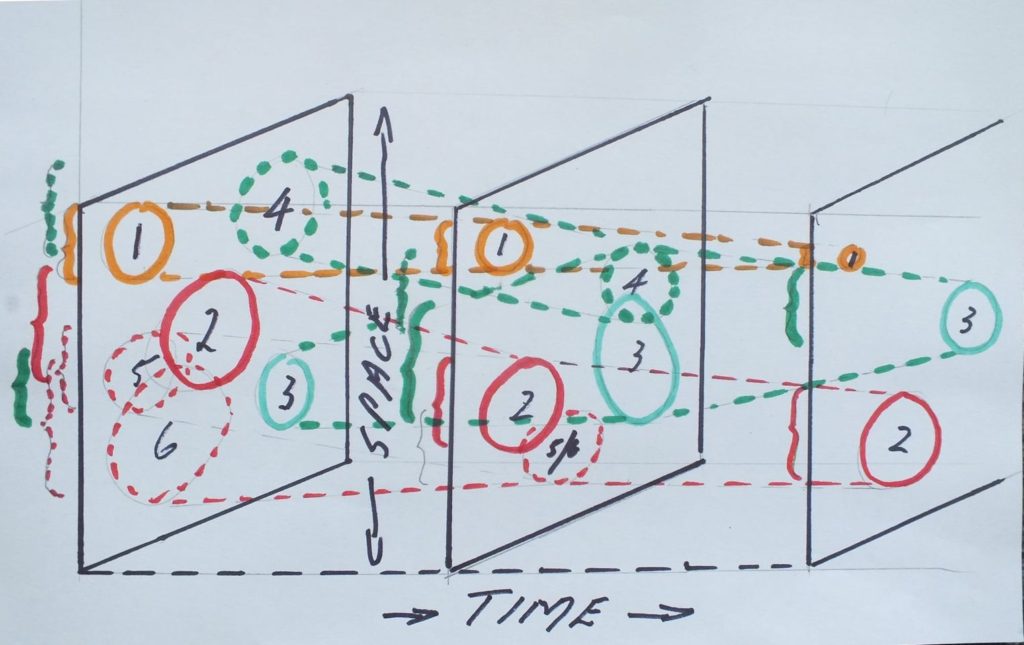
Guan Tan-Amo Lim wrote “Haworthias are a little bit like domesticated dogs… they come in all shapes and sizes and can breed with each other readily. Yet dogs are all of one species. Could the many Haworthia species similarly be reduced to if not one species then to only a few? With many “breeds” corresponding to the natural populations in habitat?”
Bruce Bayer replied “Guan Yes. but we shift the problem from one level to another. I have a spider web of five species (turgida/retusa, emelyae, pygmaea, mutica, emelyae that could be one. But there is another spider web in the upper left of herbacea, reticulata, maculata and pubescens. So where do we stop? Things like wittebergensis, pulchella and marxii seem totally separate but there is chaos among all the other true Haworthia. Funny I was just browsing an article on a math issue that claims that there are things that are true but they cannot be proved to be true? Life is a conundrum.”
A fairly random lot? Actually no. This is a place a few km from ‘hammeri‘. Their is a rounded hill with small nondescript LBJs (little black jobs) most places, but at one spot quite large plants like this. Atrofuscoid? The floribunda-like leaf tip is common in the small mirabiloids. I should add… a note on fieldwork. Did I do field work? Walking around with nothing to measure and itemise but an eyeball assessment and some pictures.
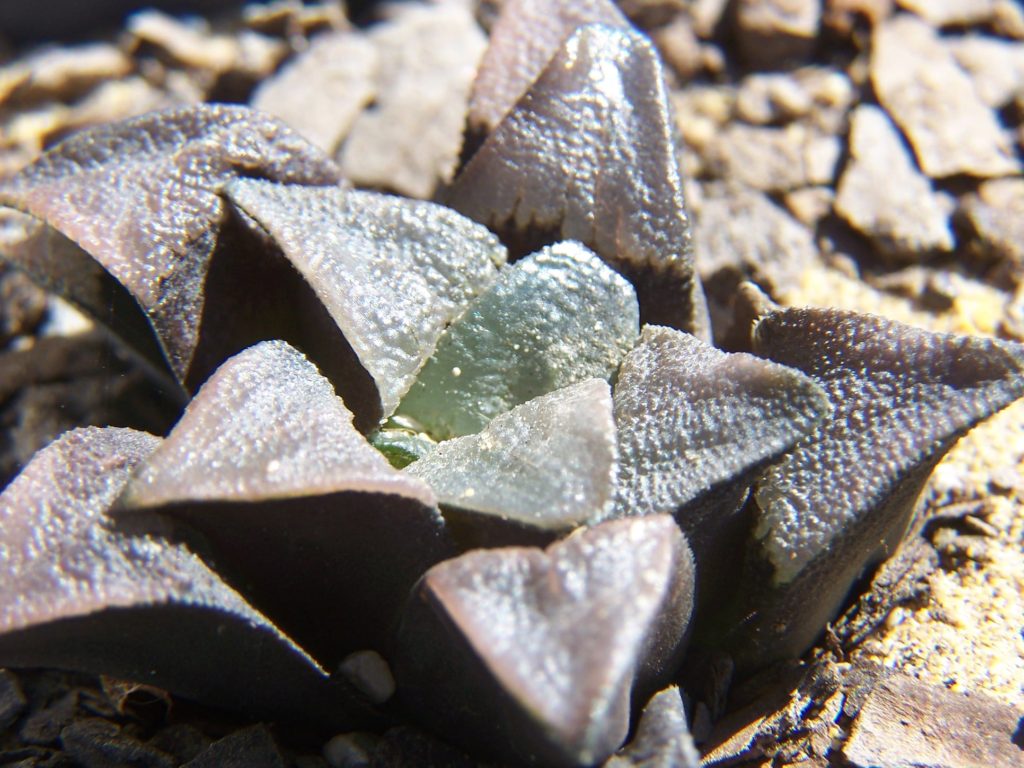
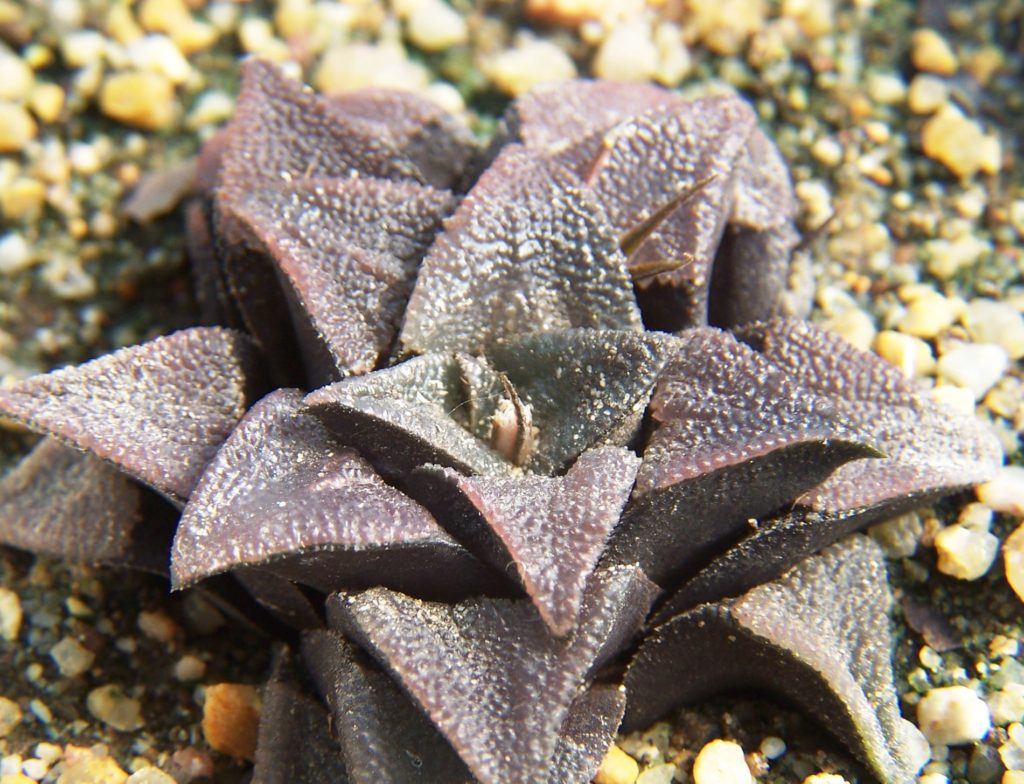
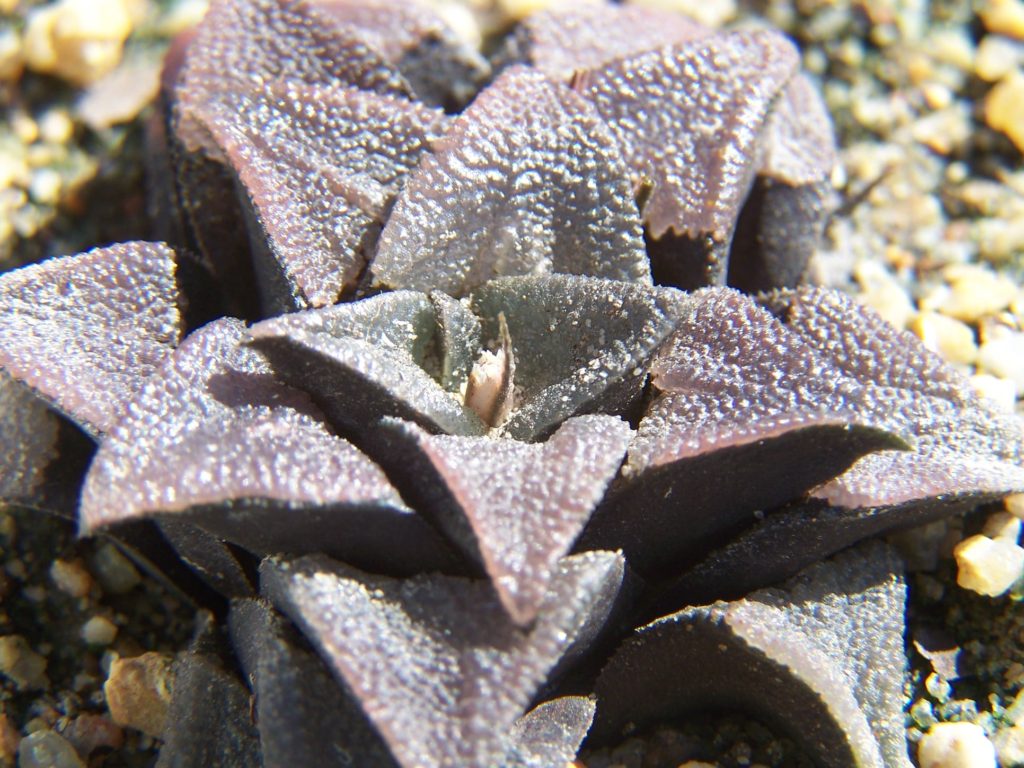
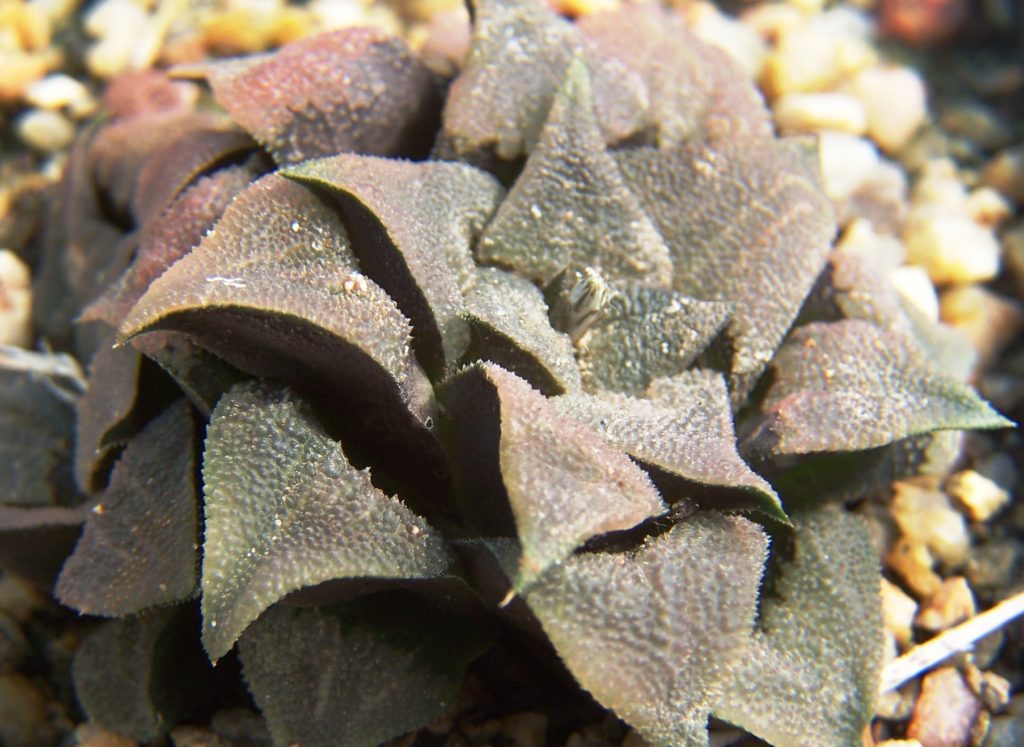
6638 from NNE Bredasdorp. Mirabilis. This is a place where turgida also occurs, and with rossouwii and mutica within a few km. Also home to the ‘heidelbergensis minor’ that I suggest has rossouwii genetic material. One of these clones is very reminiscent of what I observed and considered a true hybrid between mutica and mirabilis where populations were in very close association. Does anyone really have problems with names used in an informal way like this rather than behind a facade of deep science and a degree of fraud?

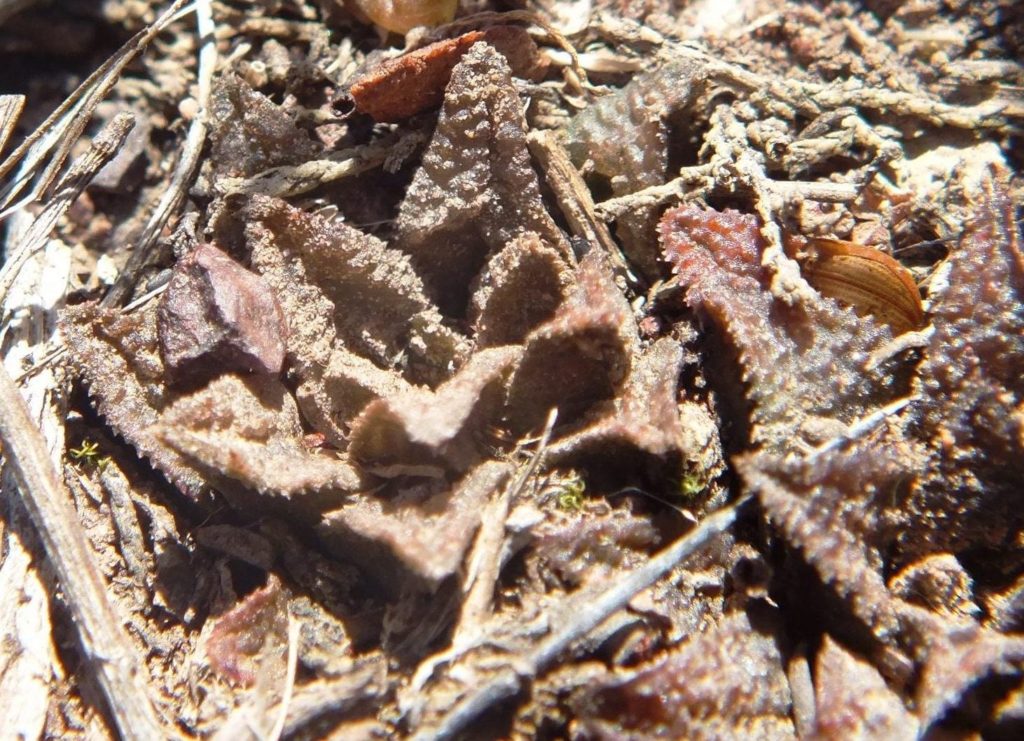
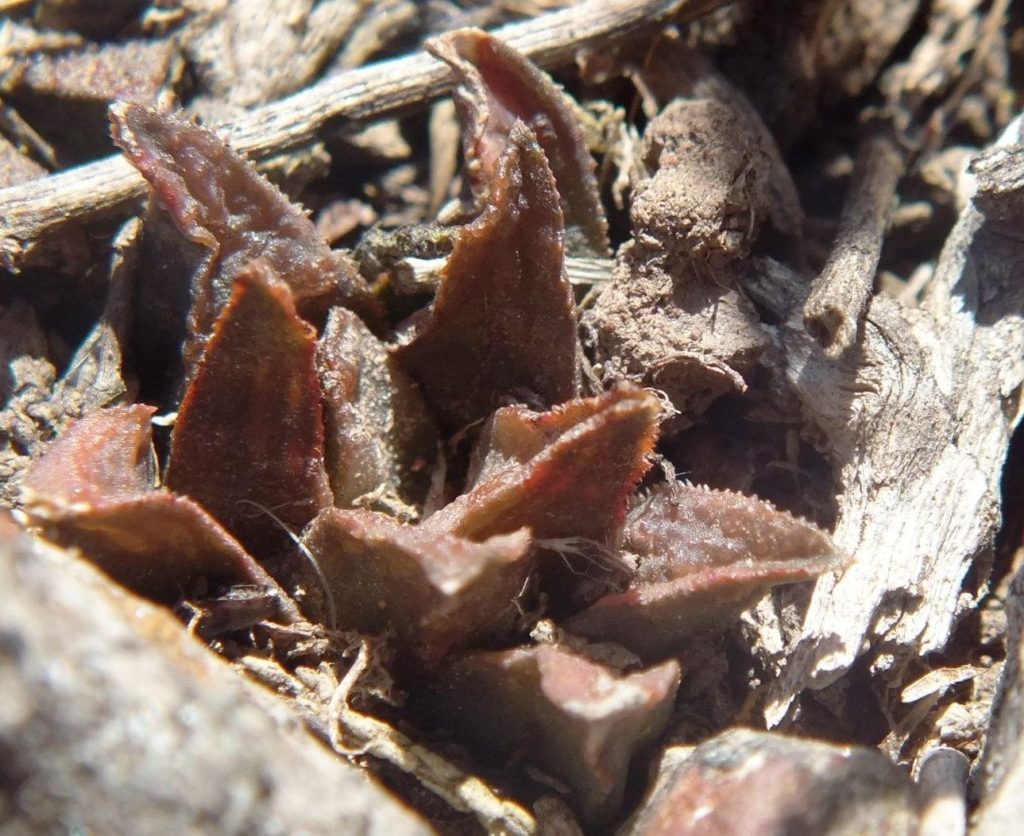
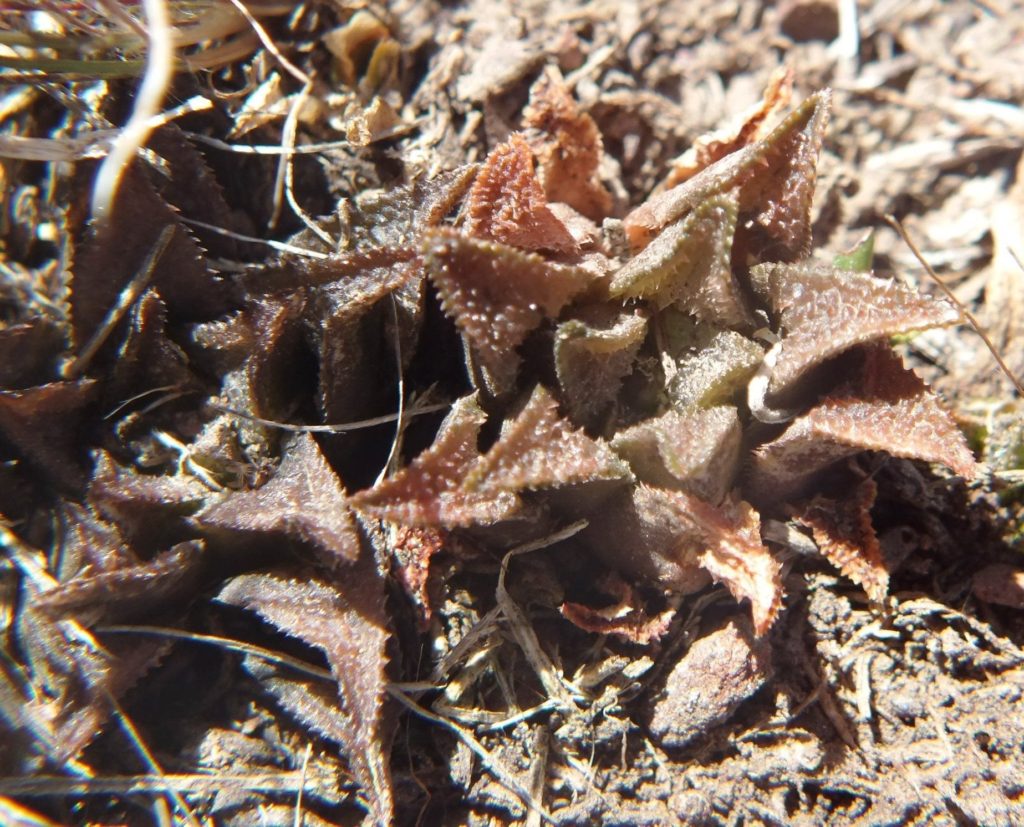
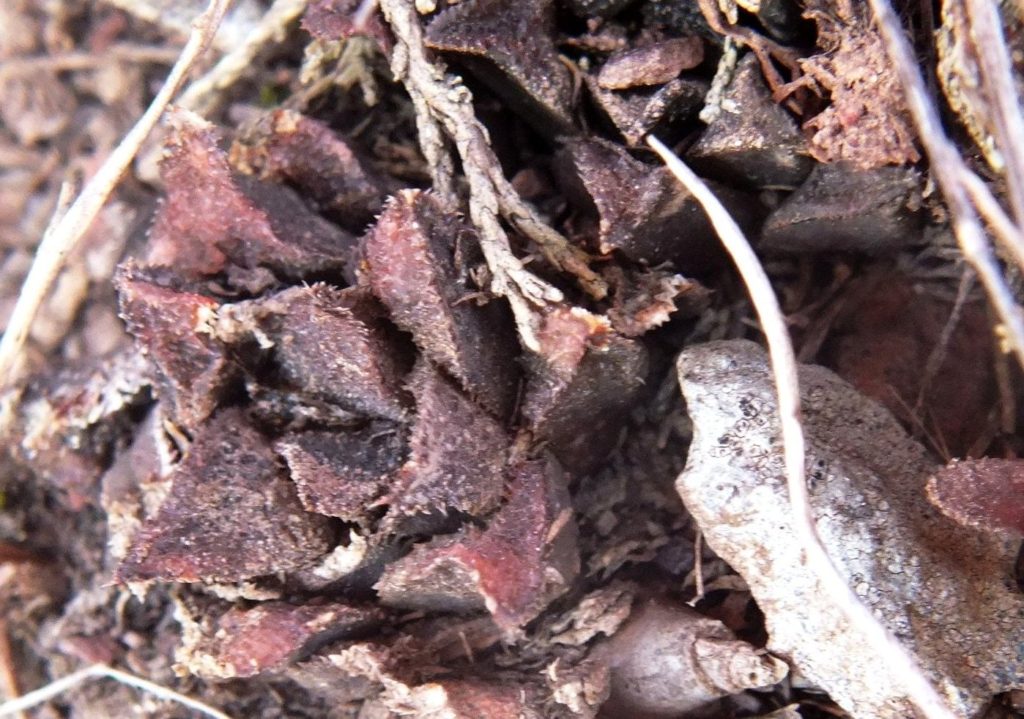
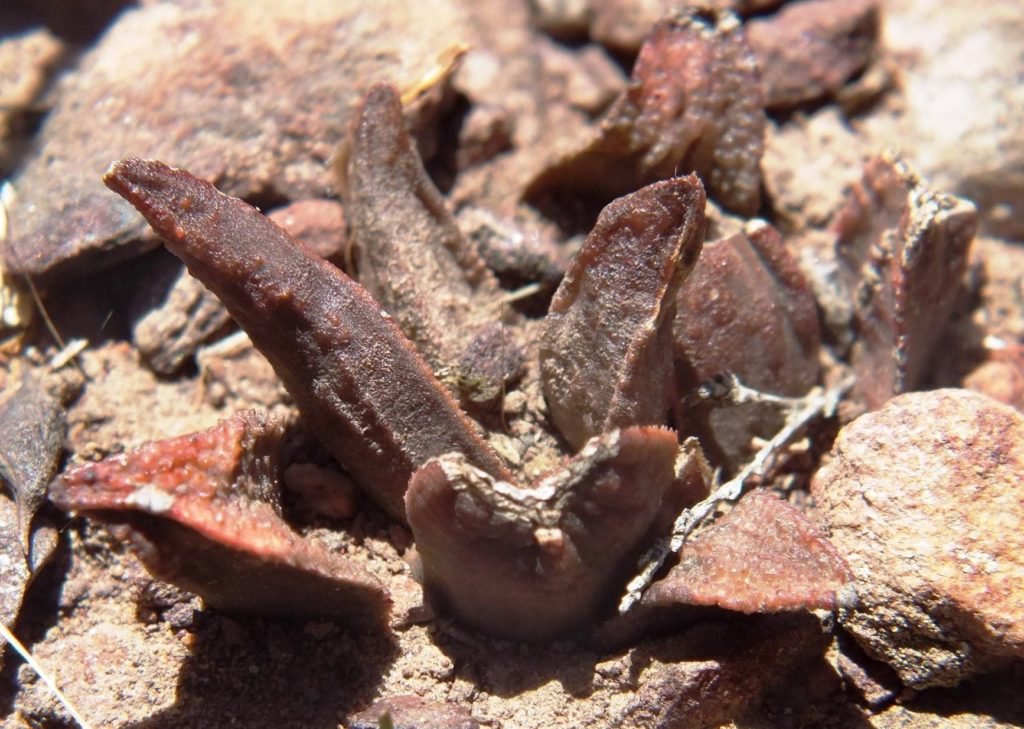
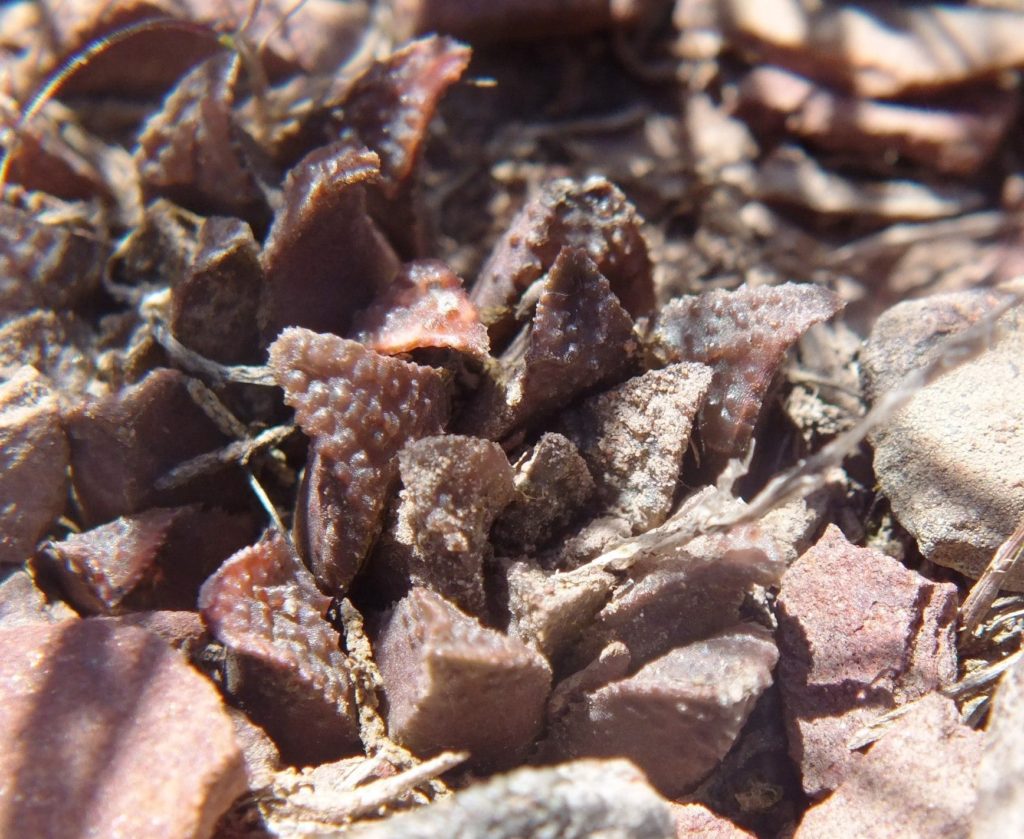
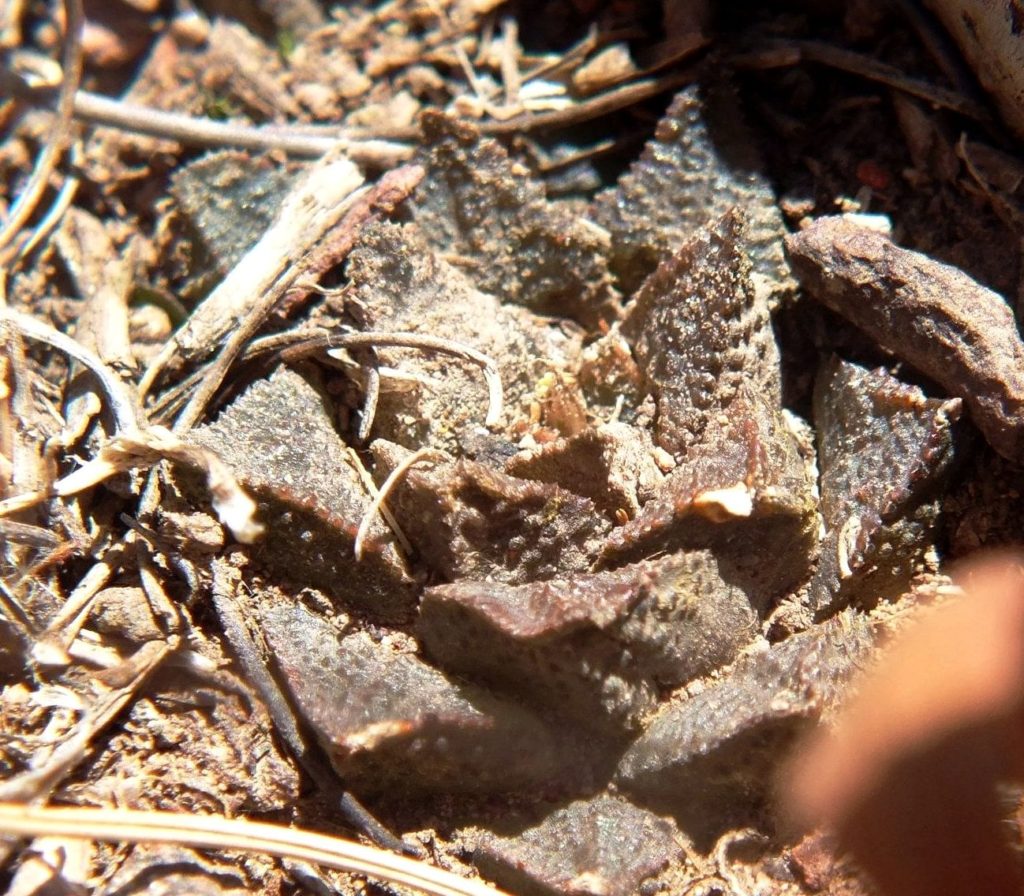
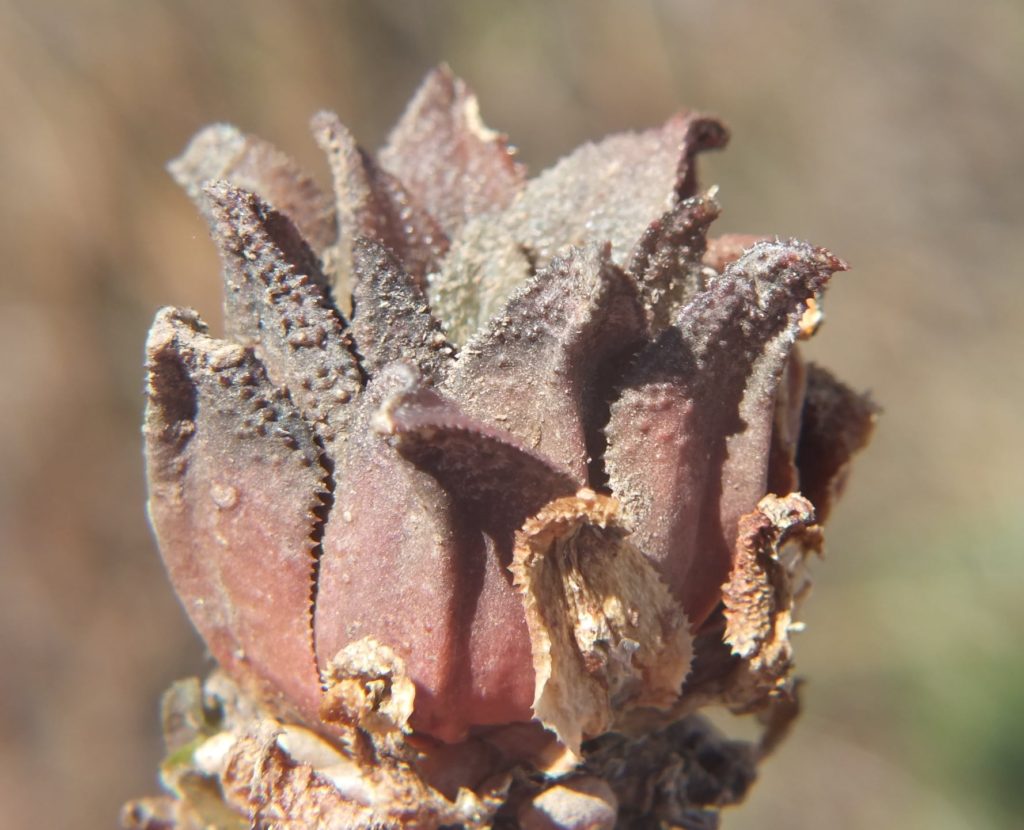

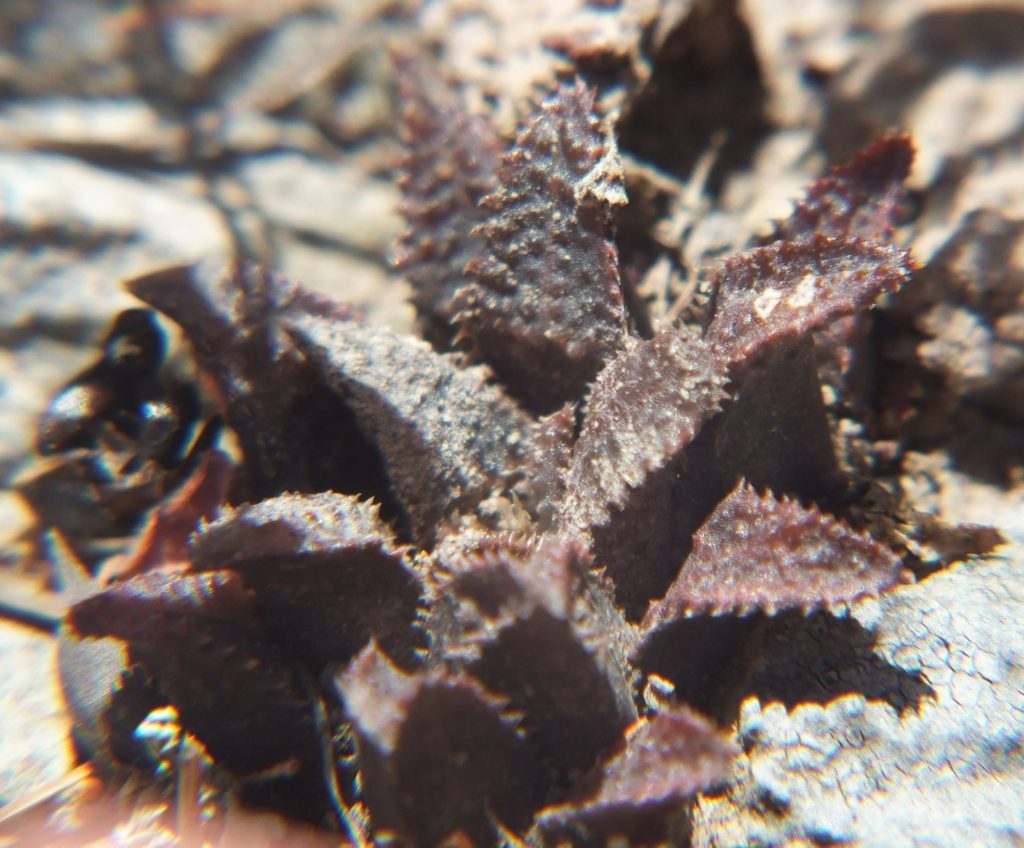
From 6638 pictures. This weirdo strikes me as reminiscent of more obvious hybrids retusa/mirabilis or mutica/mirabilis where they are in close enough proximity to support a hybrid presumption. Turgida is an estimated 400m away from here.
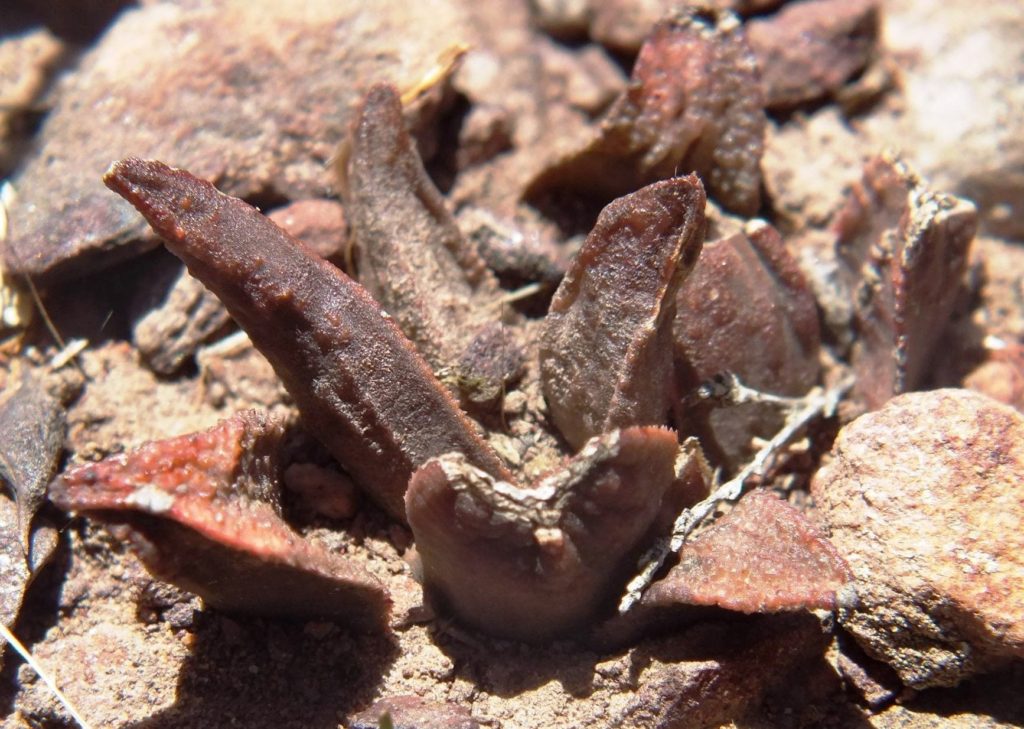
Soumen Aditya comments “I didn’t see a features of natural hybrid … Most probably the polymorphic evolution…” Here is what IS most probably hybrid. Where mirabilis and mutica are in two populations meters apart. SO I think what would be features of a natural hybrid may just be a subjective opinion? I have mentioned before how problematic the issue of hybrids is and have often been asked – How do you tell it is a hybrid? Credibility in classification barely exists at the best of times.”
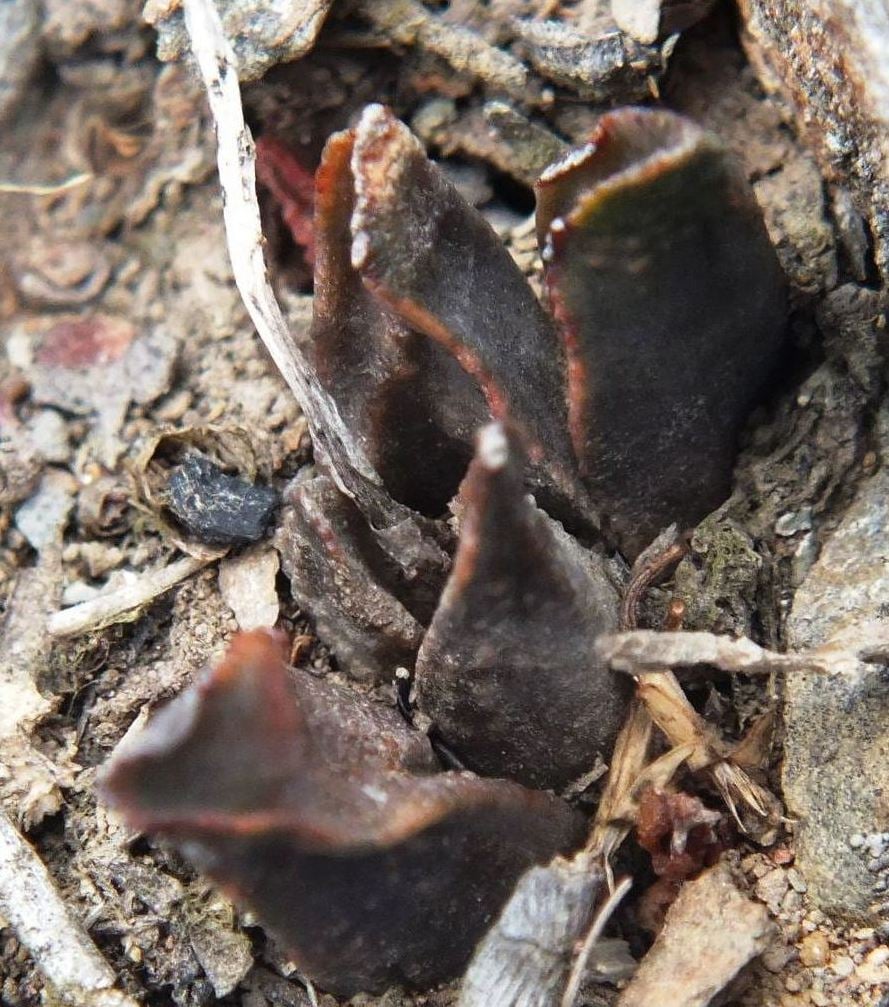
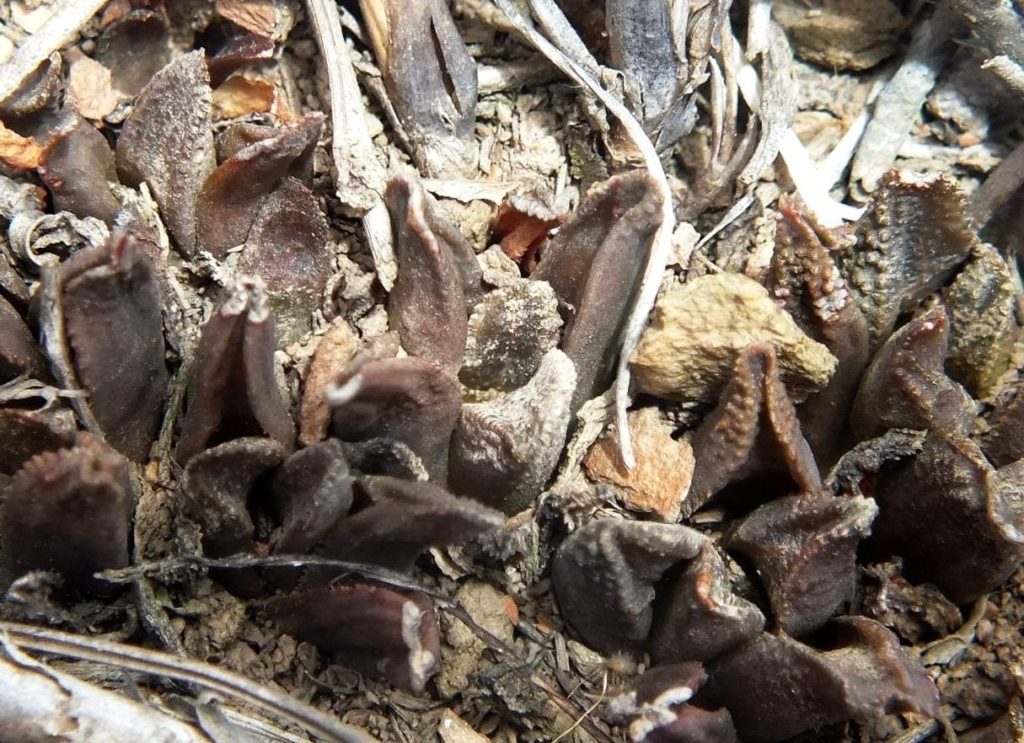
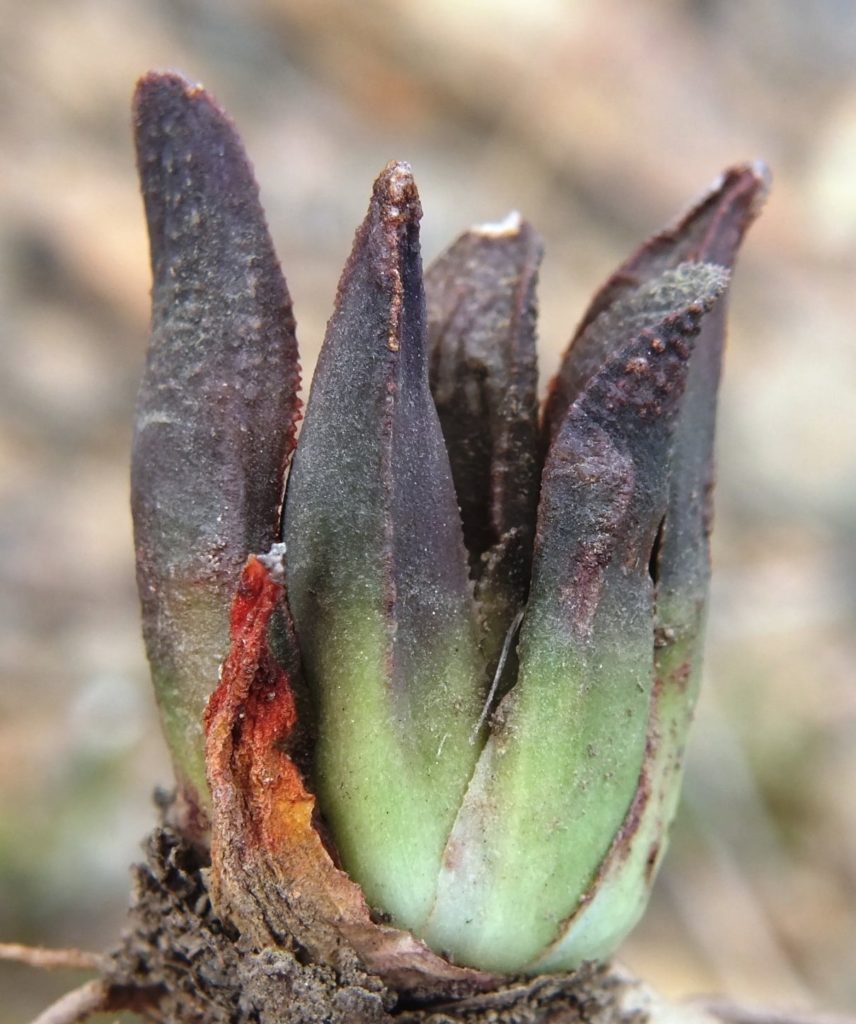
What do I ask? I once was in a meeting with a group of top managers discussing a topic they had been dealing with for over 20 years viz. rangeland production. I was suggesting a method of assessing potential. The group seemed so lukewarm to my suggestion that I felt the need to establish if they really did know what I was talking about. So I sent around a problem and asked if it could be solved using the available knowledge they had been debating for over the previous 20plus years. Deadly quiet. No wonder they were so indifferent. Now I feel exactly the same about Haworthia classification. People have been arguing and debating this since Herre’s time (1930). Here in SA nothing has changed. Perhaps I also do not know what I am talking about! The spider web for the retusoid/mirabiloid plants is a small part of the whole, and fairly straightforward compared to the bigger picture. But my suggestion for a systems approach is met with the same deadly quiet, especially from where it matters. What do I do next?
These are a few pictures of 30 from a population in a vast expanse of a no go area for any but the most intrepid. What is it? It is from an aloid sparse space and while I do have pictures for another 5 populations in the area they are not more informative. From my limited (is it that bad?) experience of mountains and the way succulent exploration has been done, I shudder to think how the Haworthia community, led as it is, is going to be able to digest what is still to be learned.
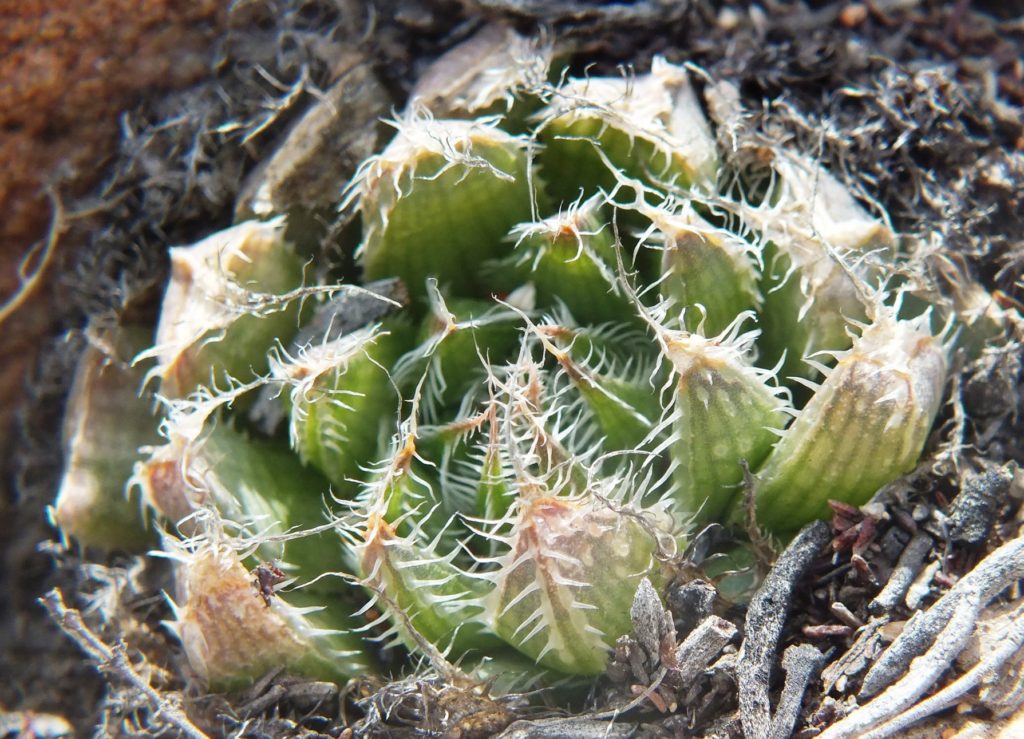

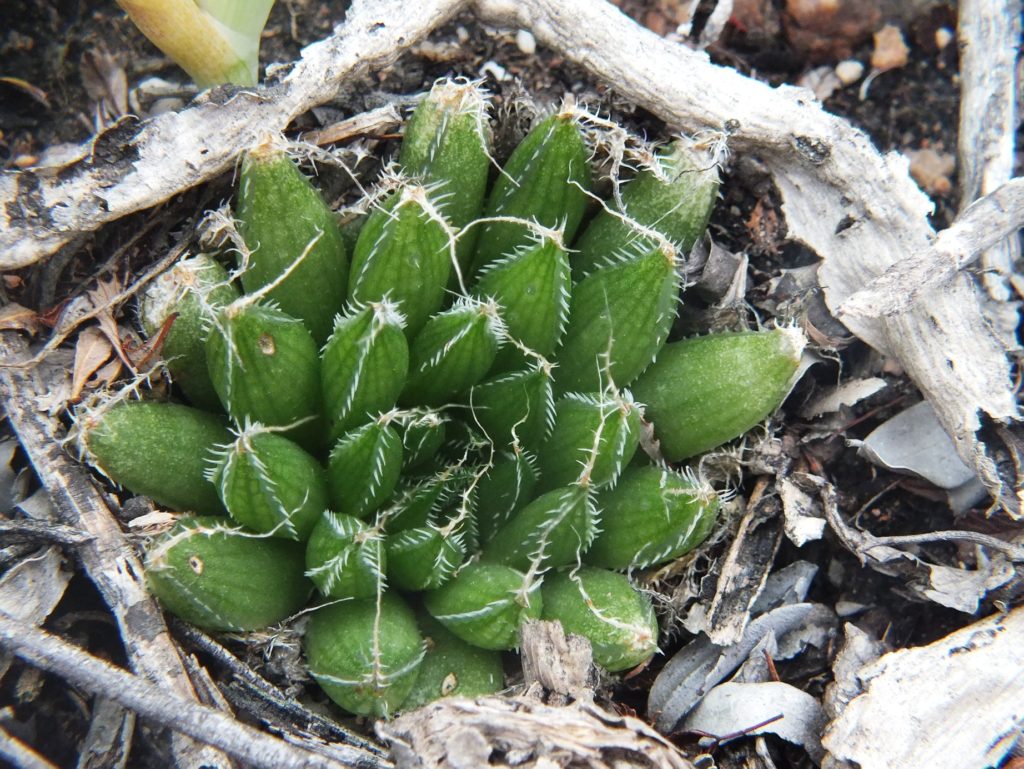
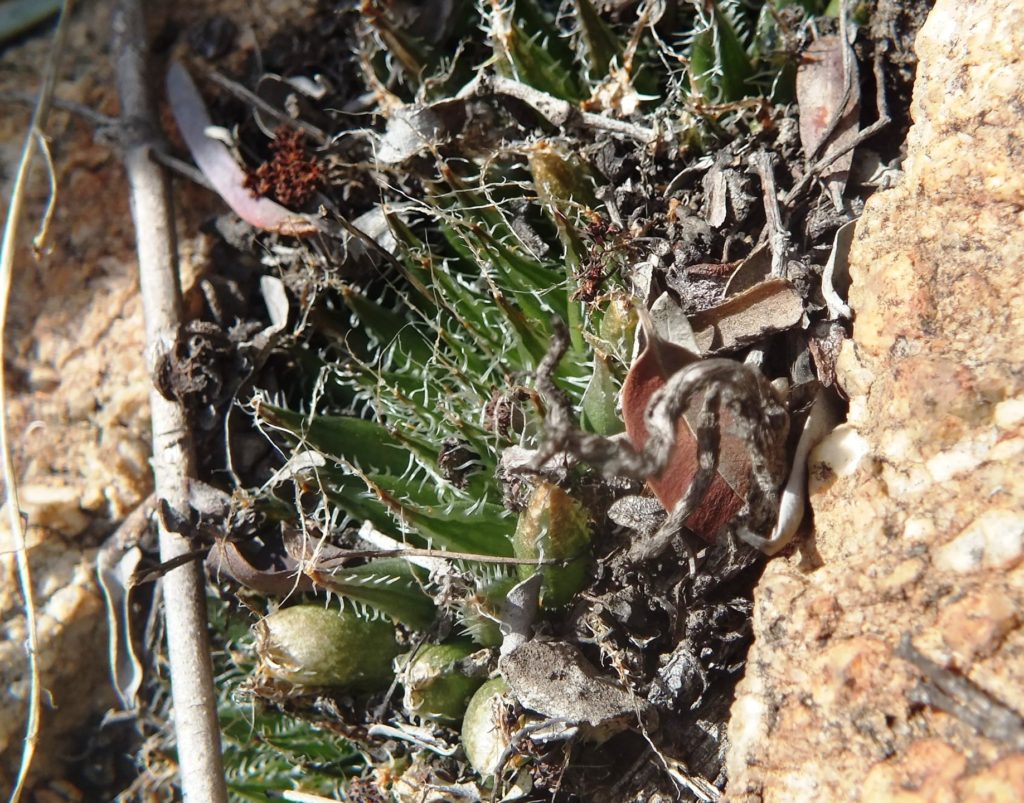
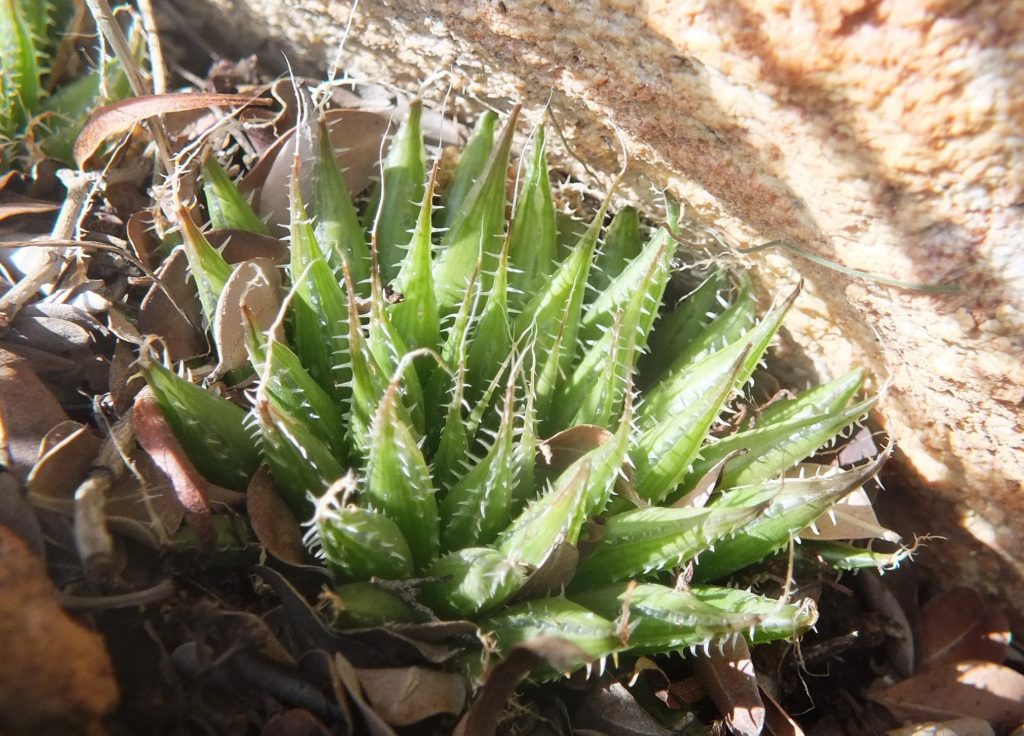
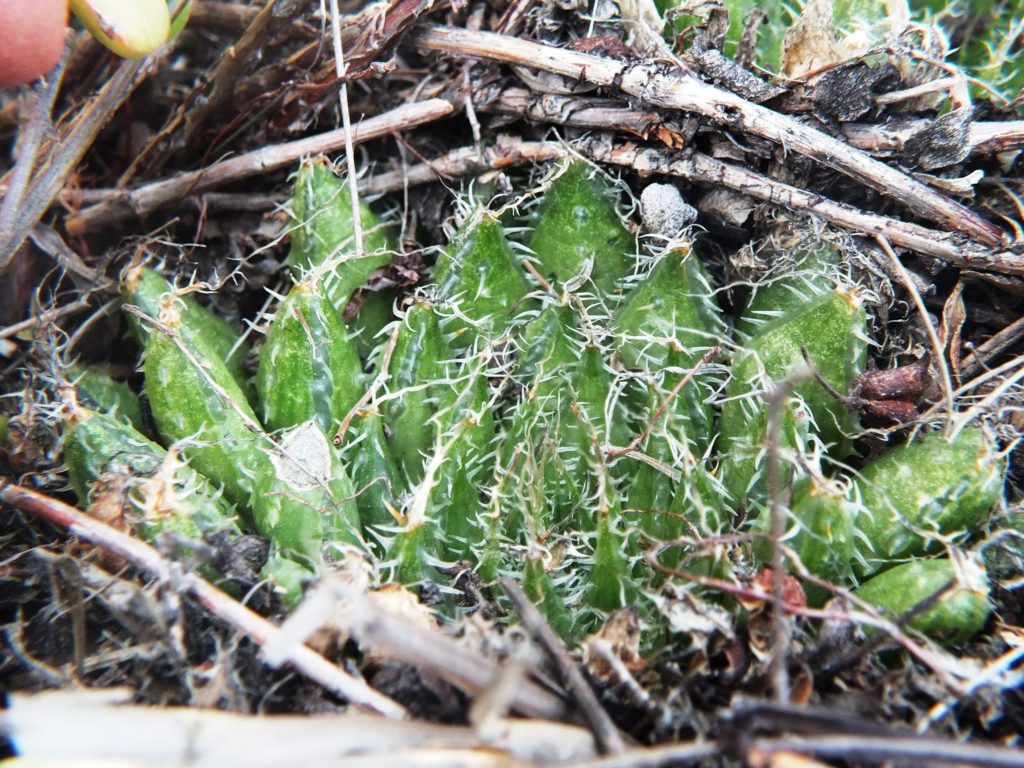


I mentioned that vast no-go area (6694). Here is one of the other 5 populations I know that happens to be only about 500m away (7994).

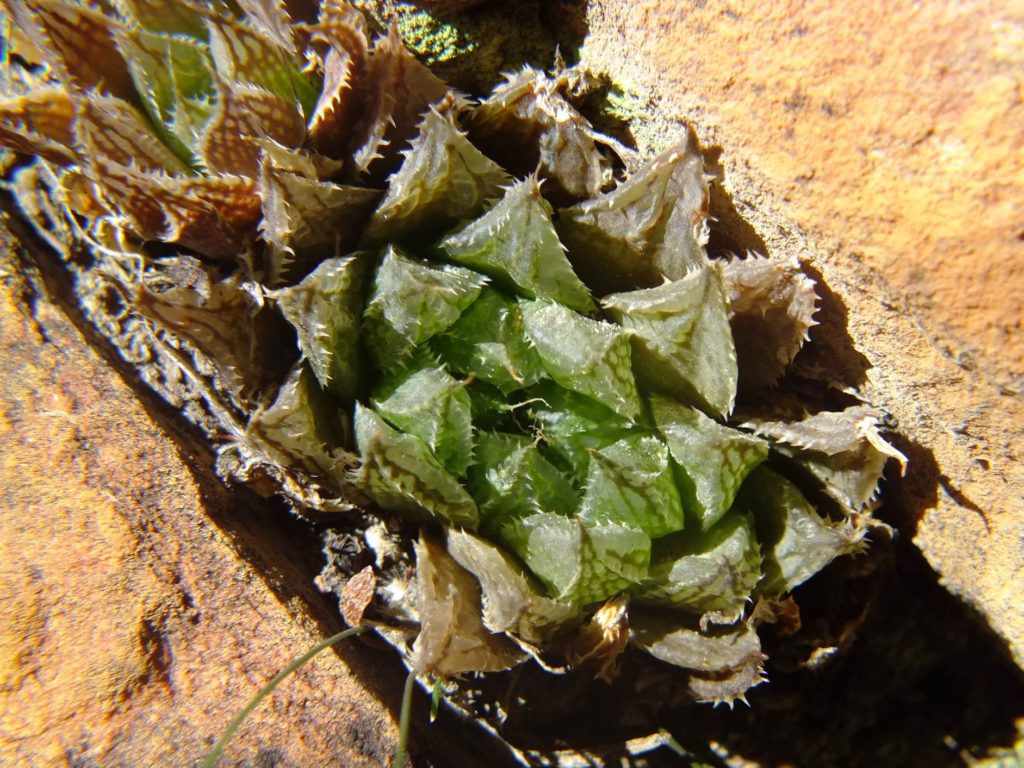
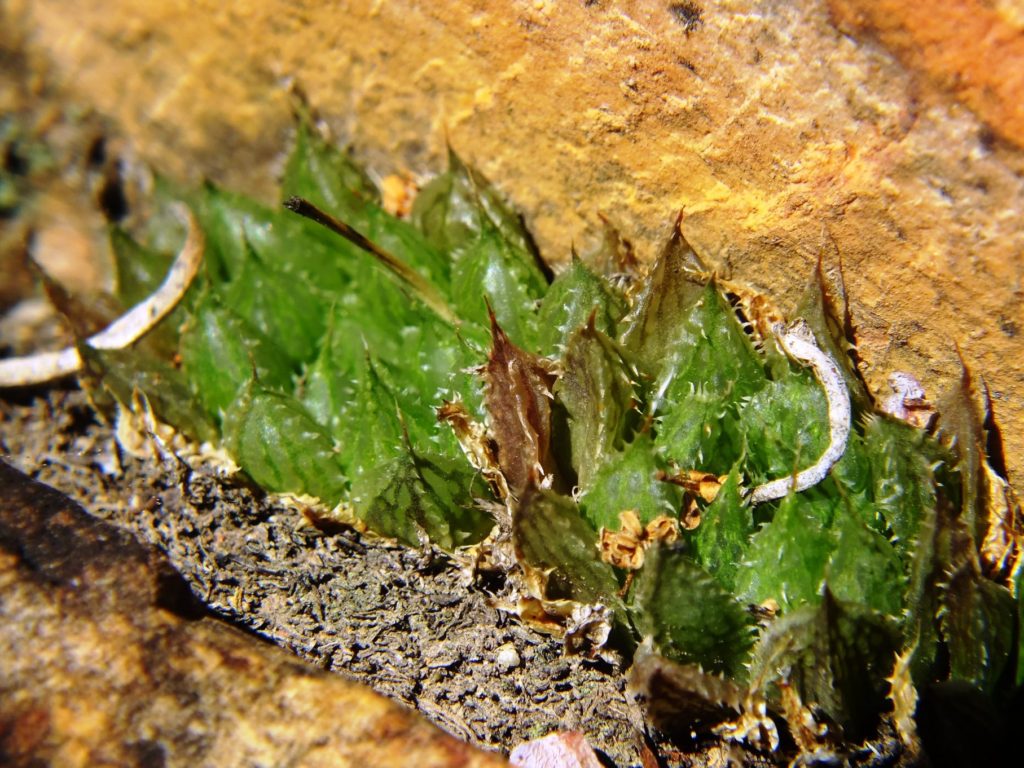
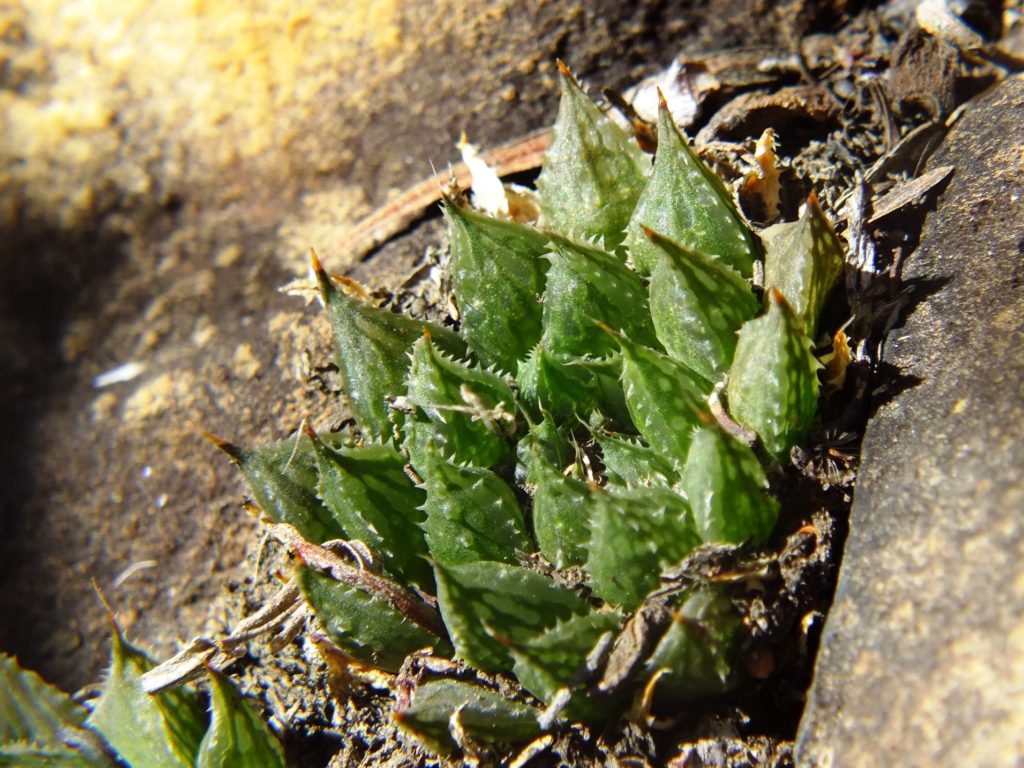
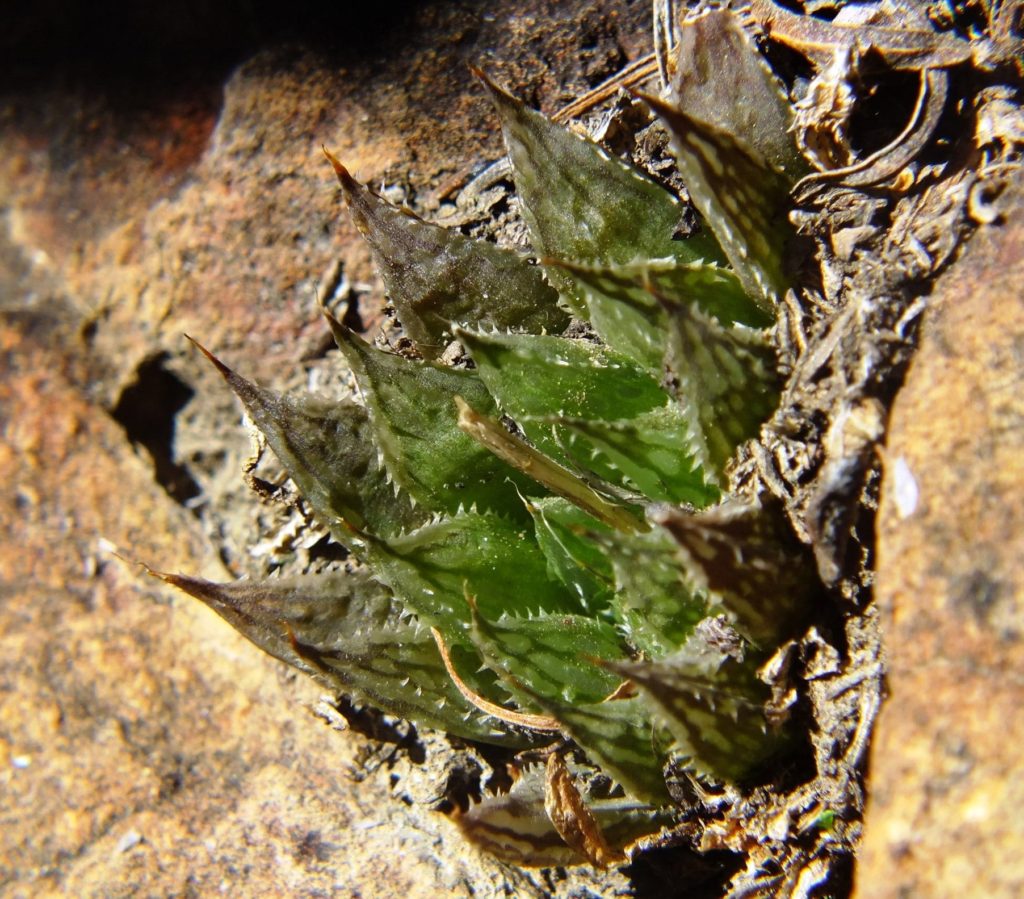
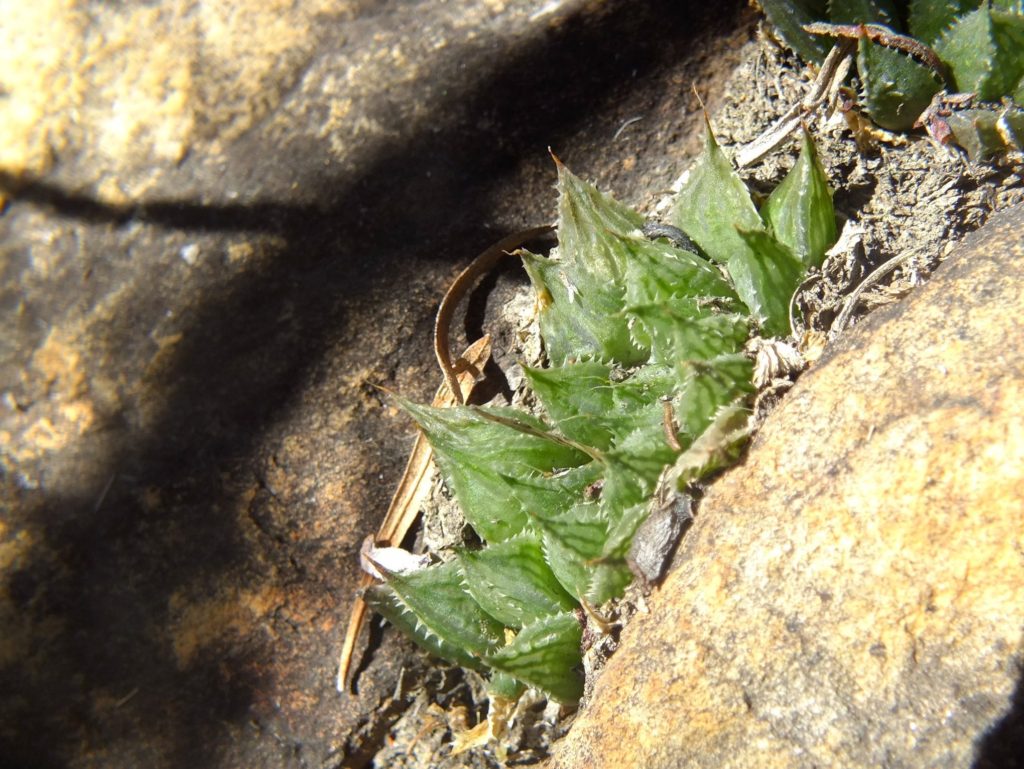

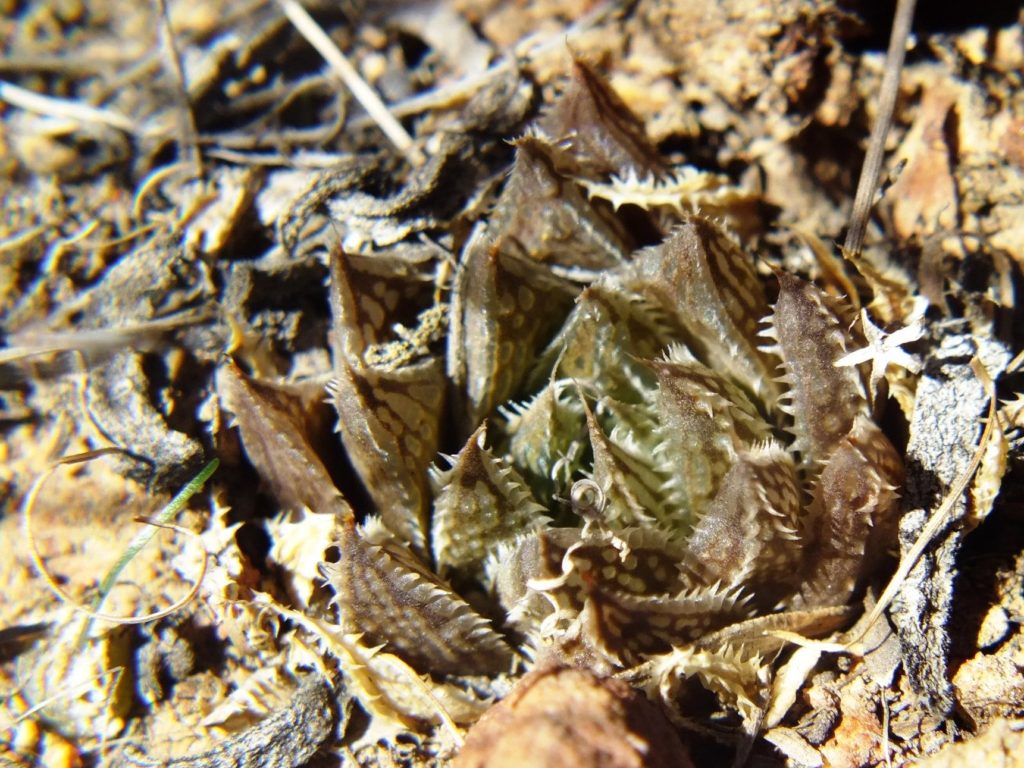
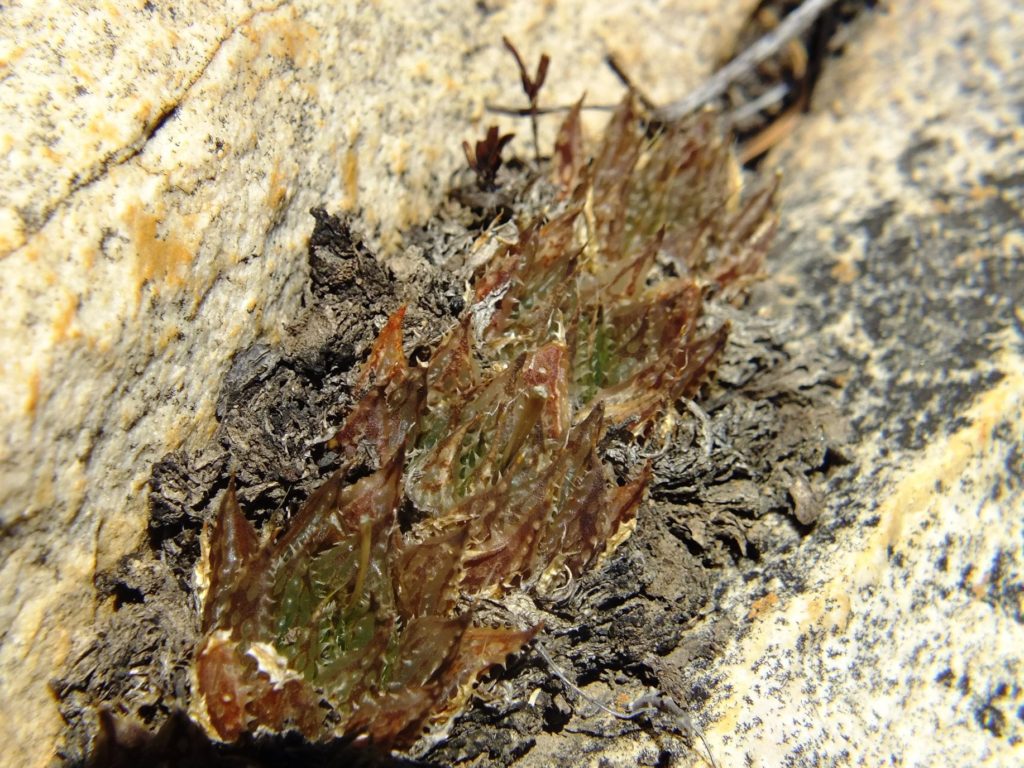


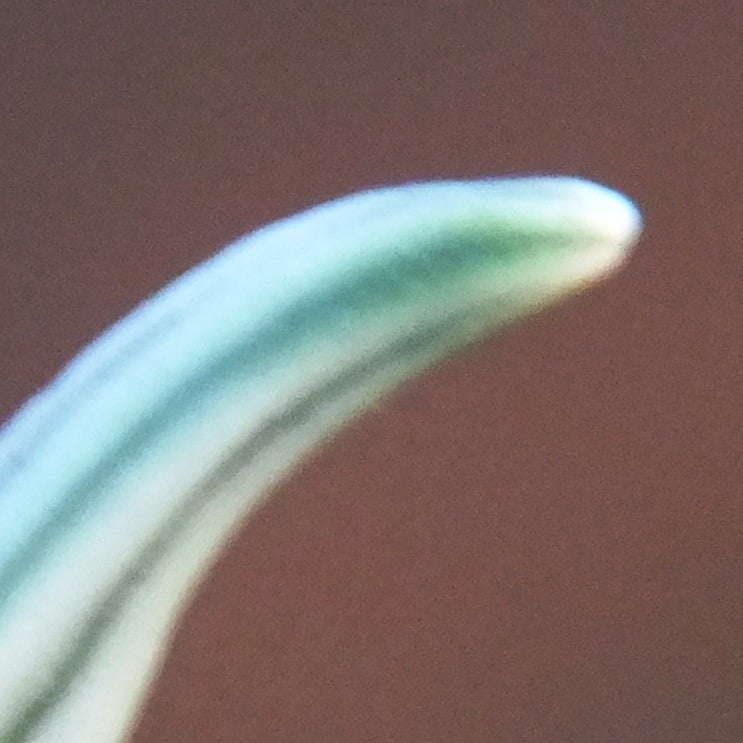
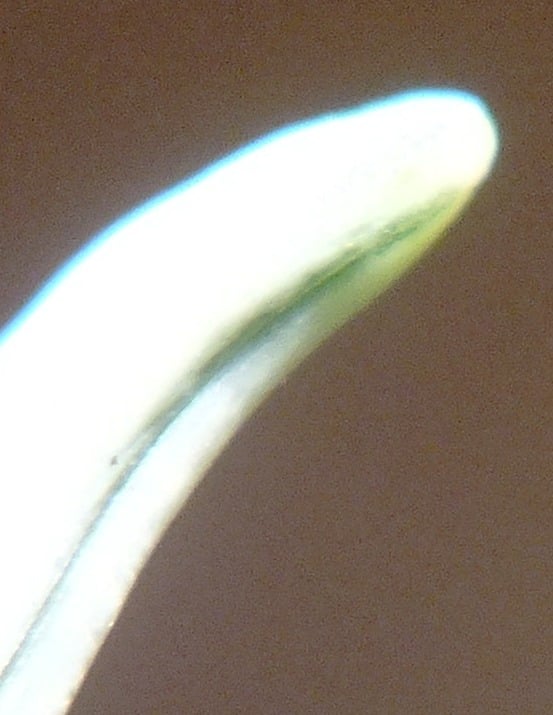

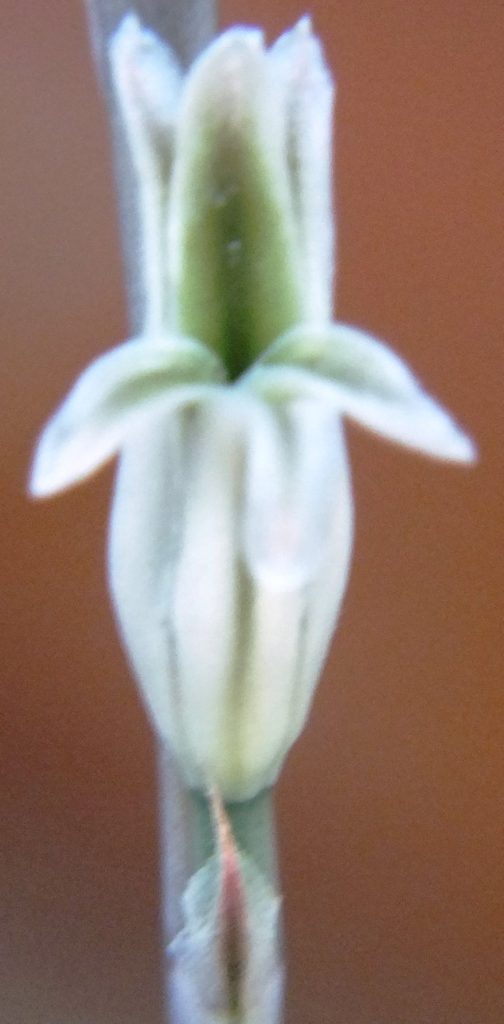
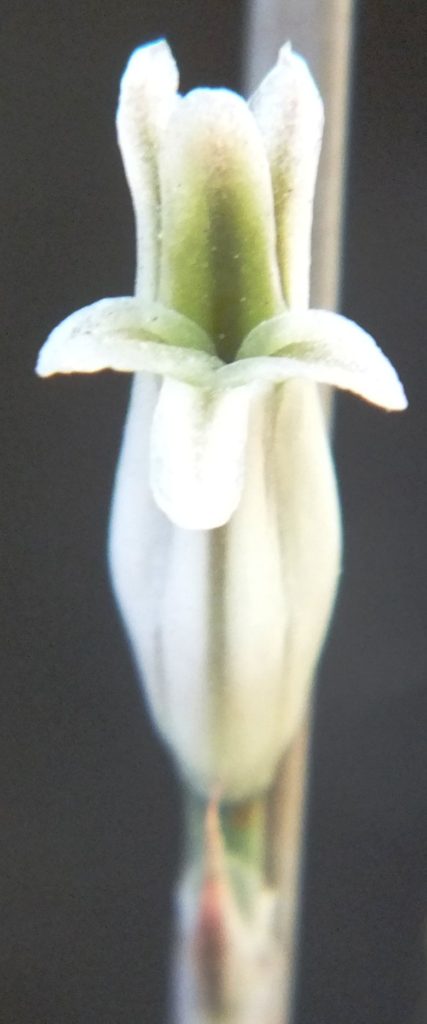
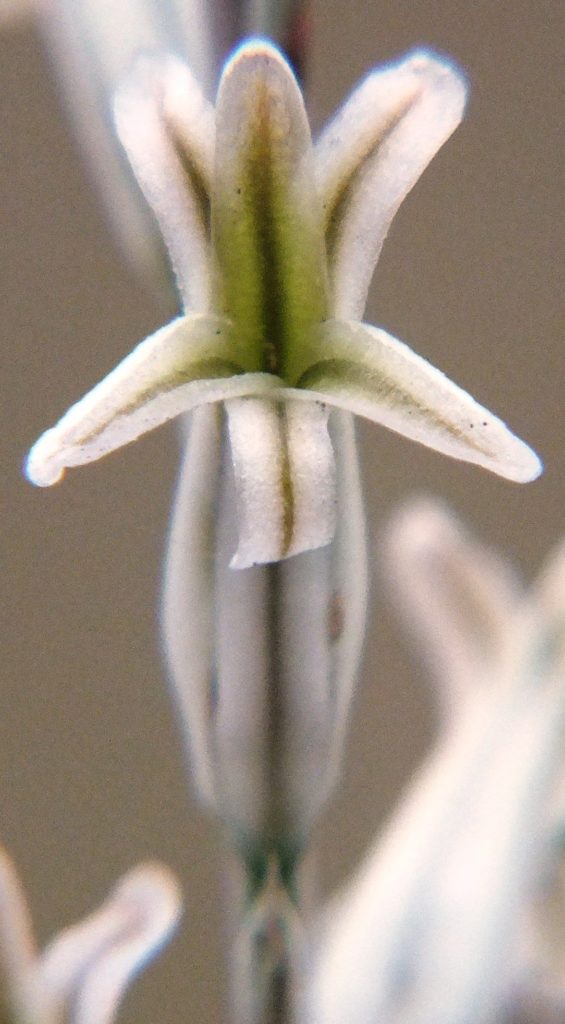

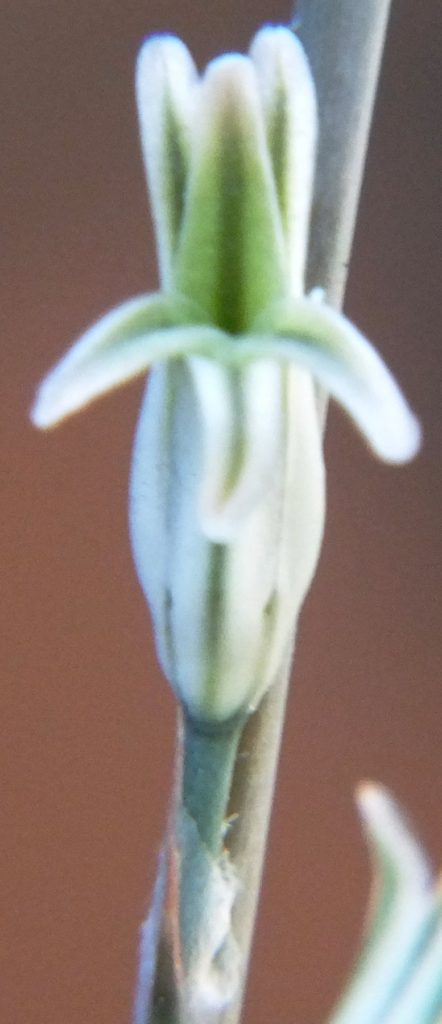

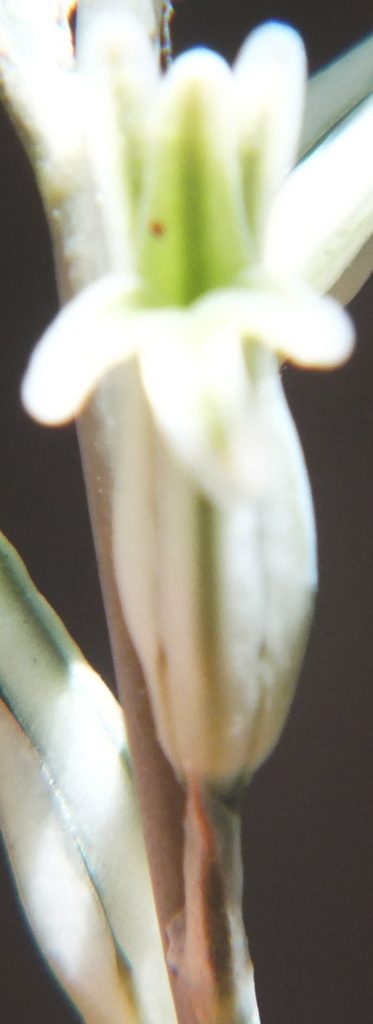
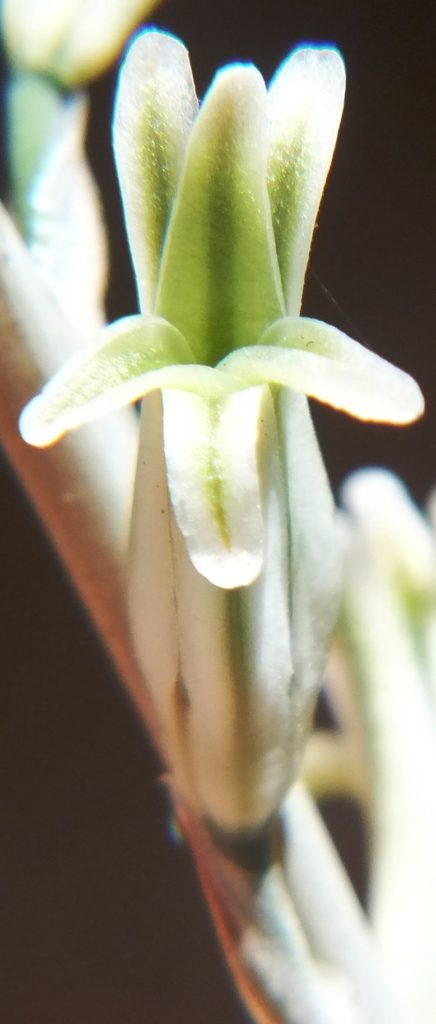
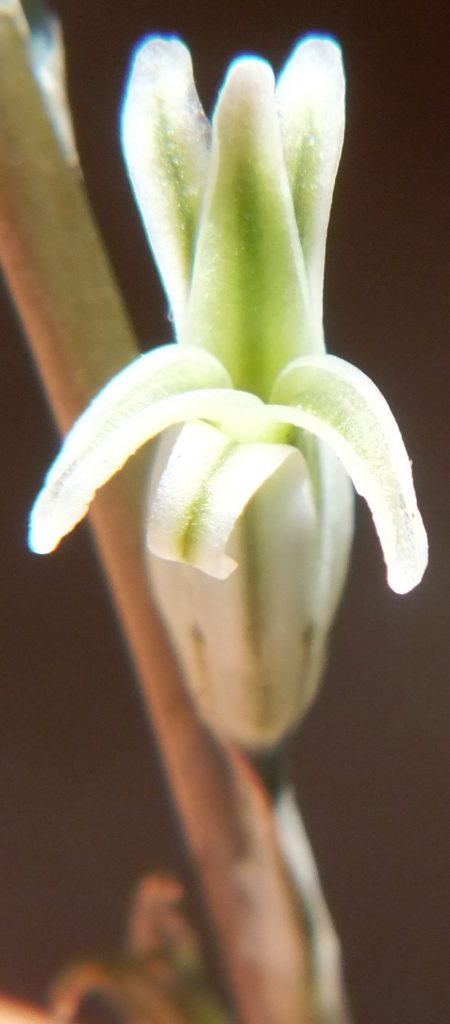
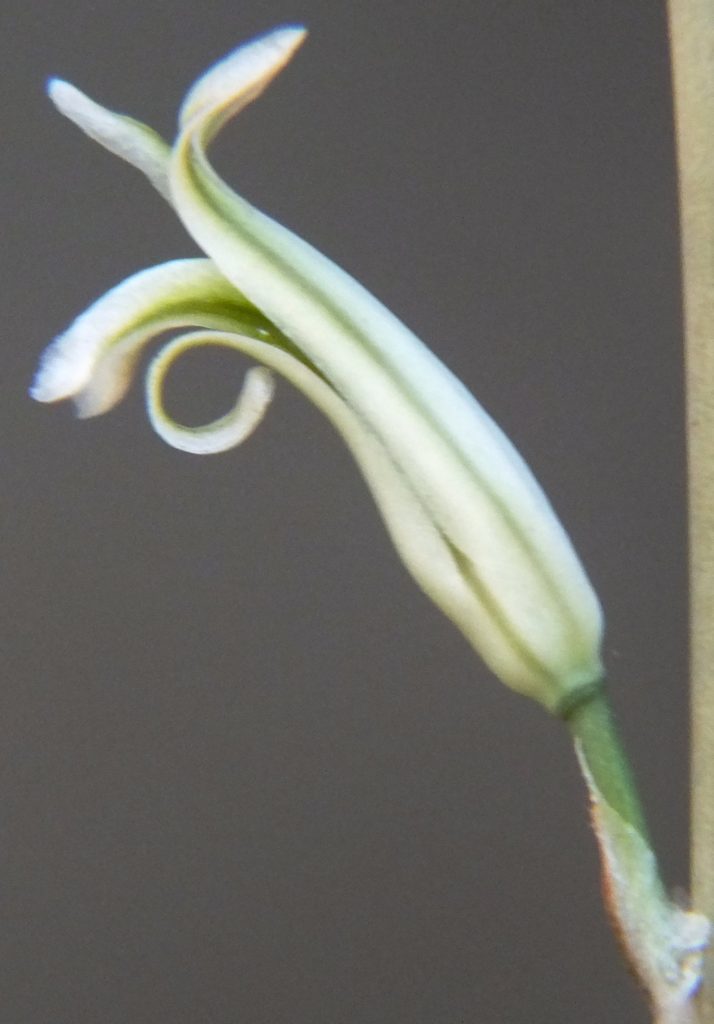
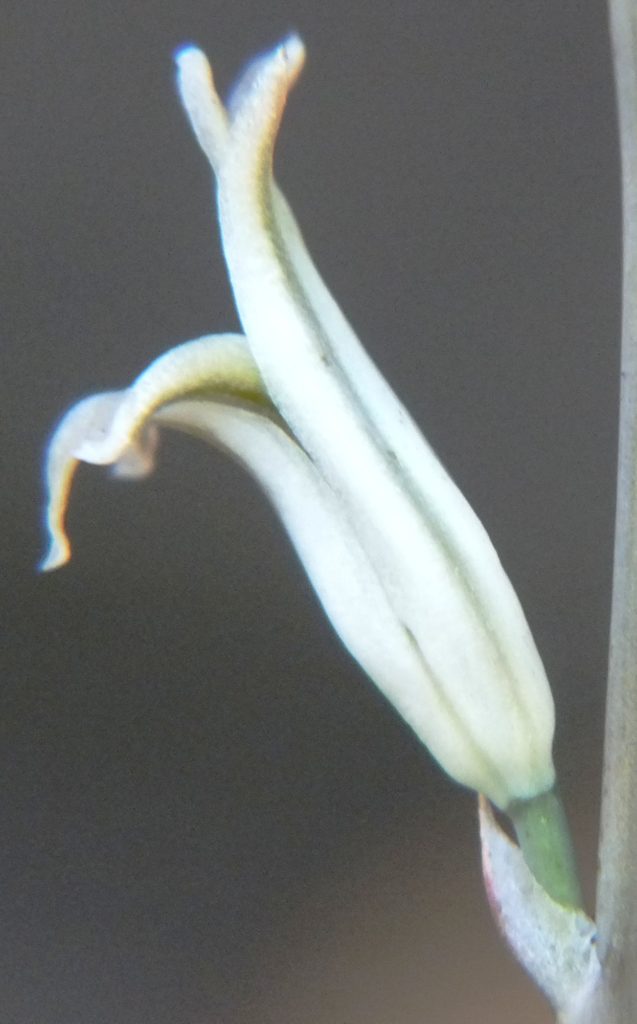
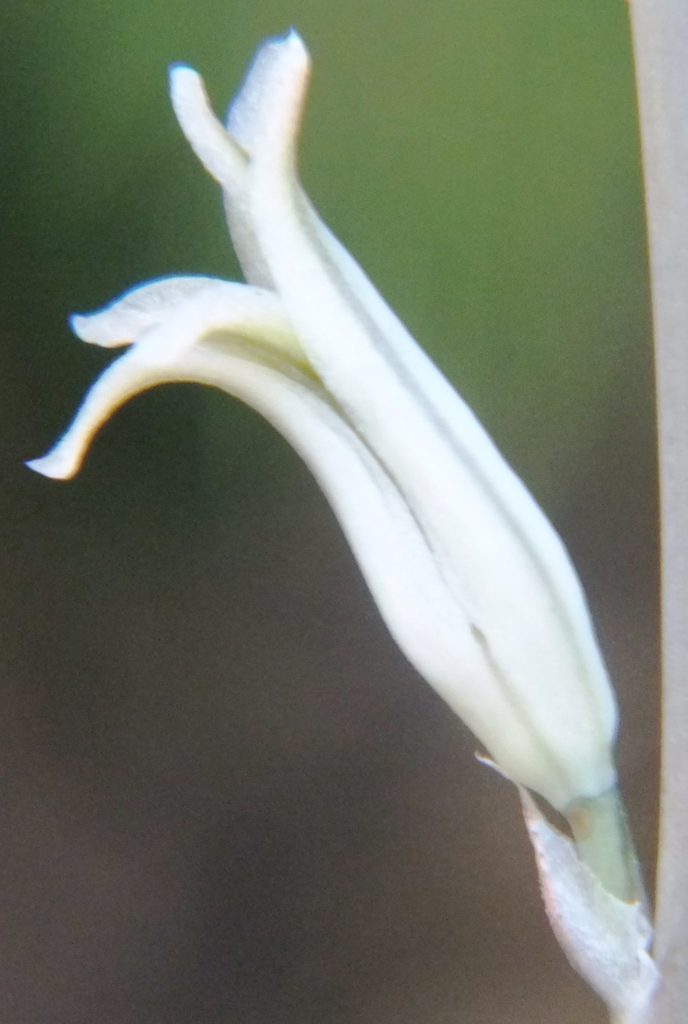
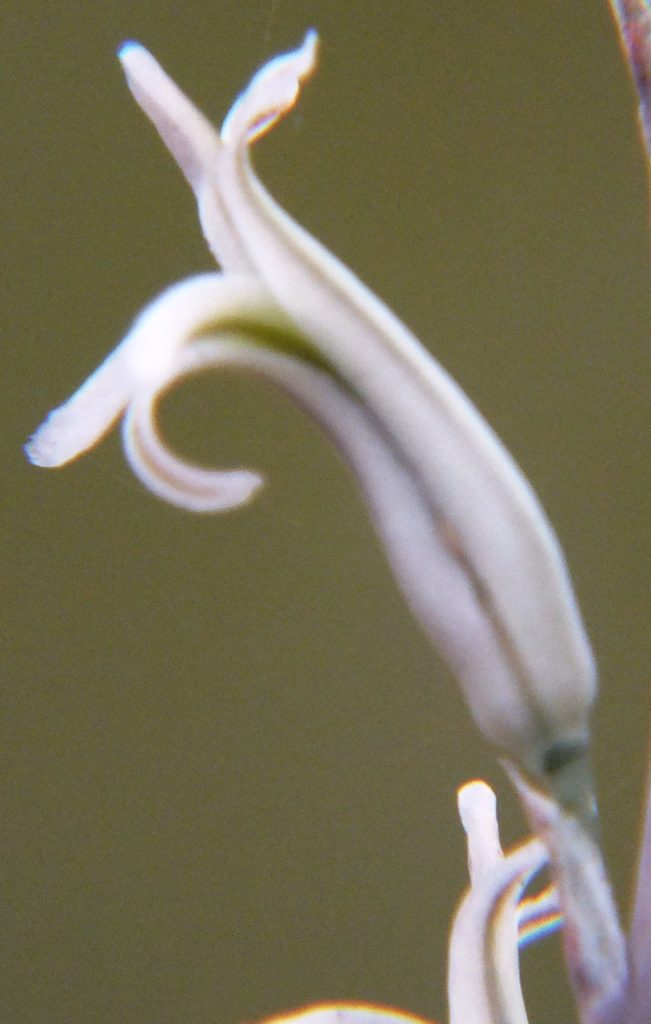
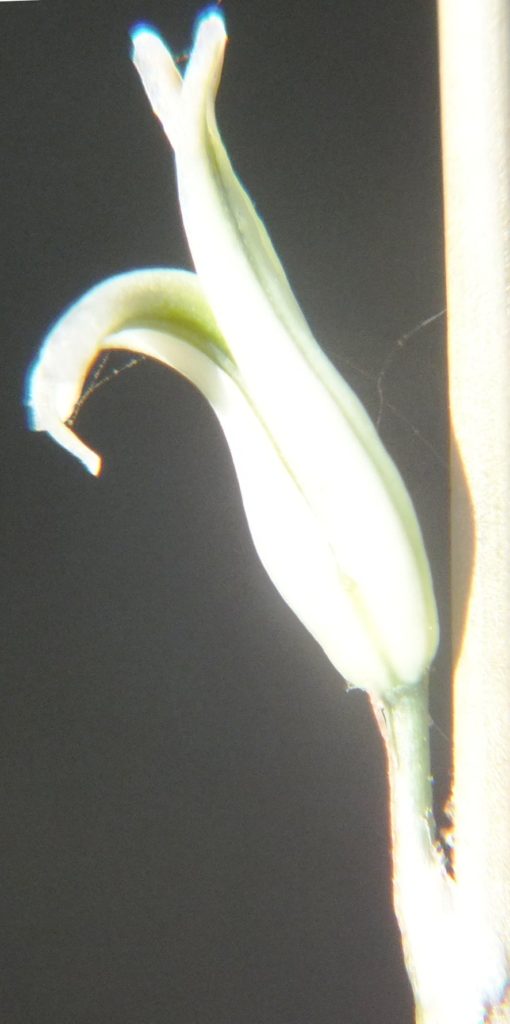
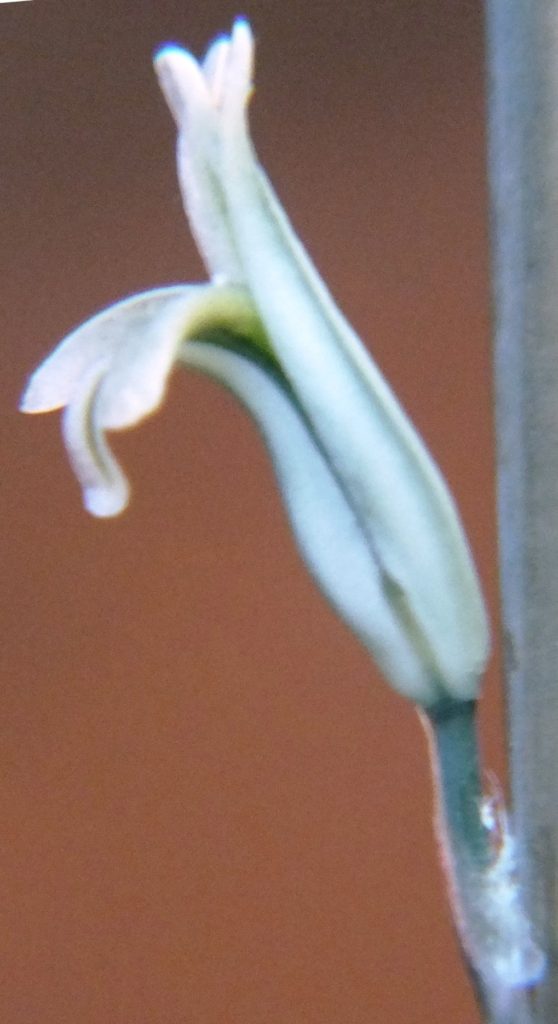
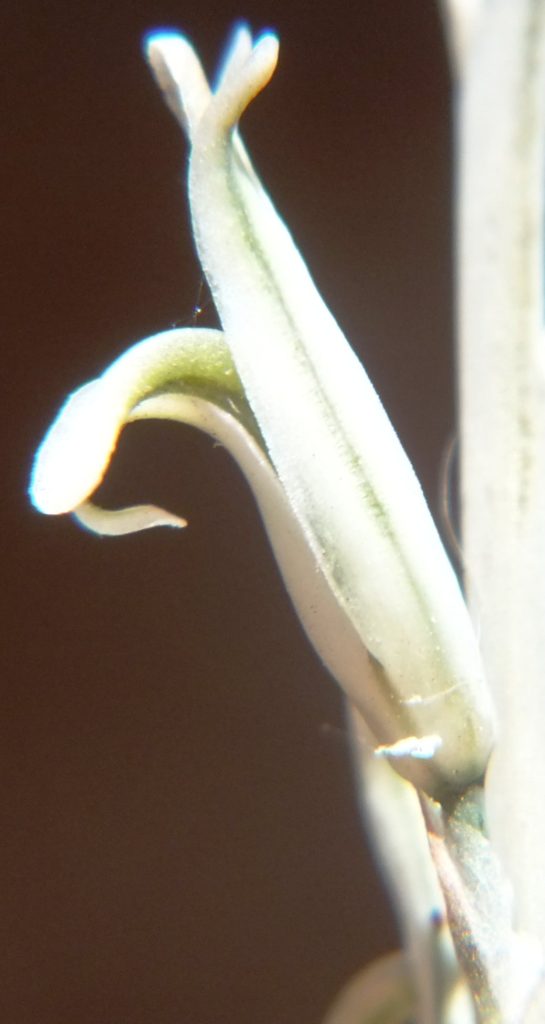

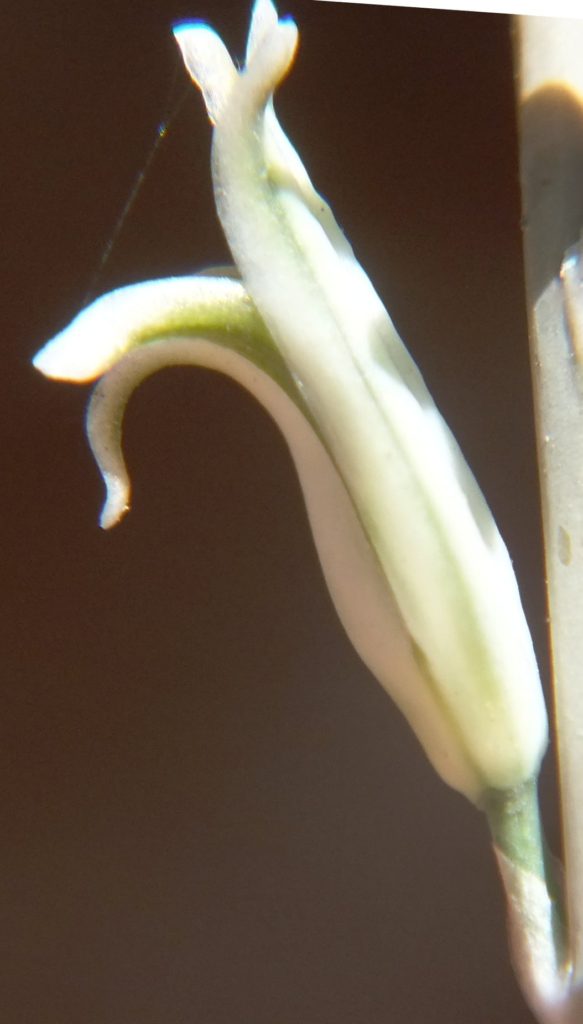
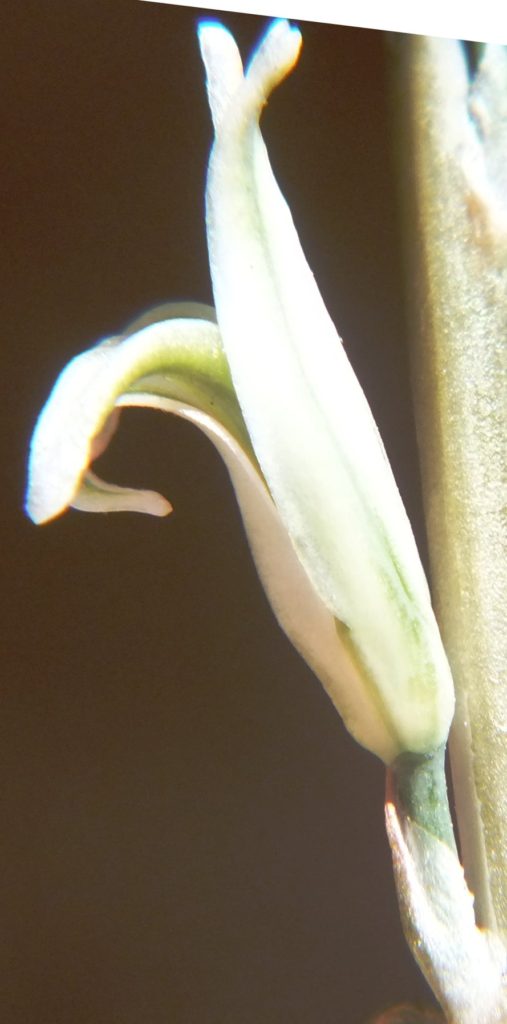
7994 Yes the flowers are significantly different. 7994 I attributed to maculata and the fishtail bud indicates that it is an extension of the retusa/mirabiloid web. The rounded bud tips of 6694 suggest arachnoidea or nortieri, as geographic candidates and the most probable system affinities.
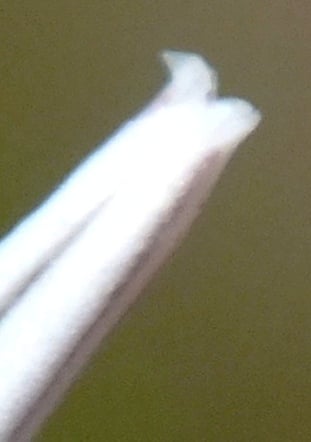
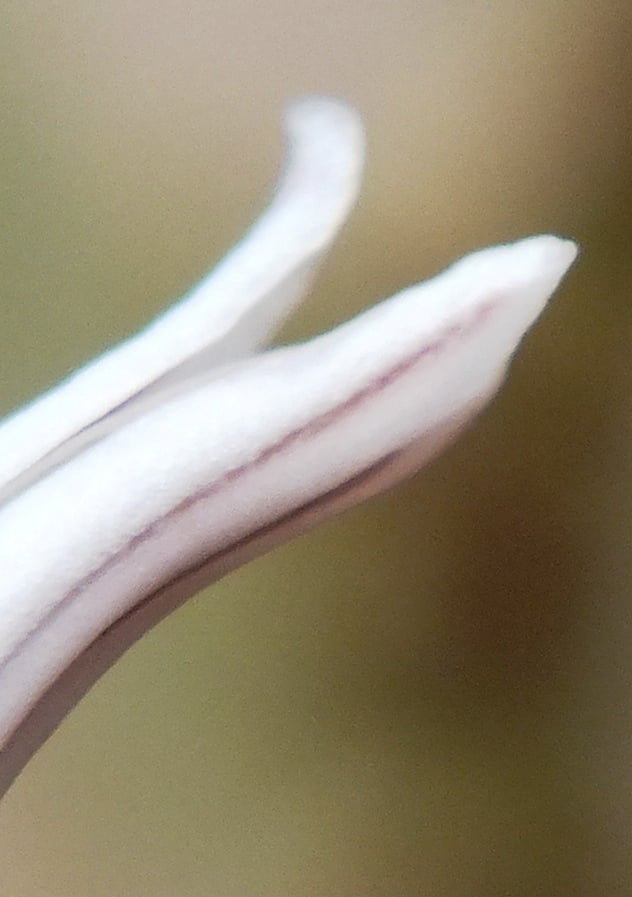




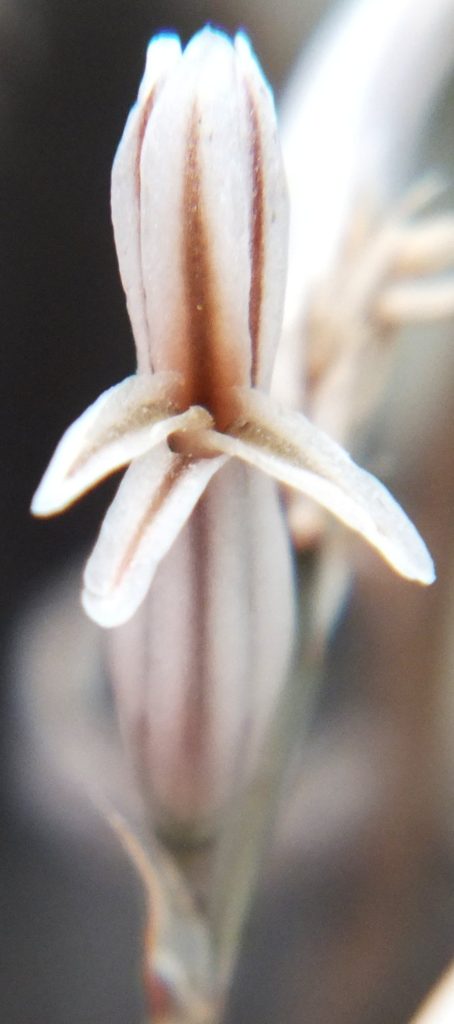
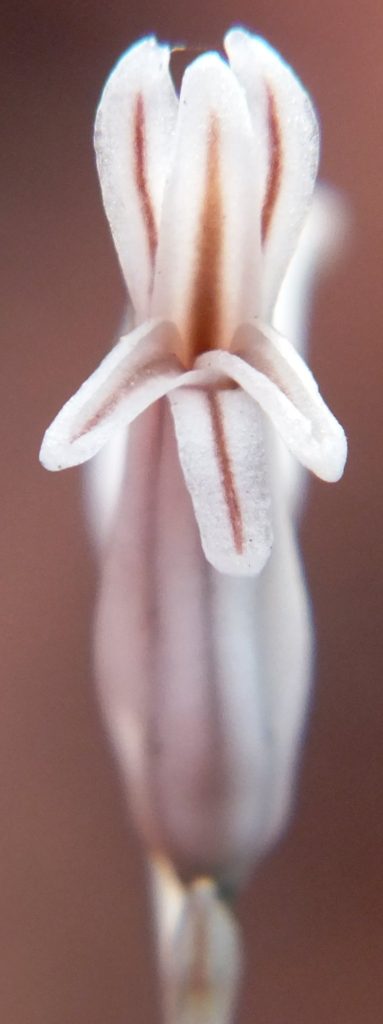

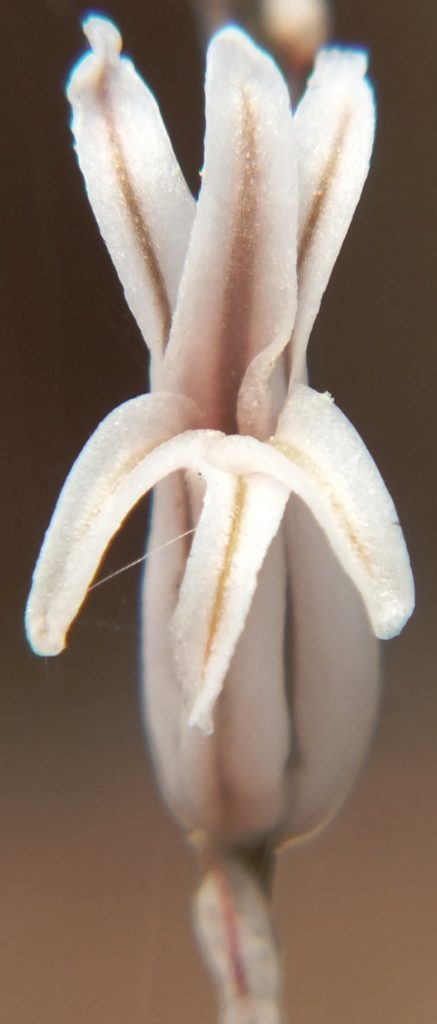
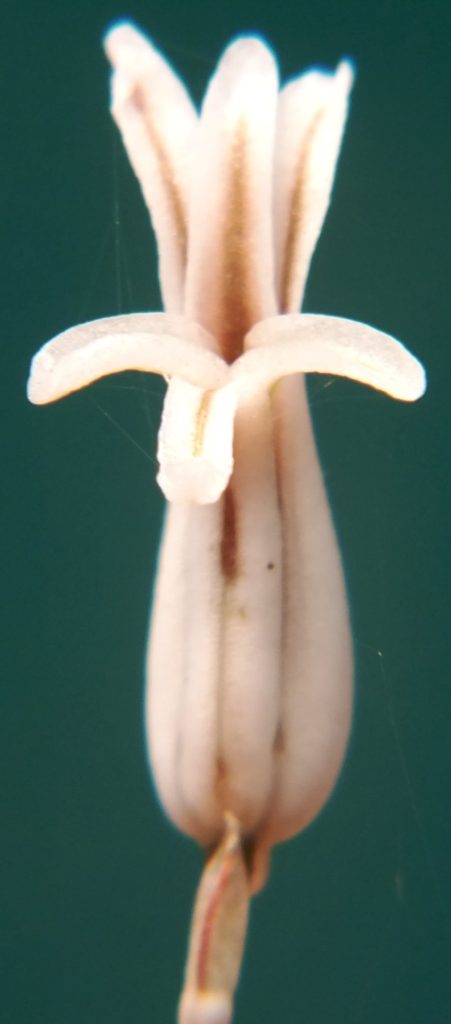
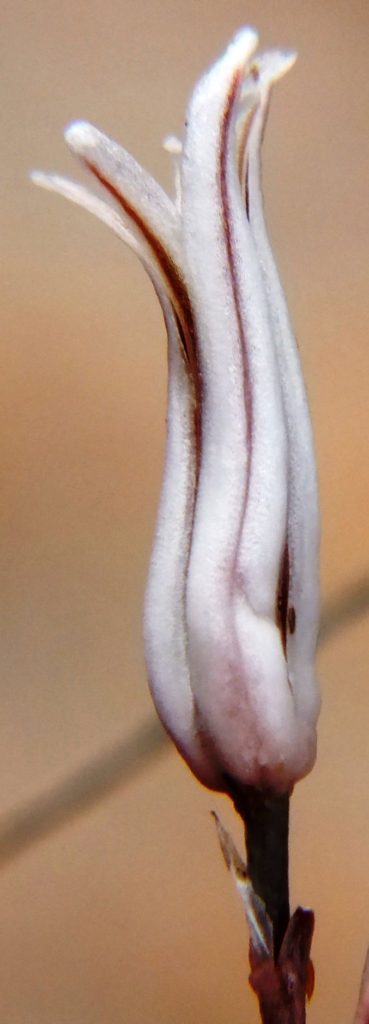


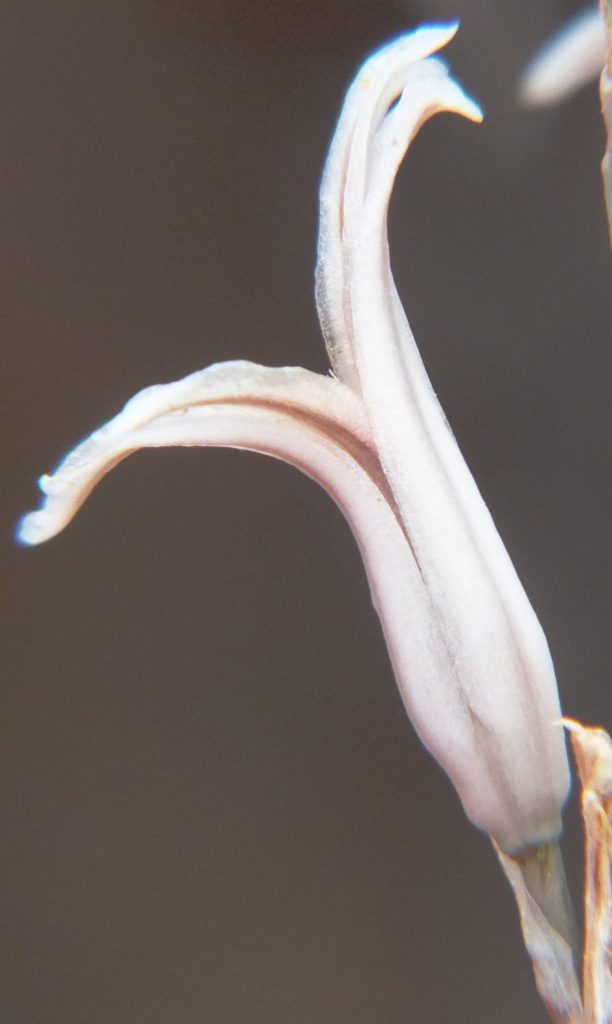
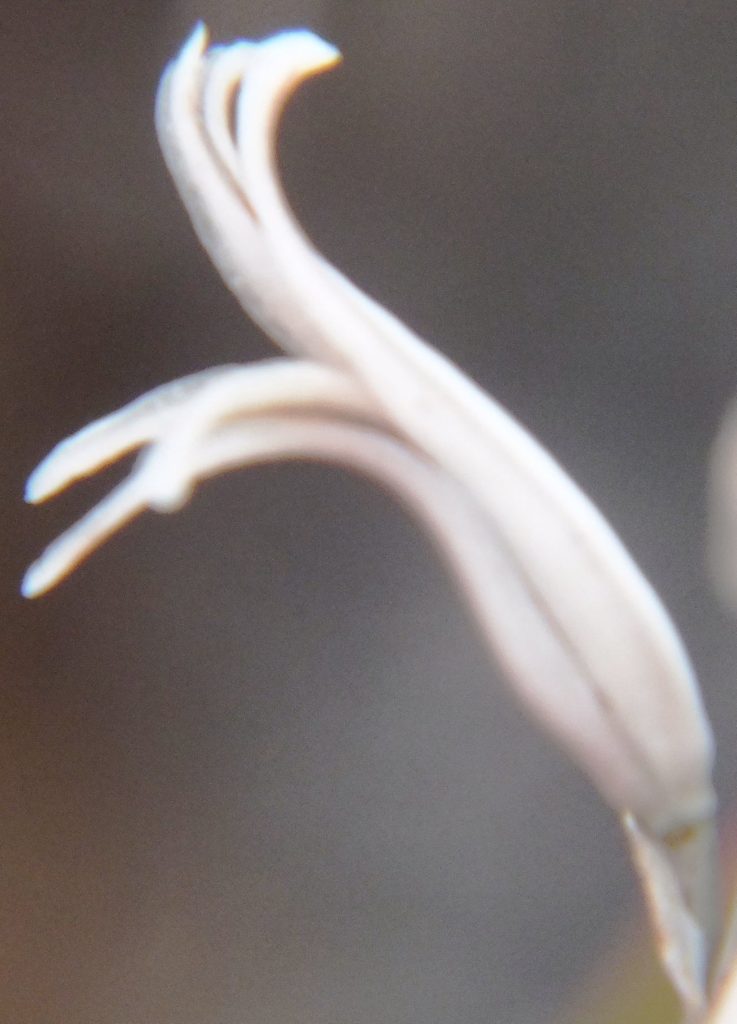
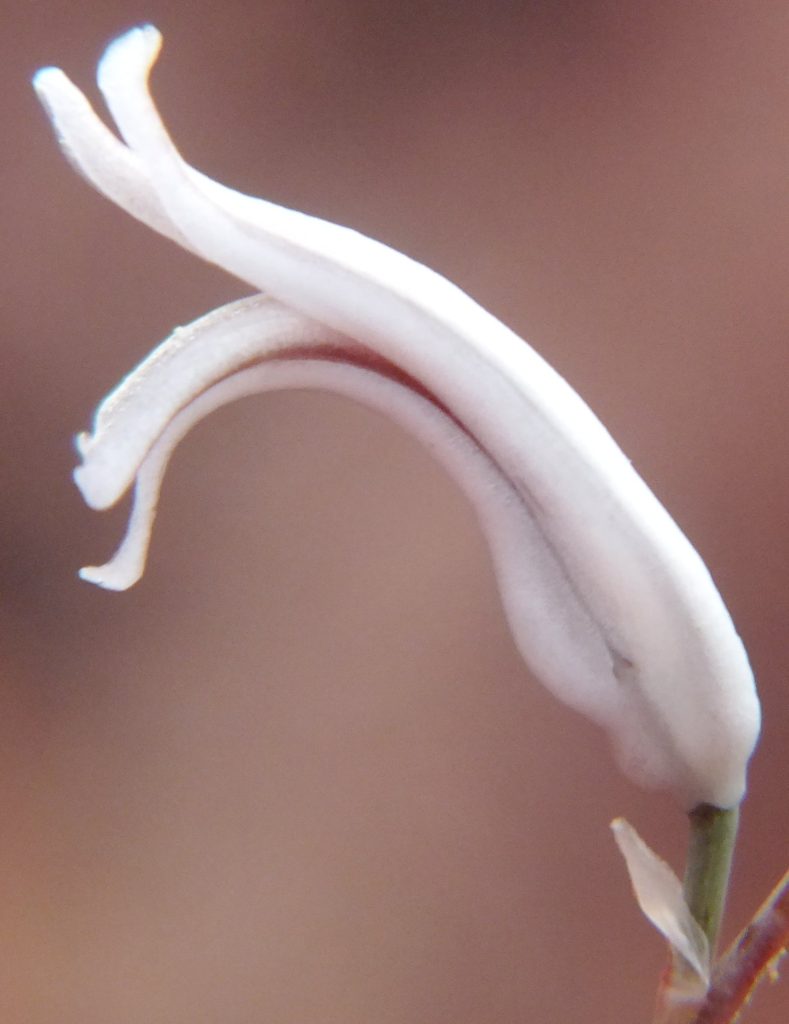
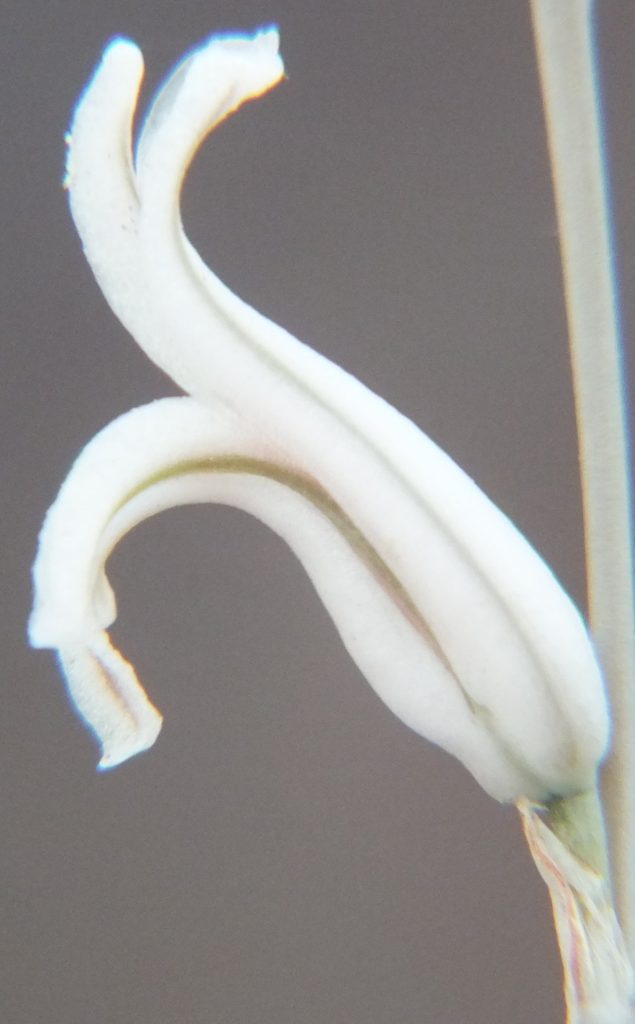
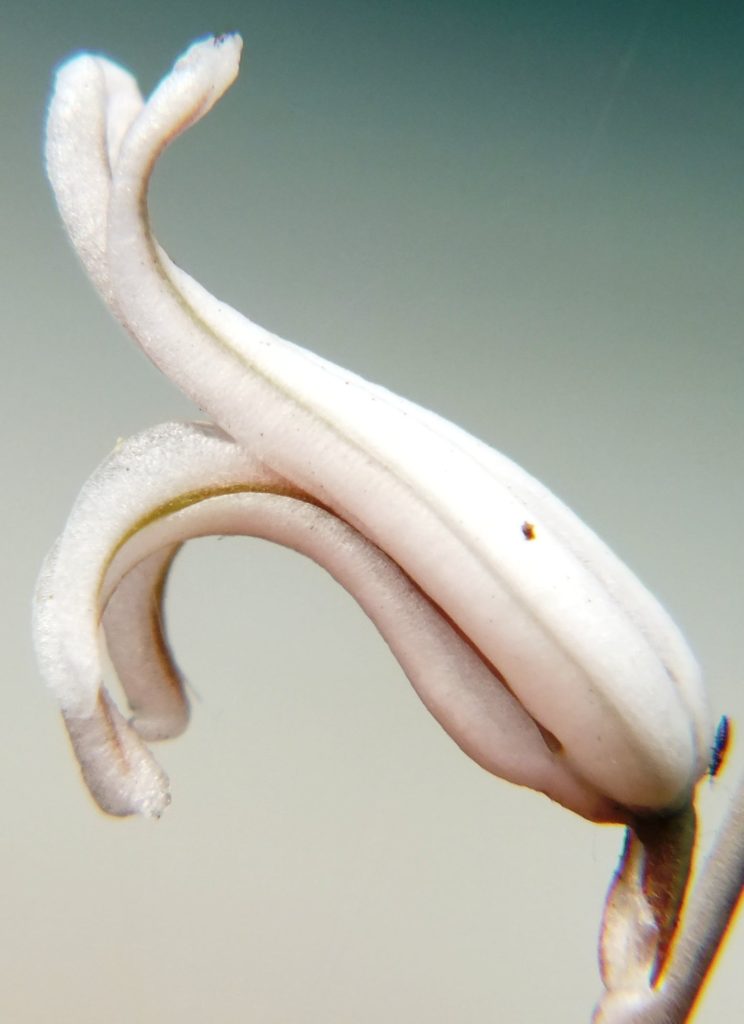
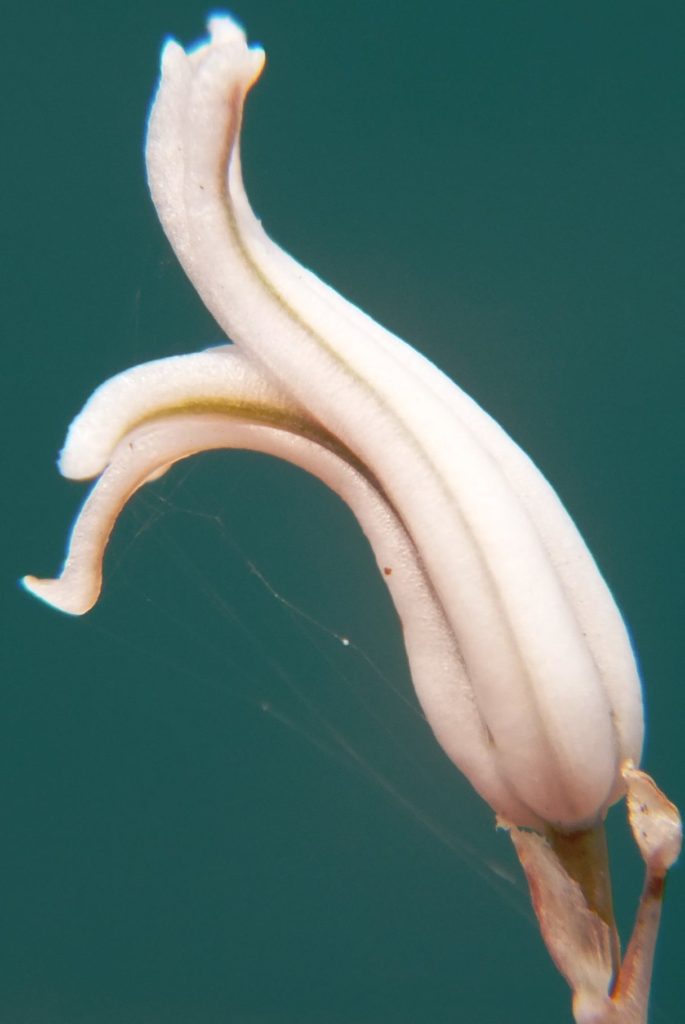
June 4, 2021 – Something useful I can do is amplify H. mirabilis meiringii. I described this to draw attention to very herbacea like forms of mirabilis. This is in the Bonnievale area where the mirabilis variants seem like a system within a system, within a system. Westwards they are less spinescent and similarly eastwards. 6509. The name was not to honour someone so much as to record a time when plants were perhaps first harvested and sold from the field.
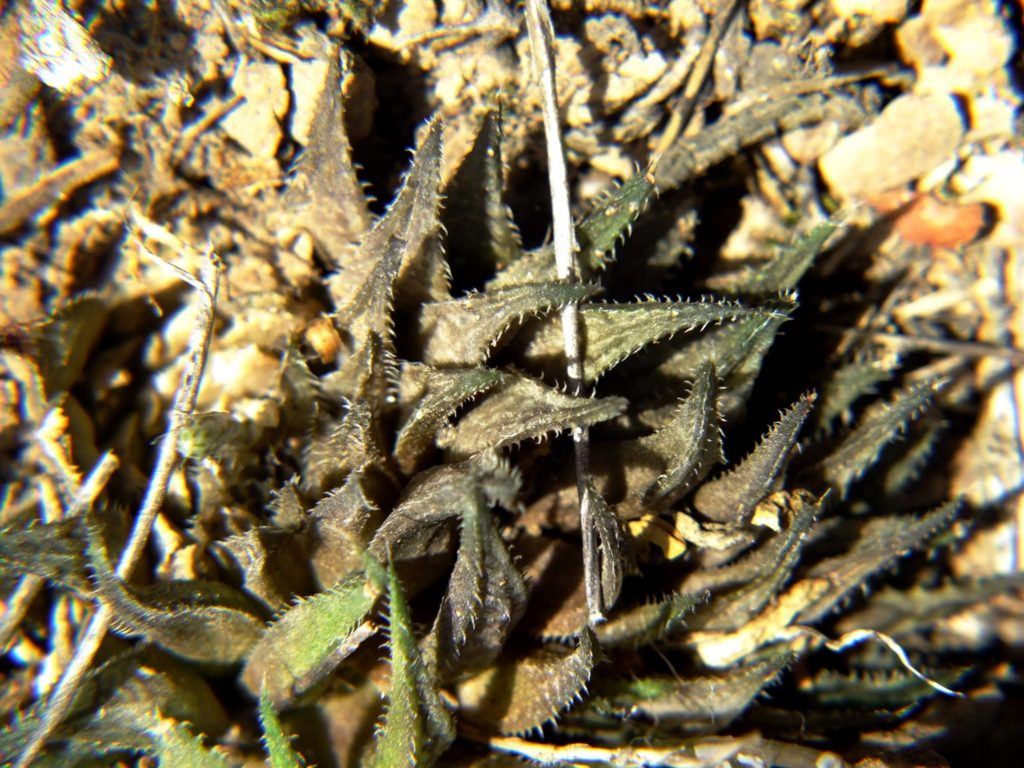
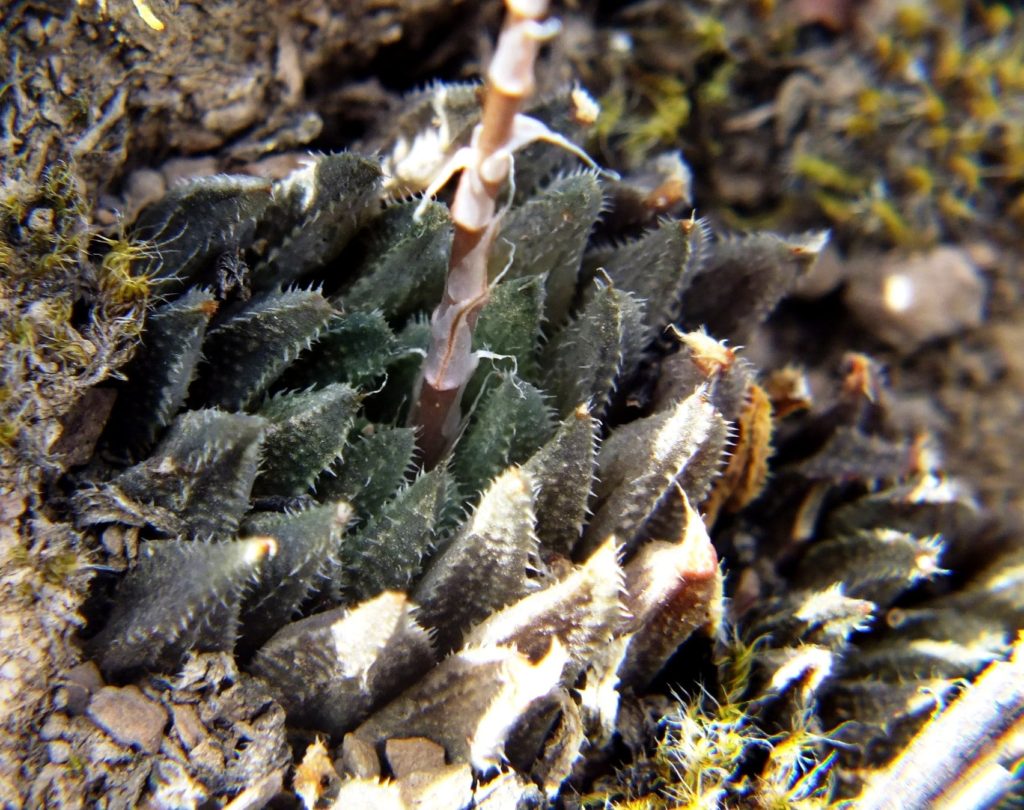



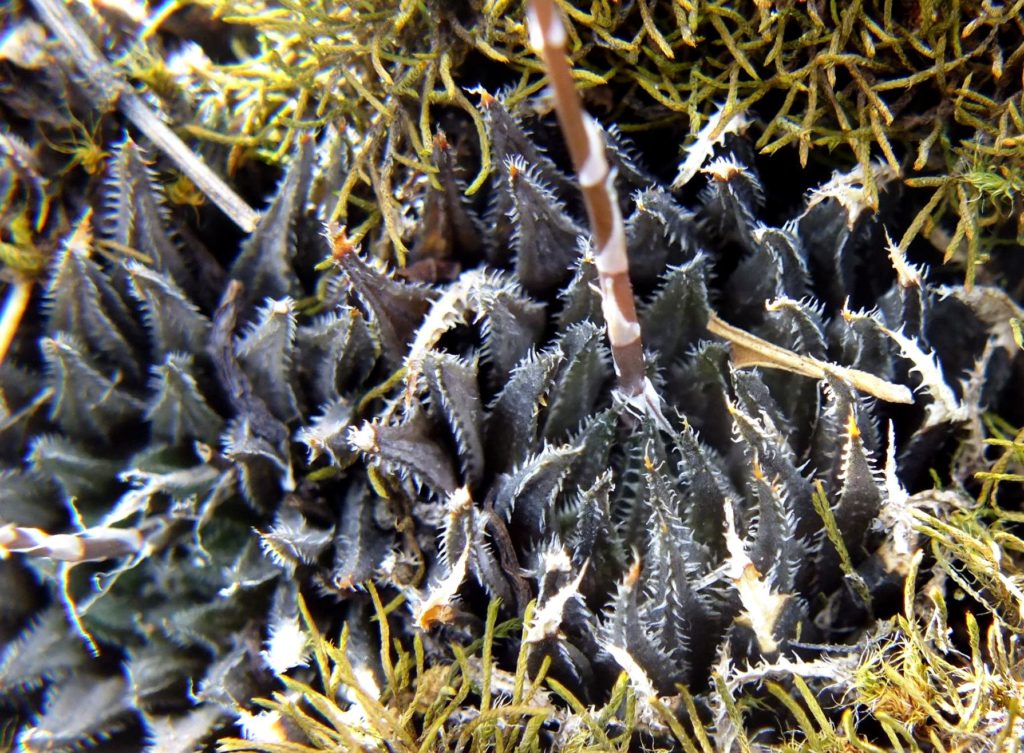

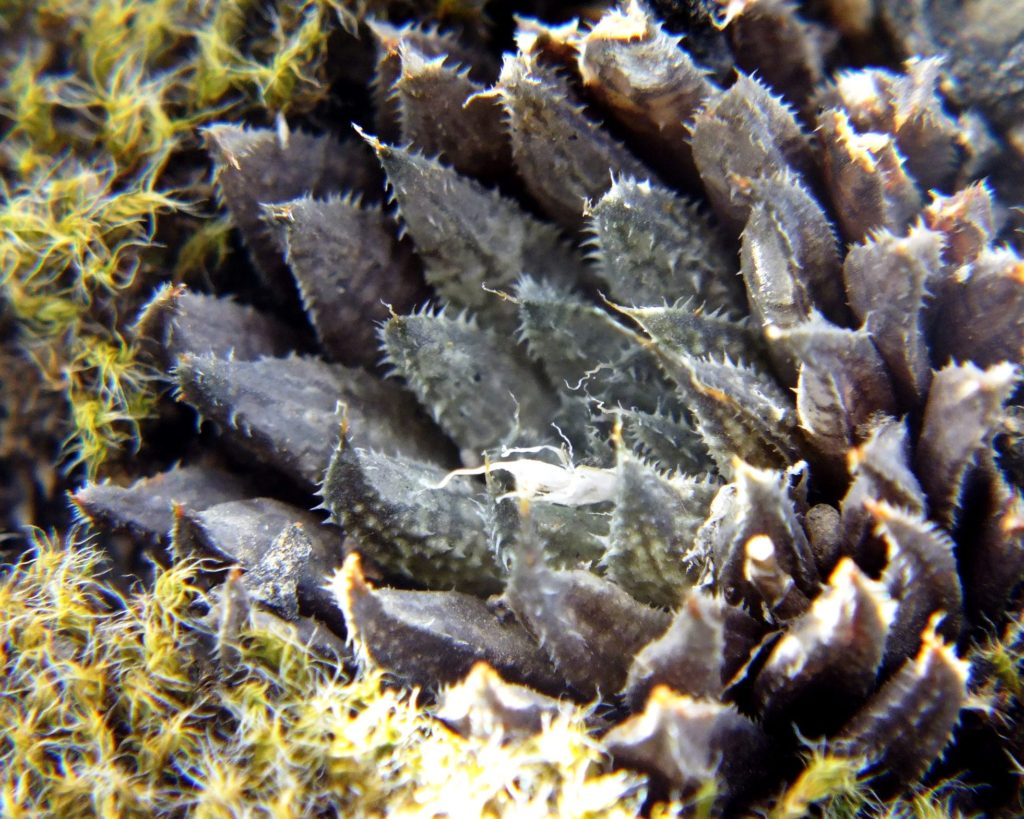
Silly me. I say these are the same (species)
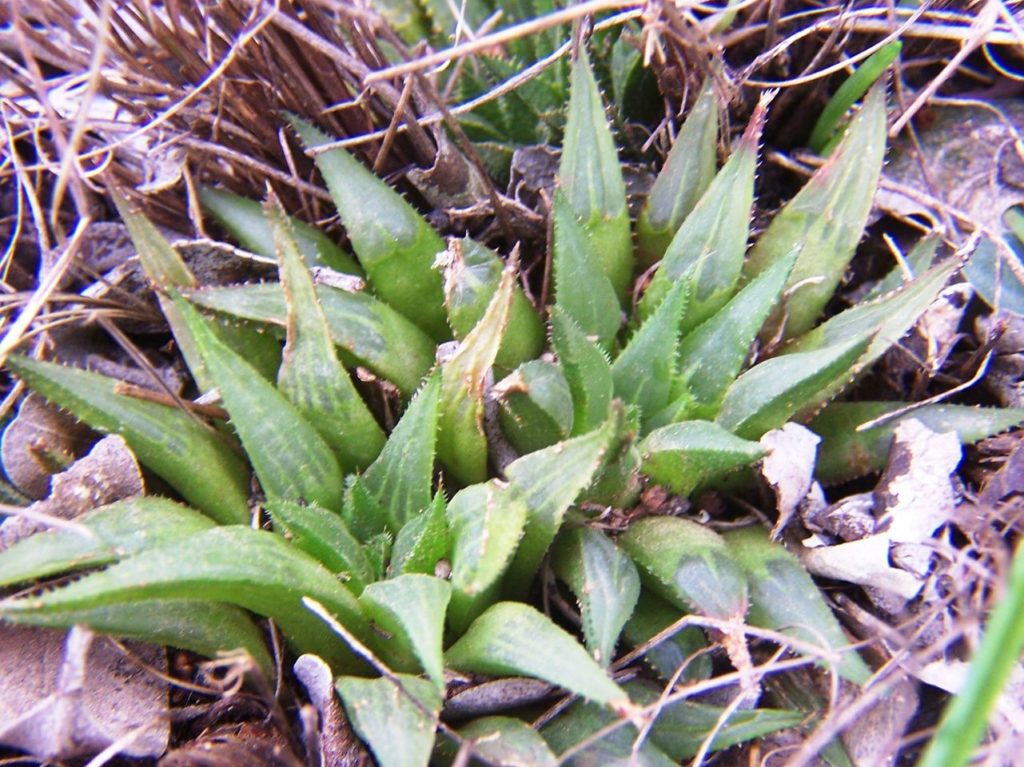
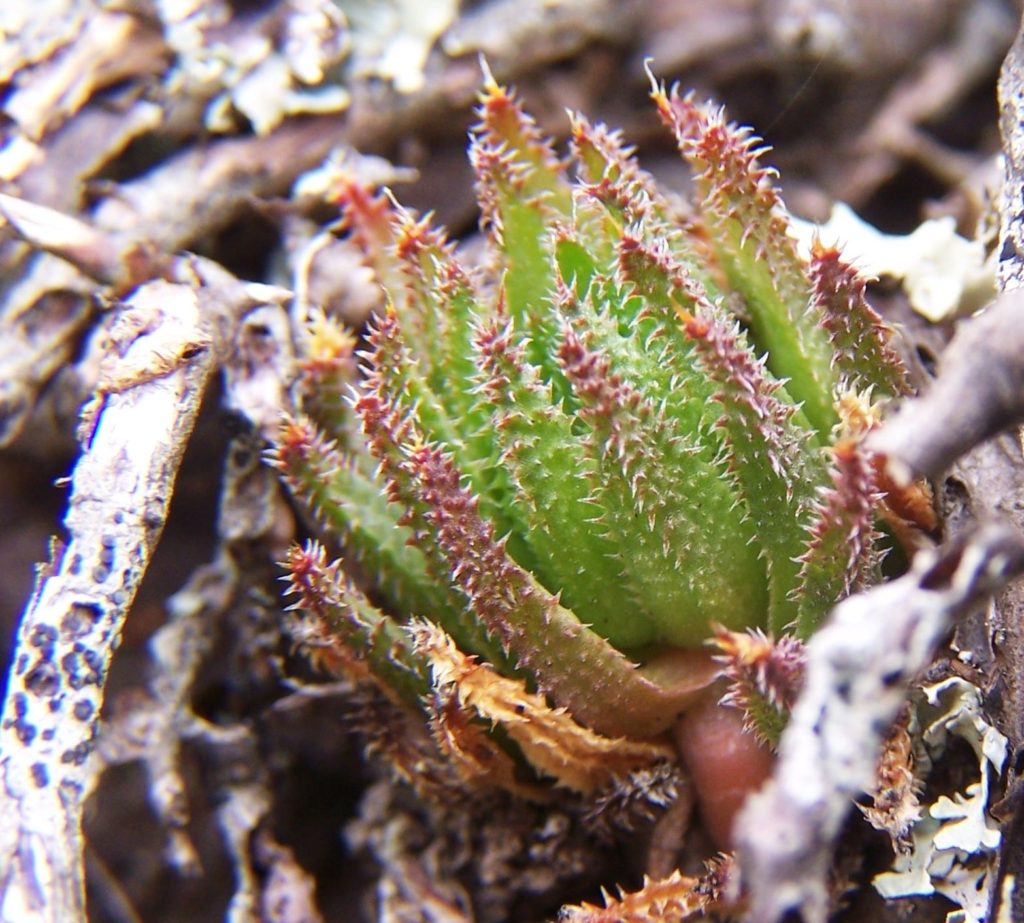
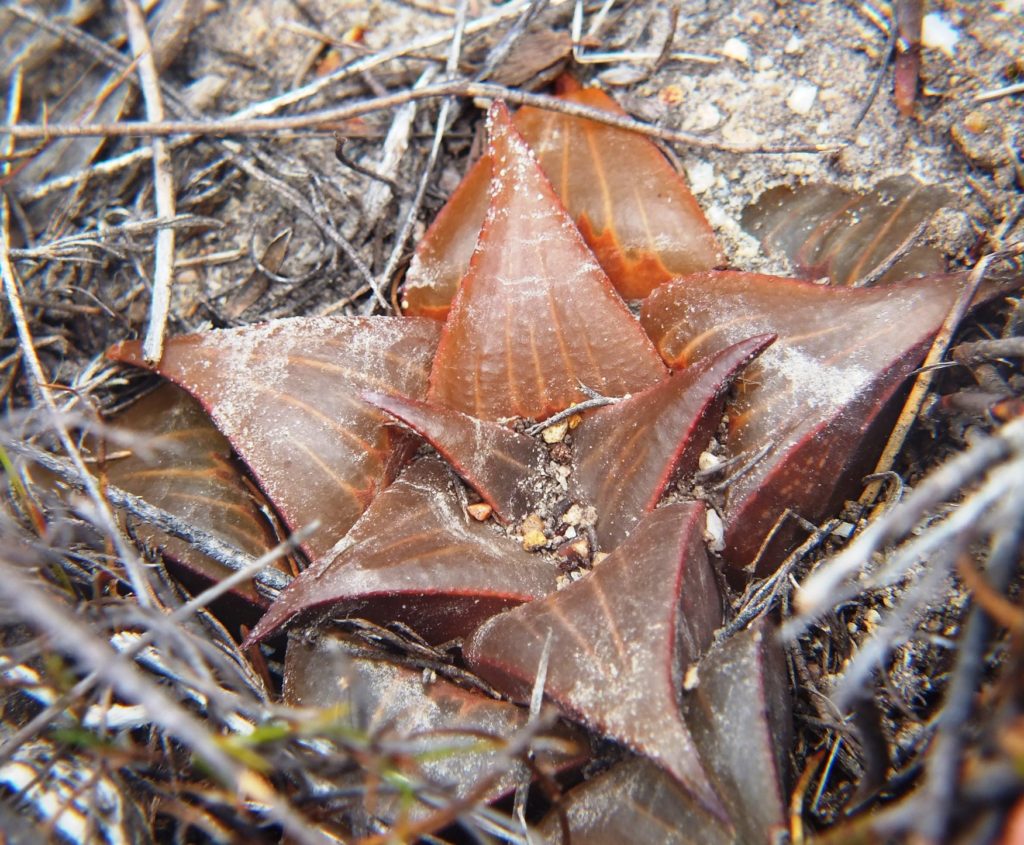
H. mirabilis meiringii 7269
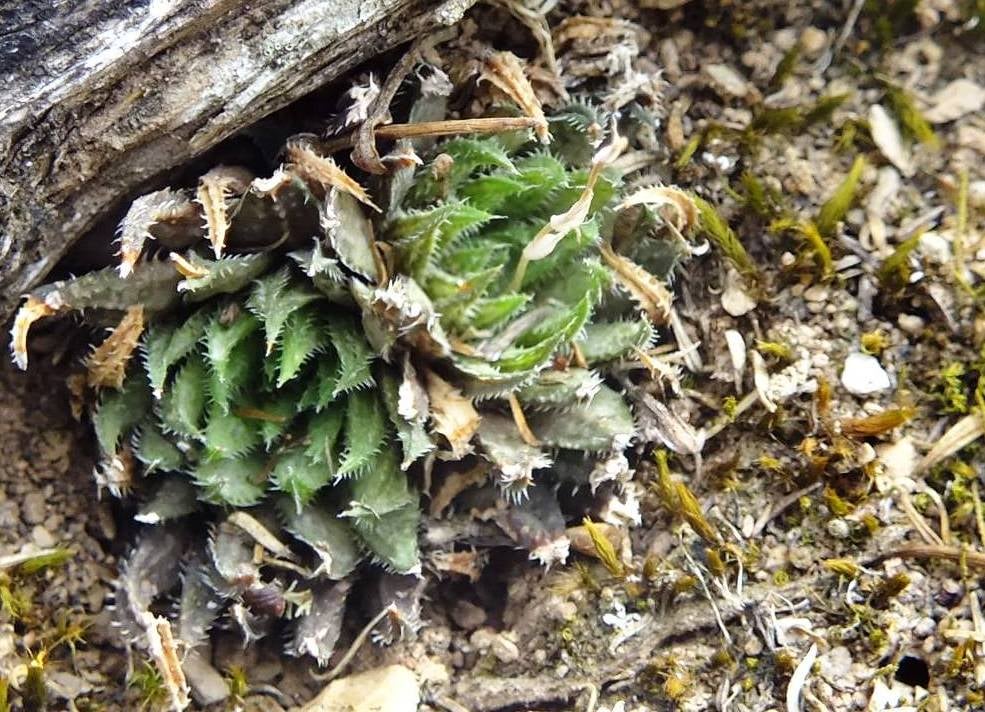
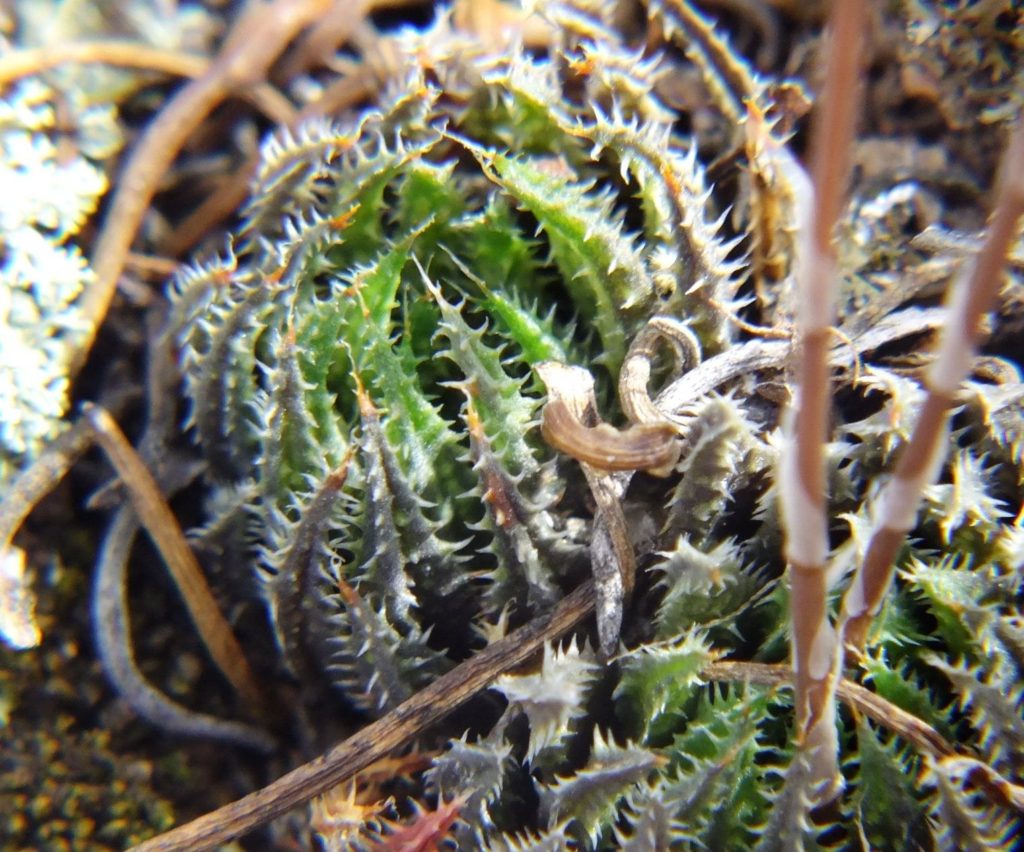
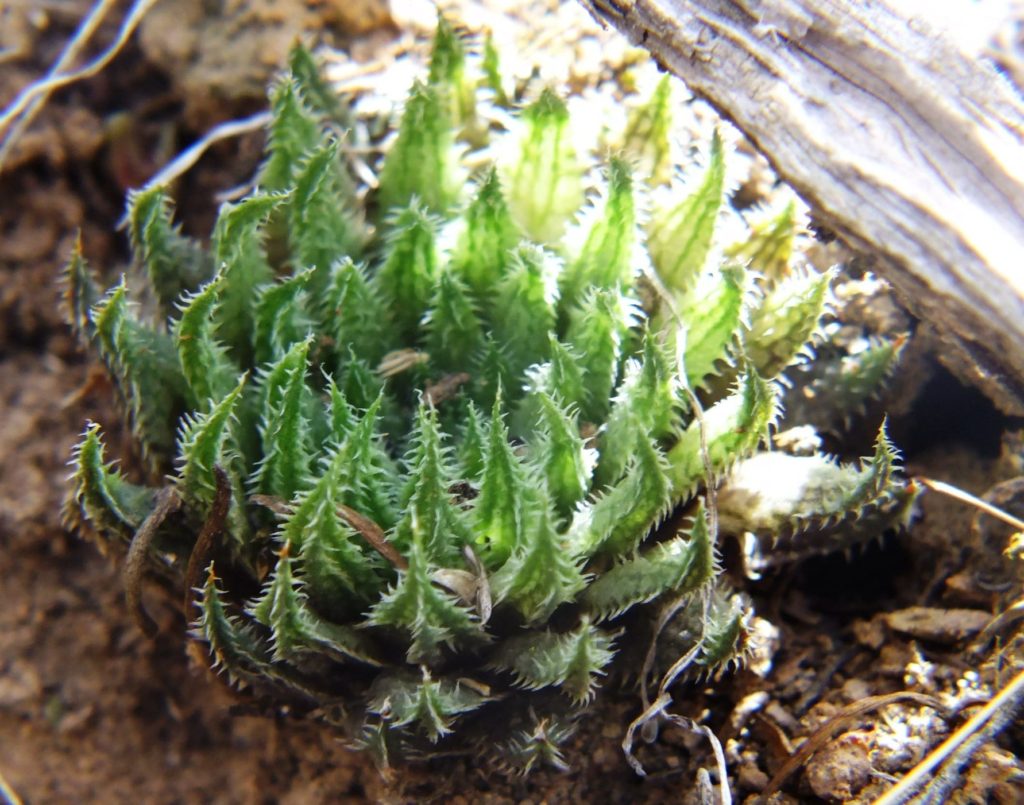
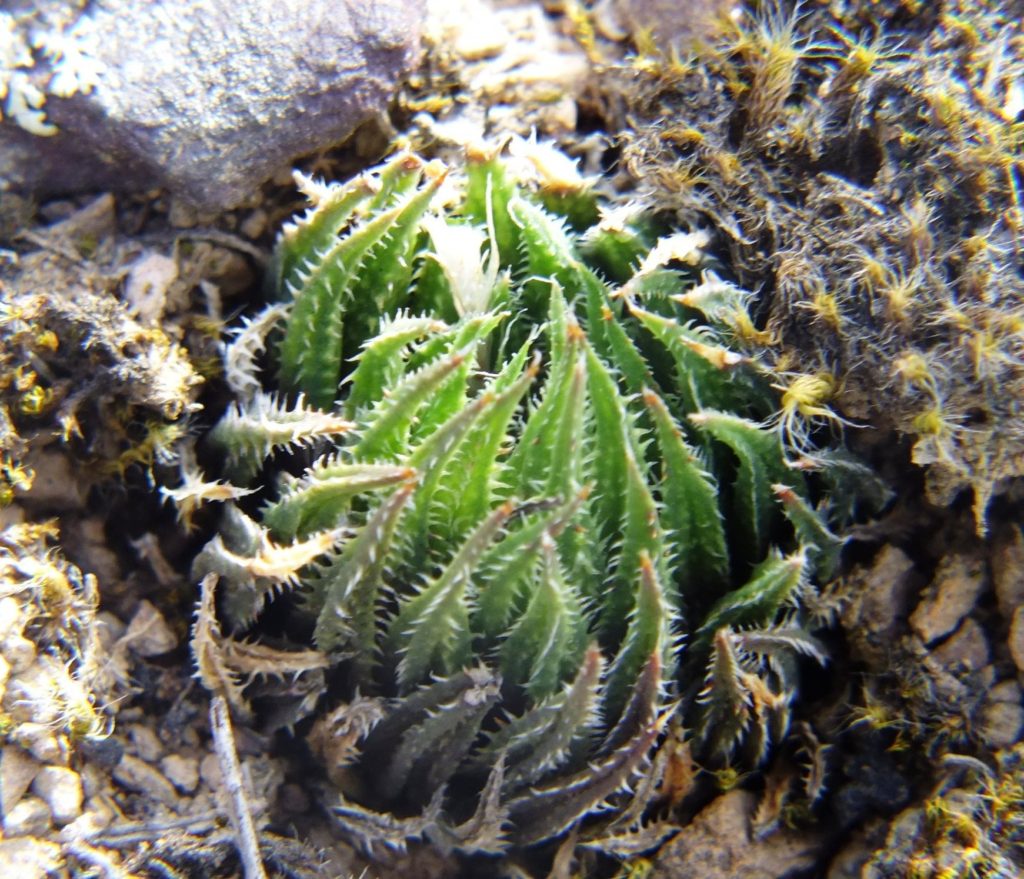
Mirabilis meiringii 7327

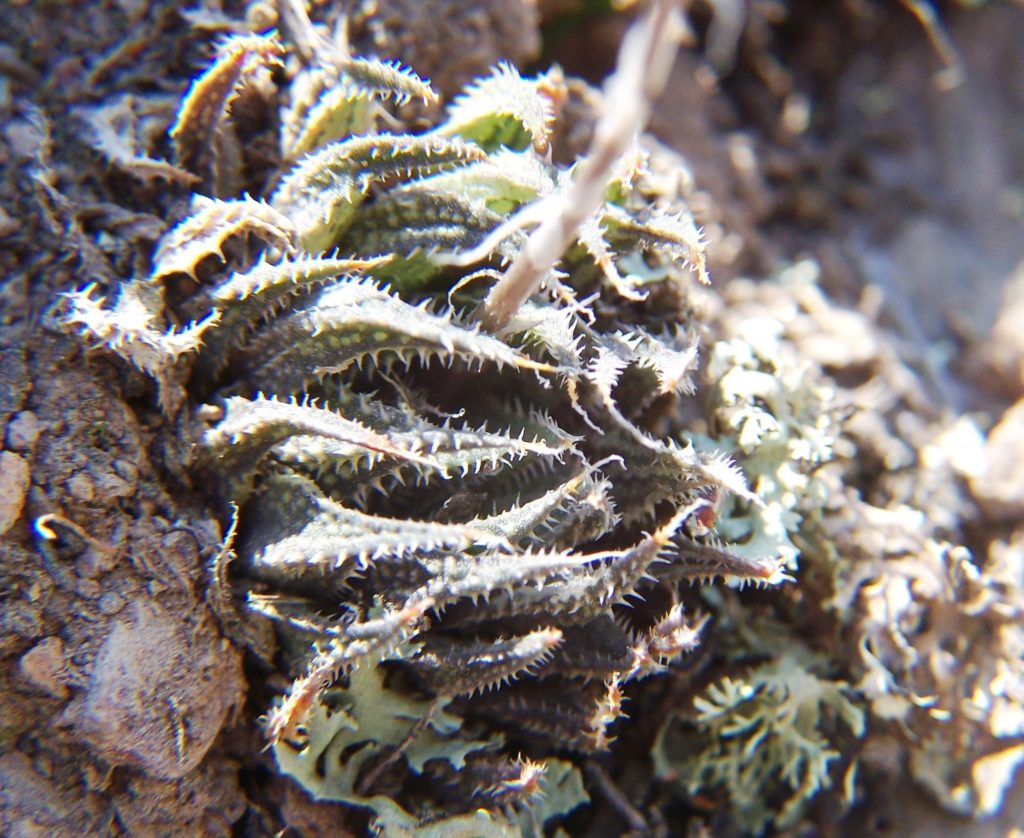
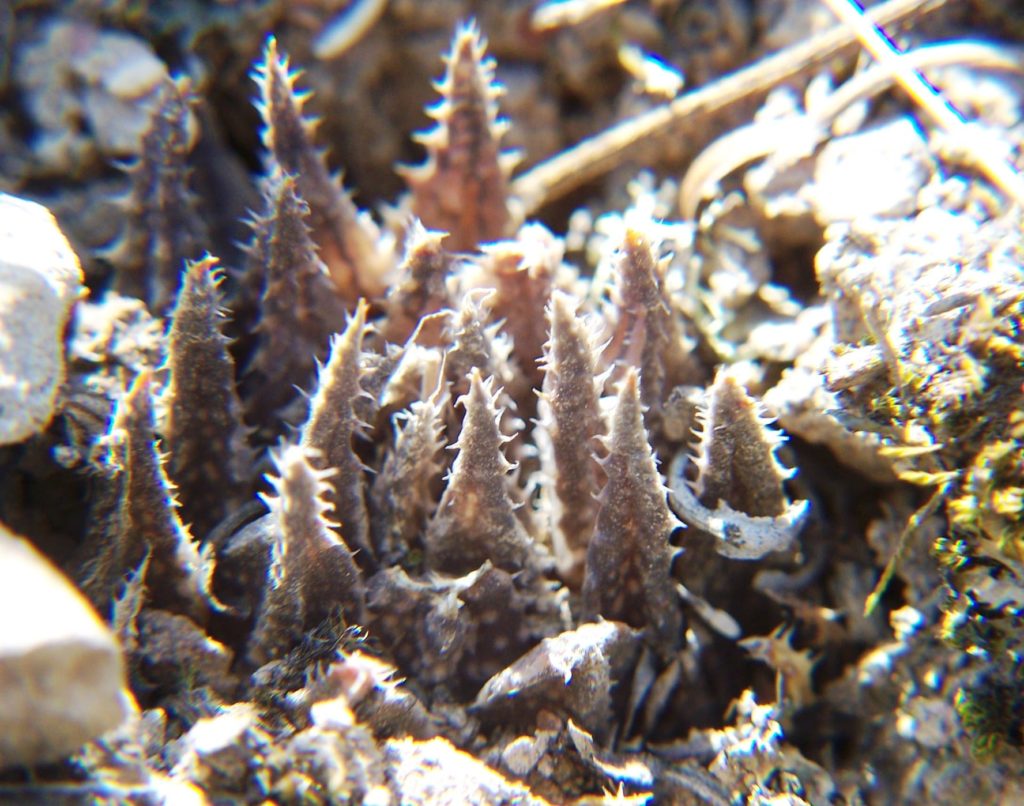
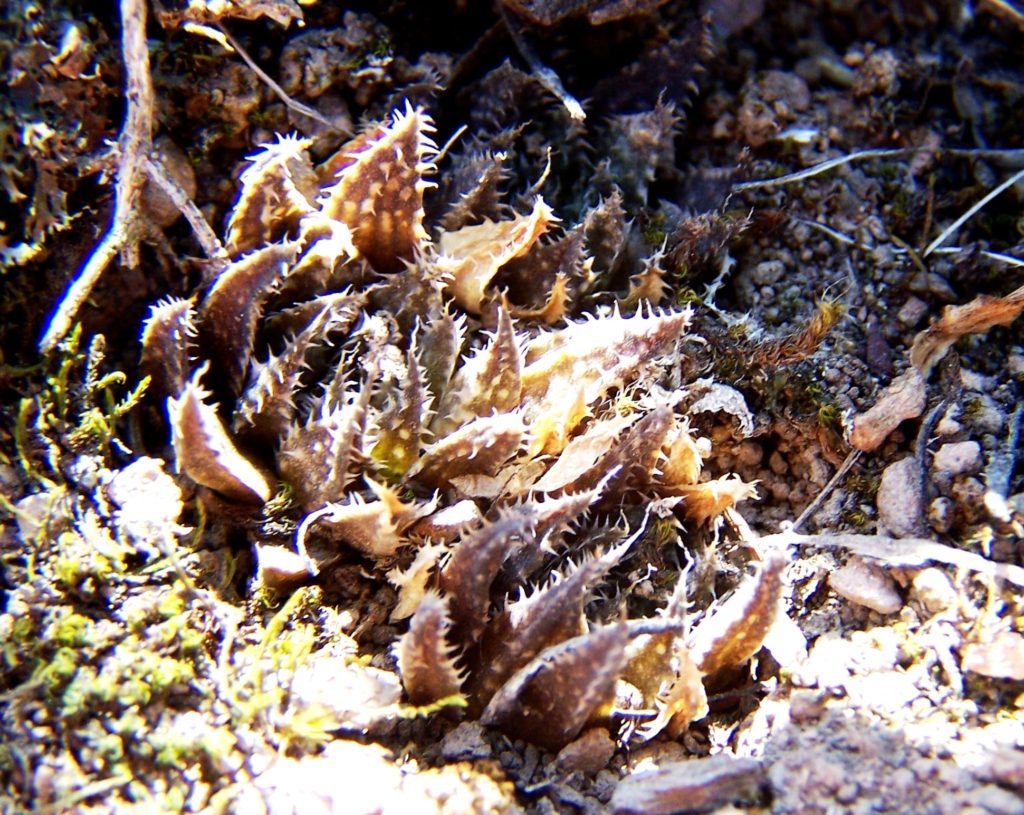
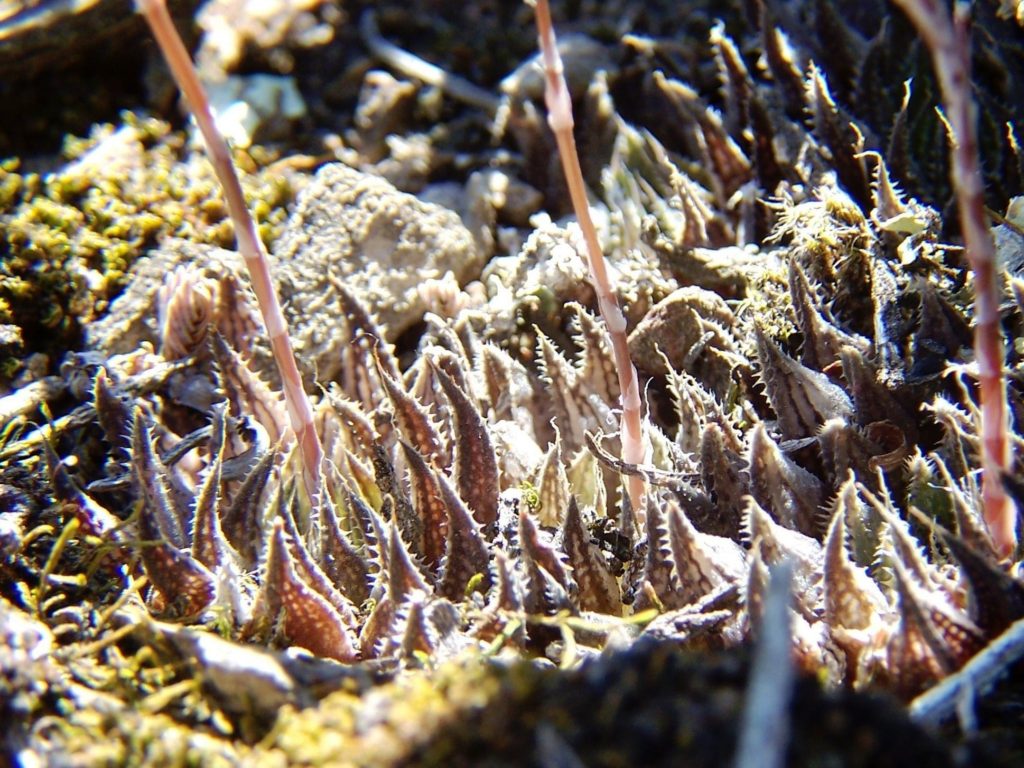
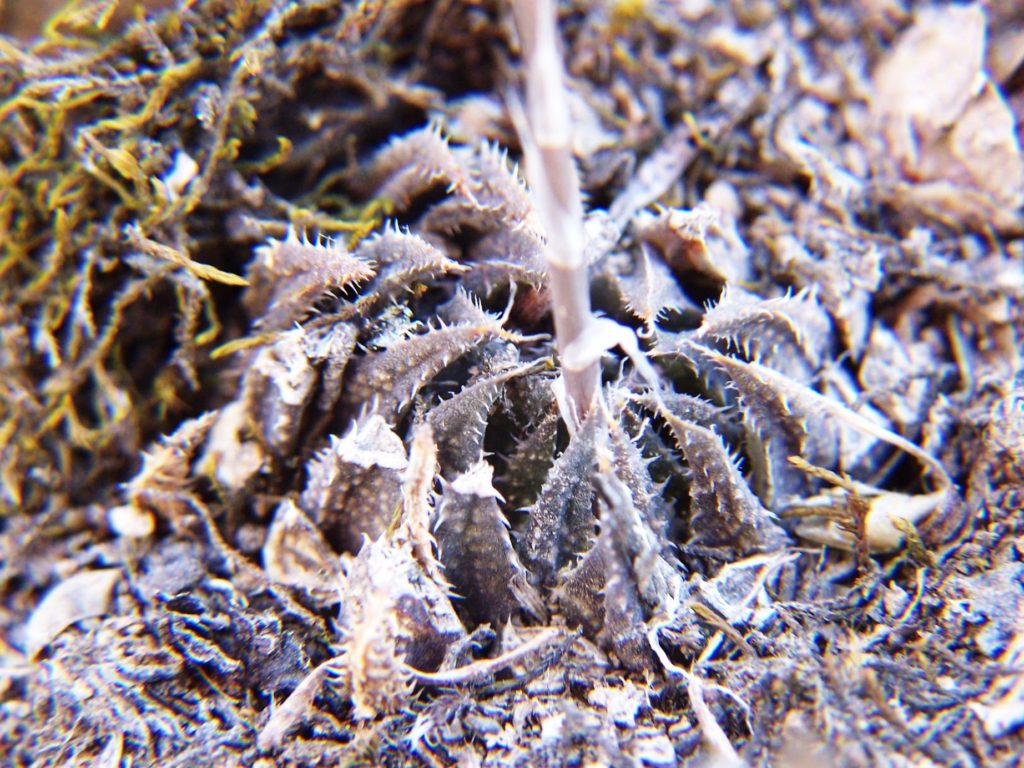
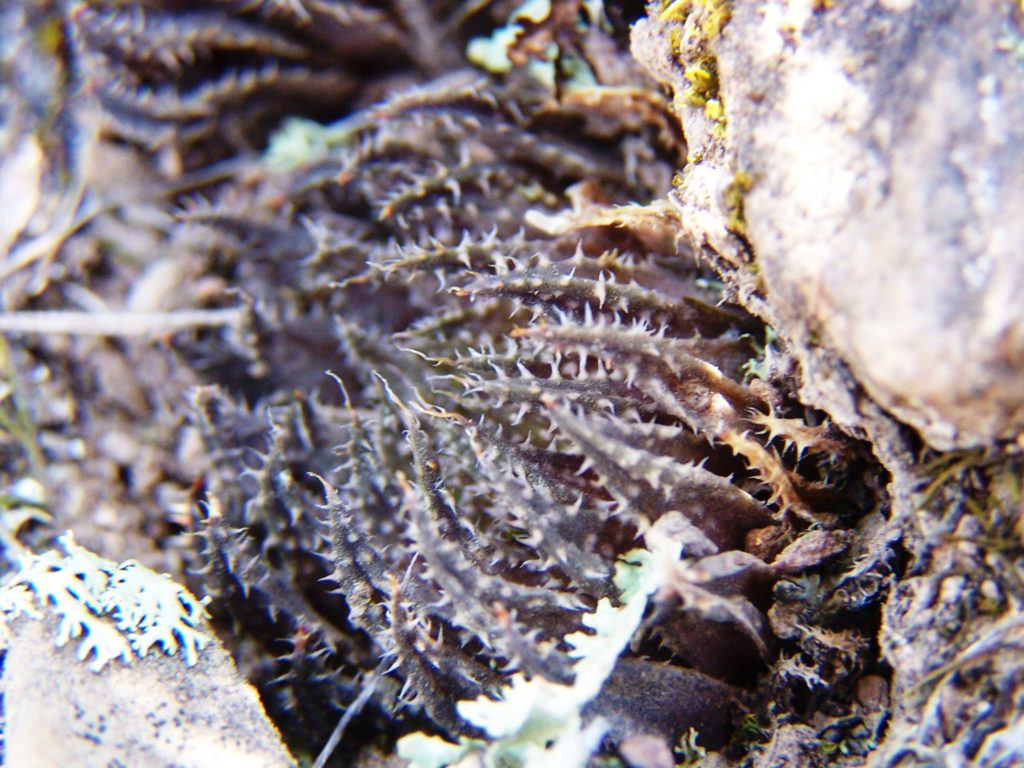
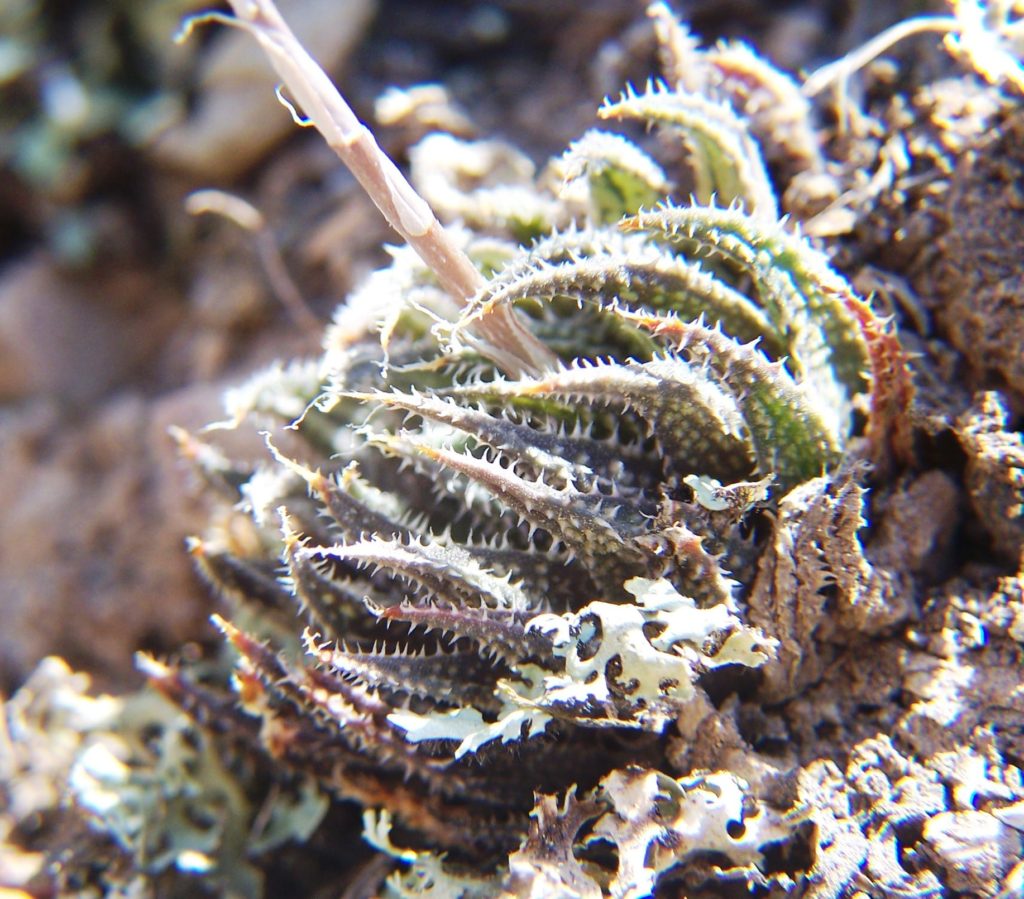
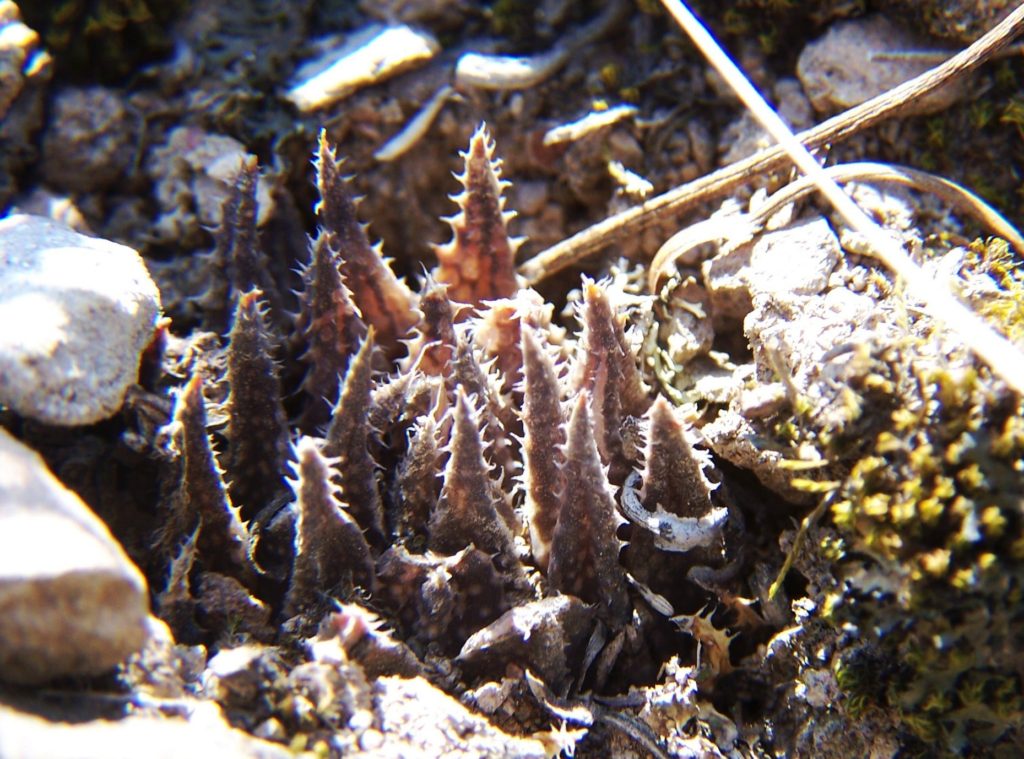
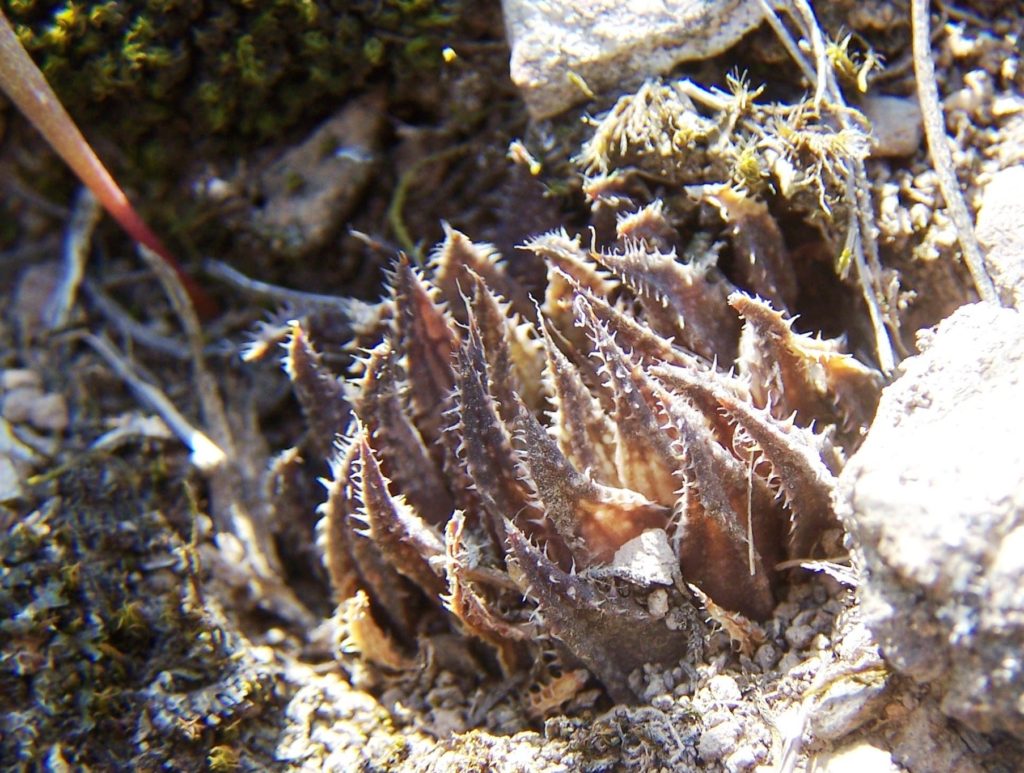
meiringii 7882
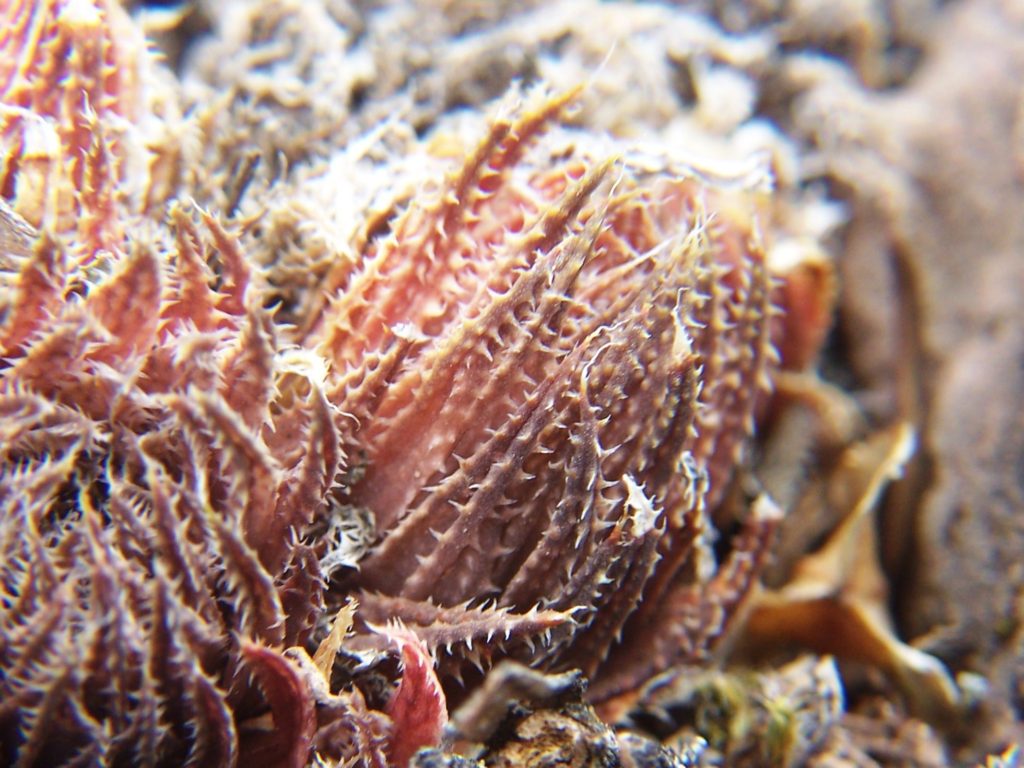
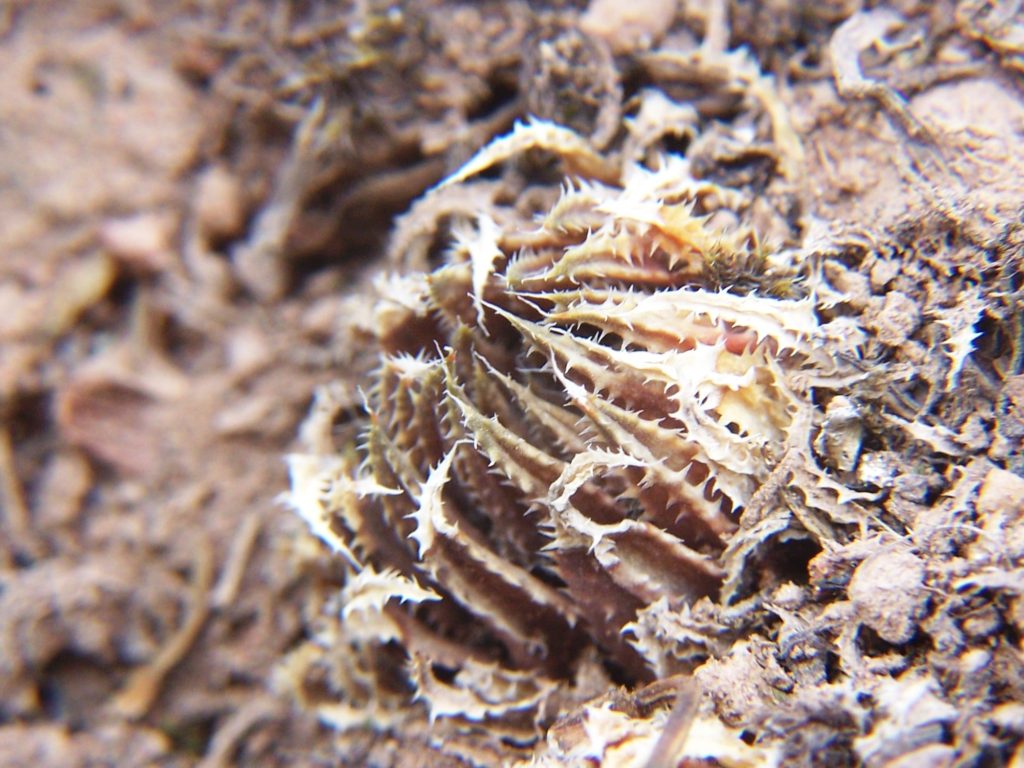
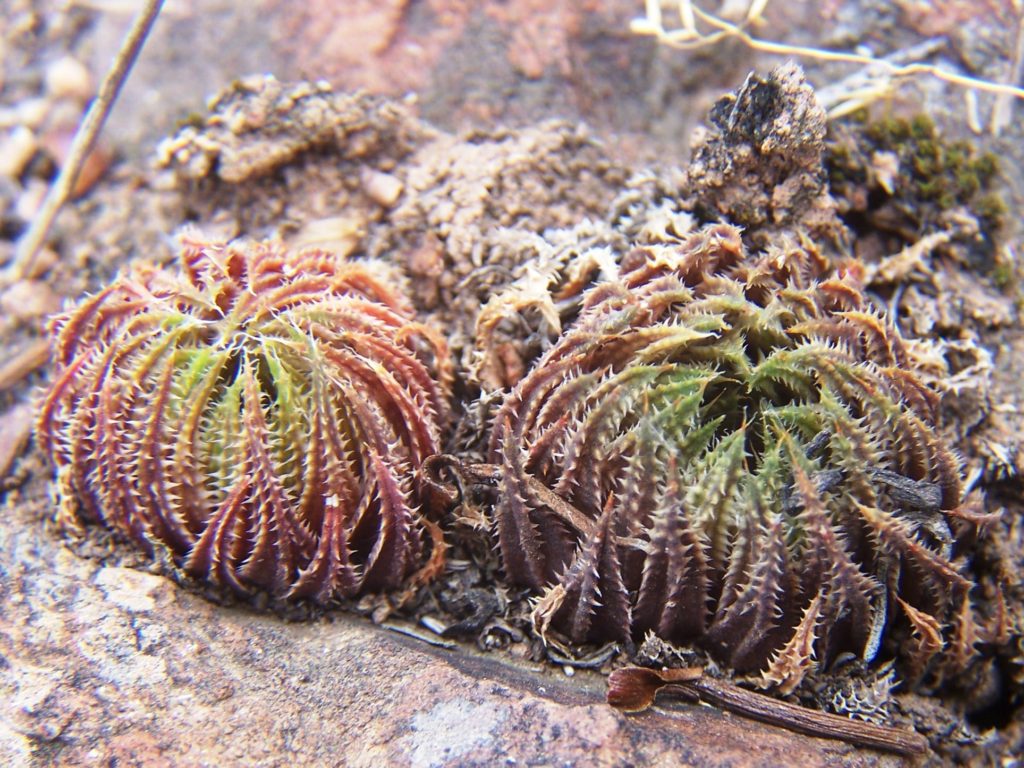

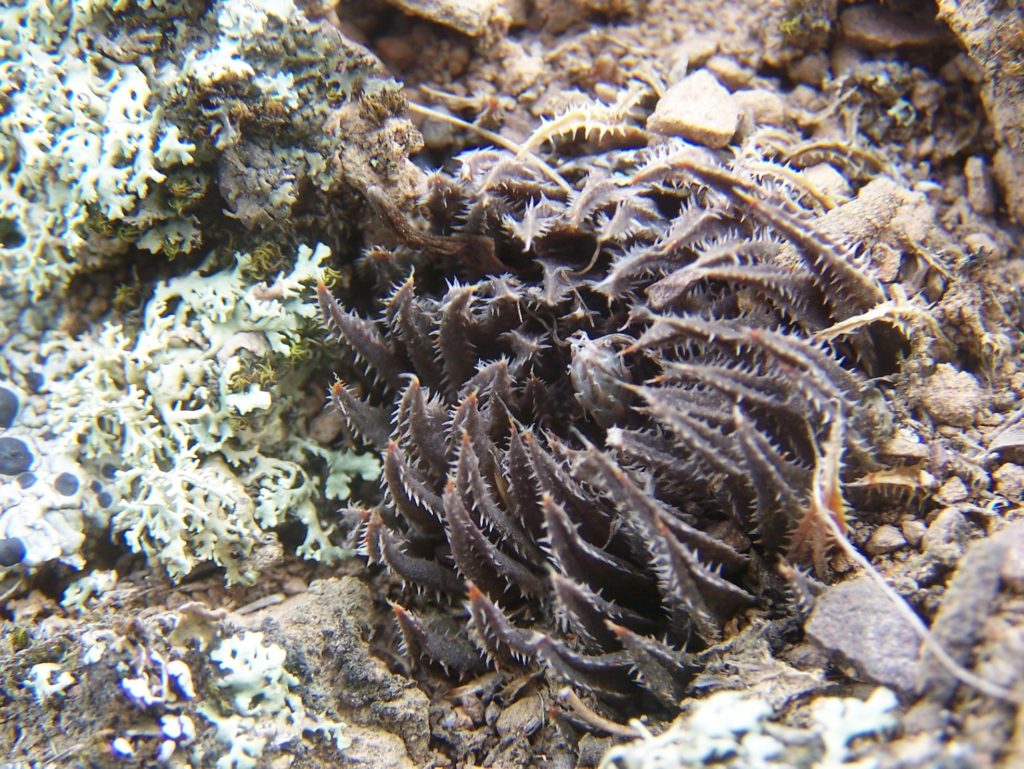
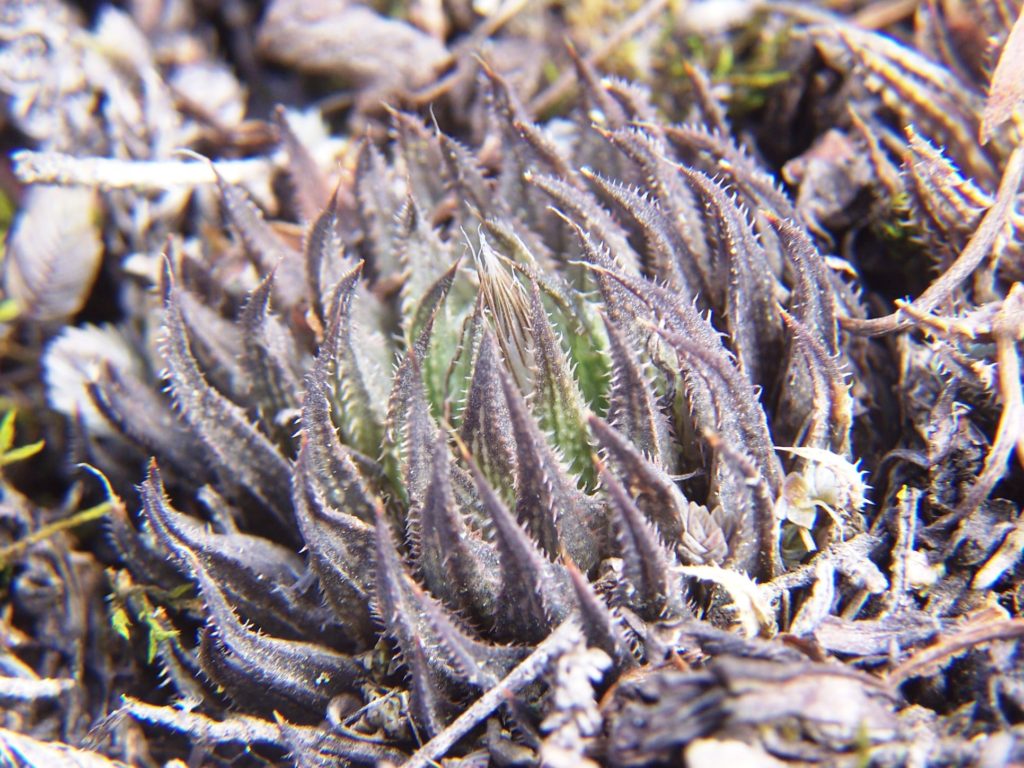
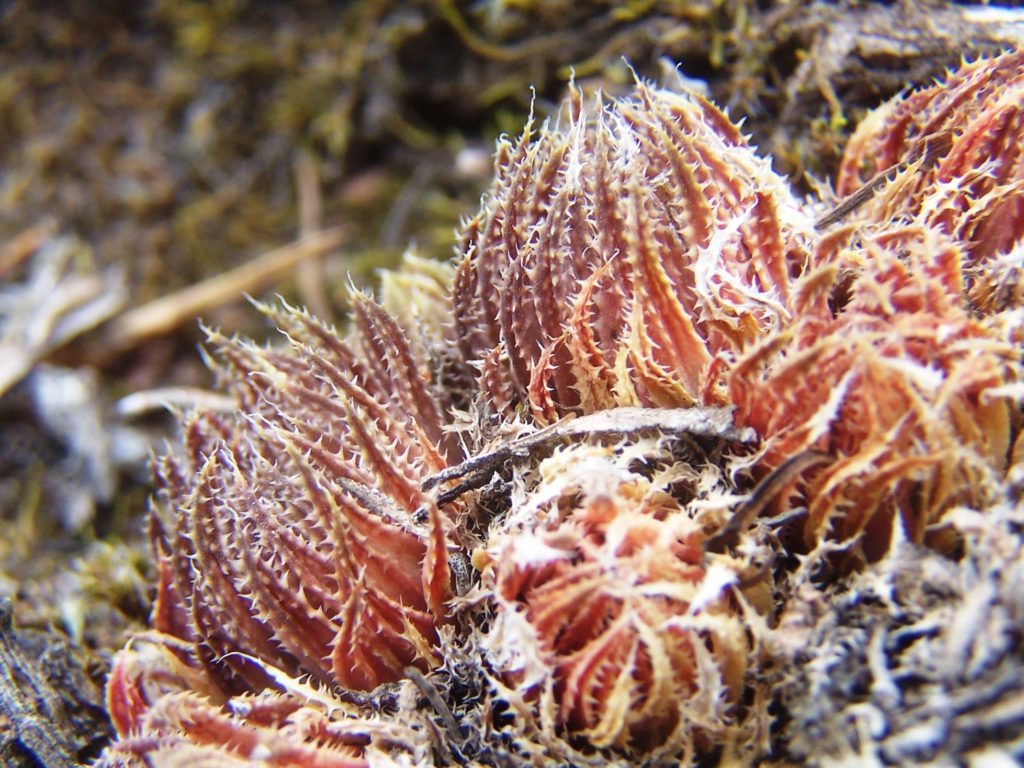
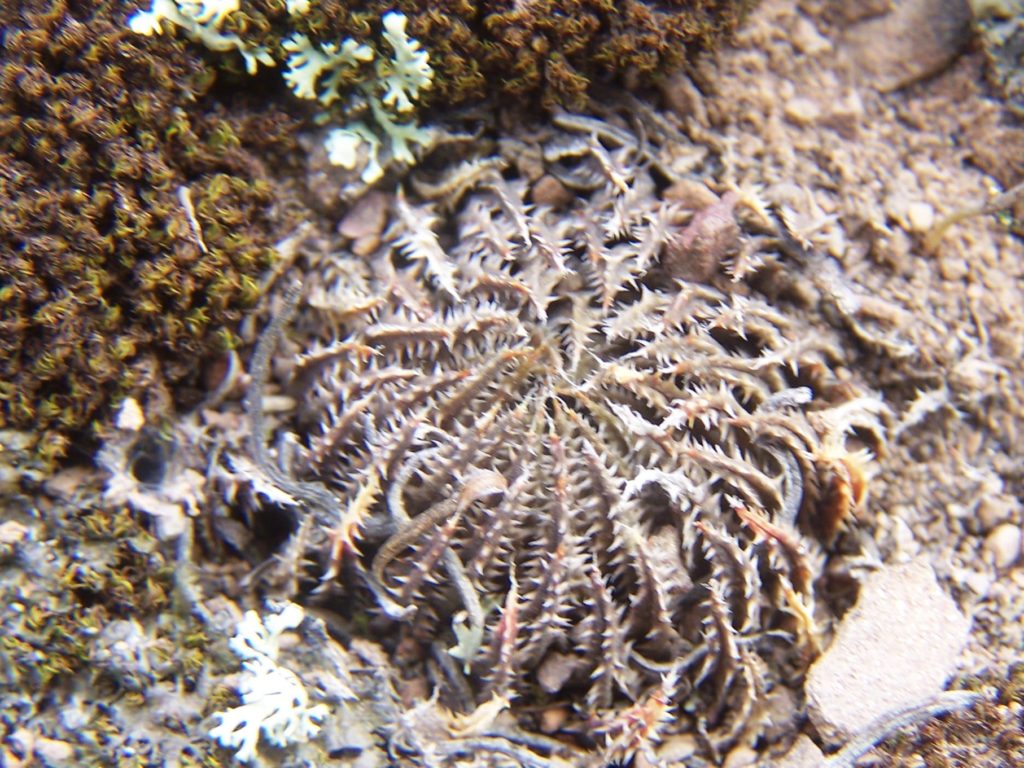
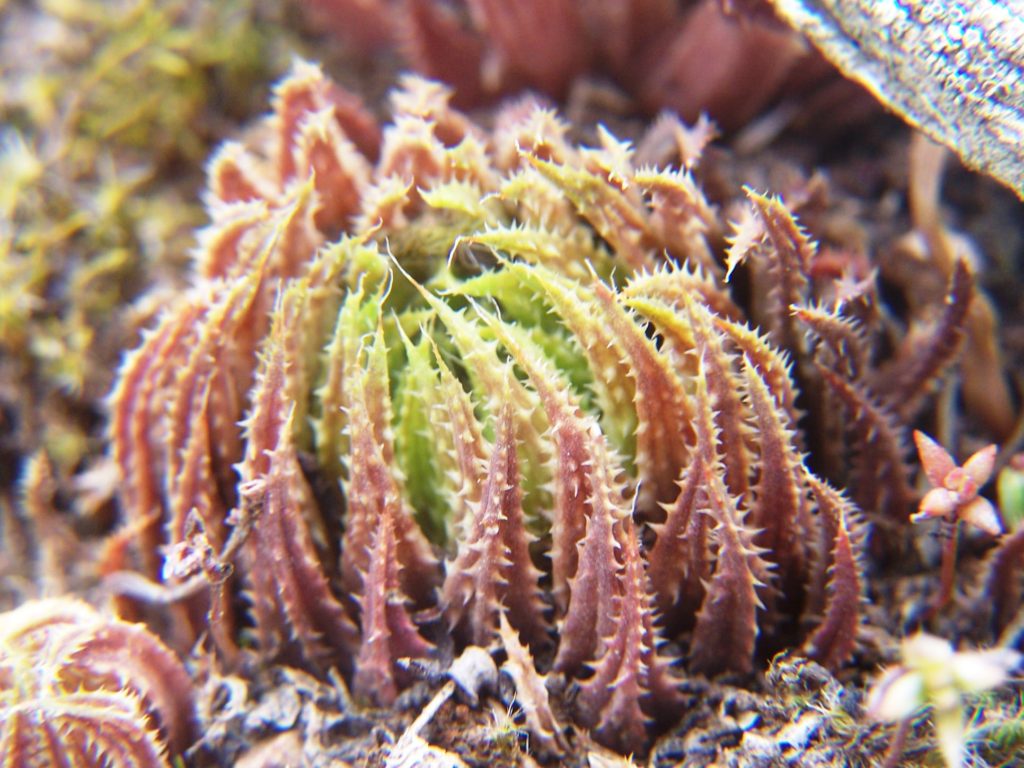


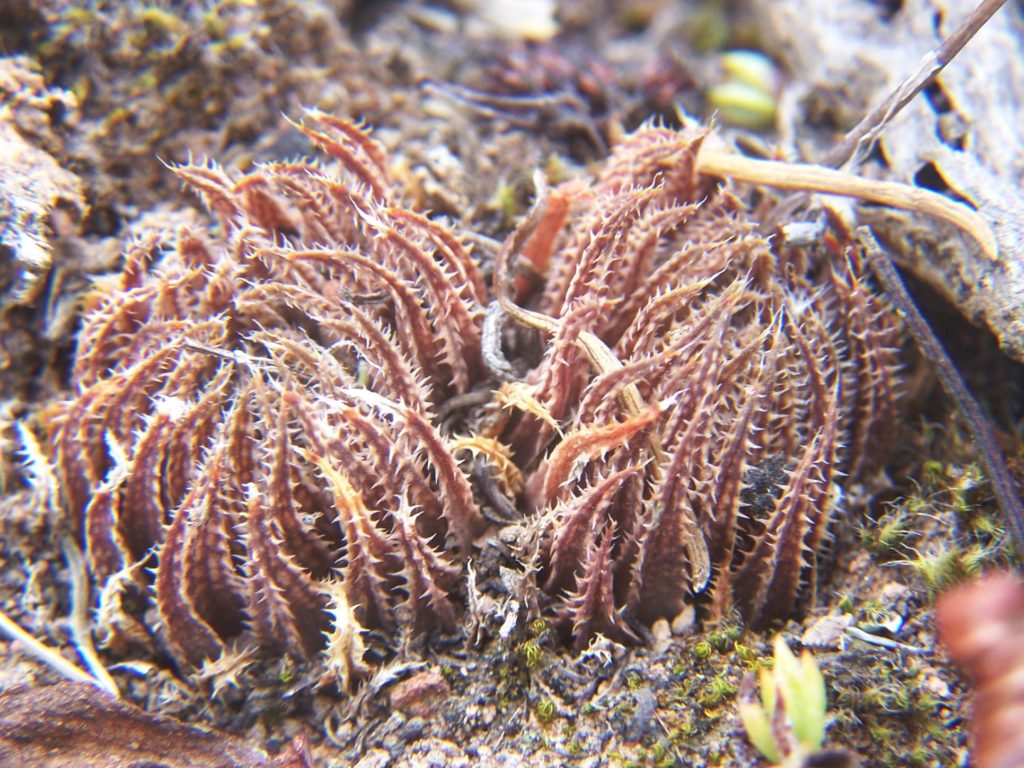
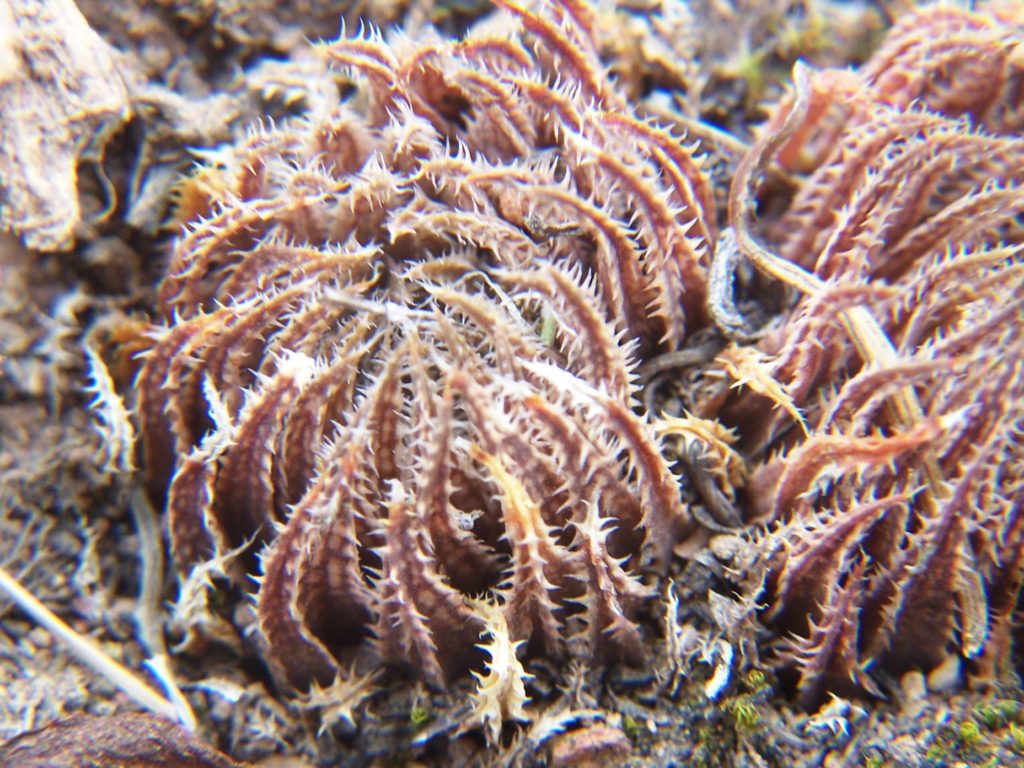

H. mirabilis Klipfontein
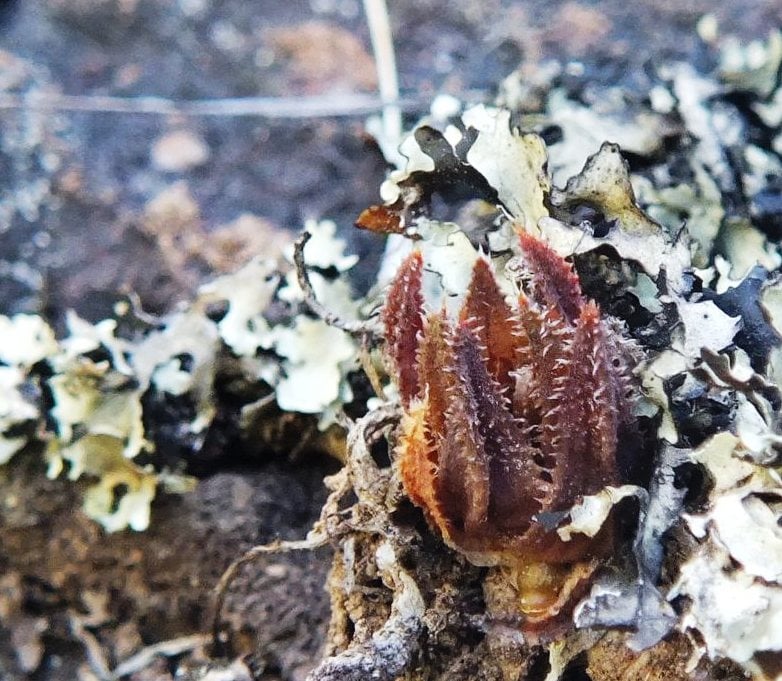
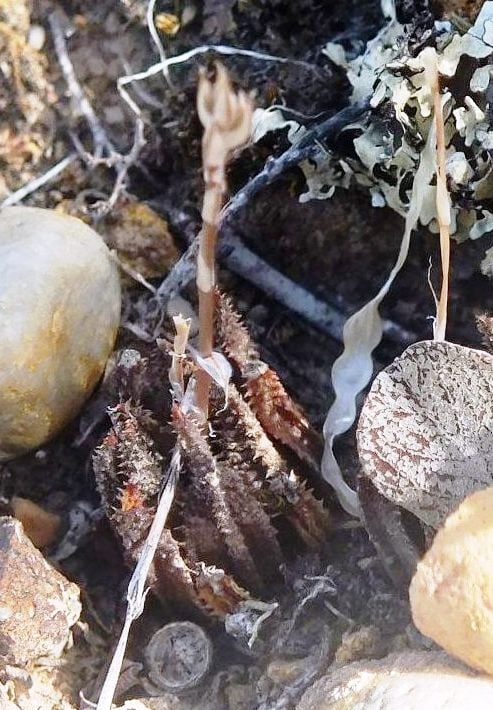
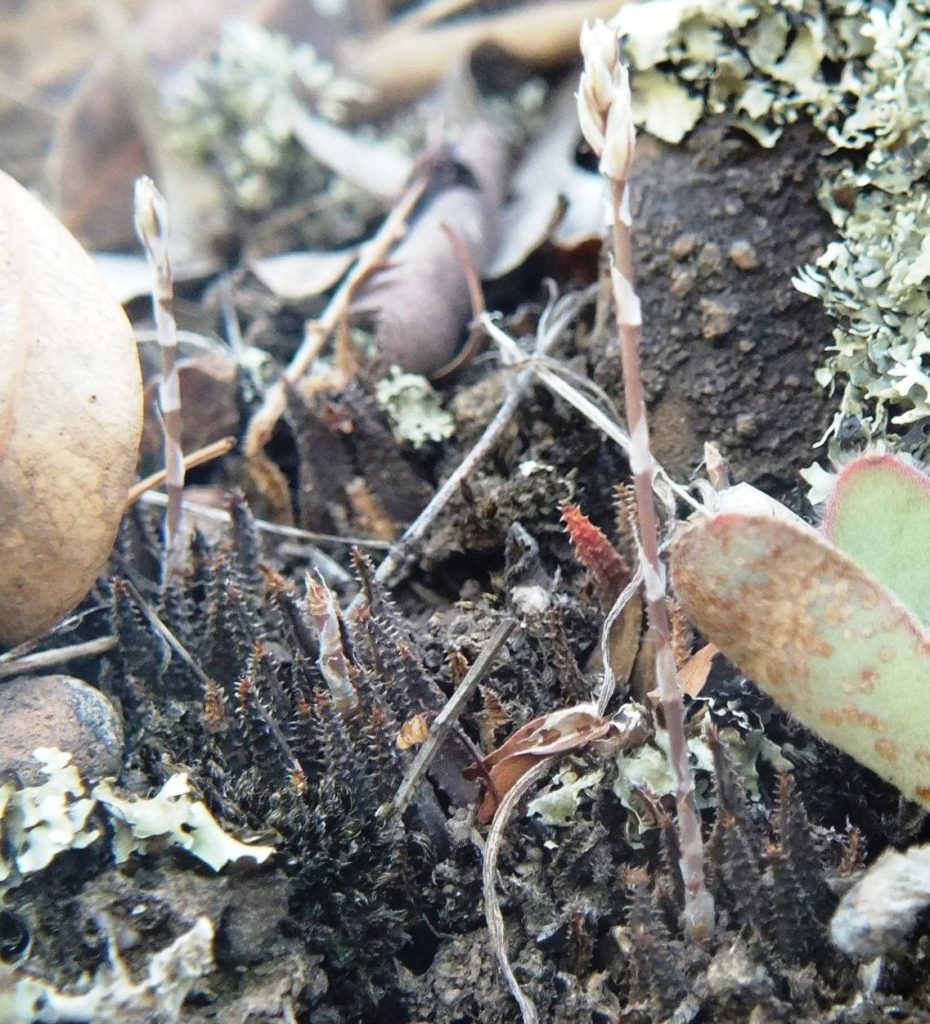
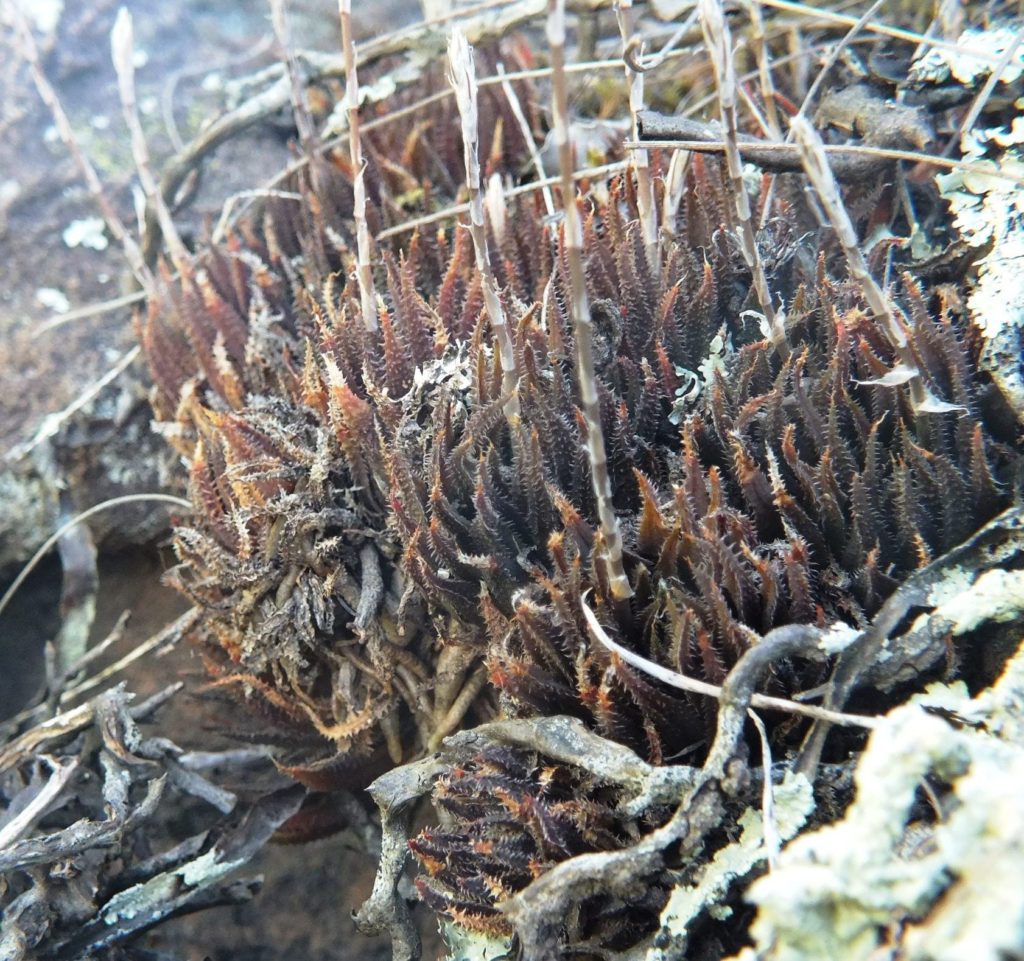
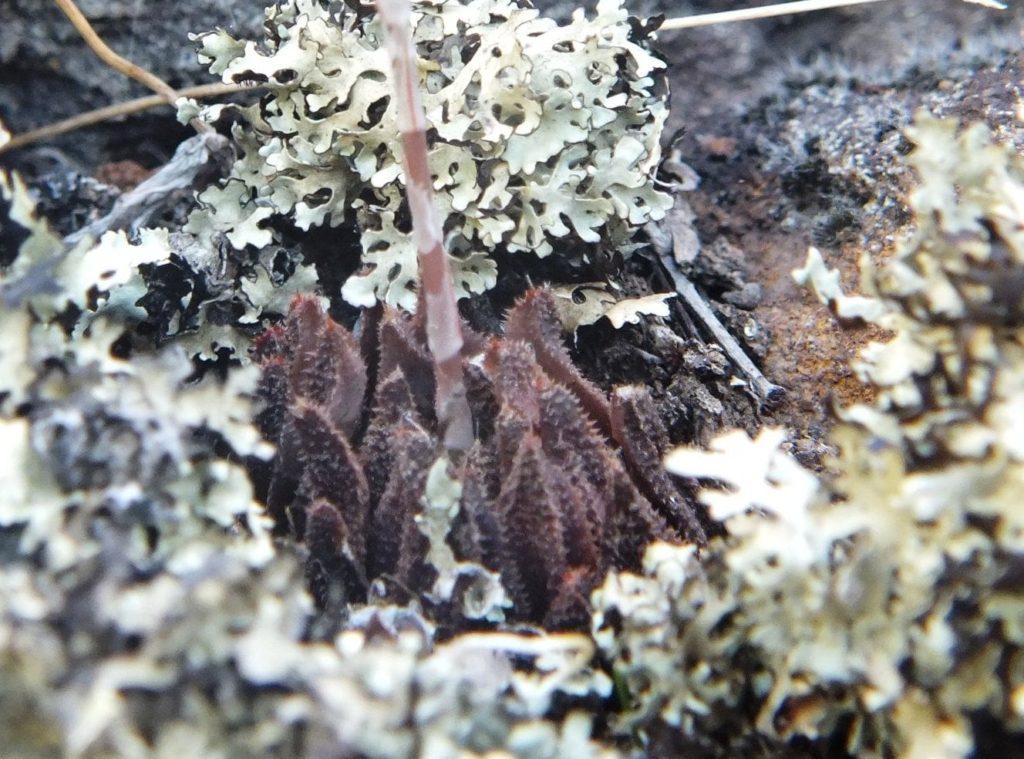
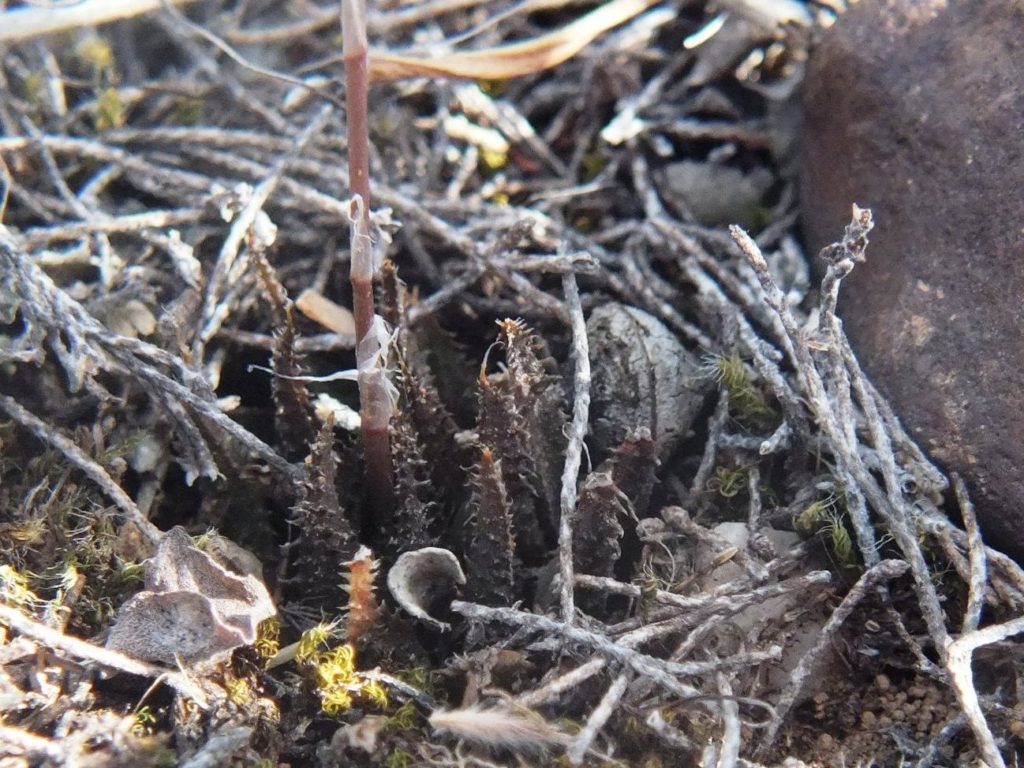
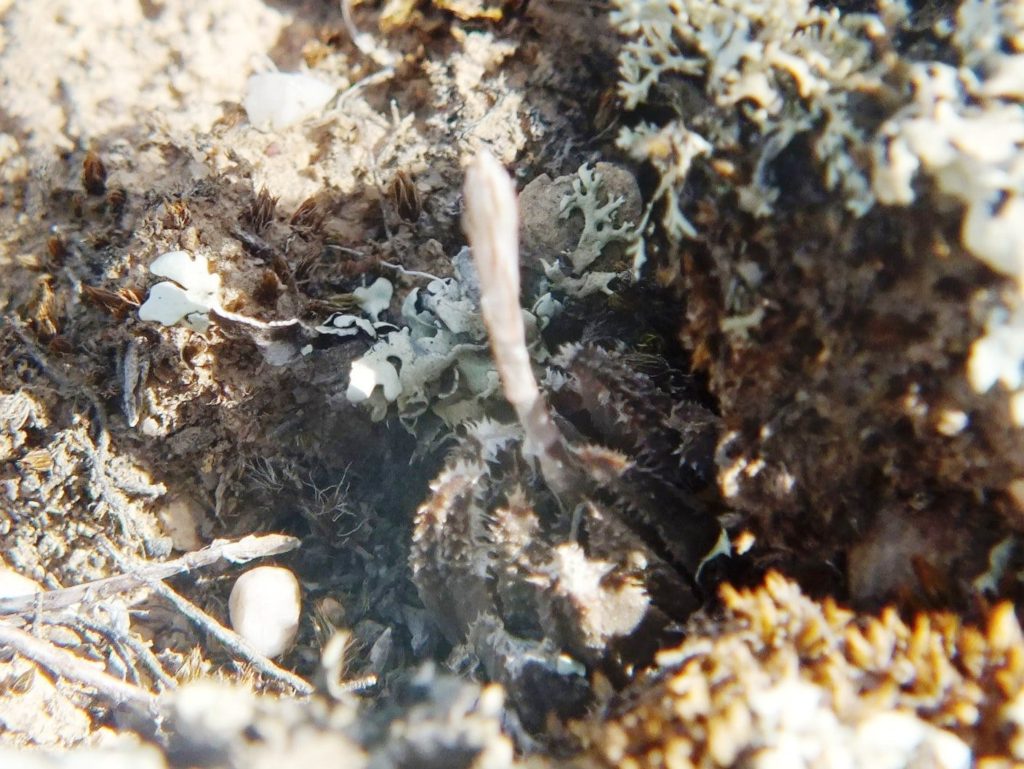
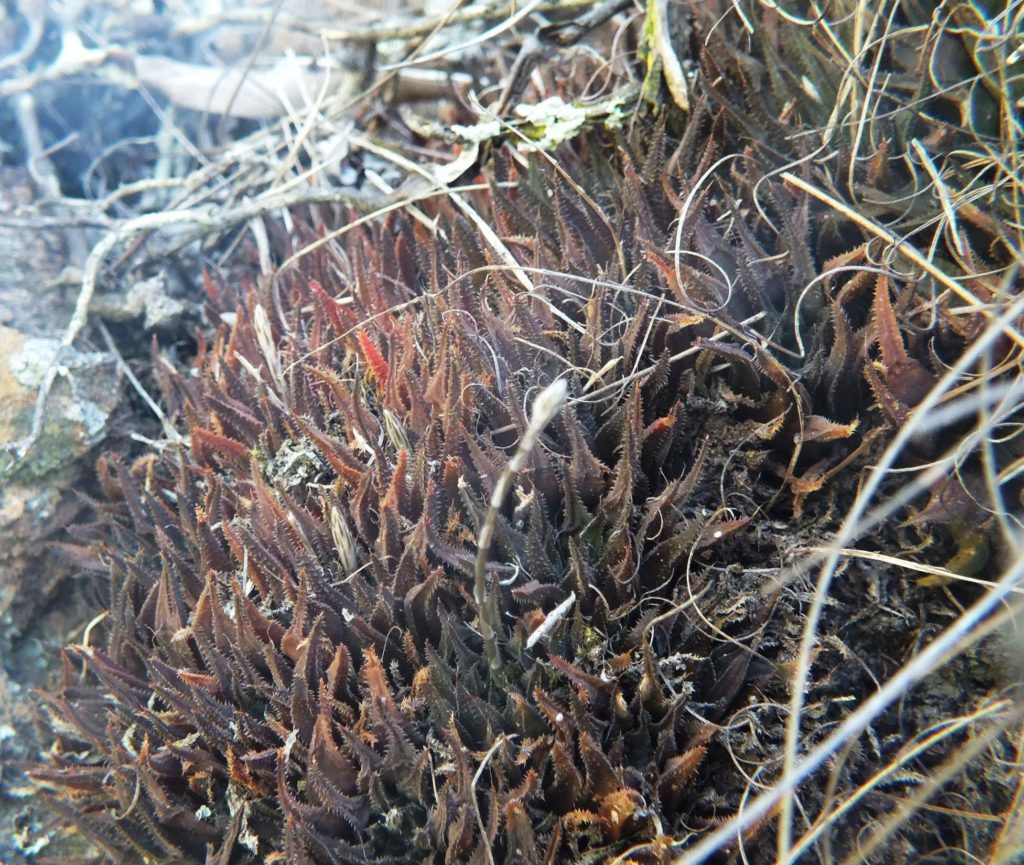
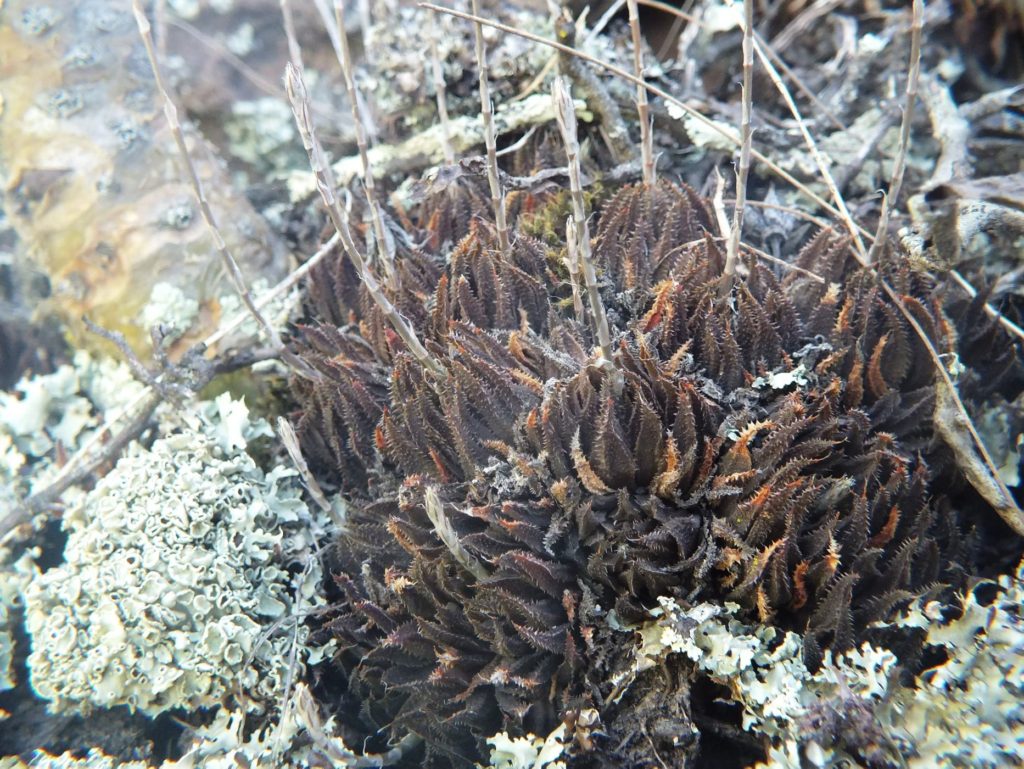
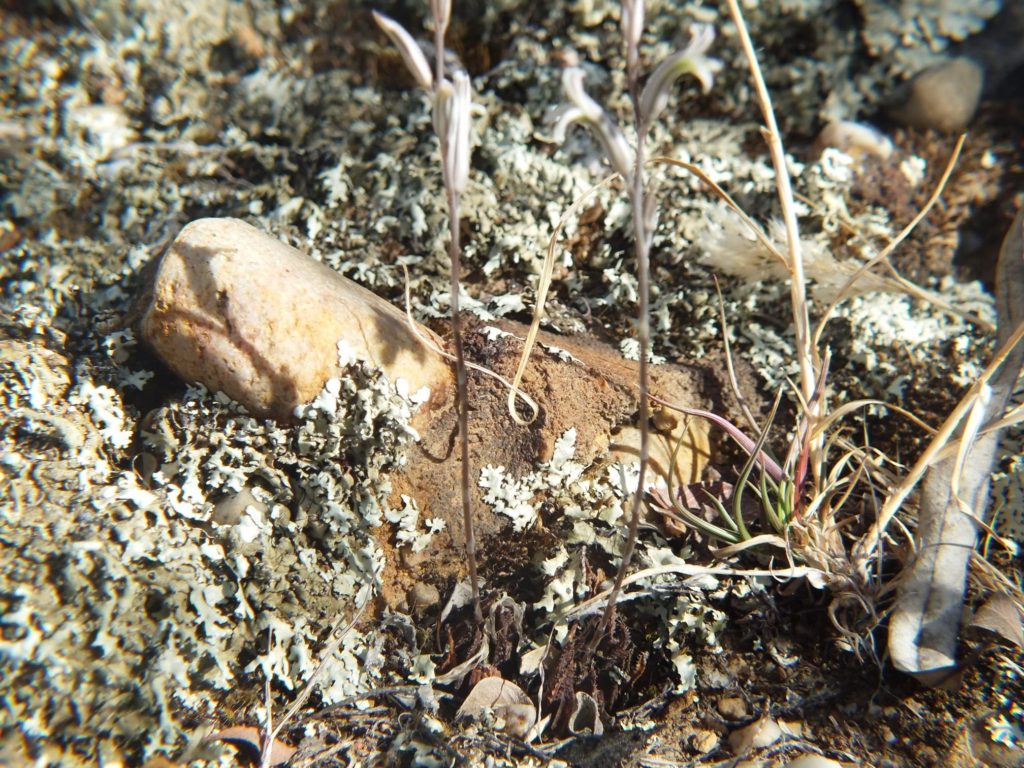
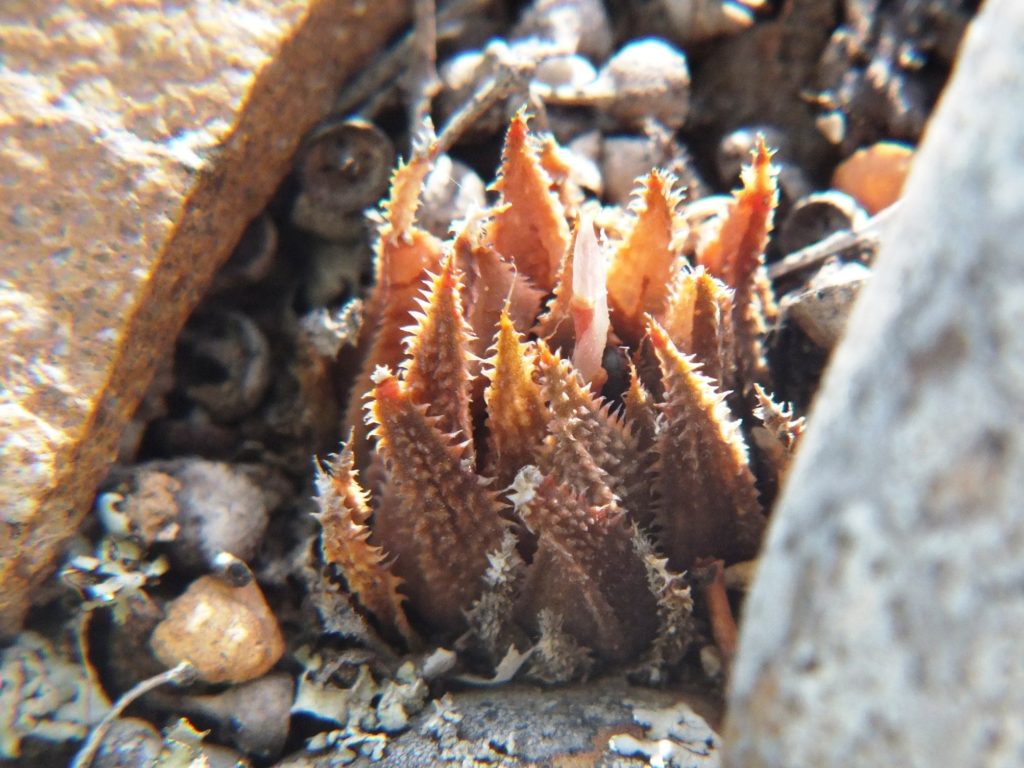
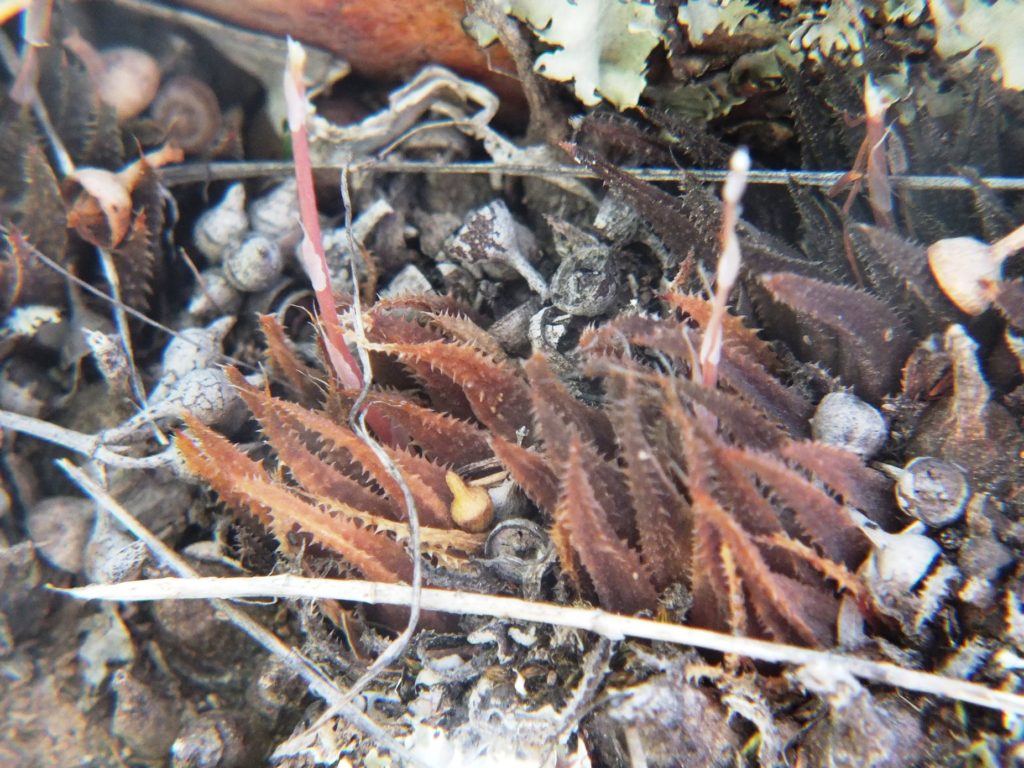
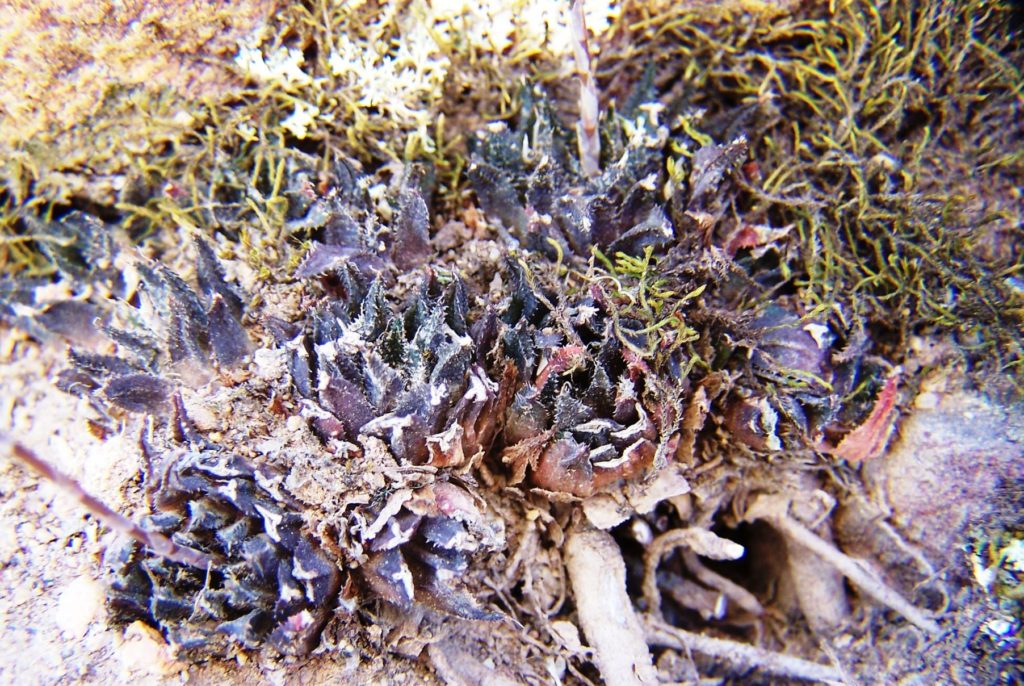
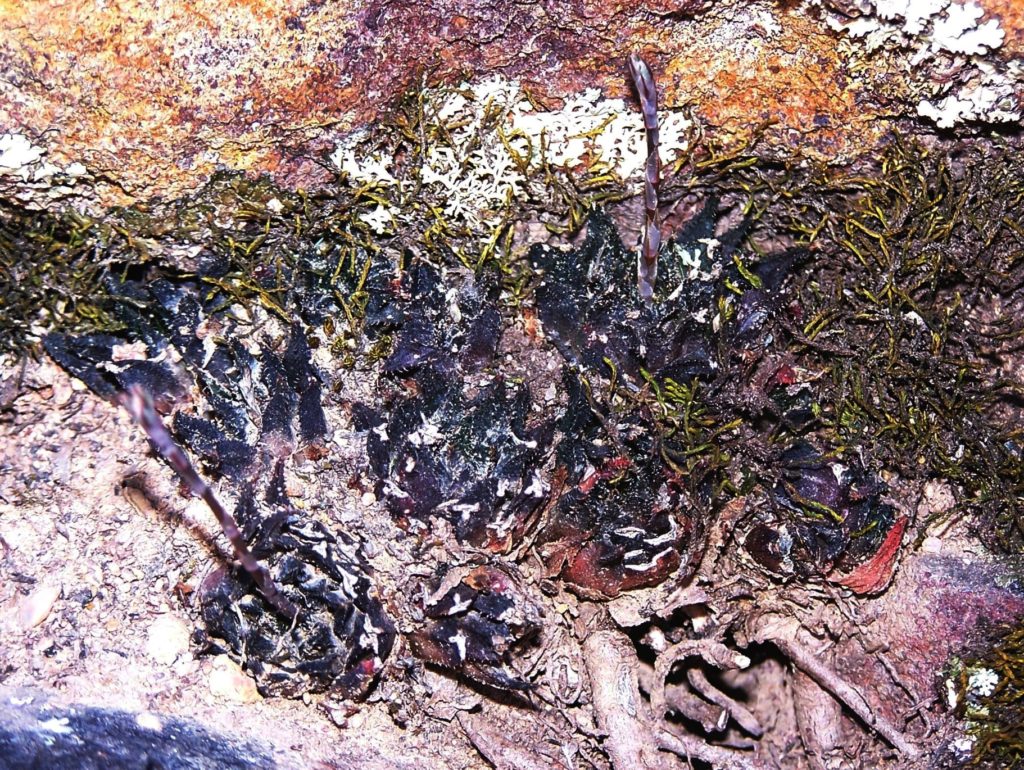
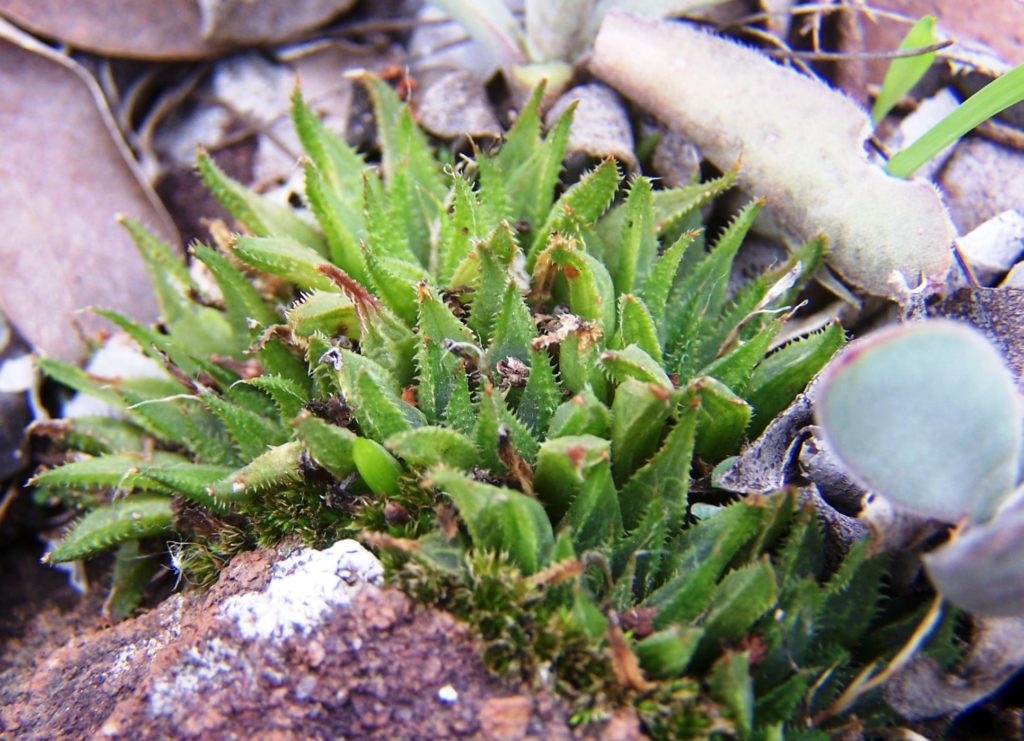
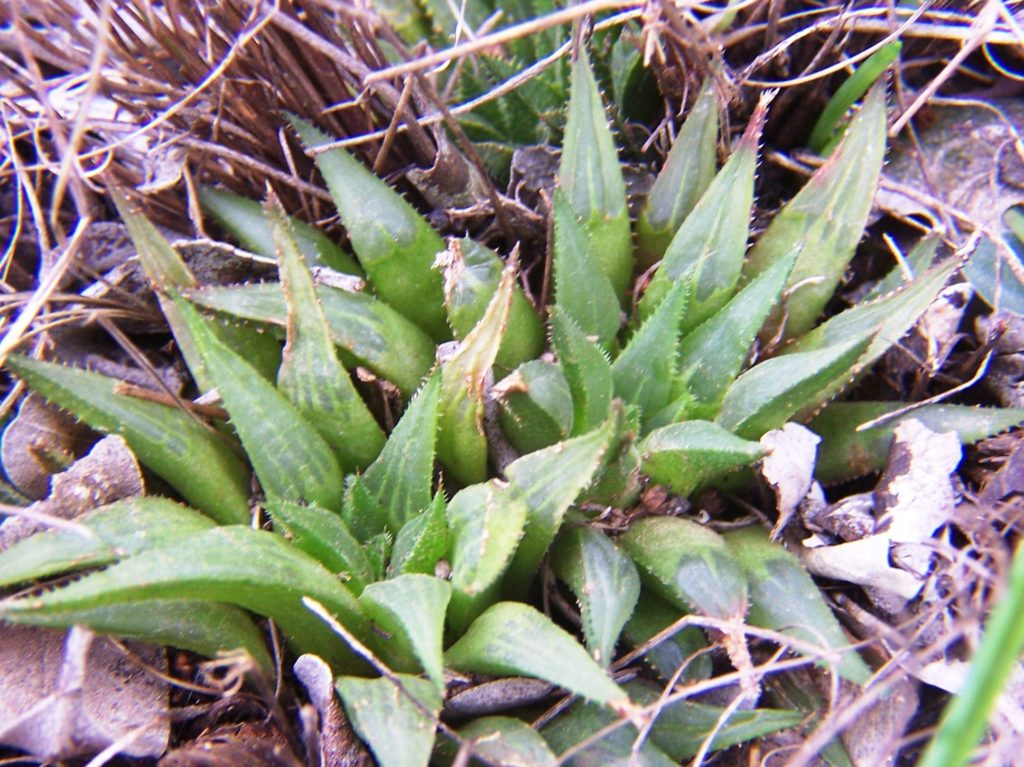

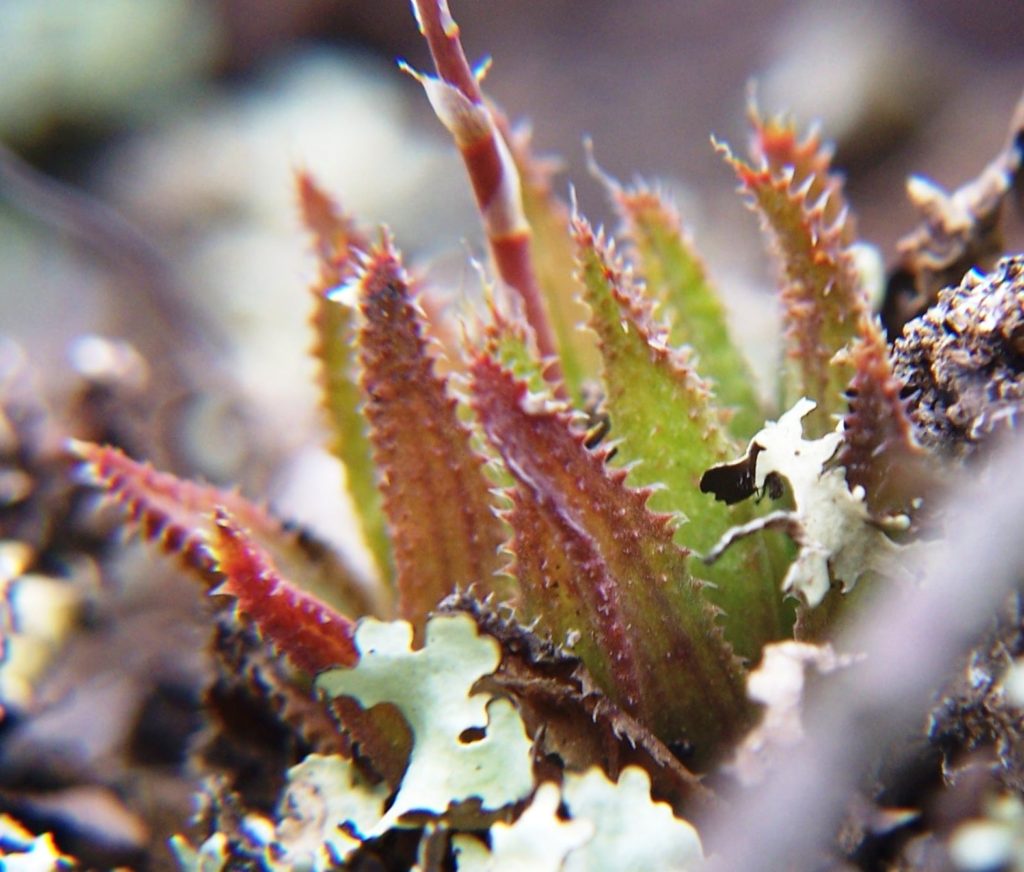
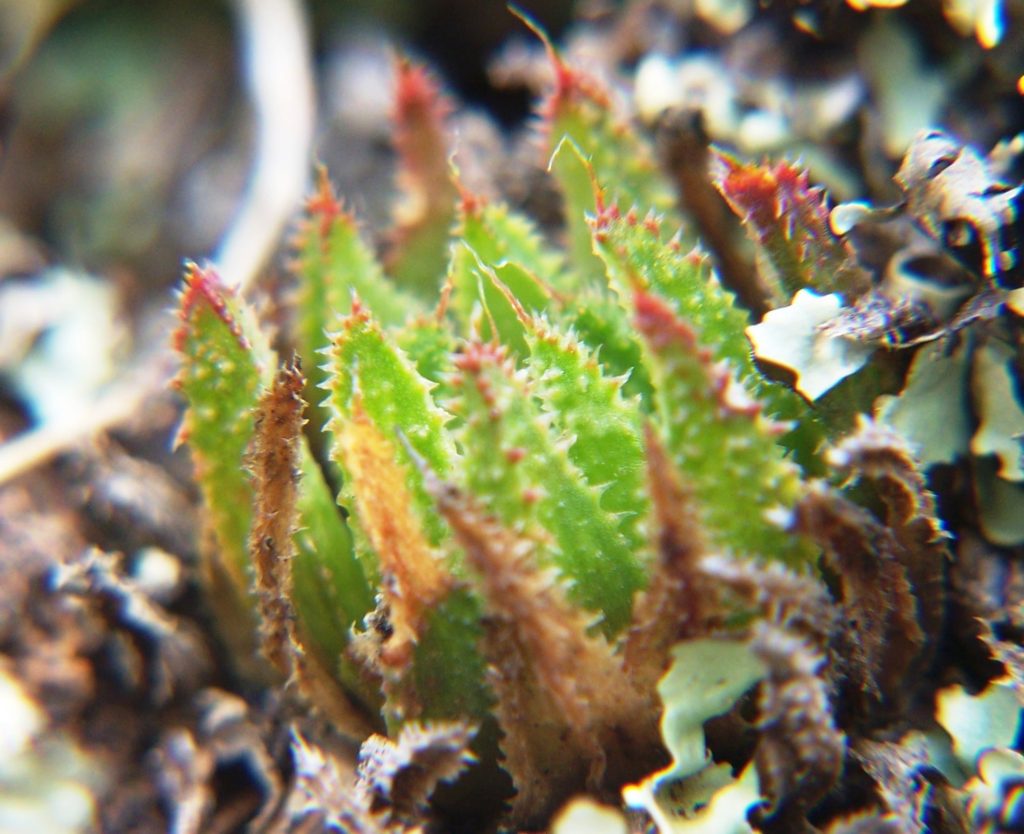
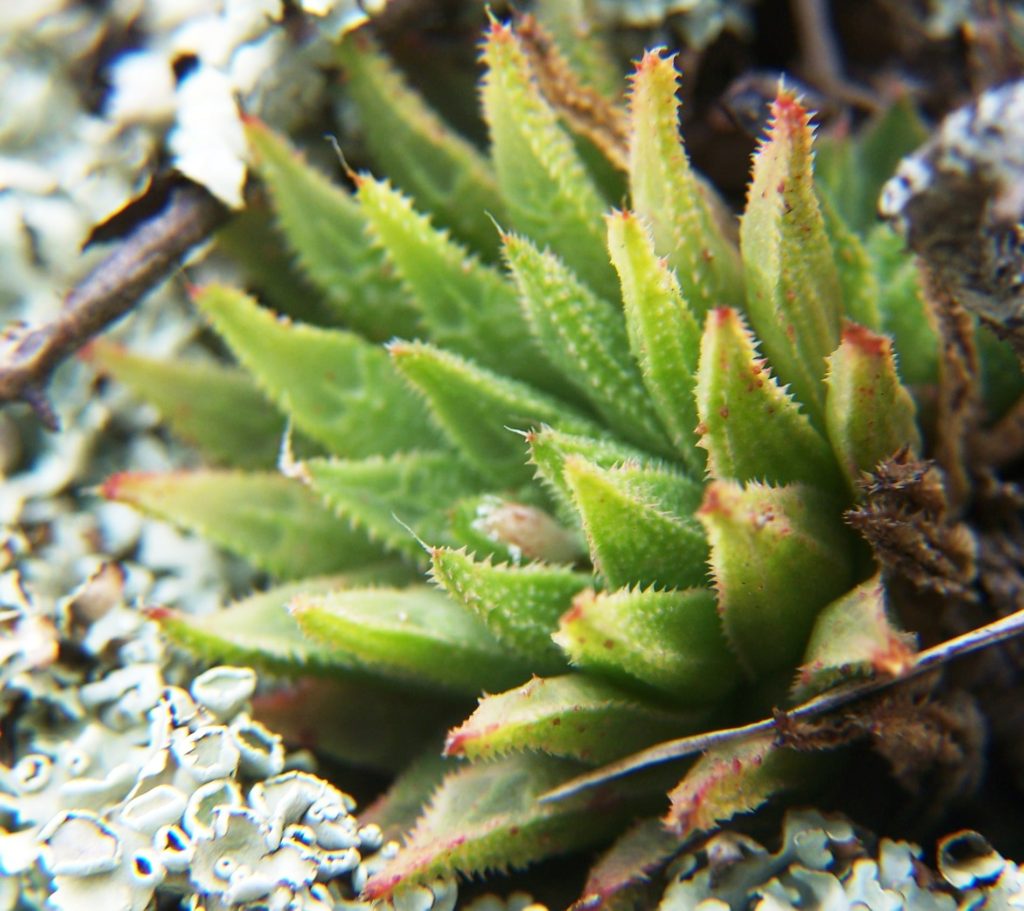
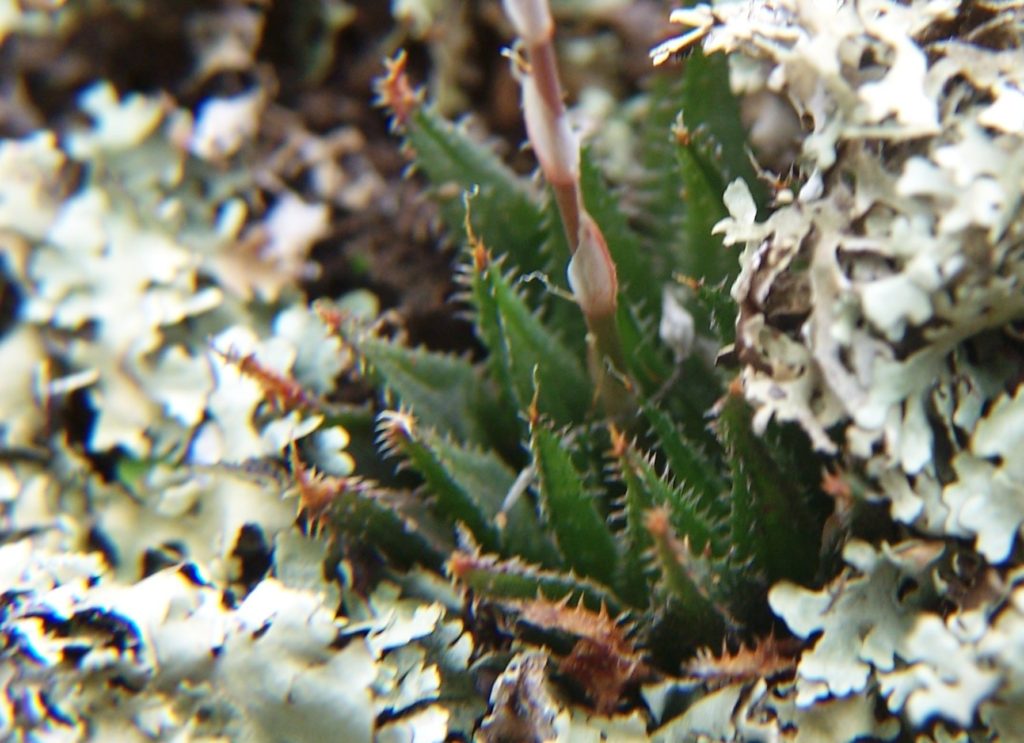
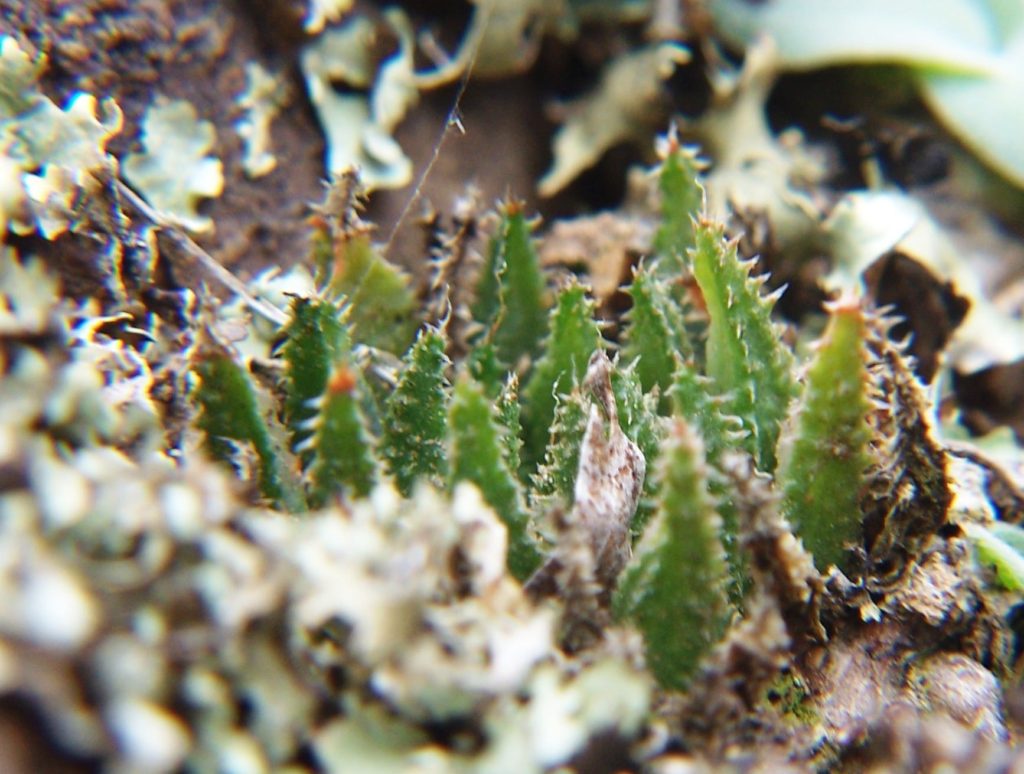
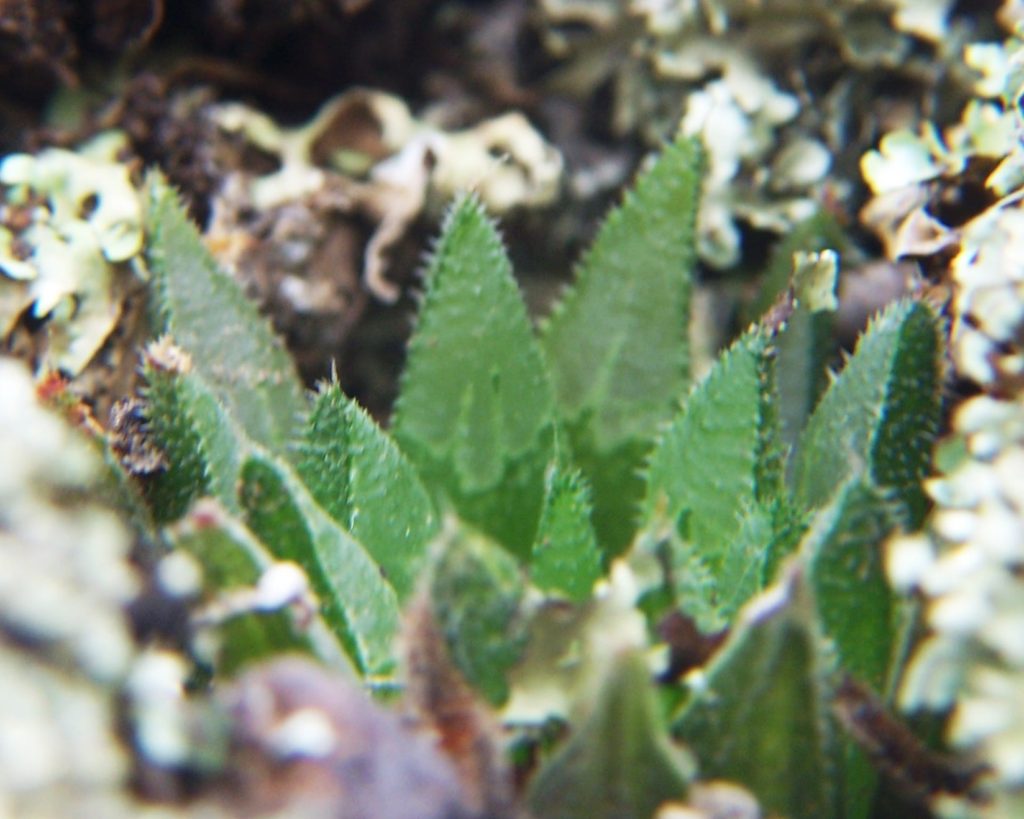

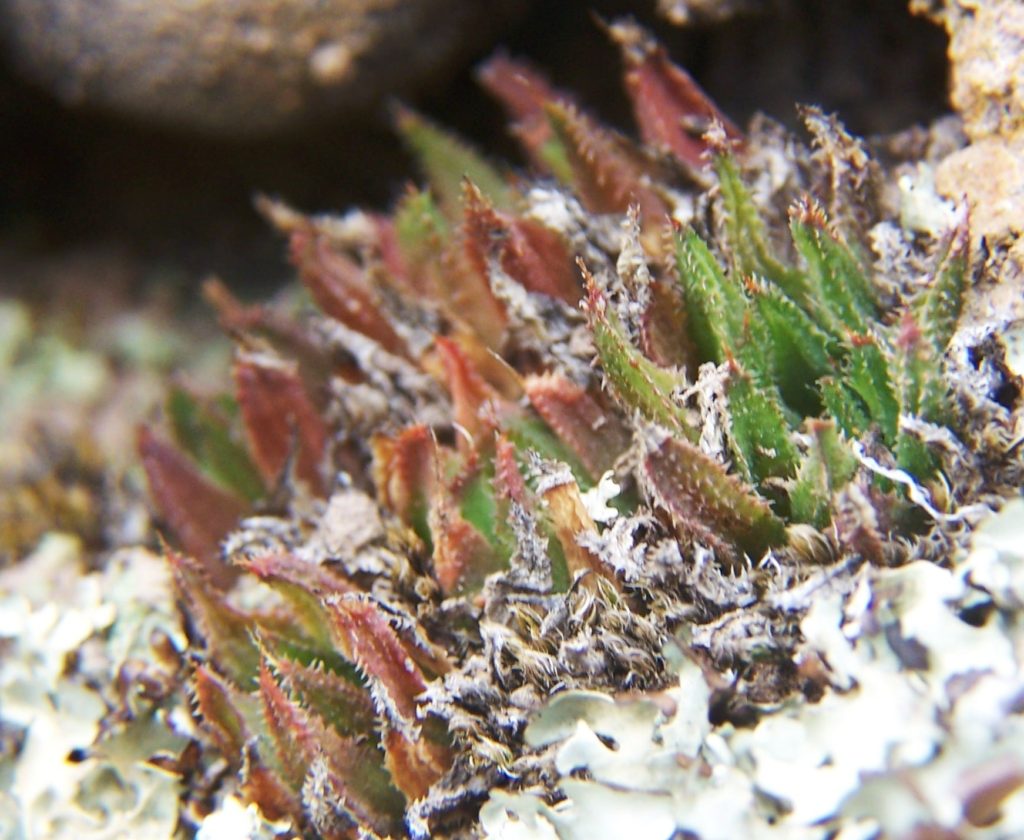
♦
